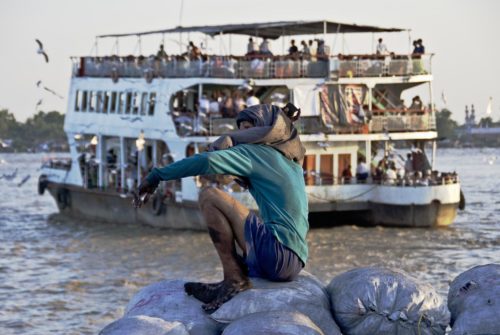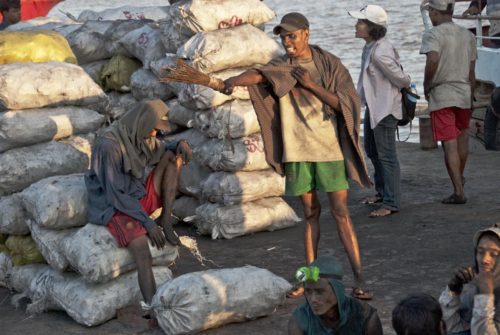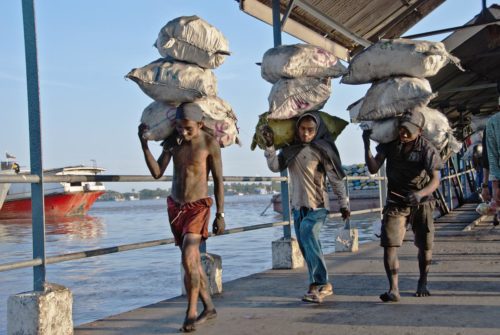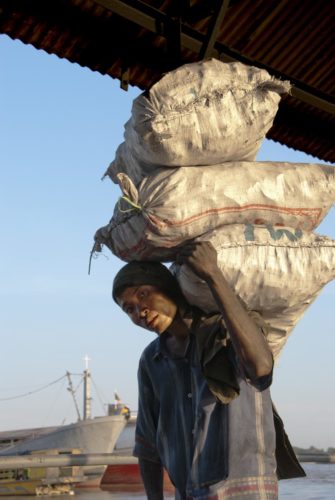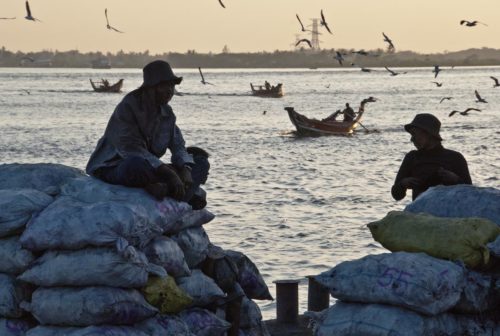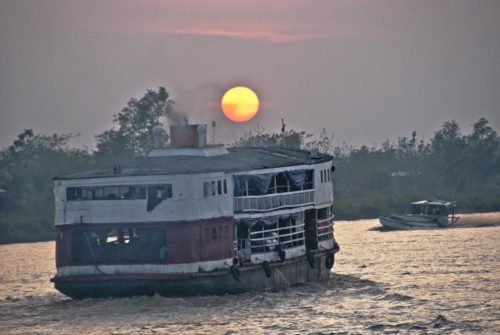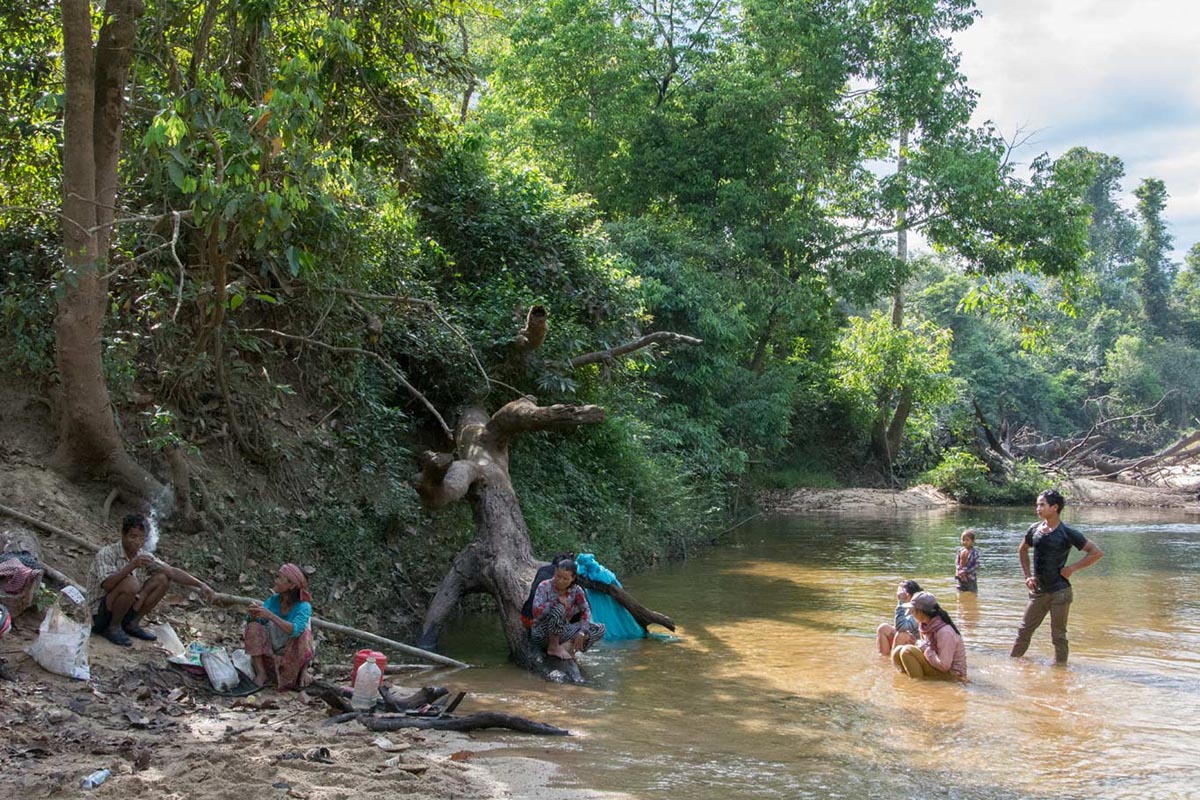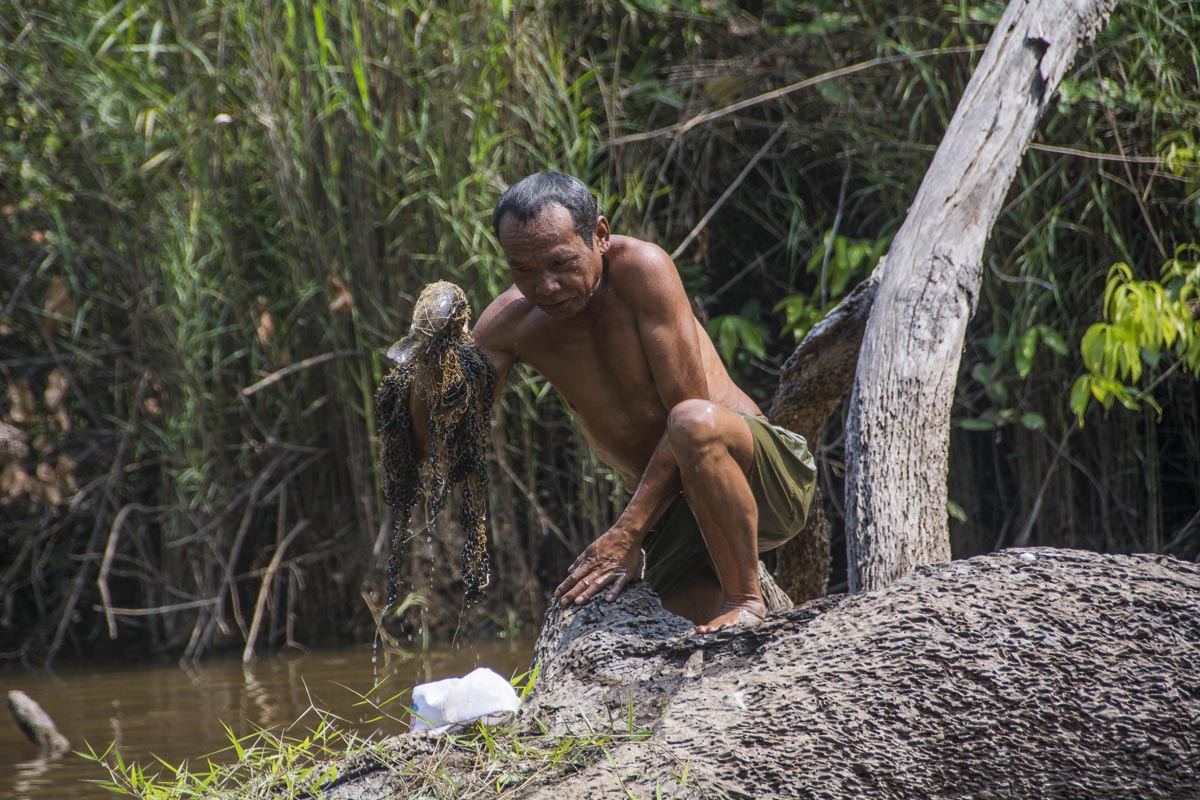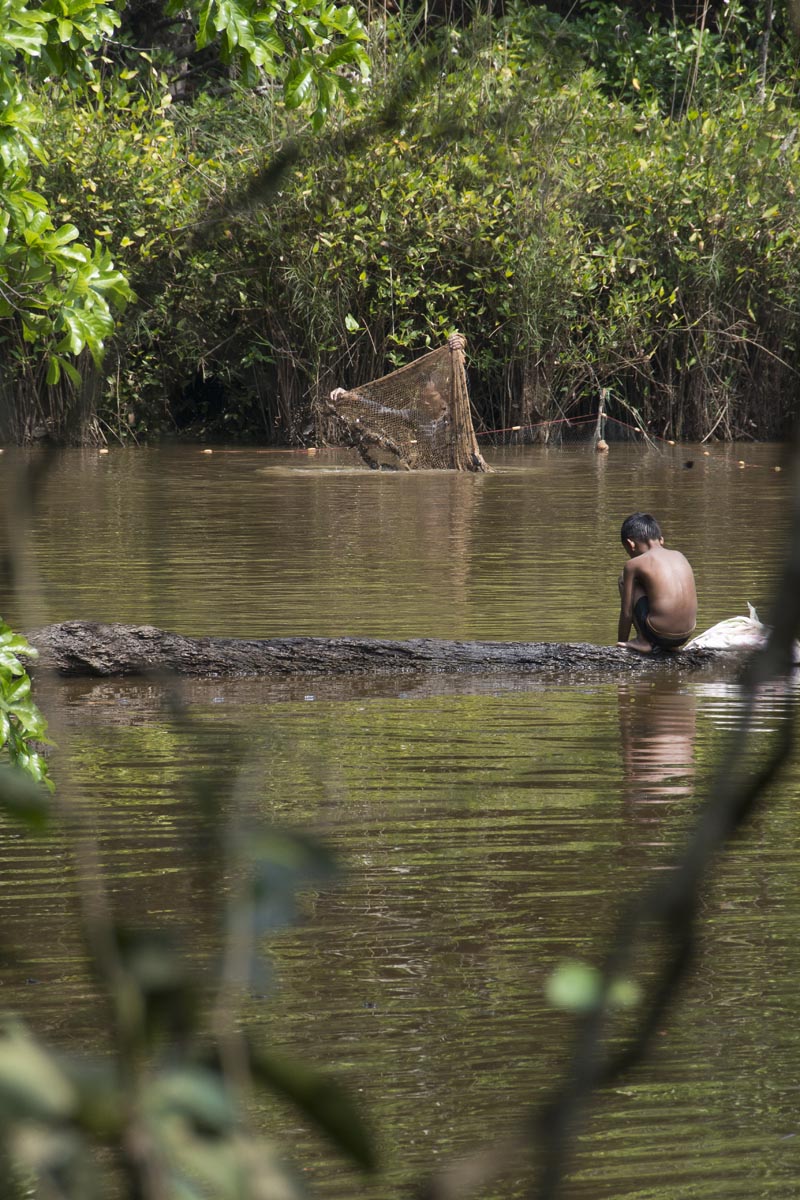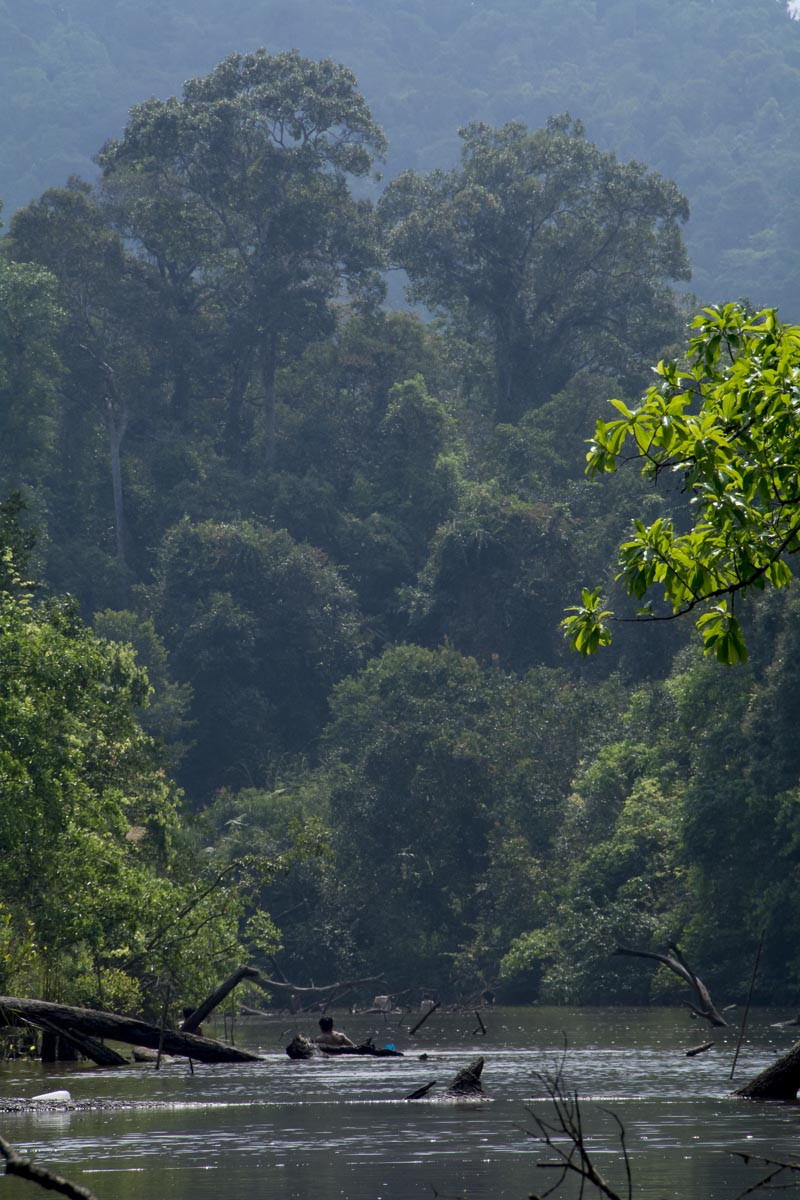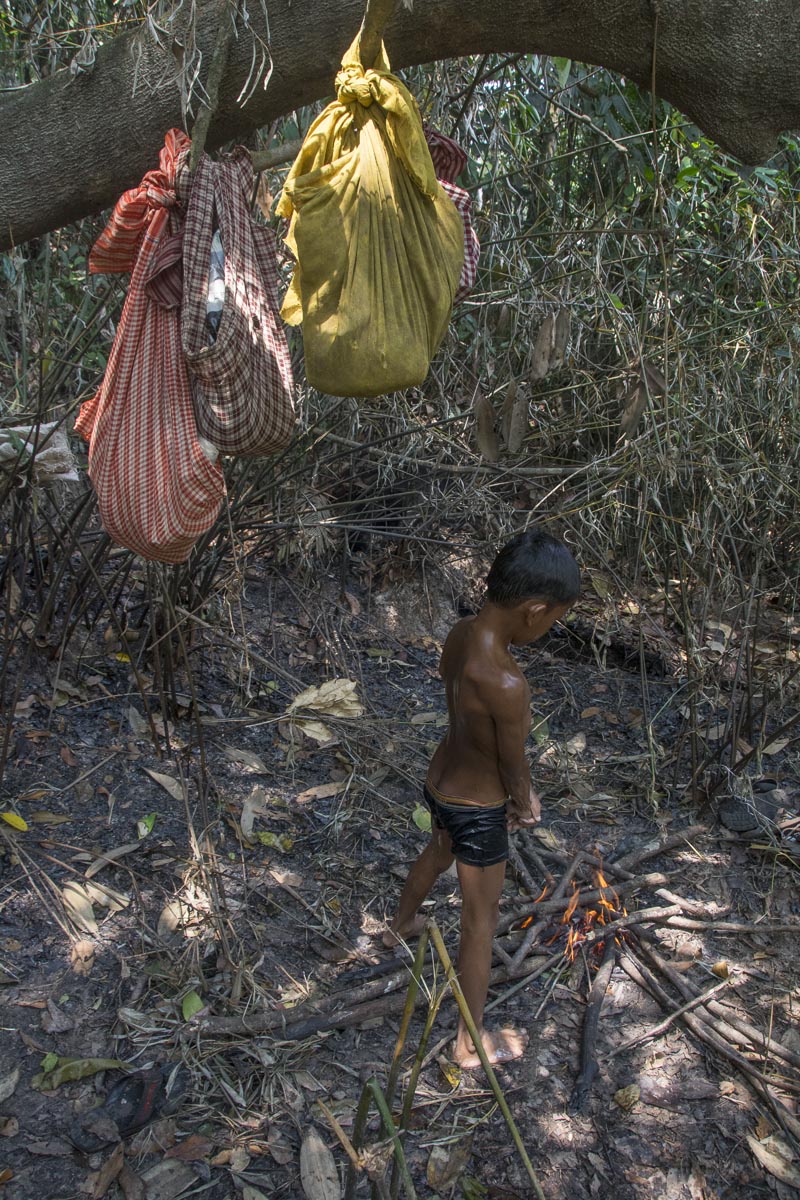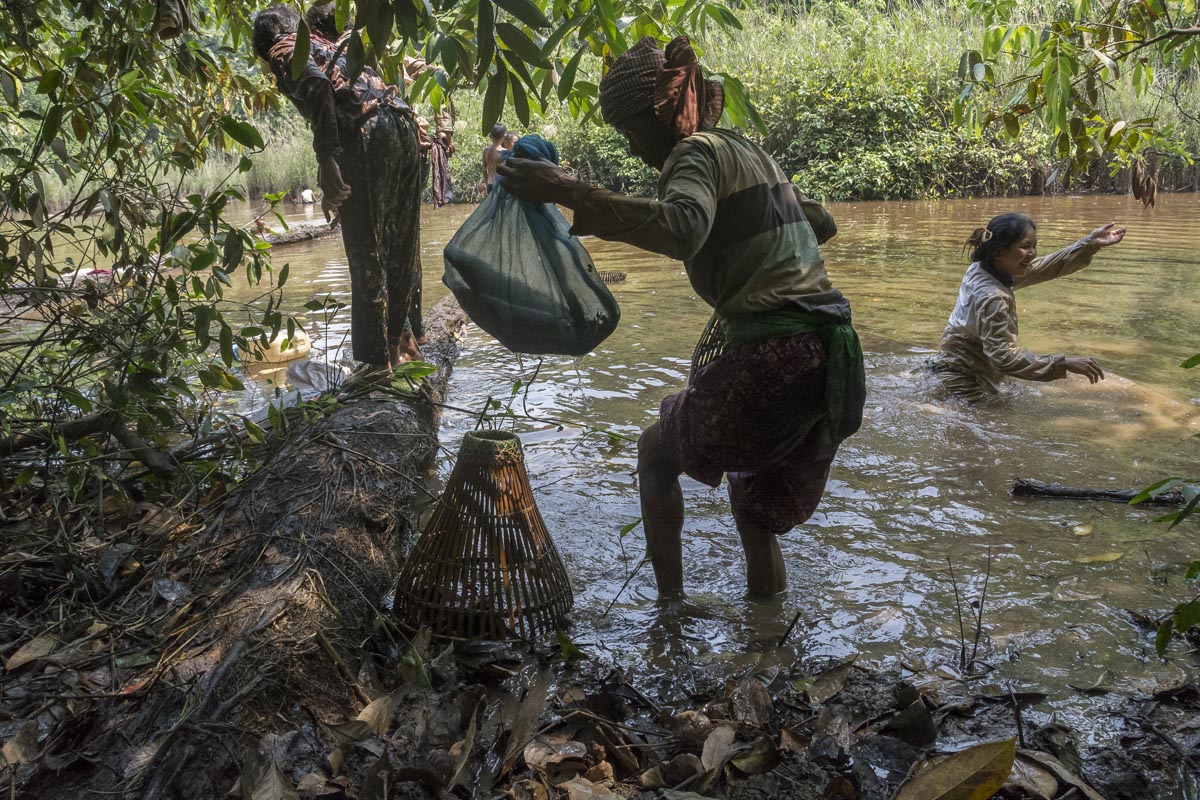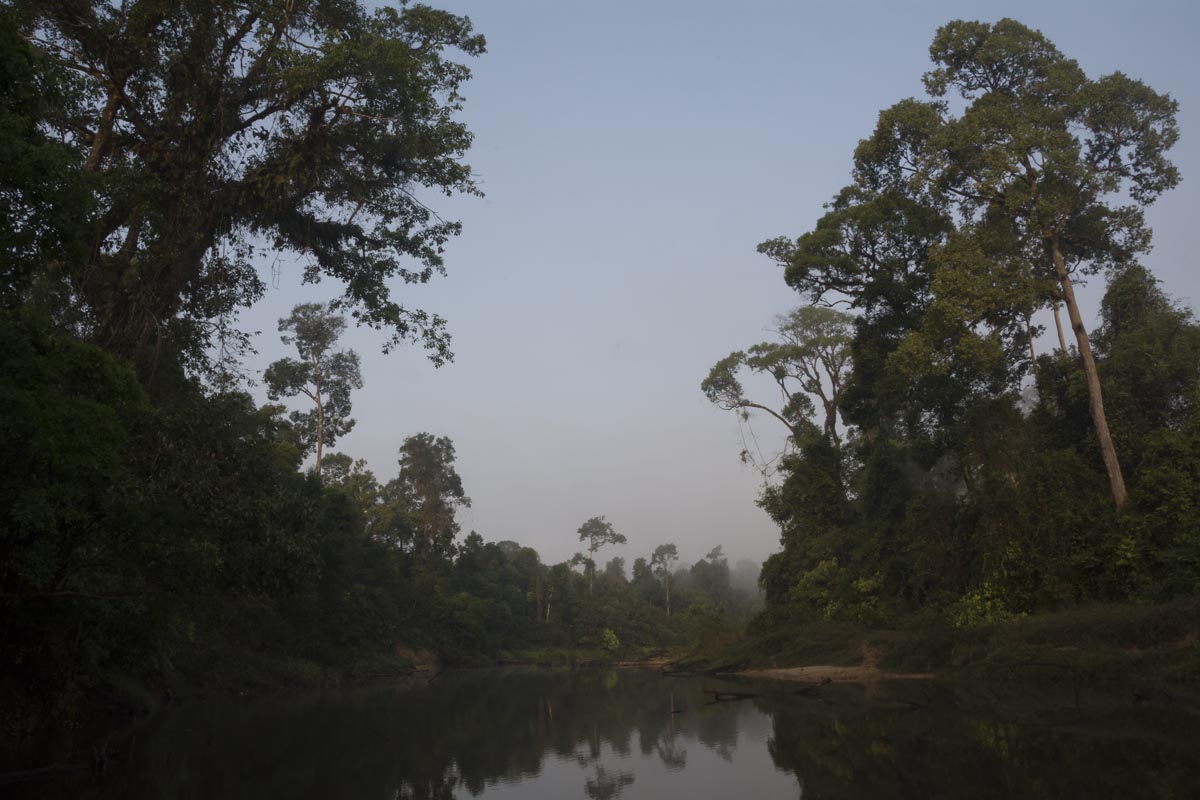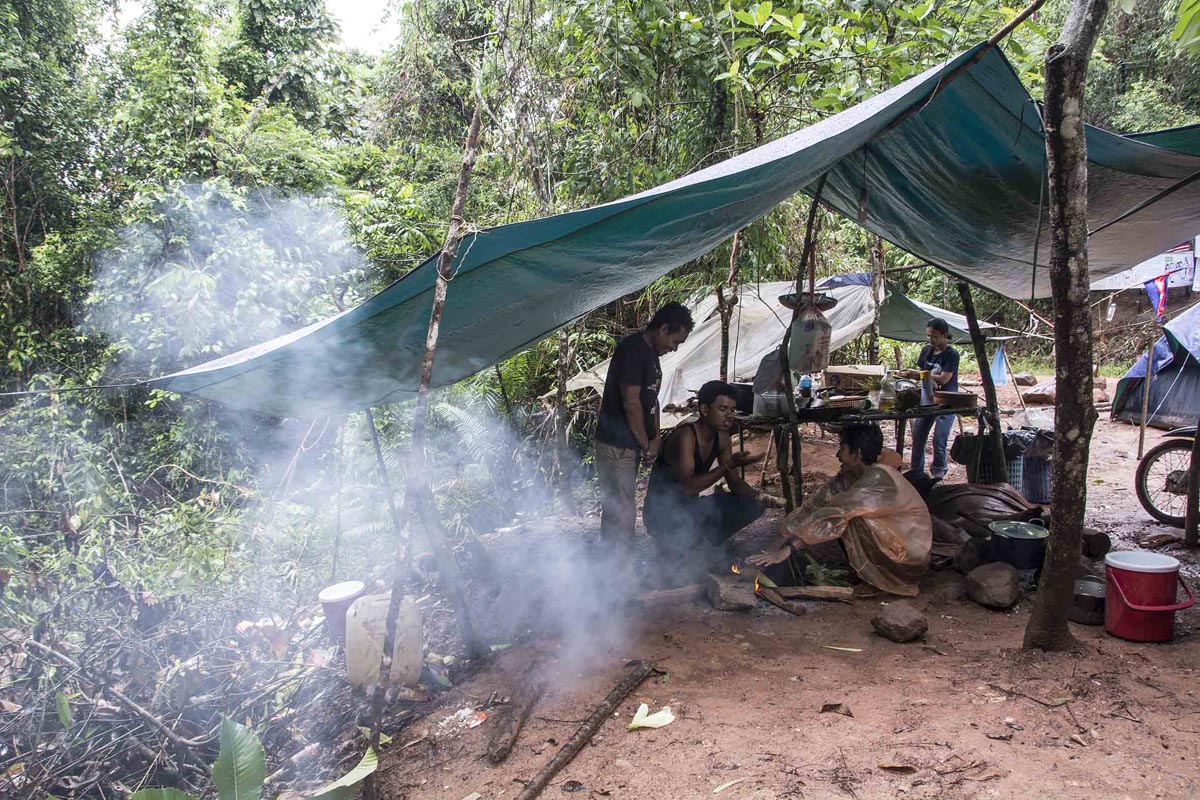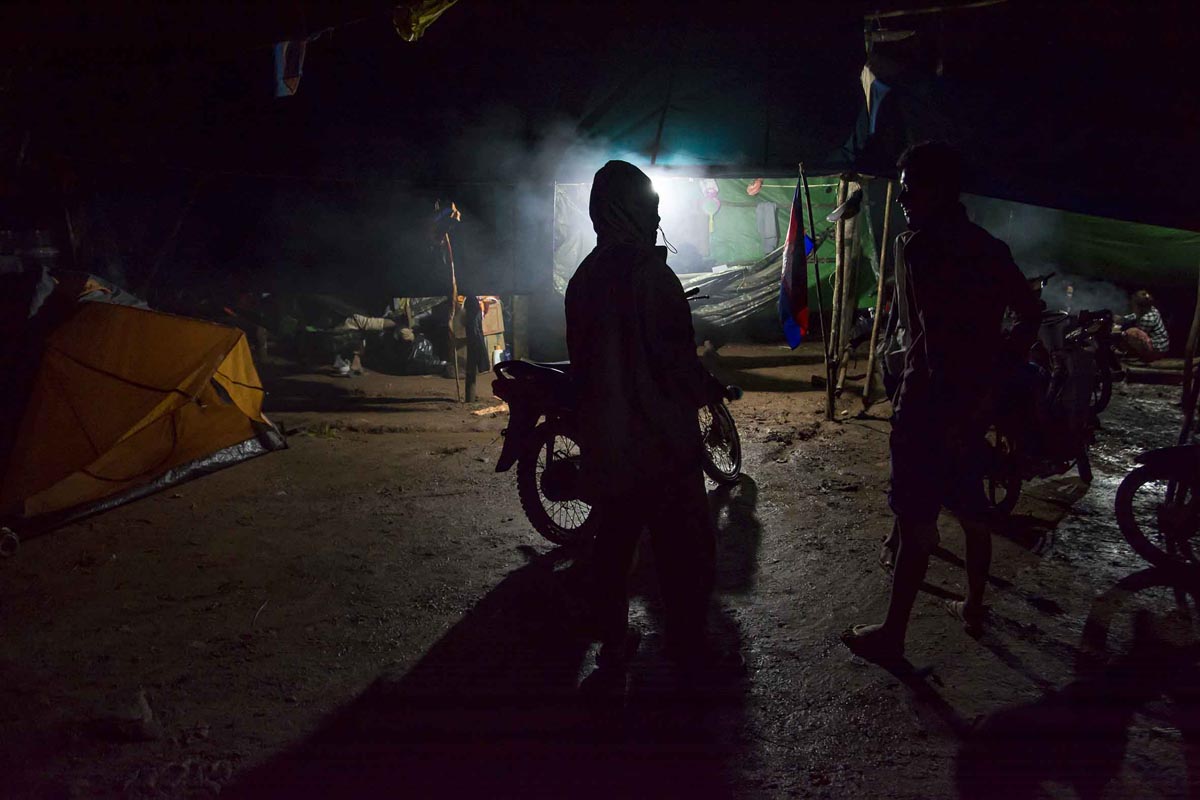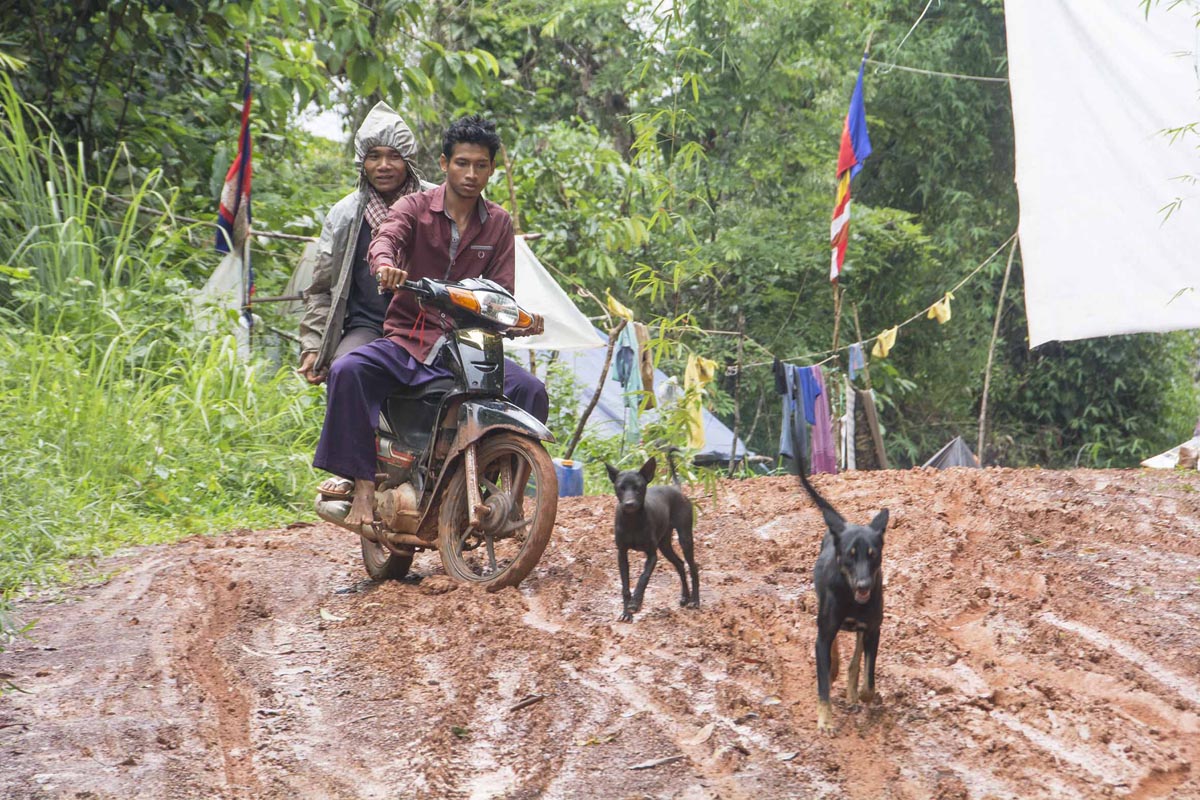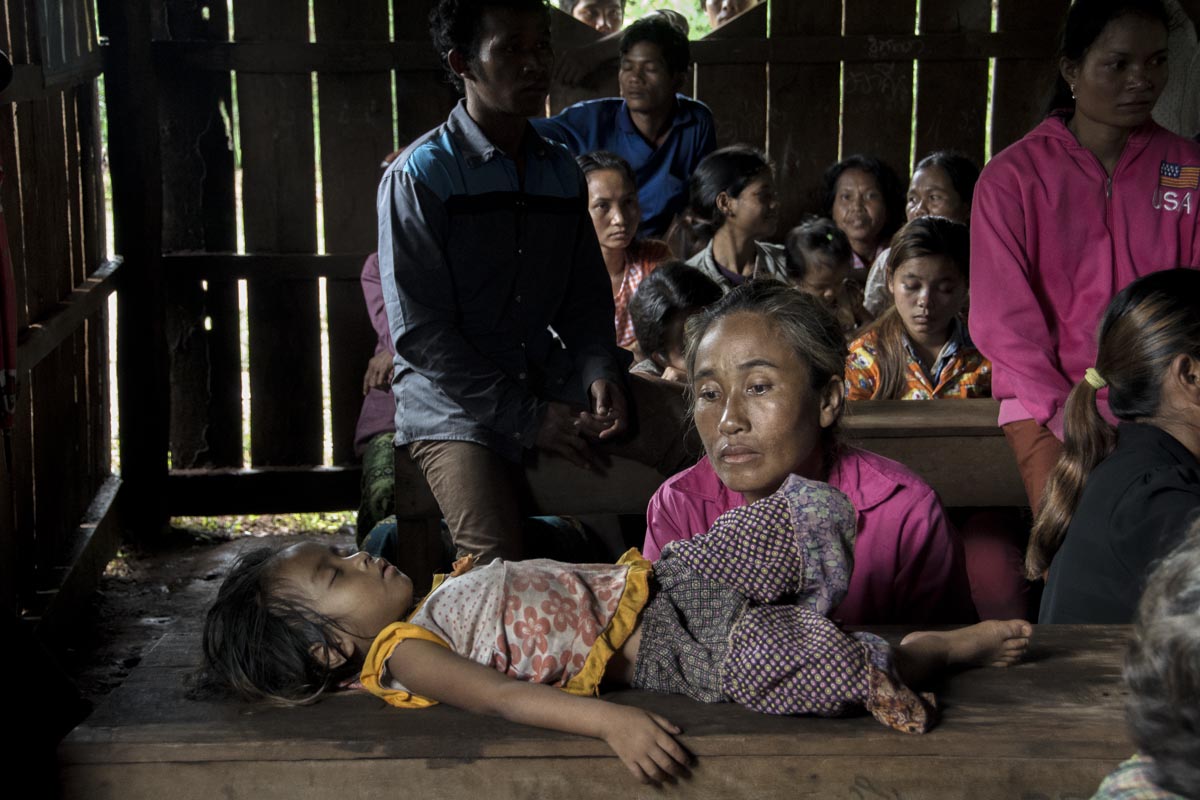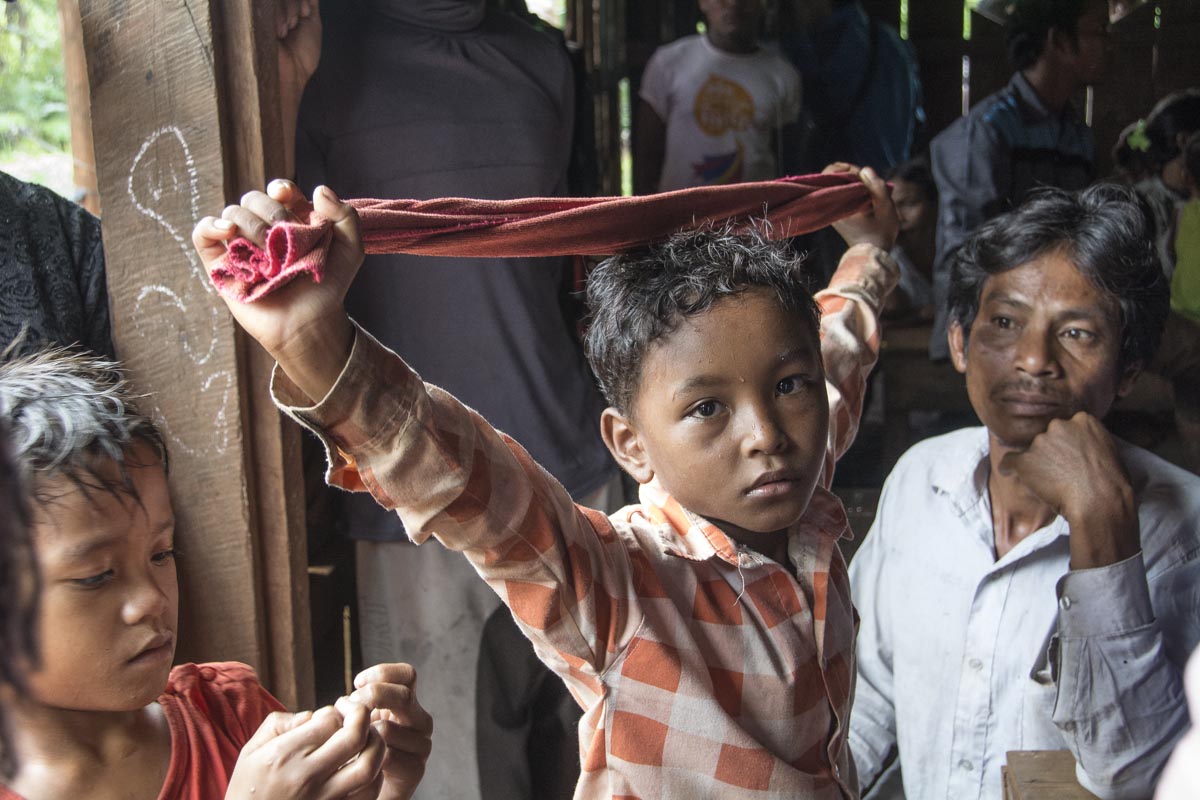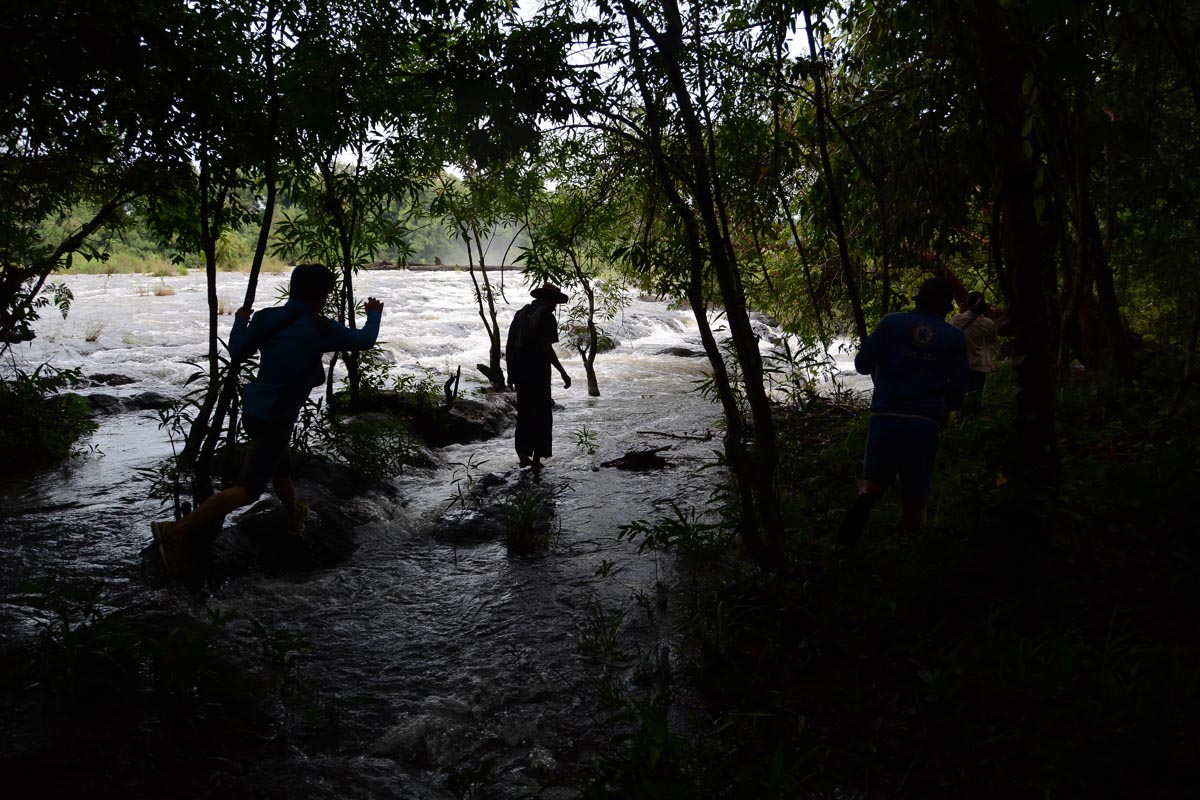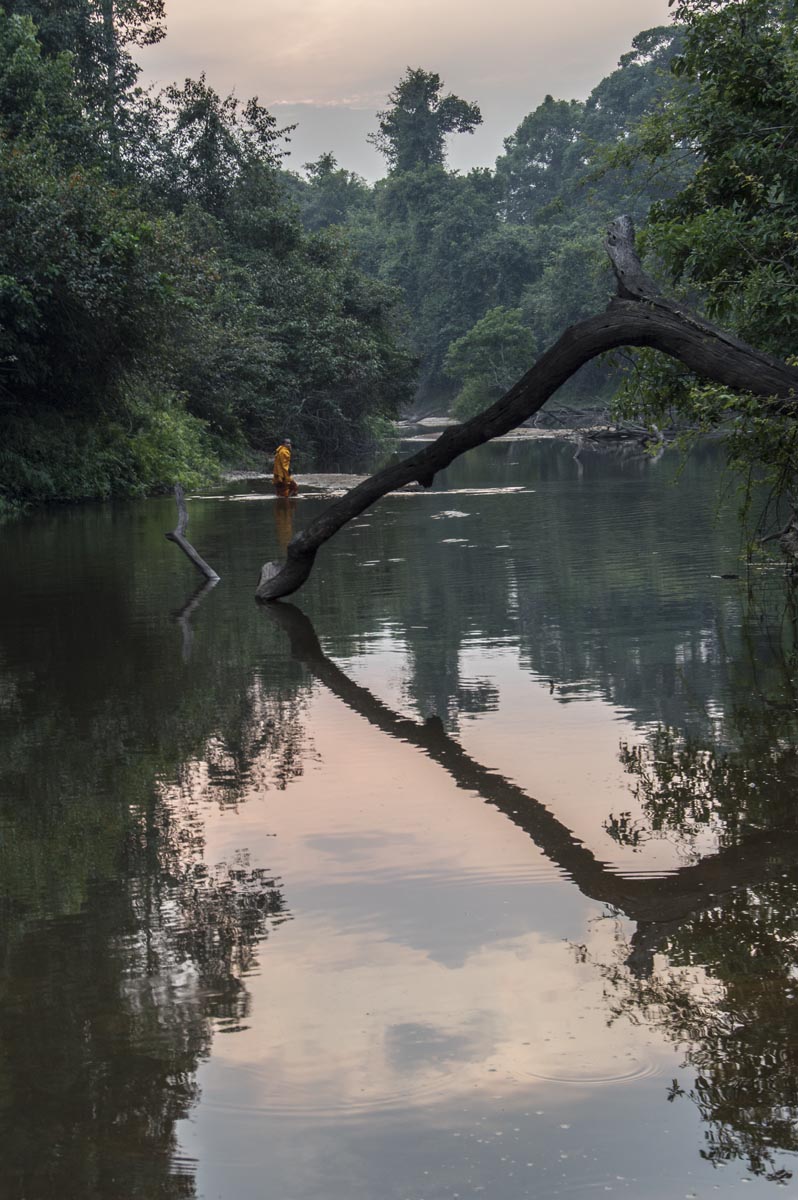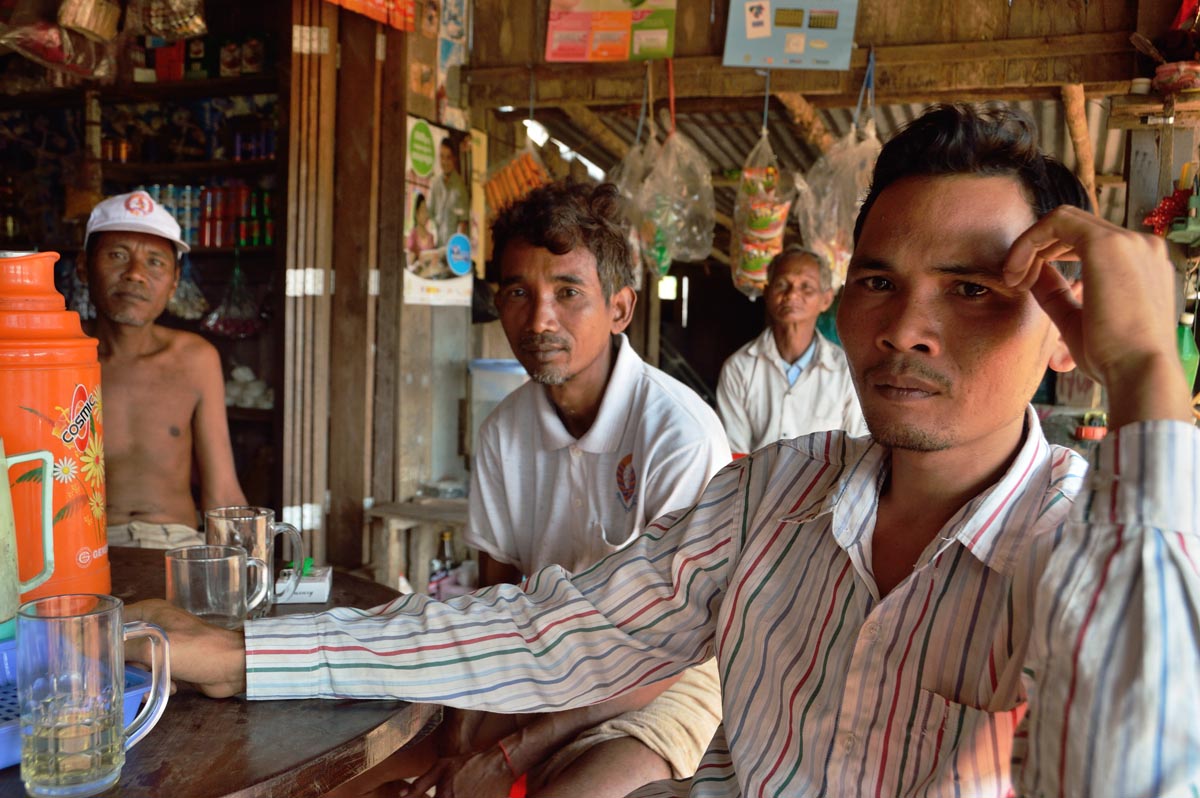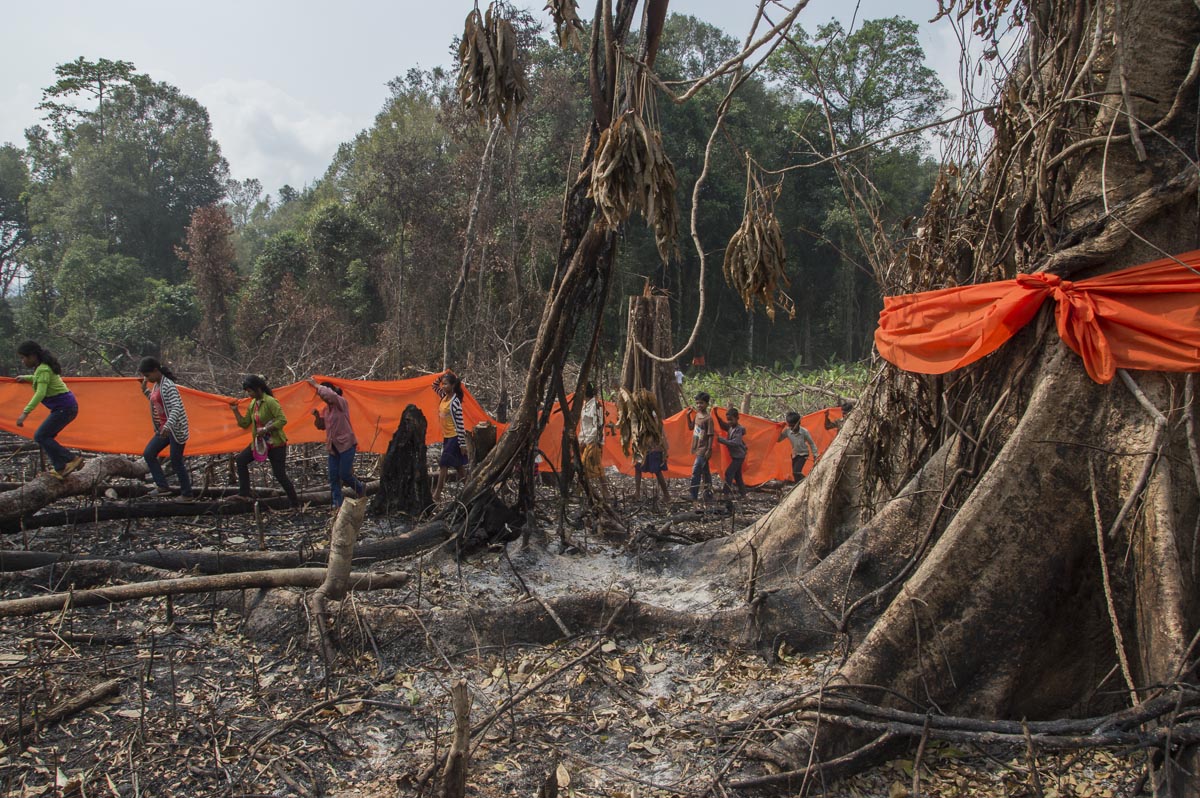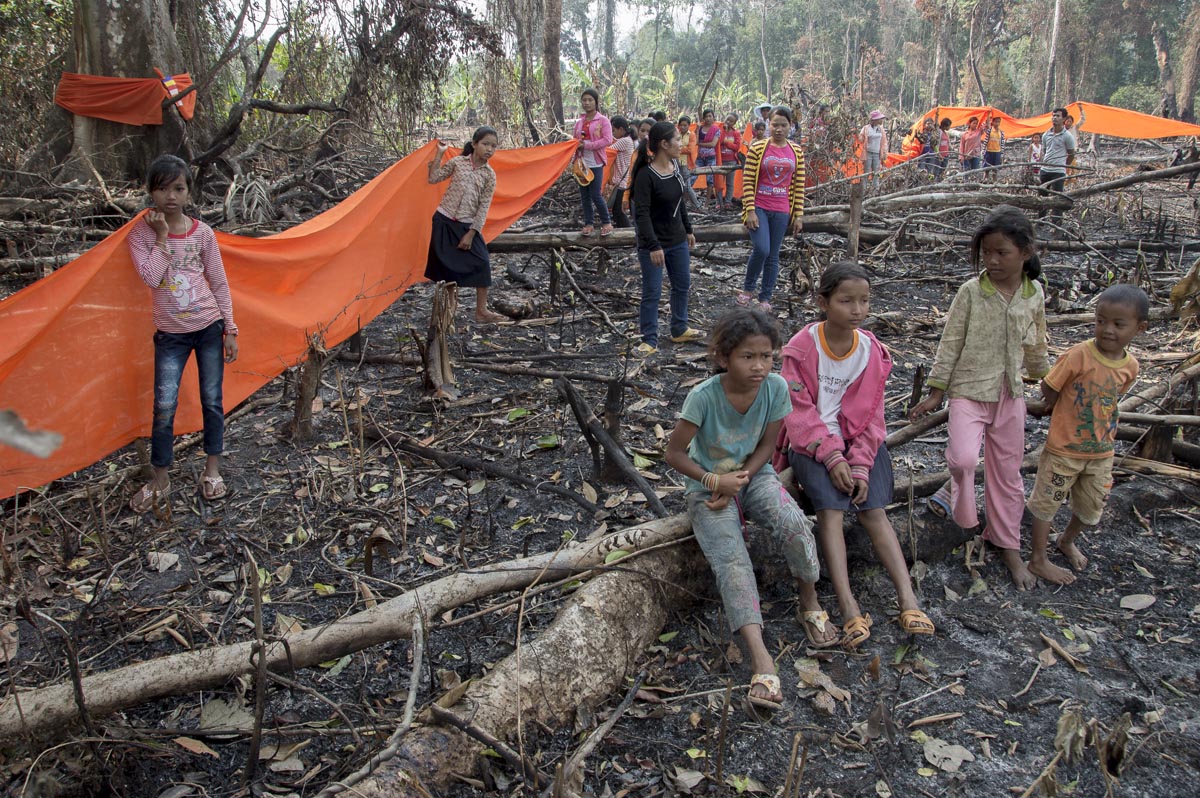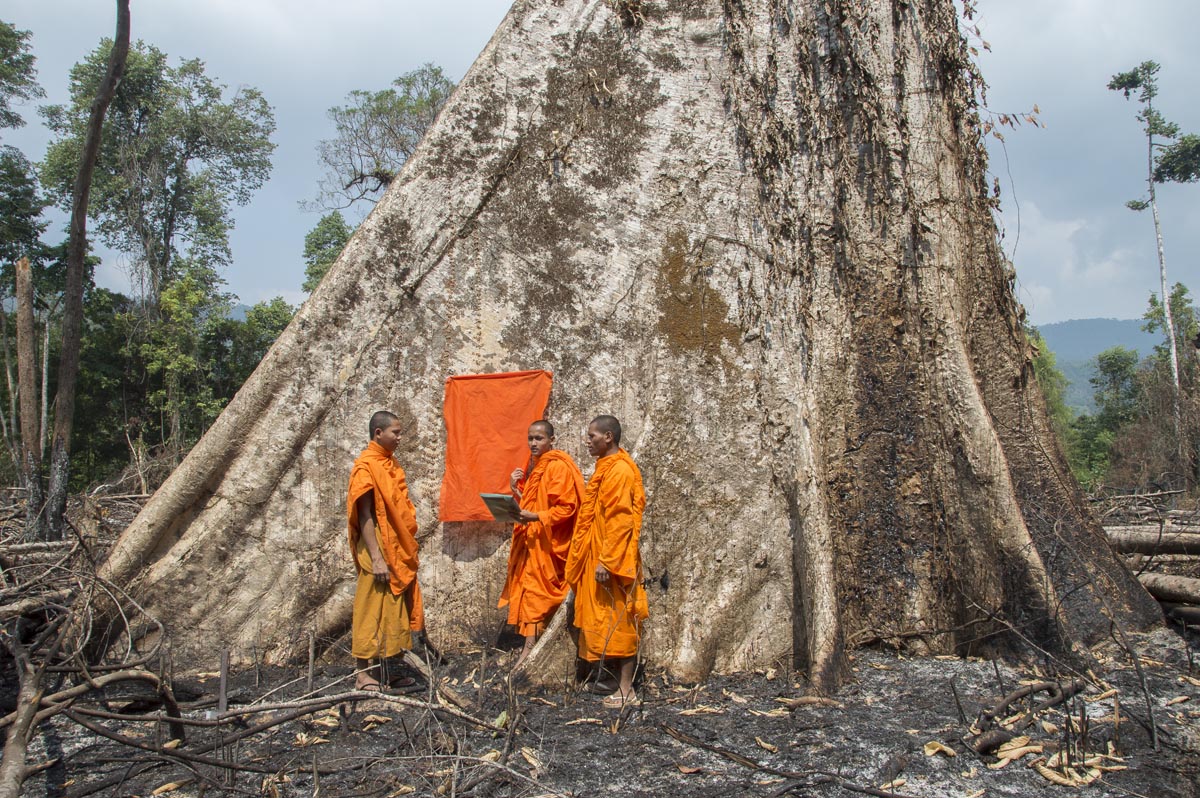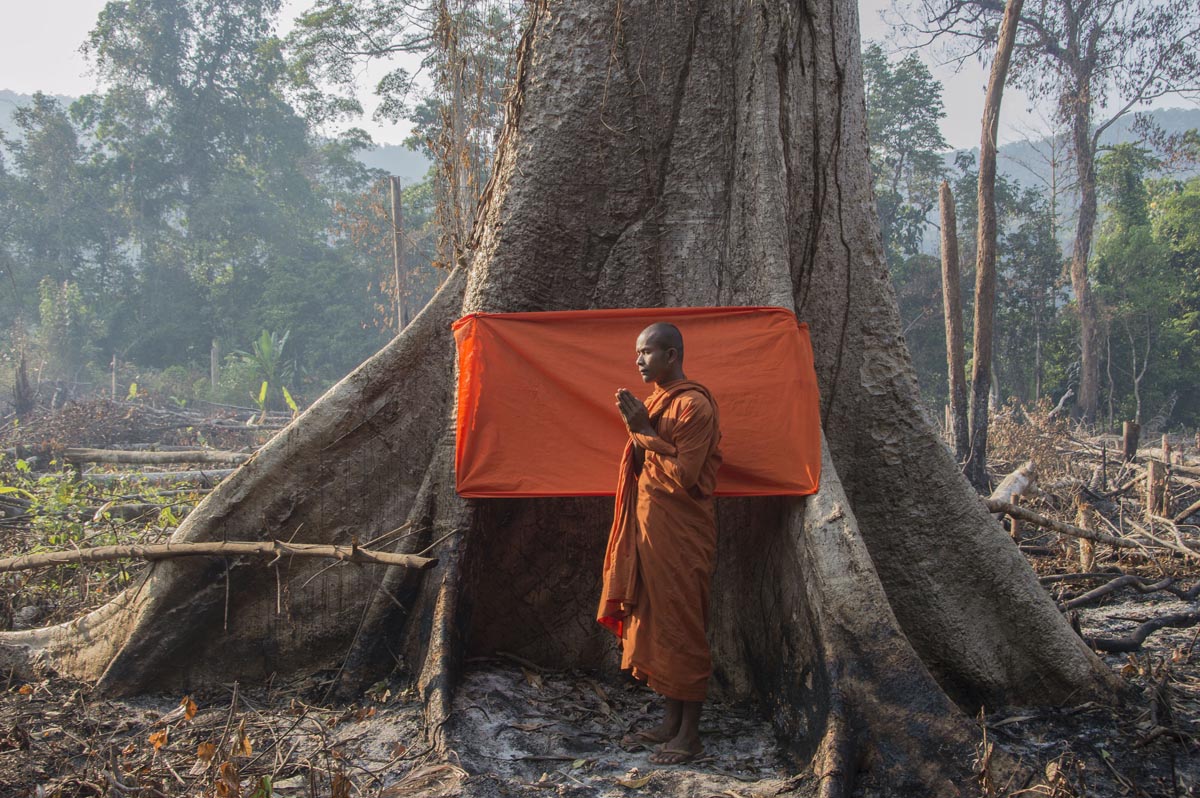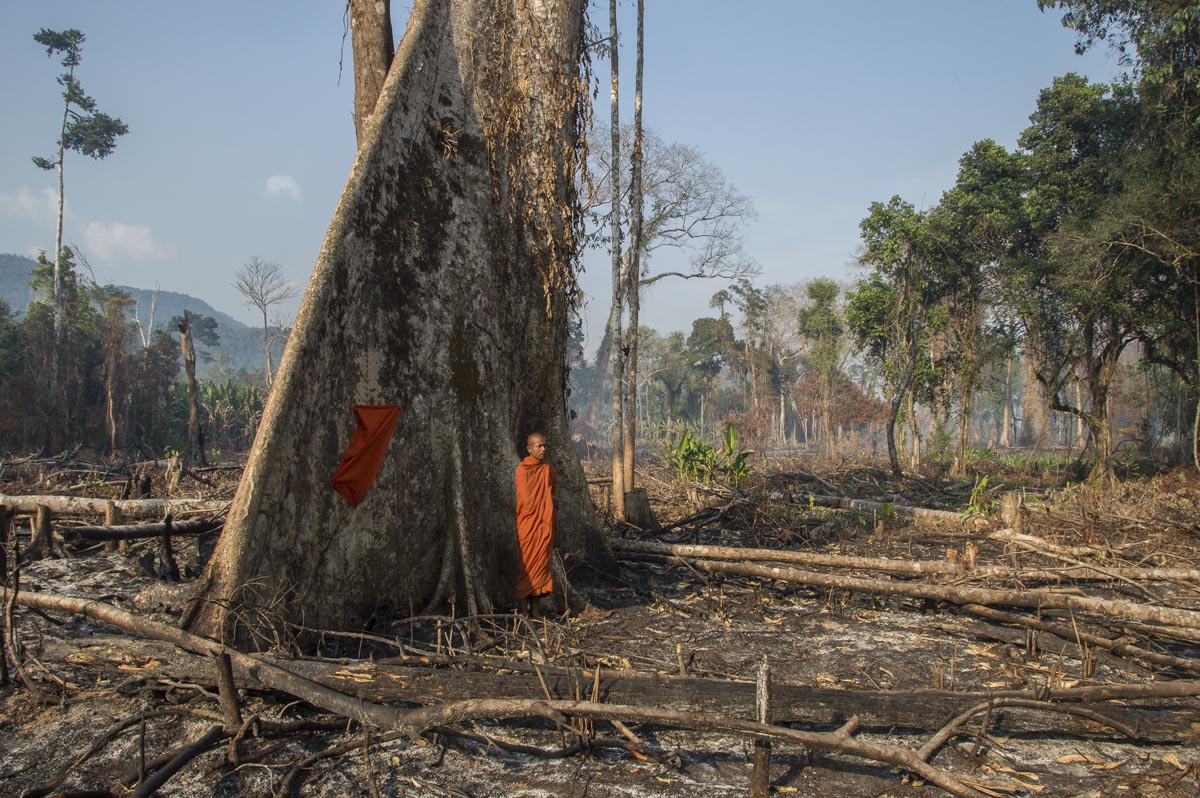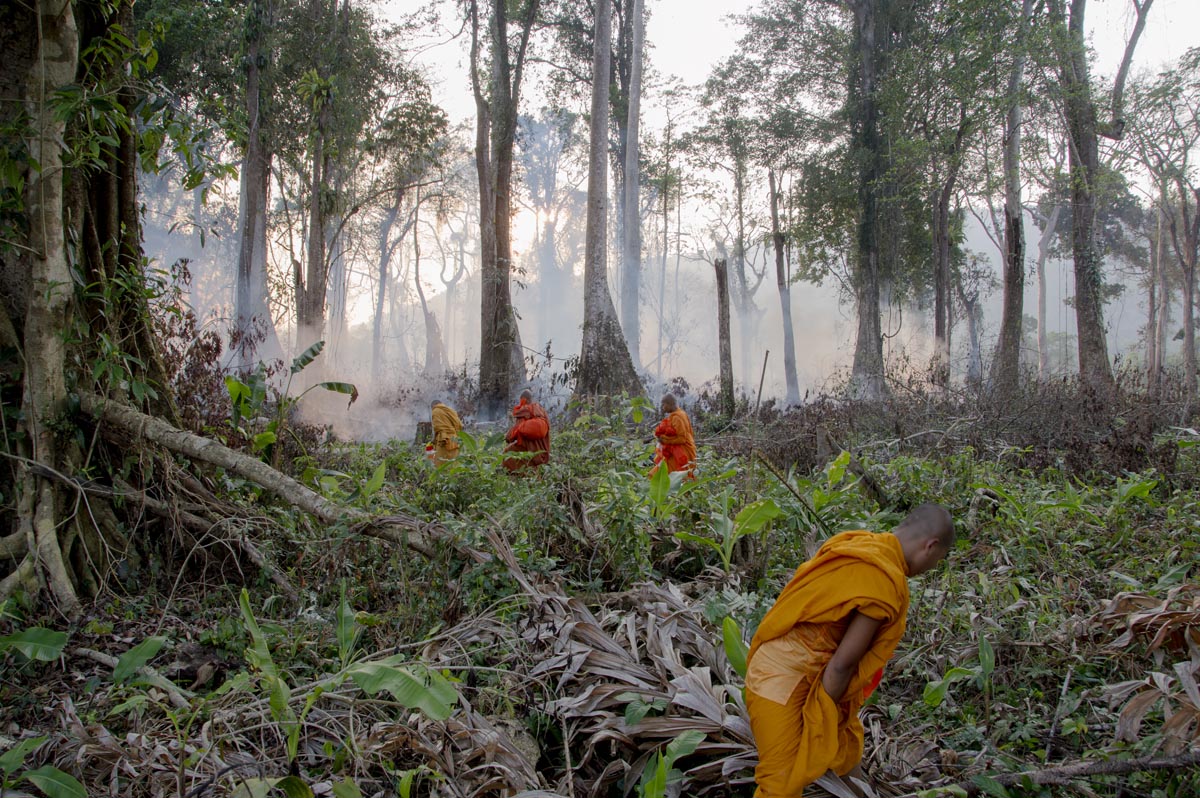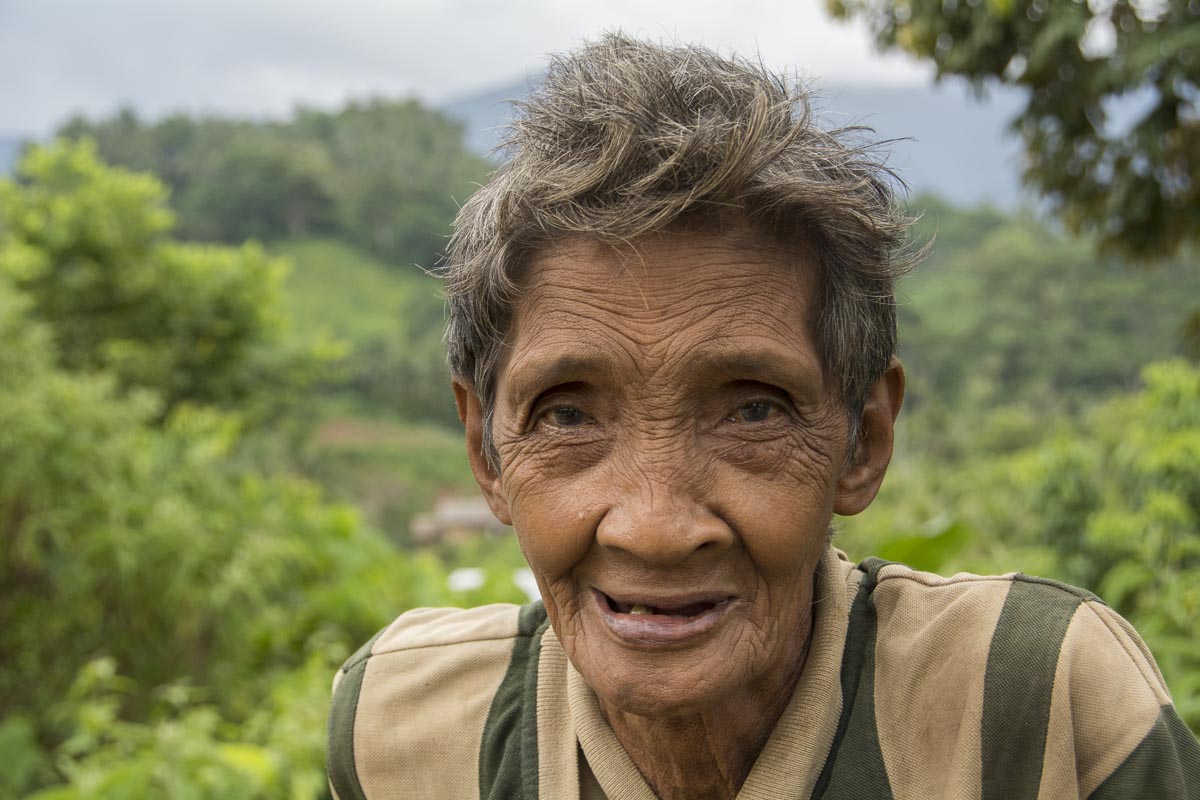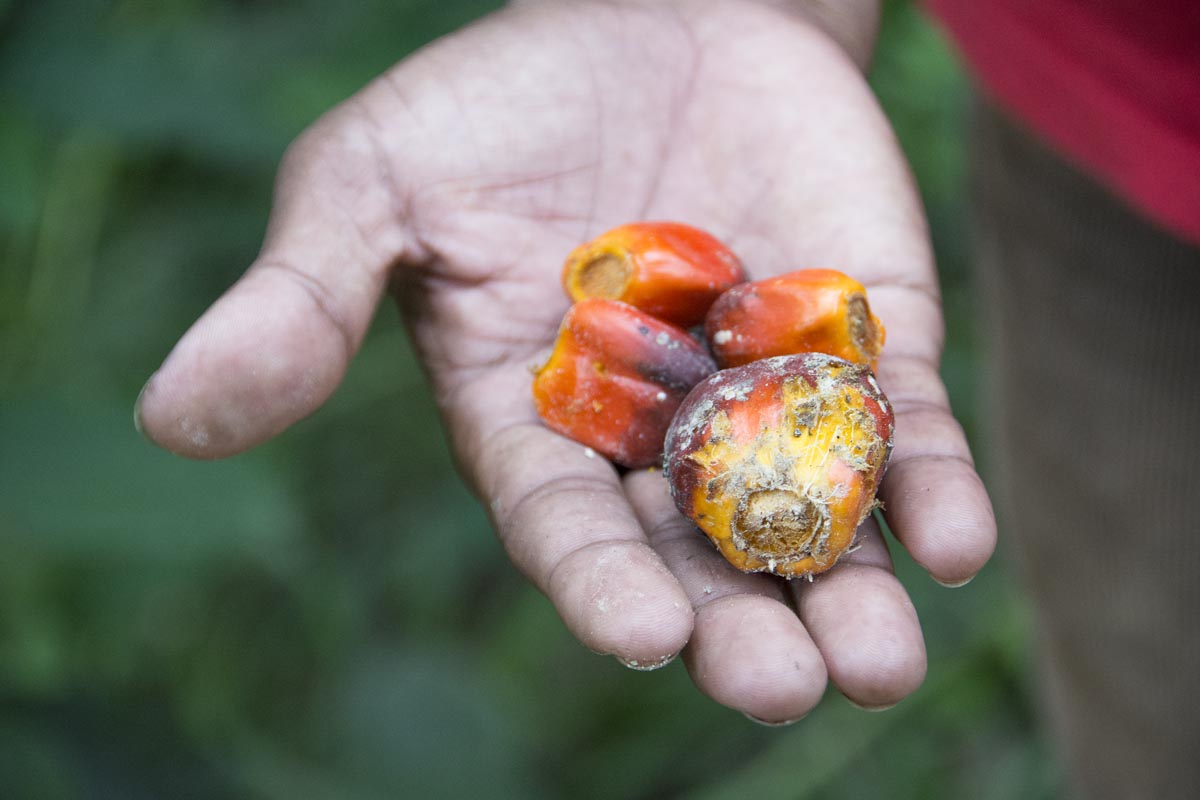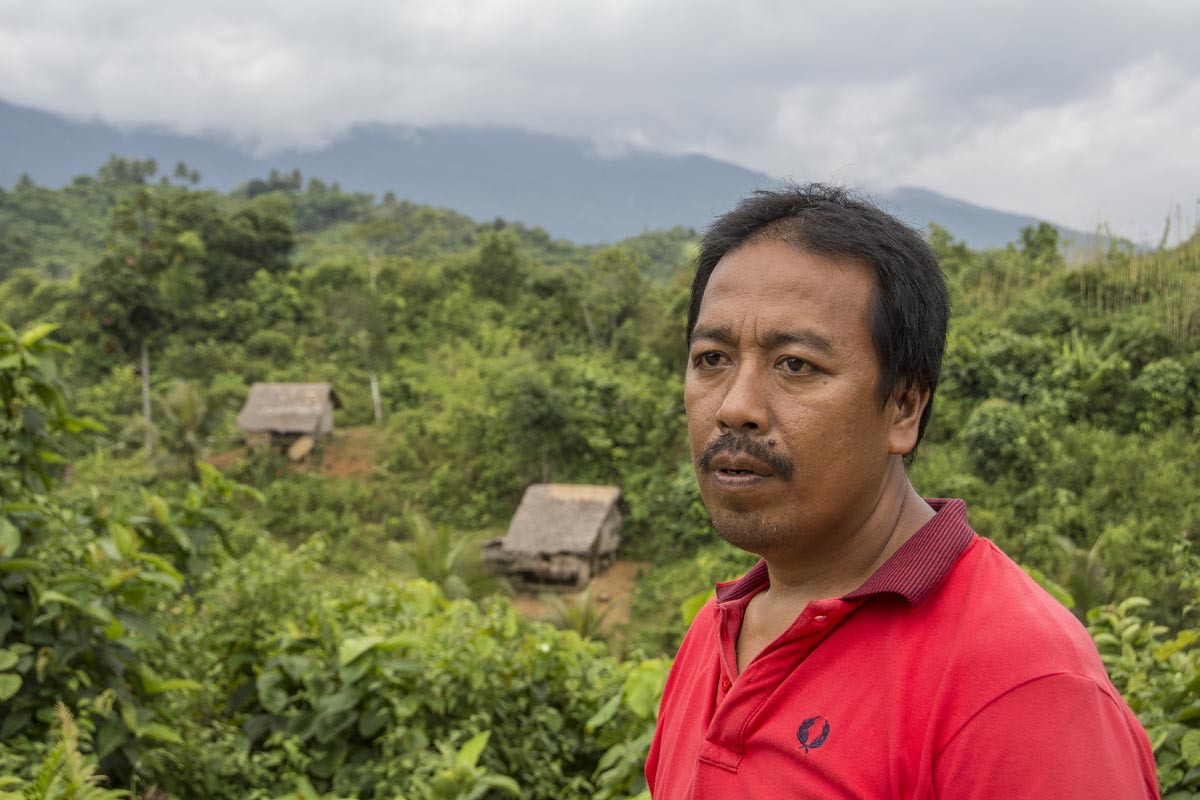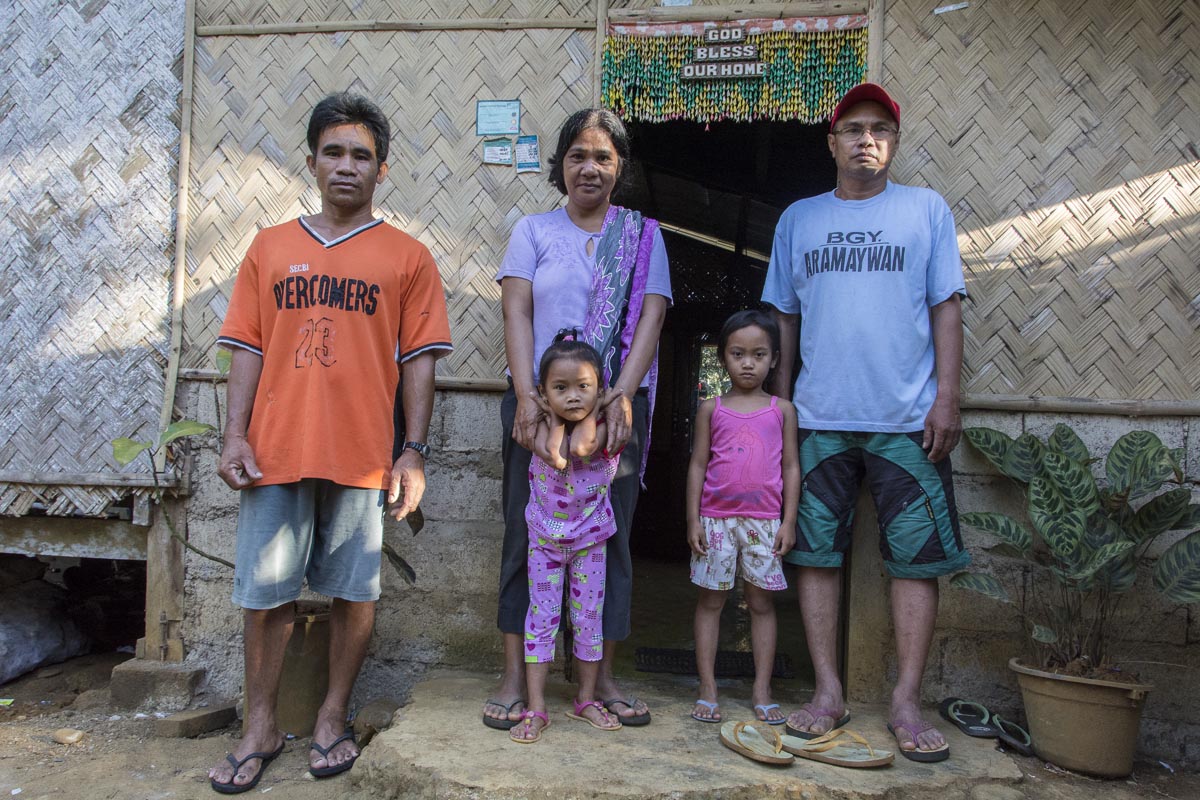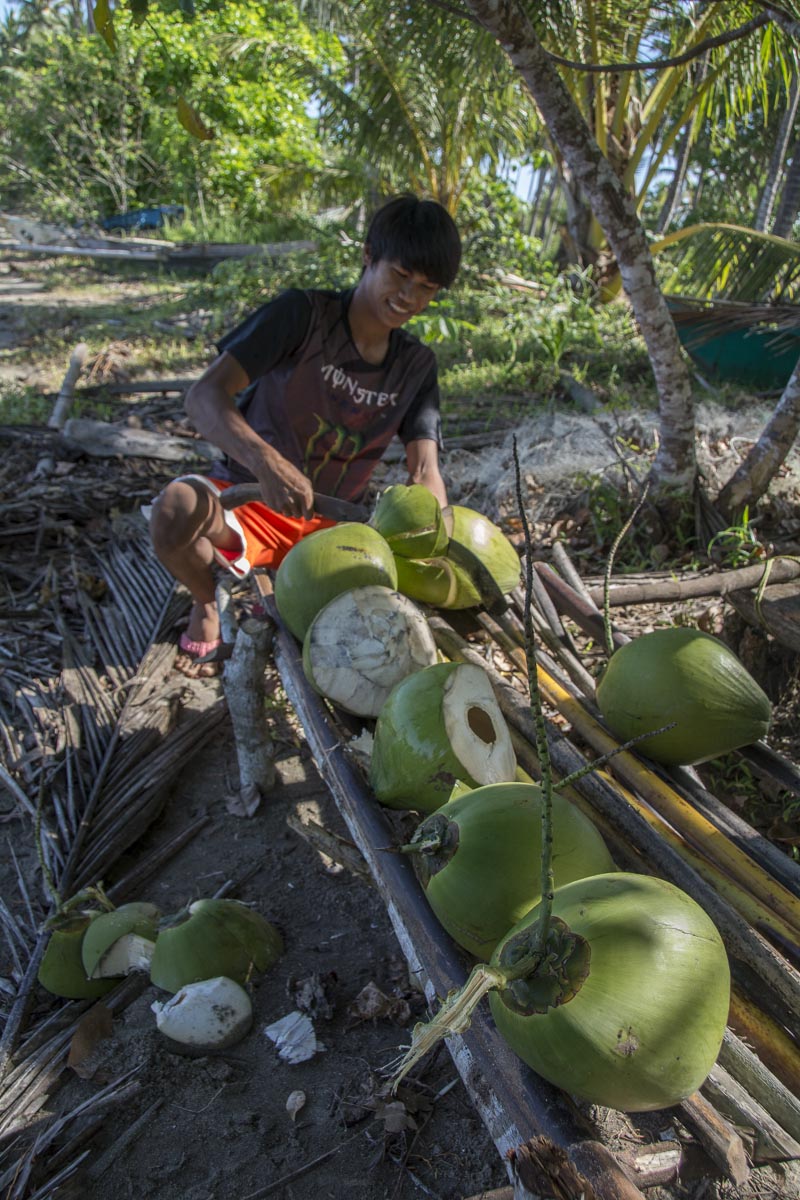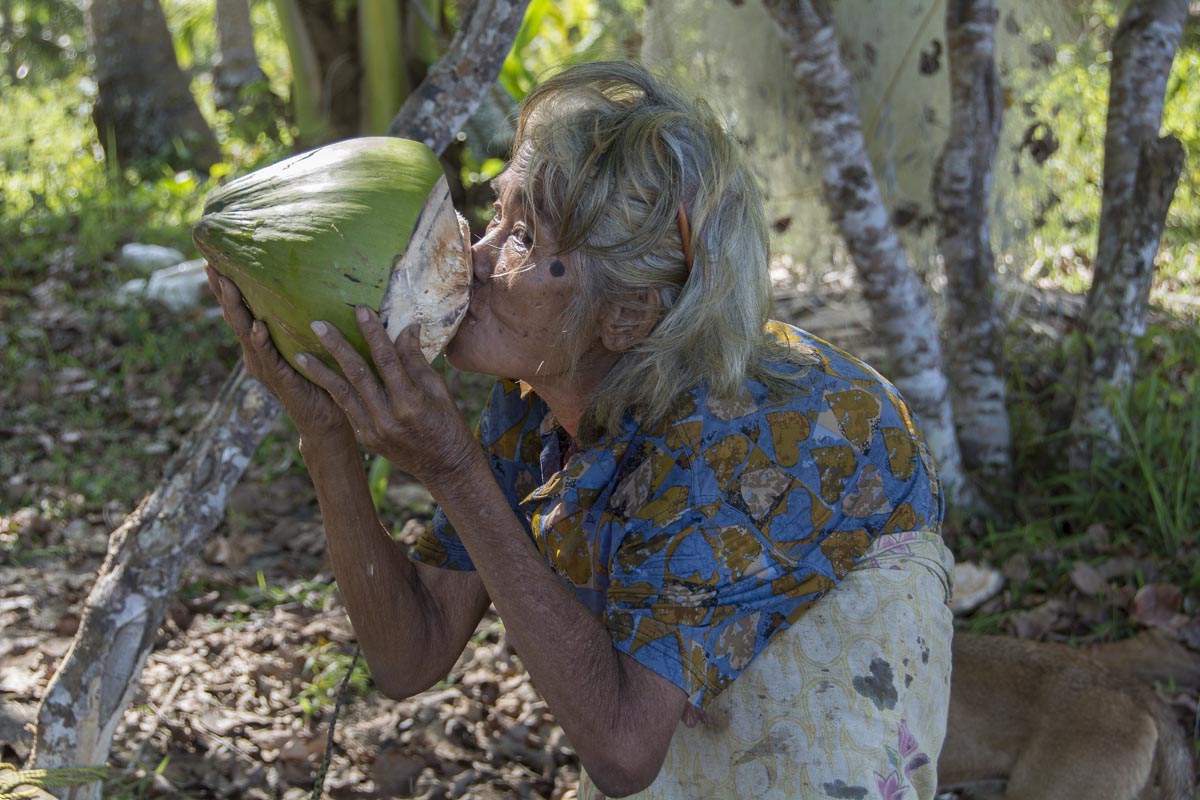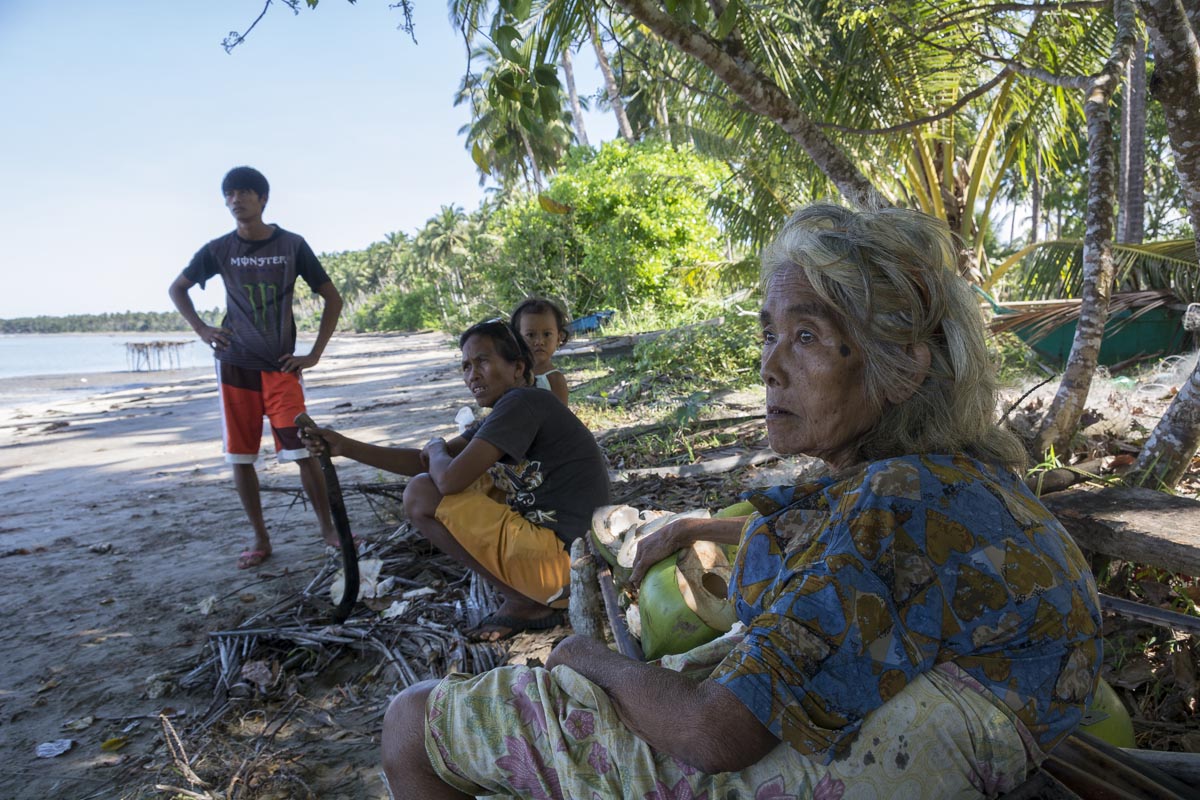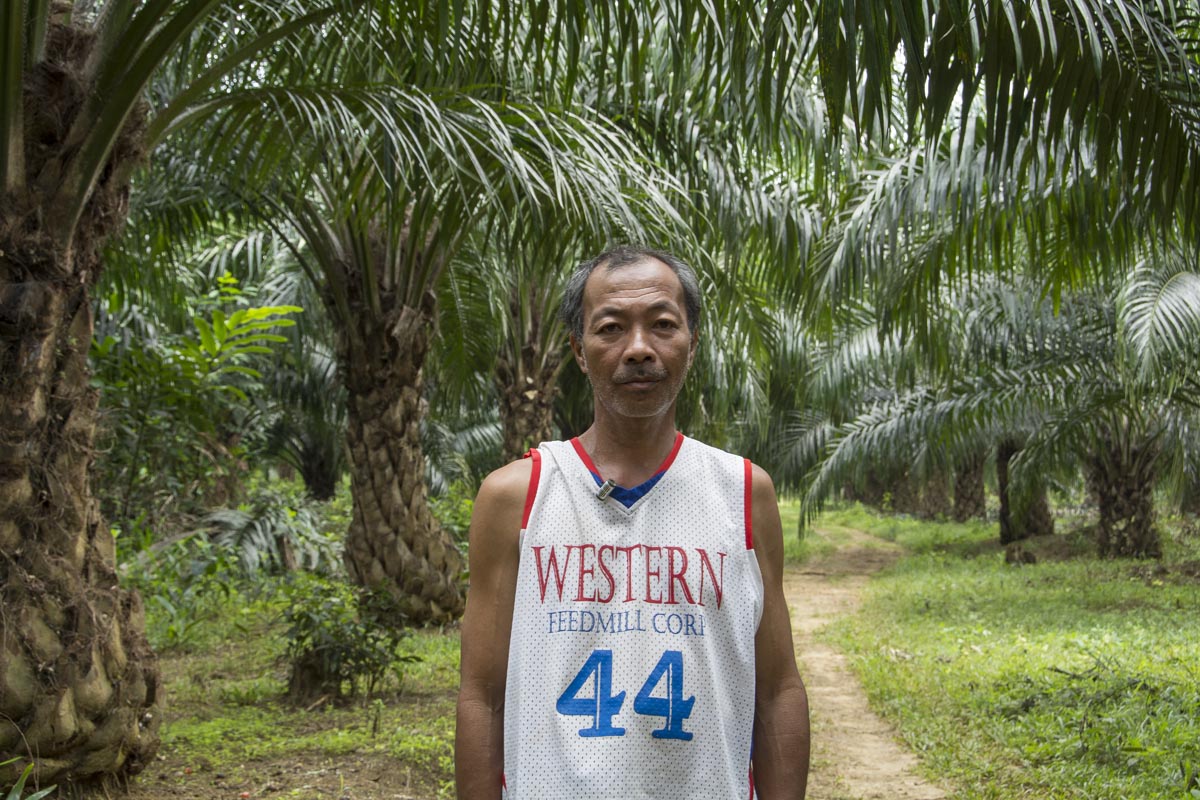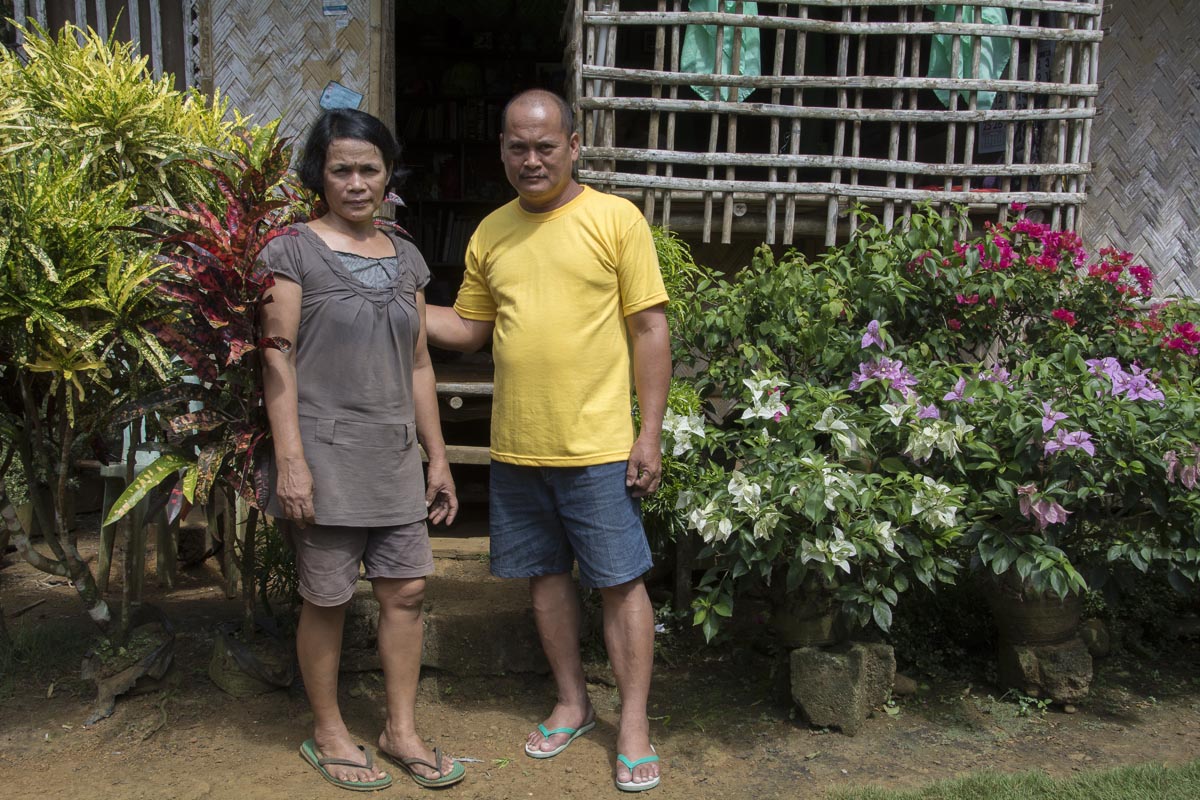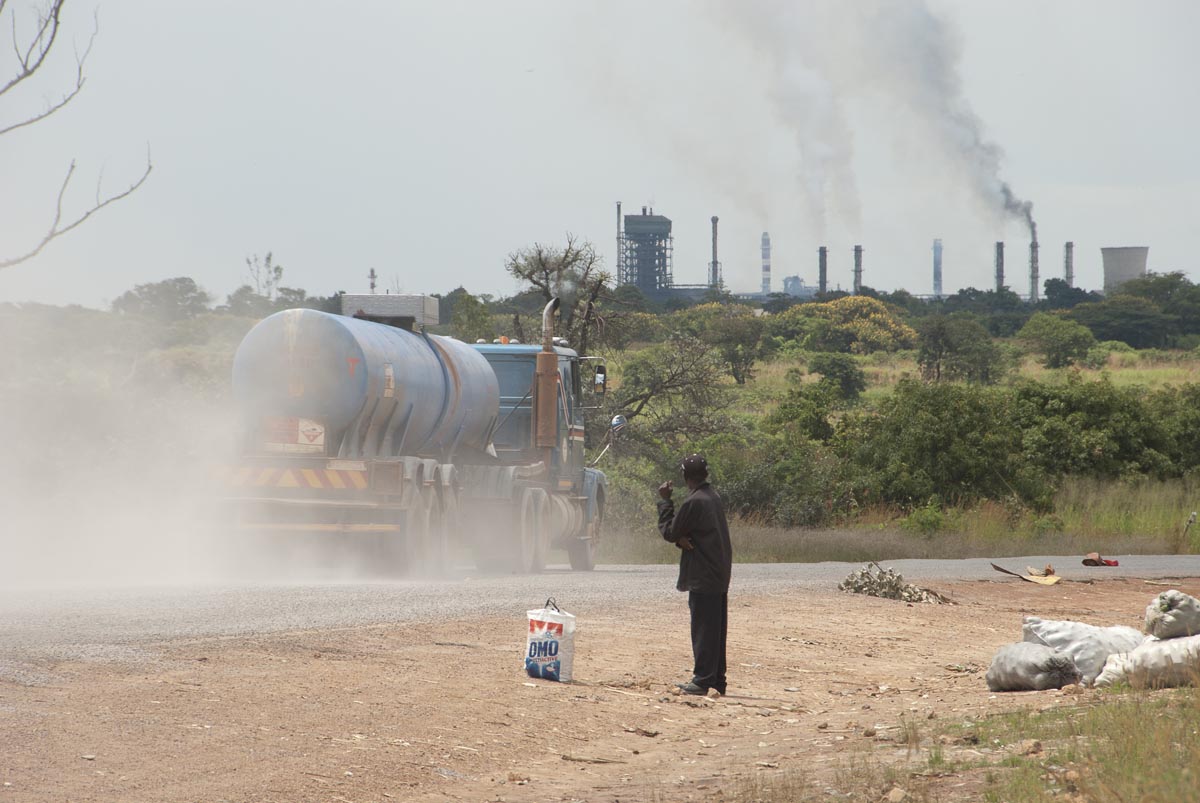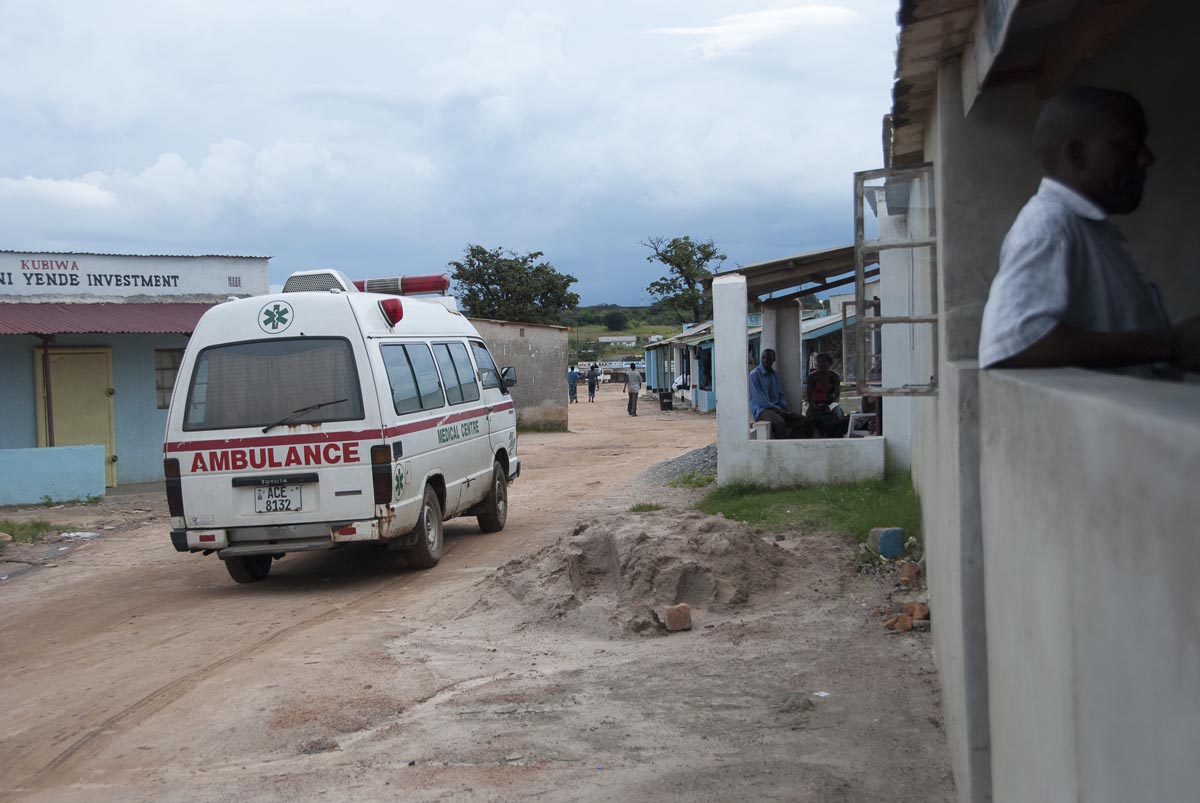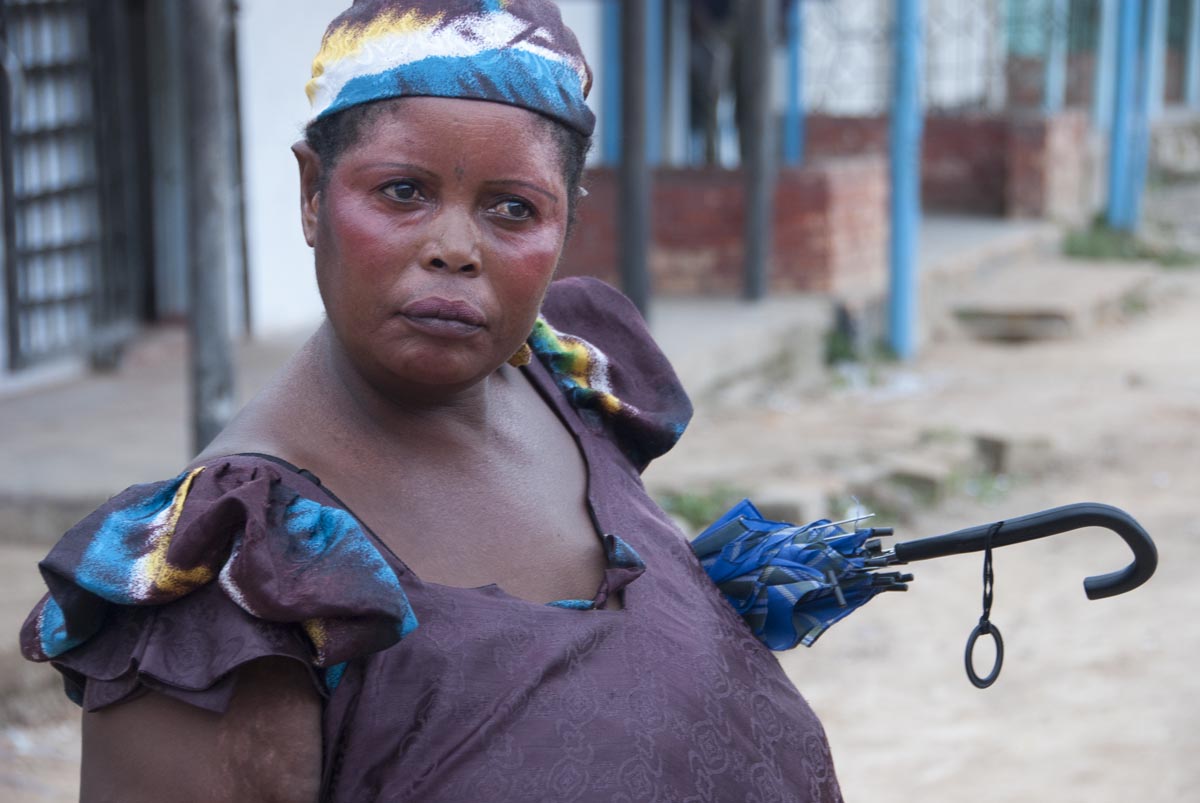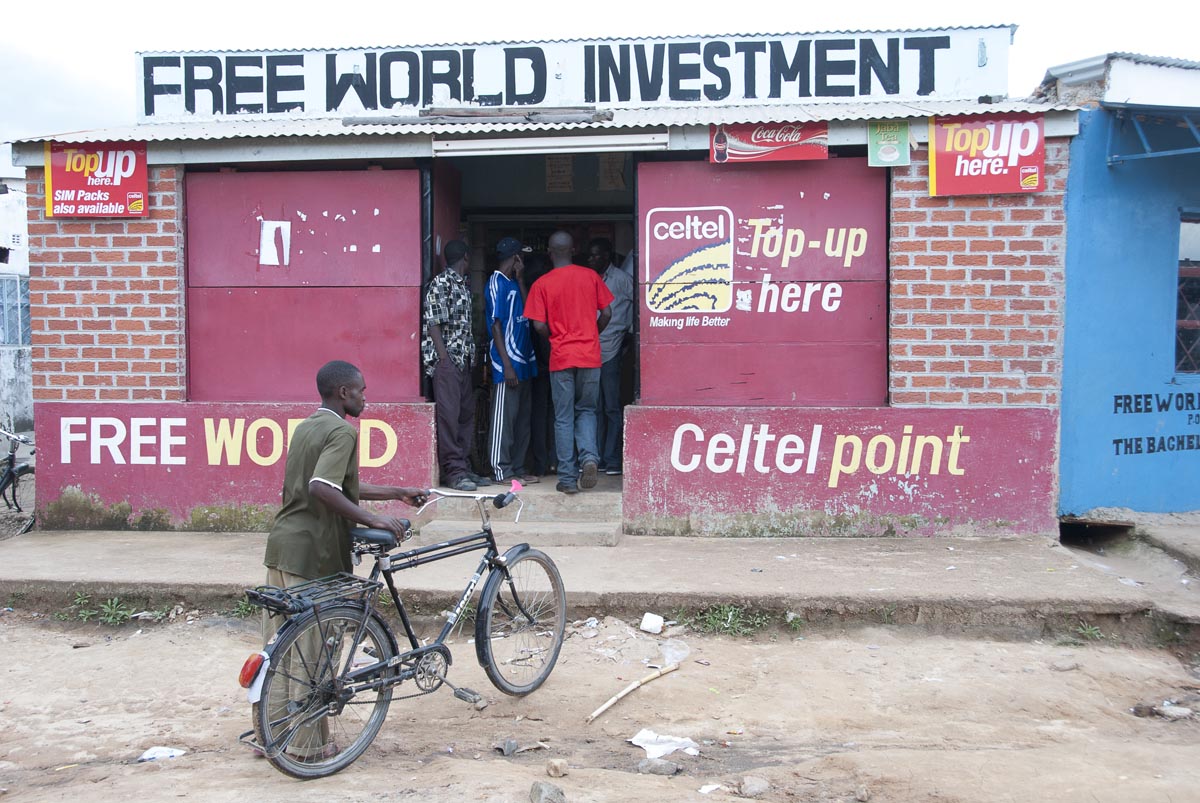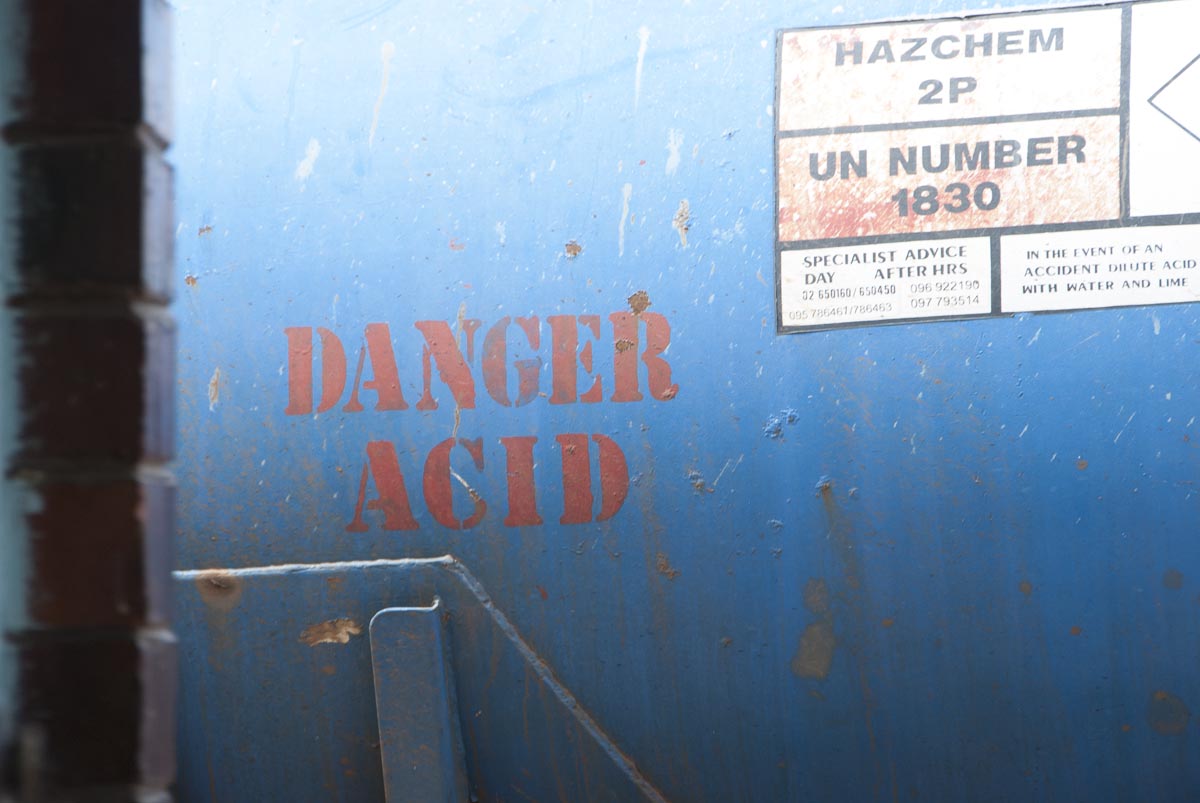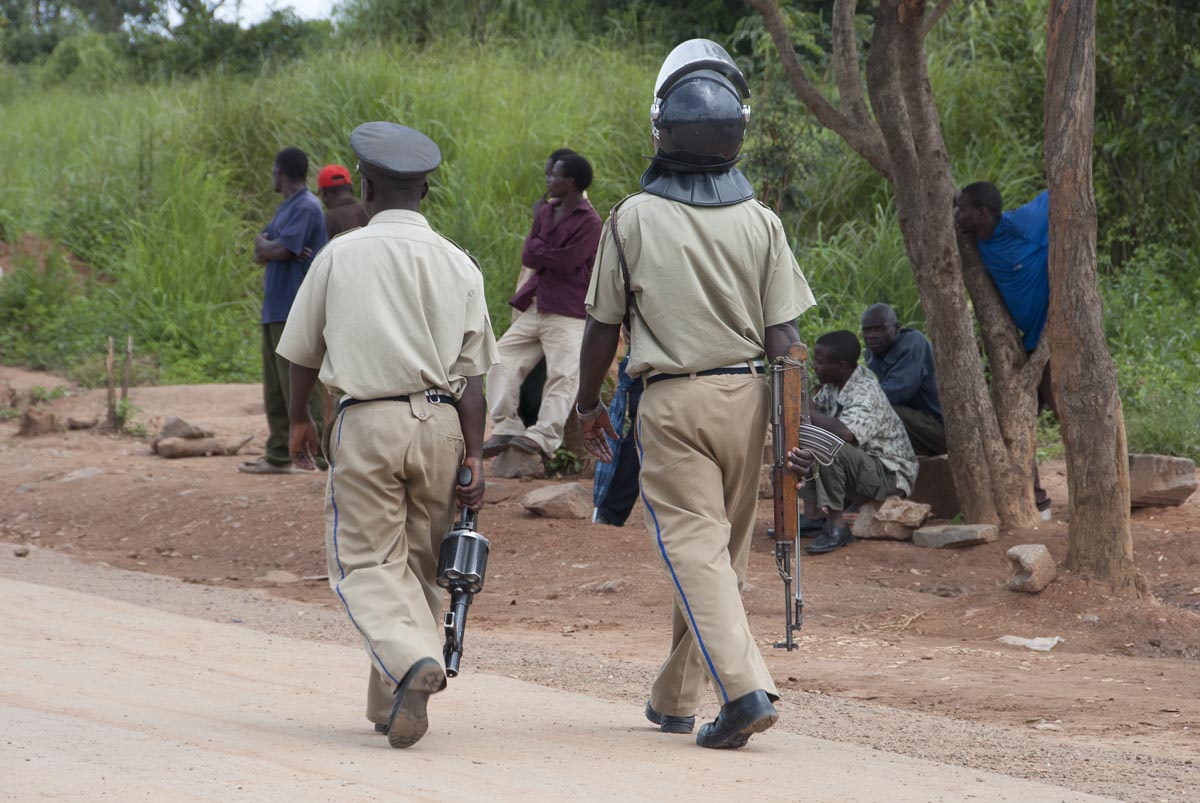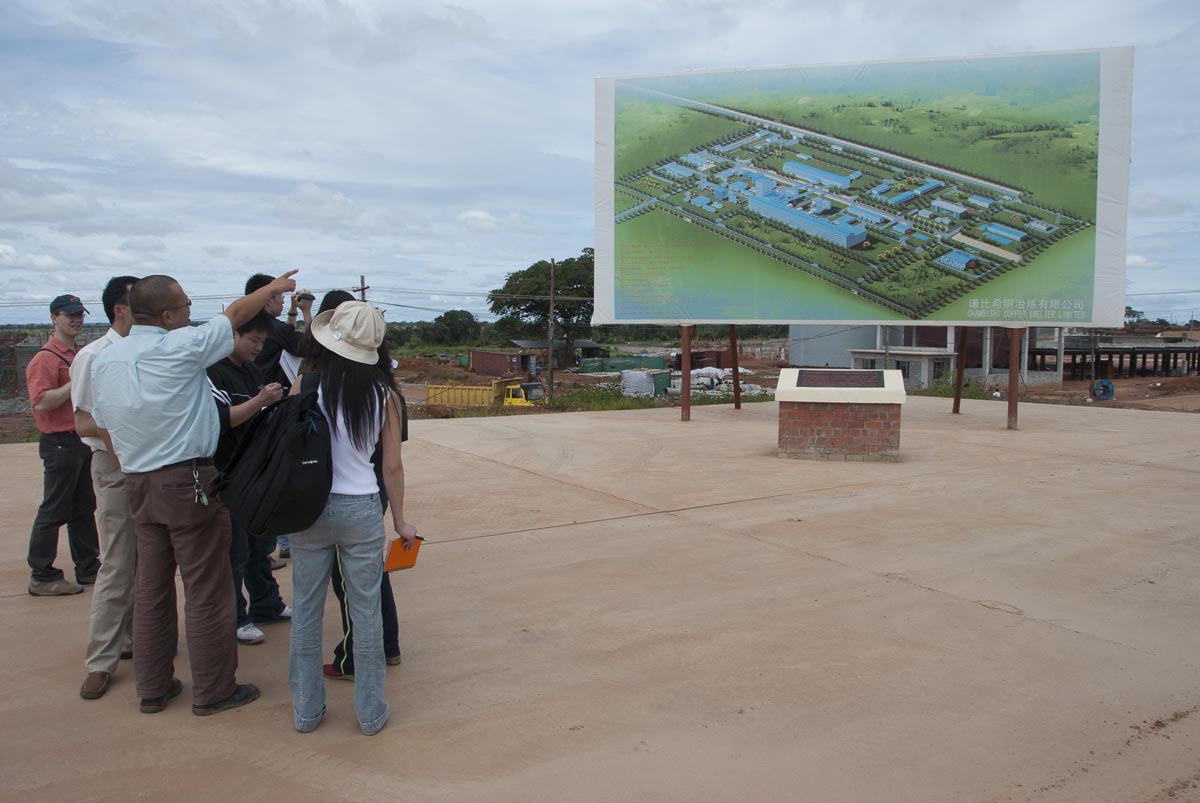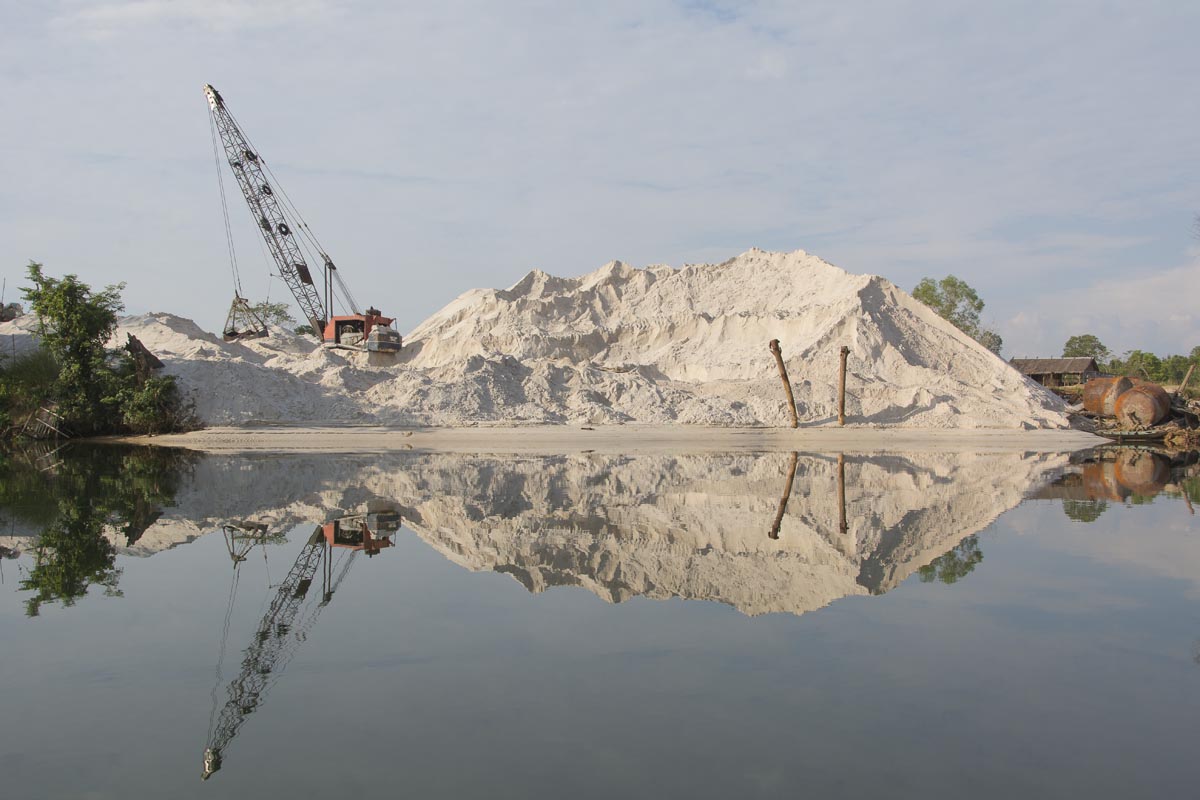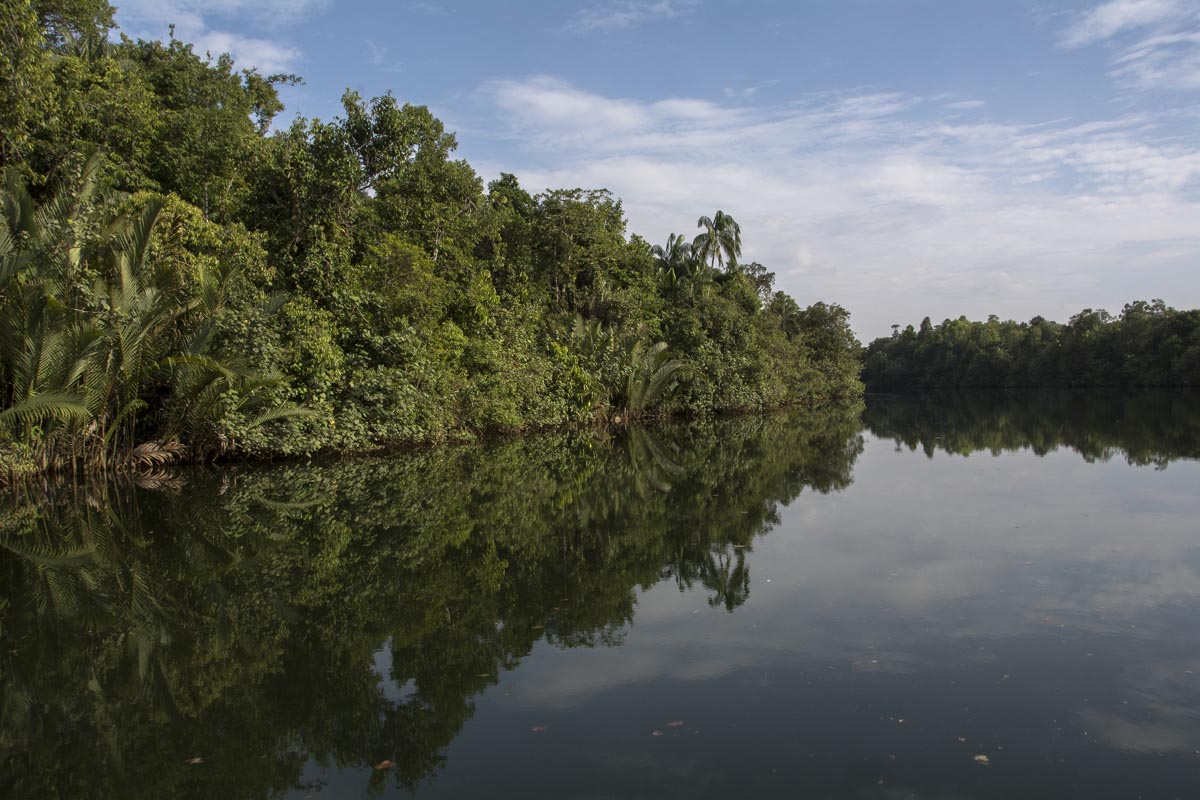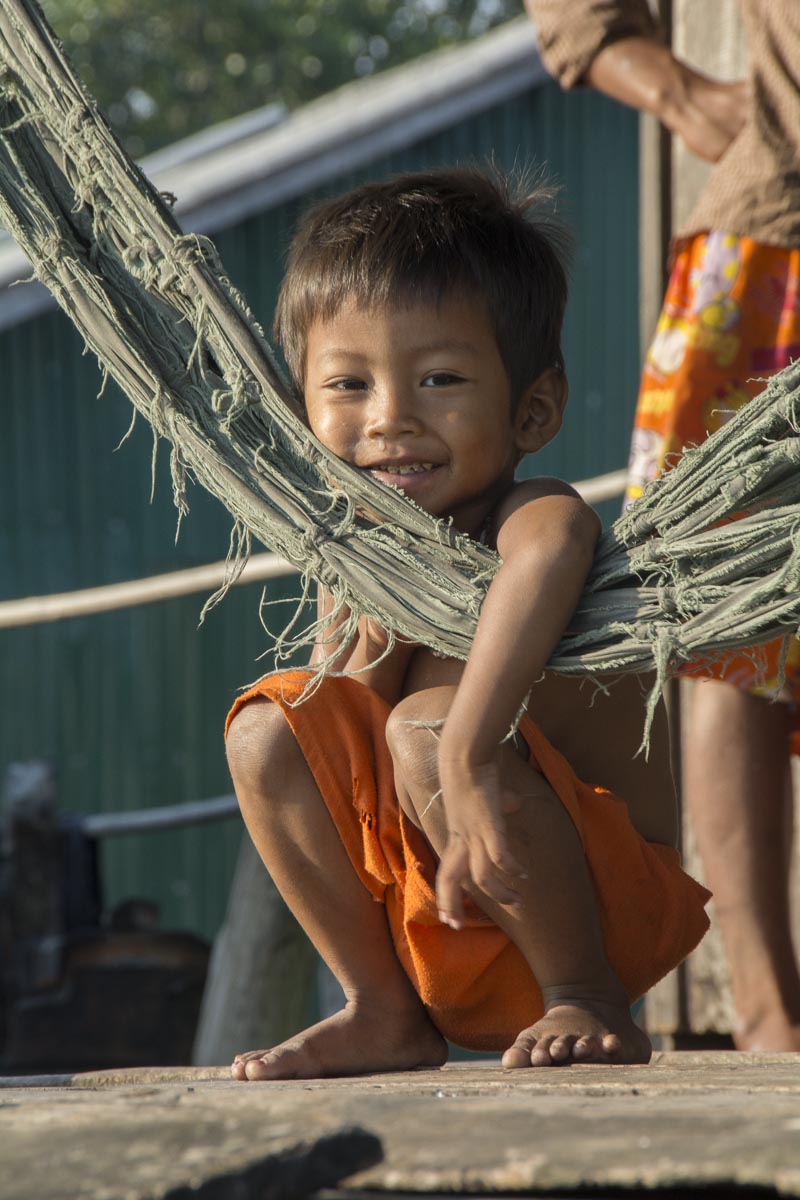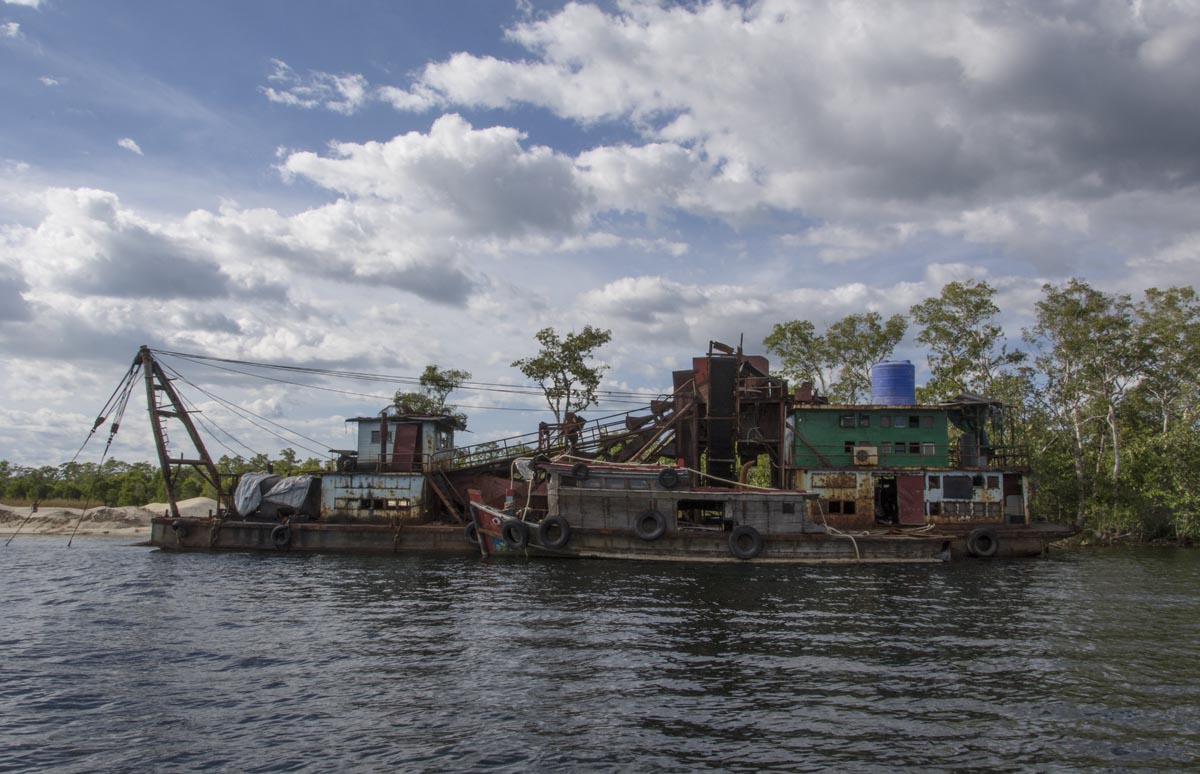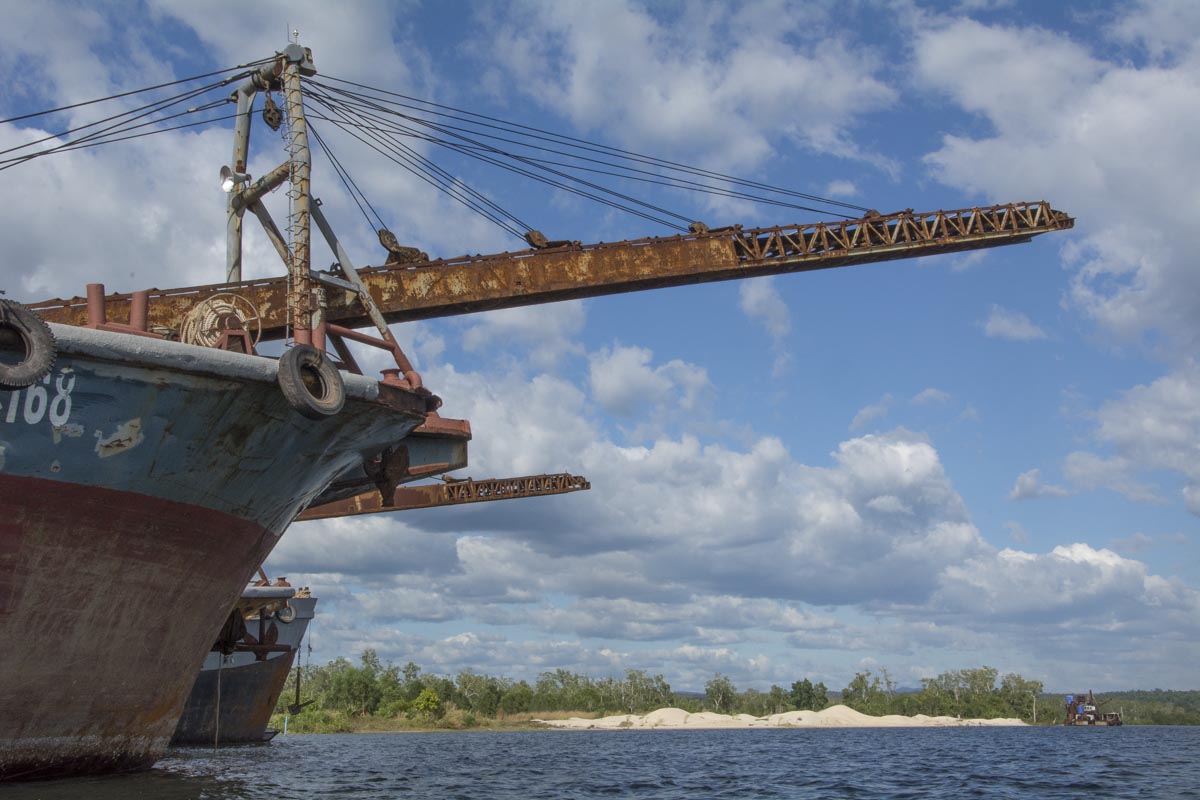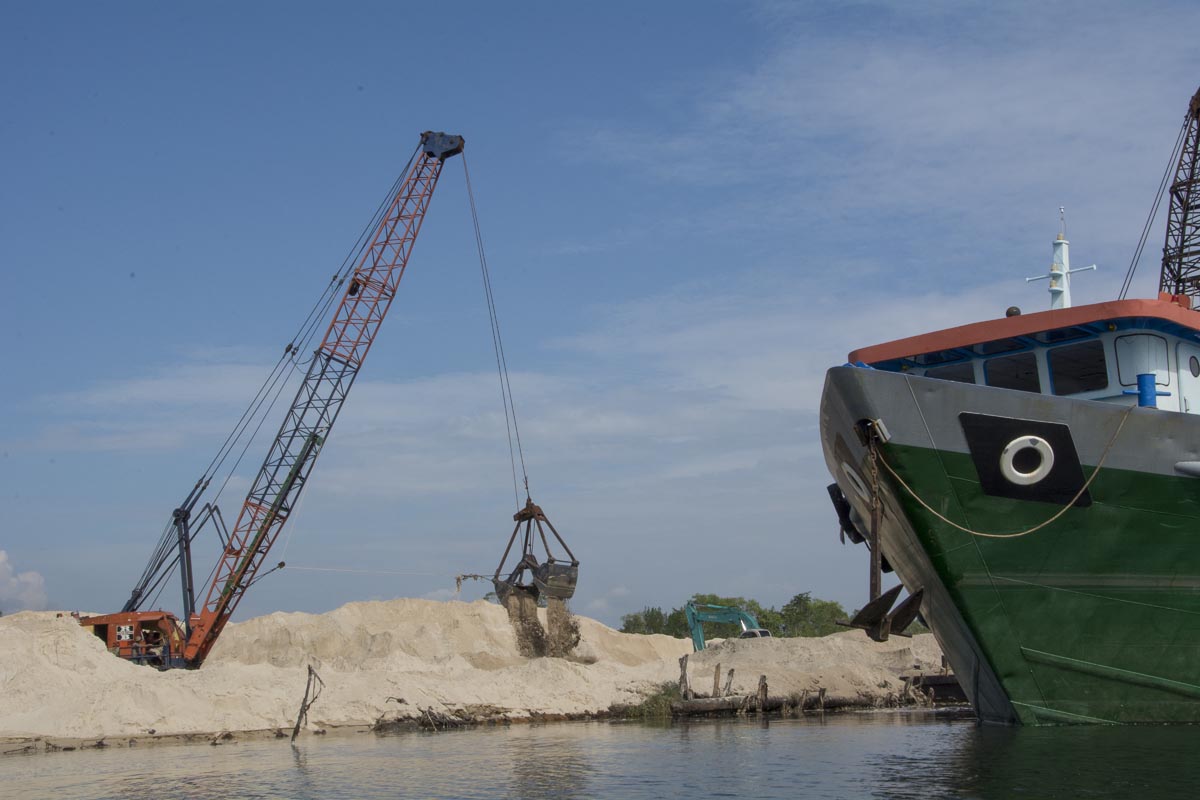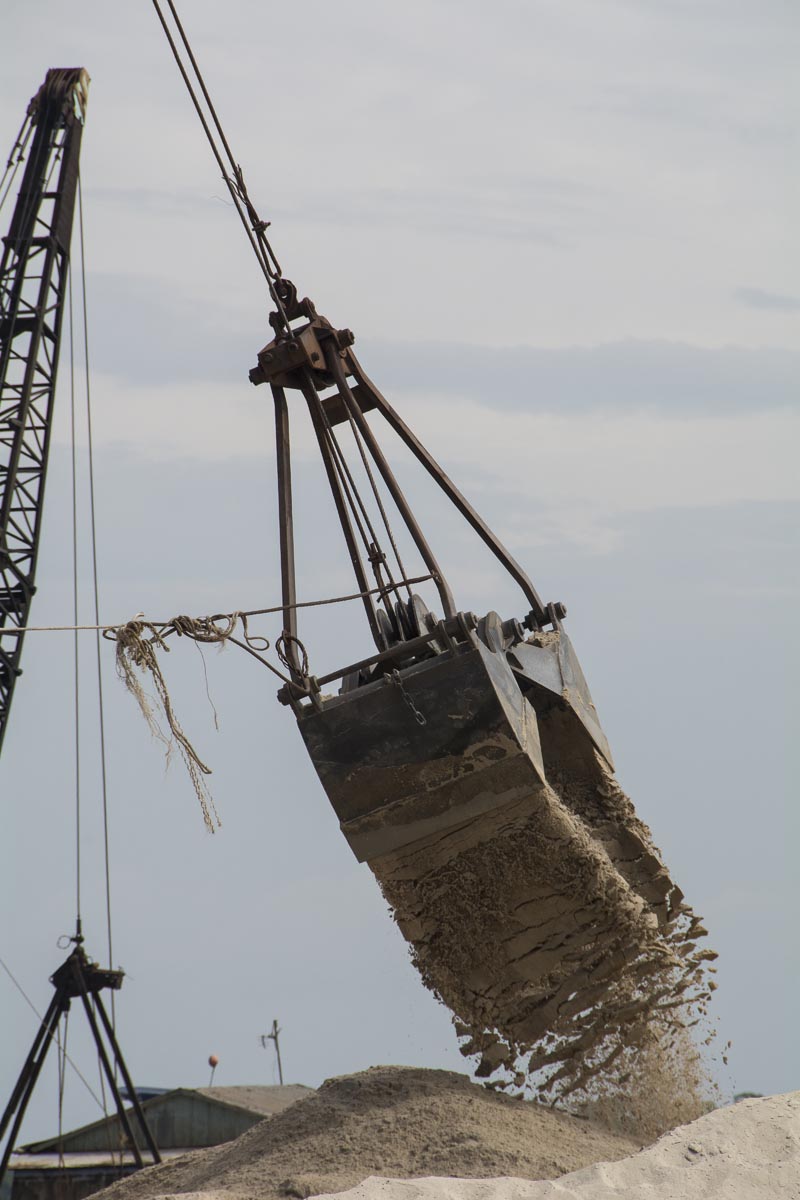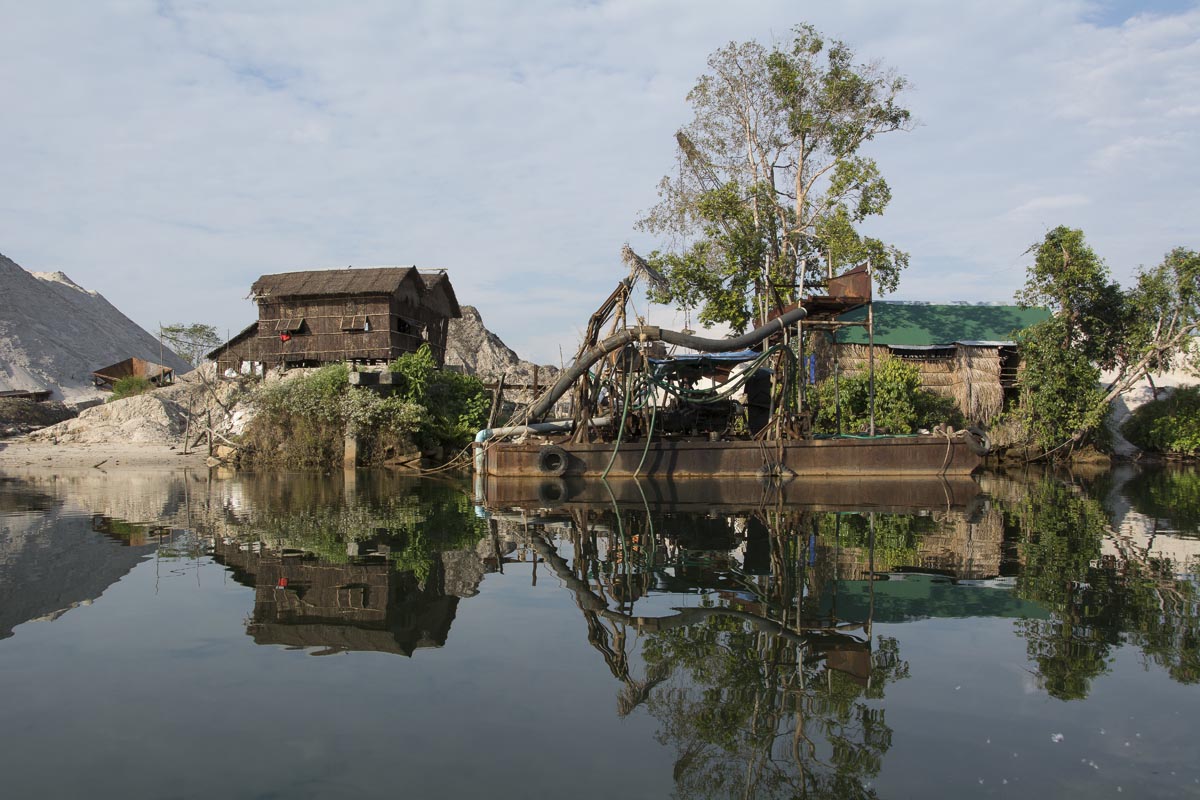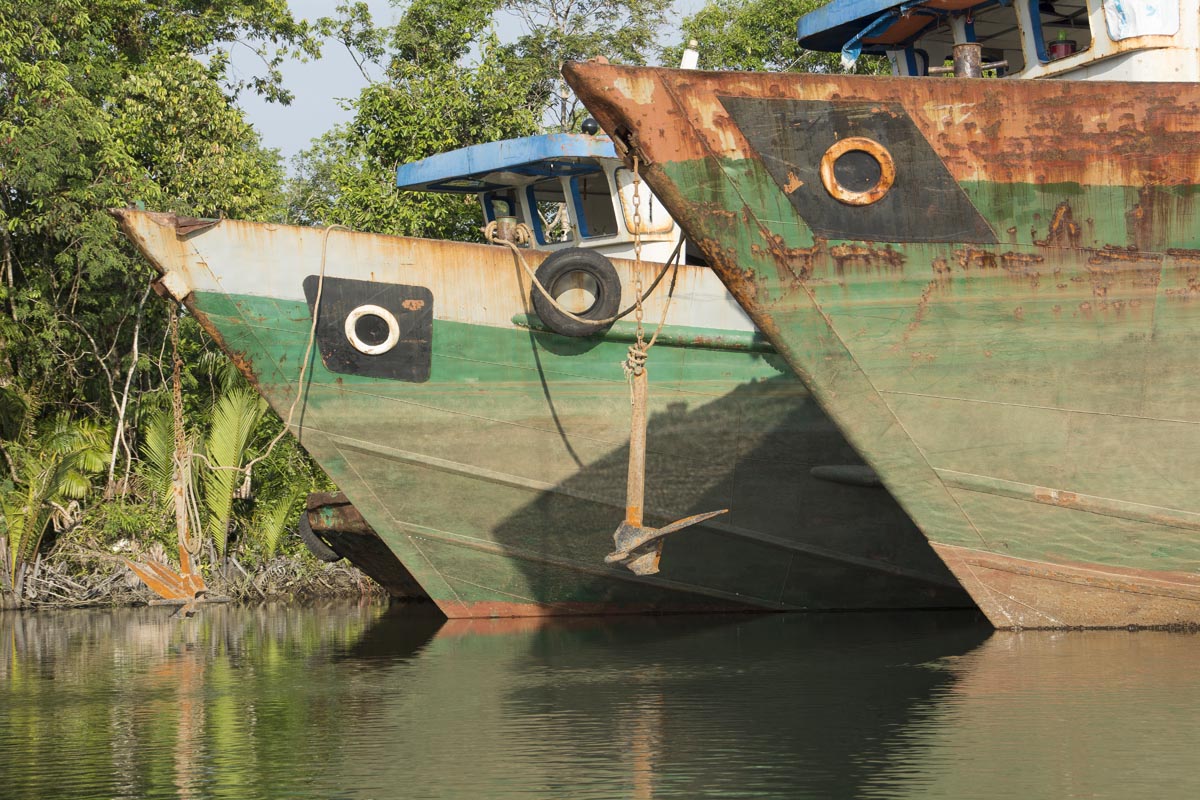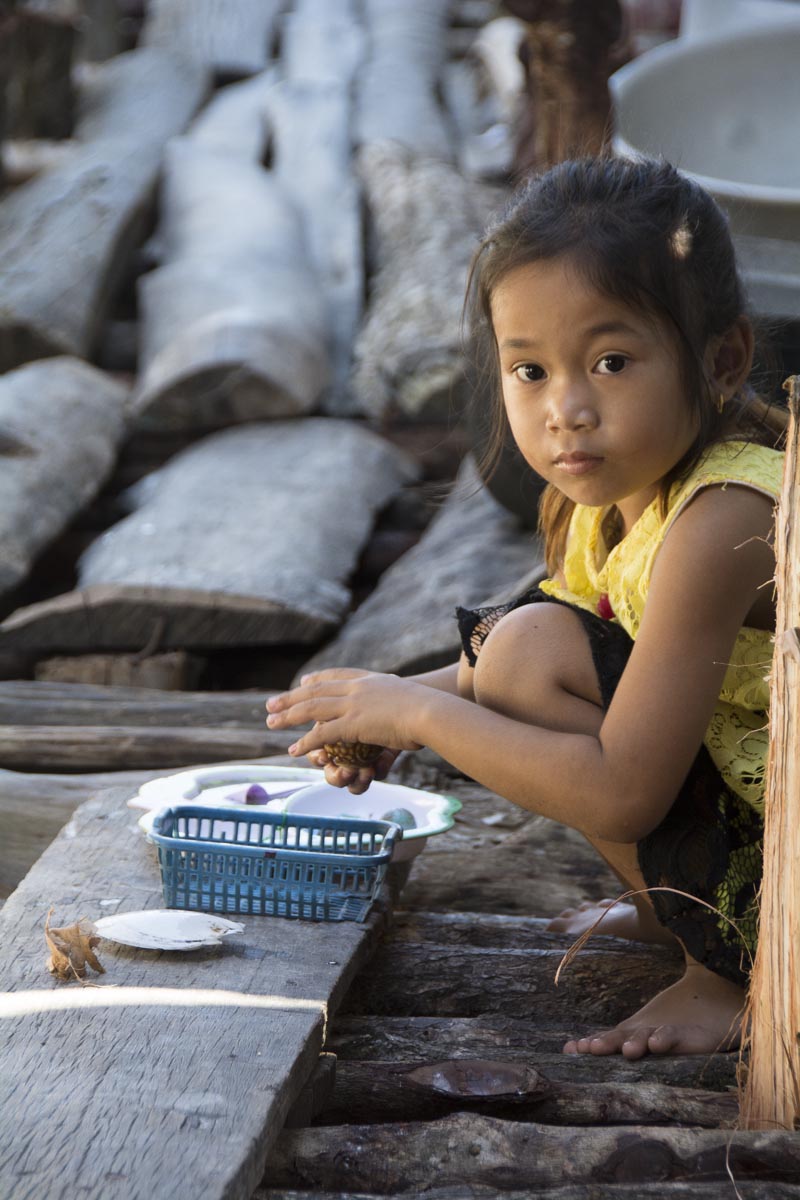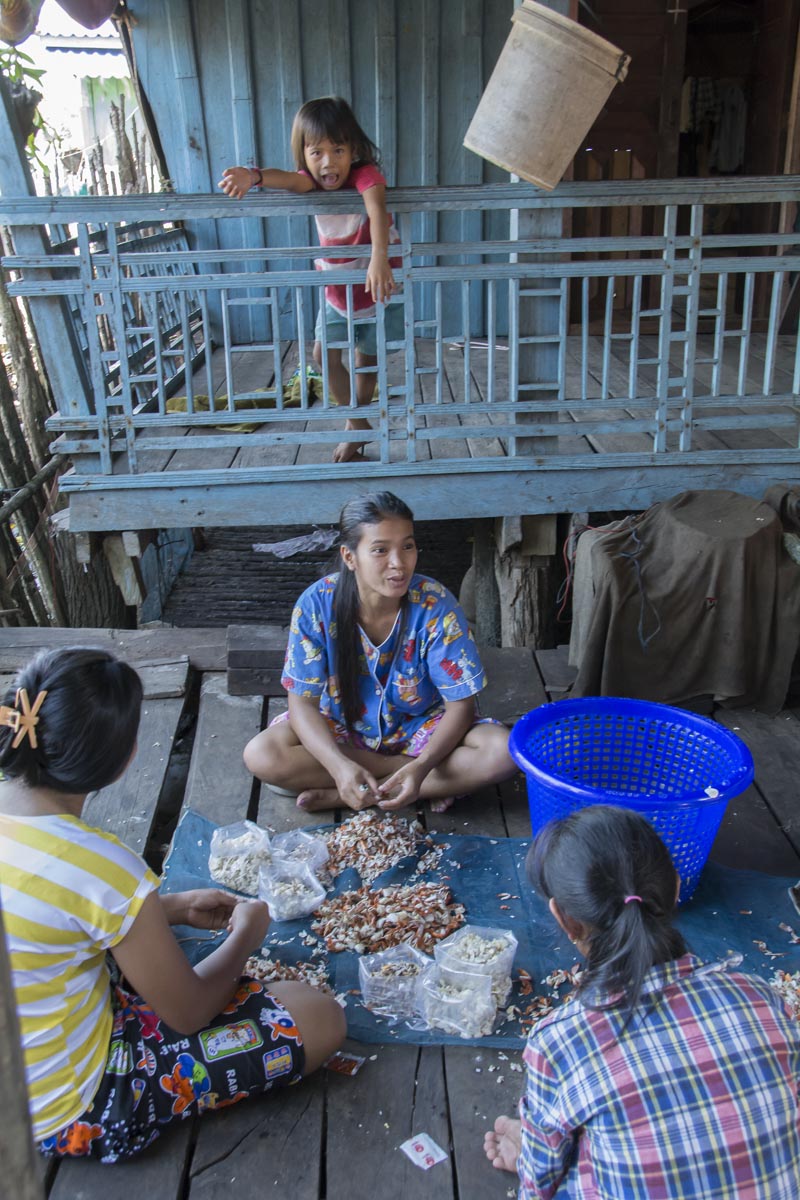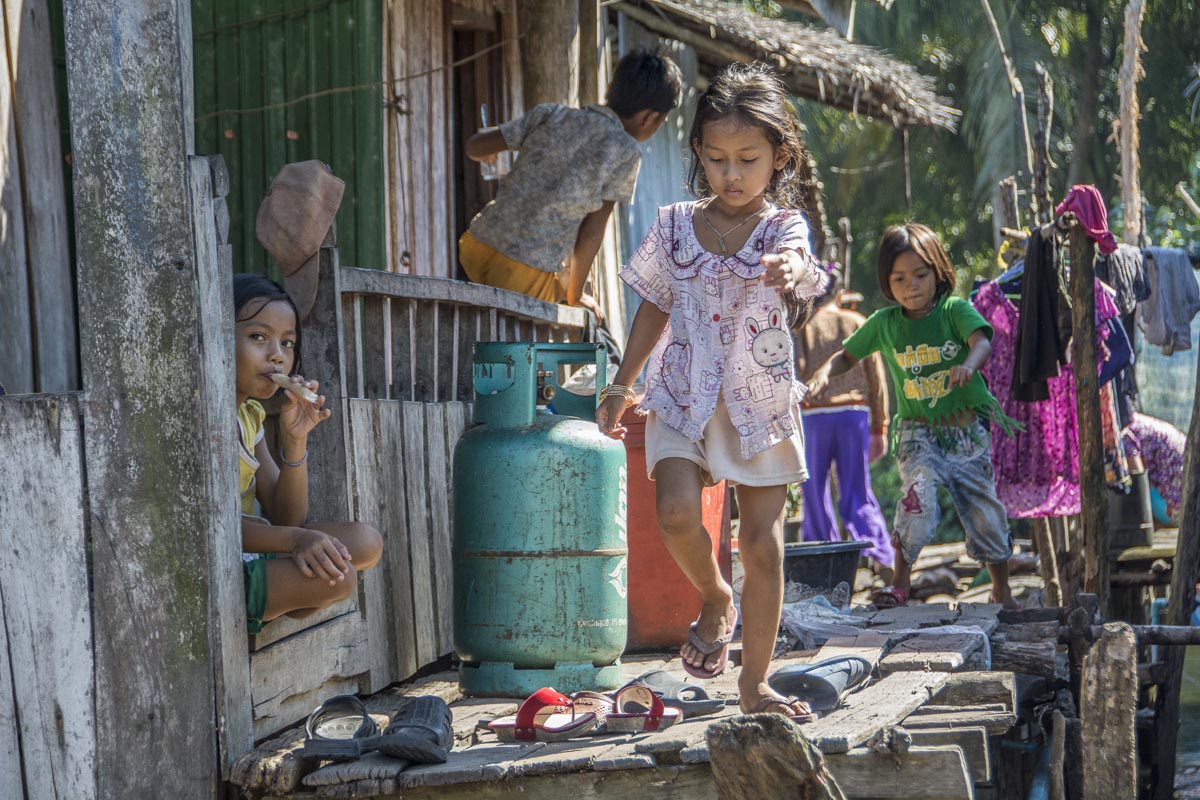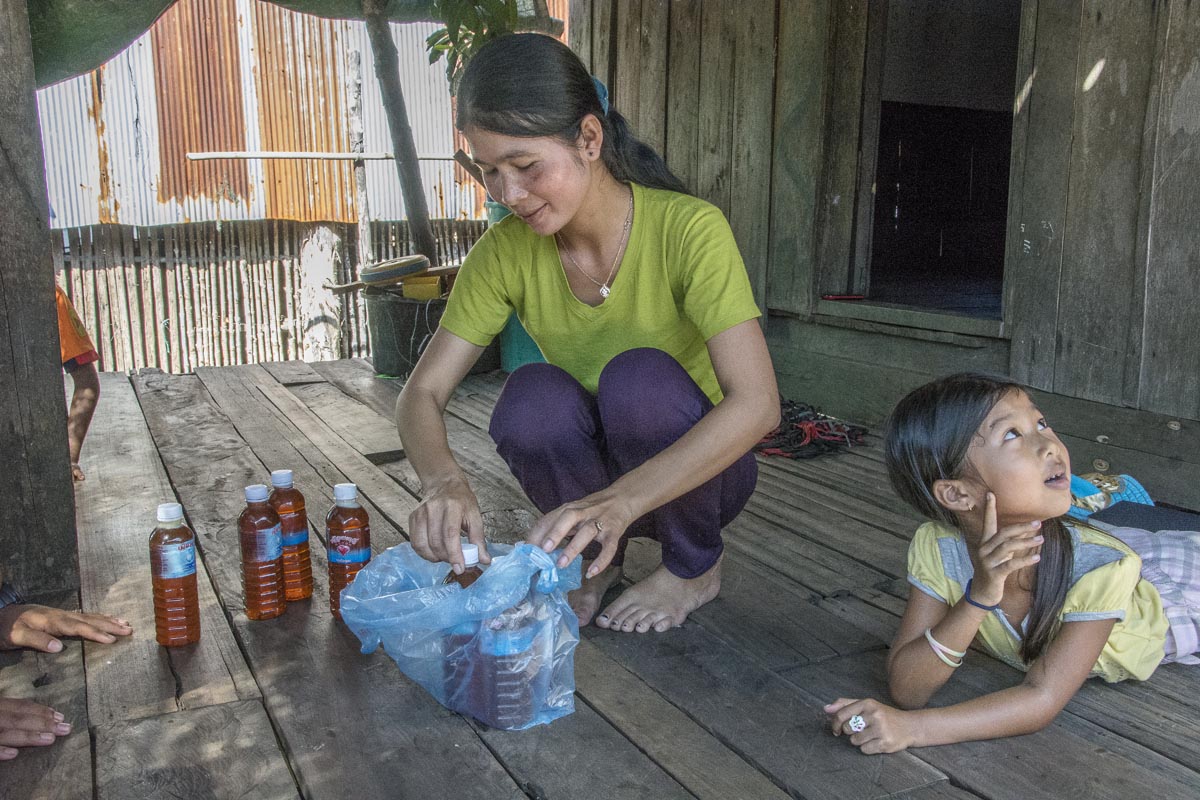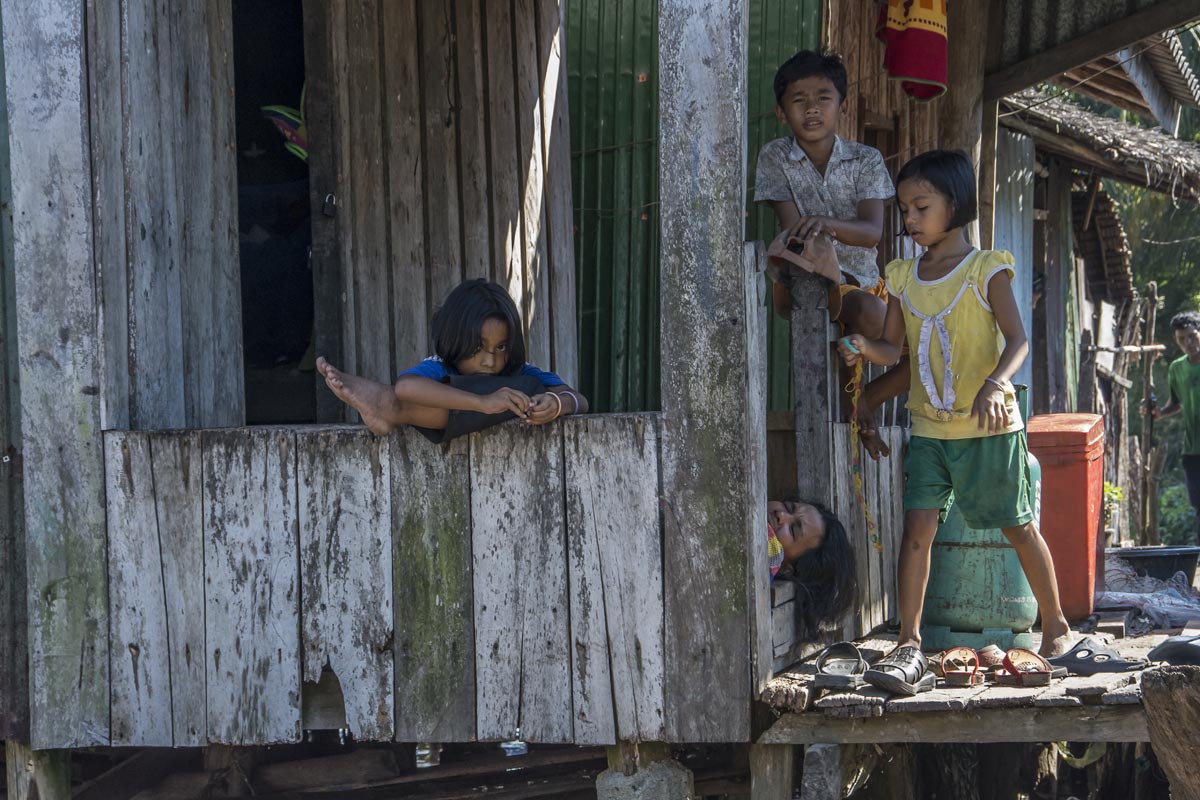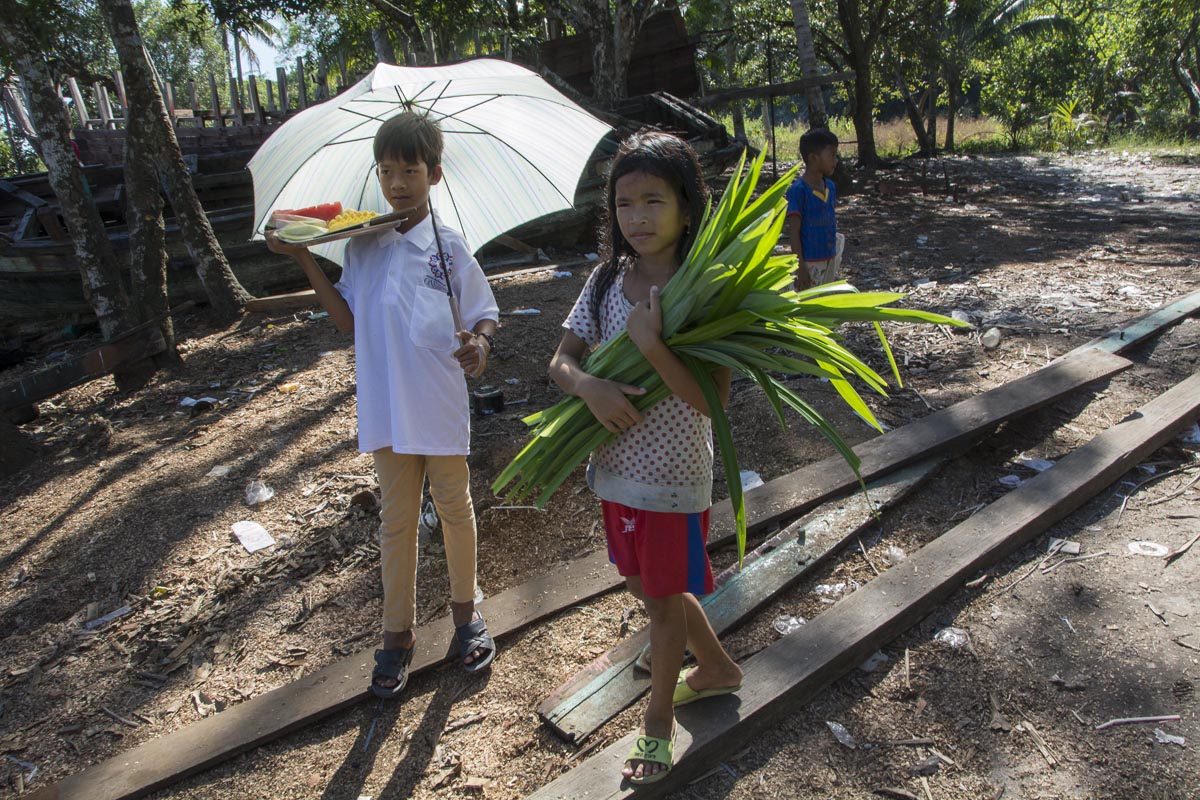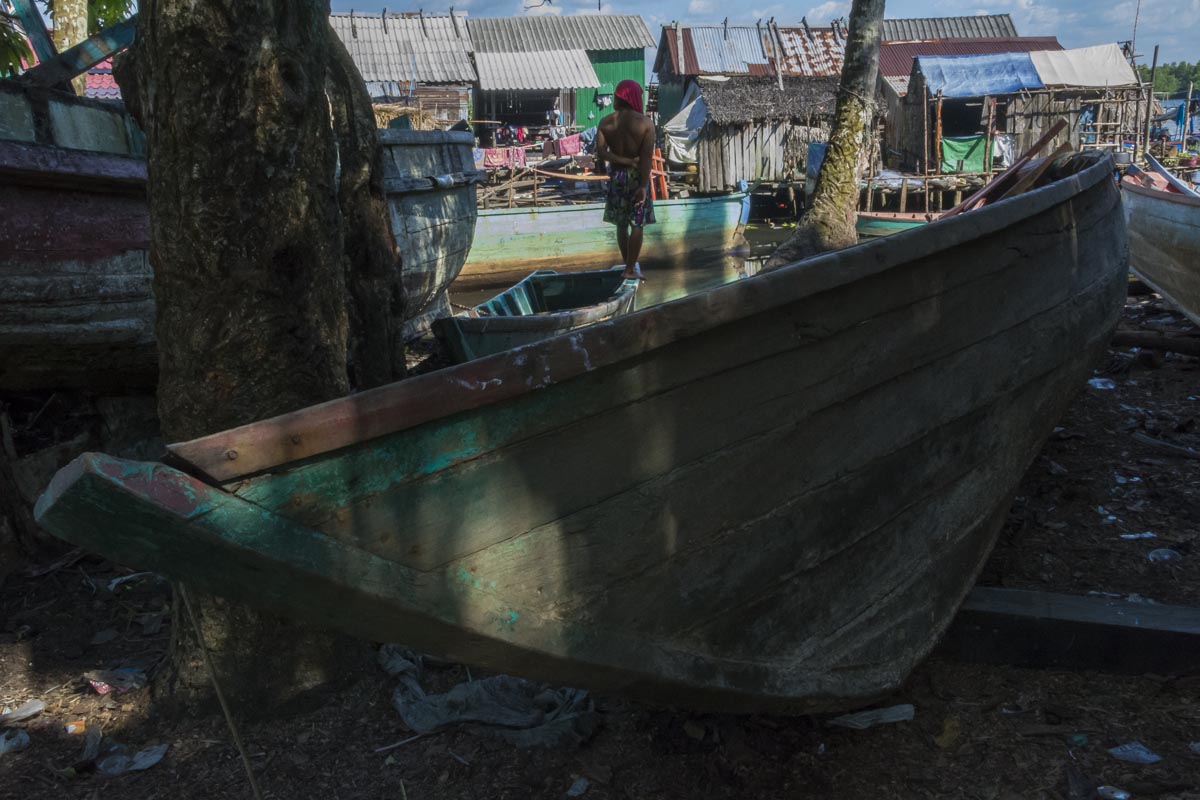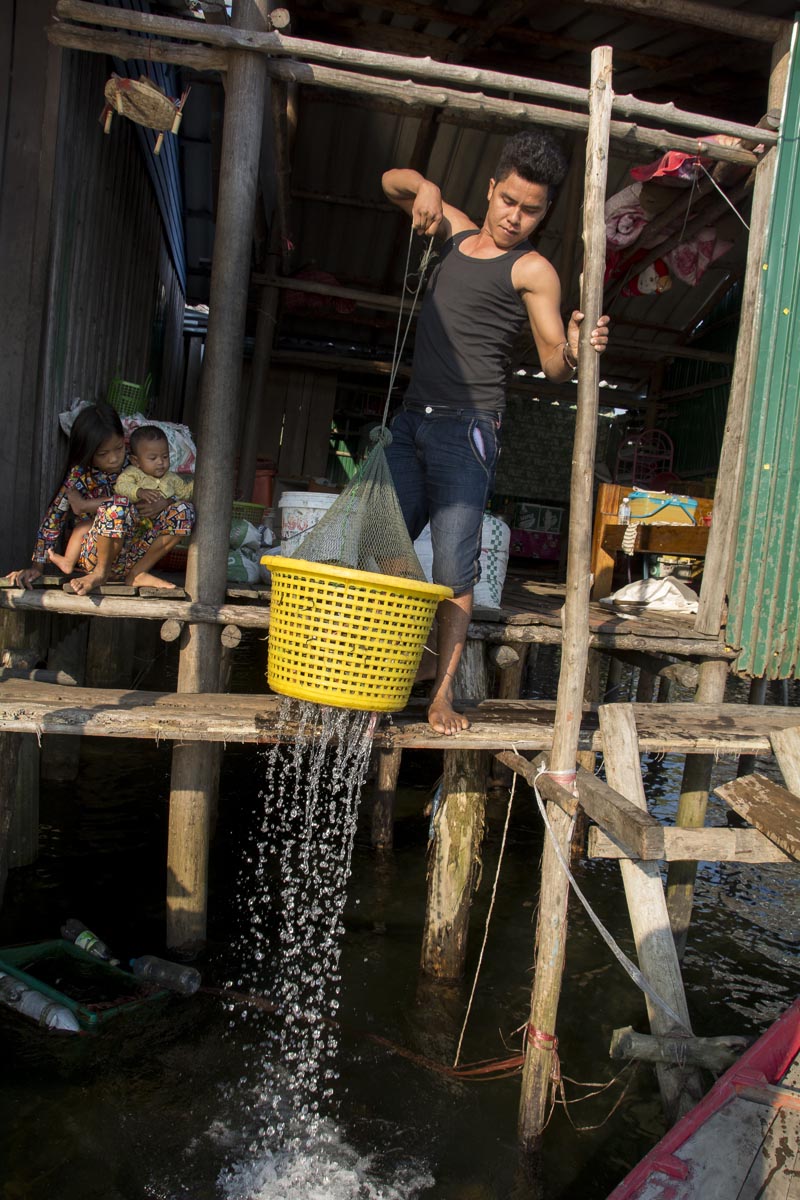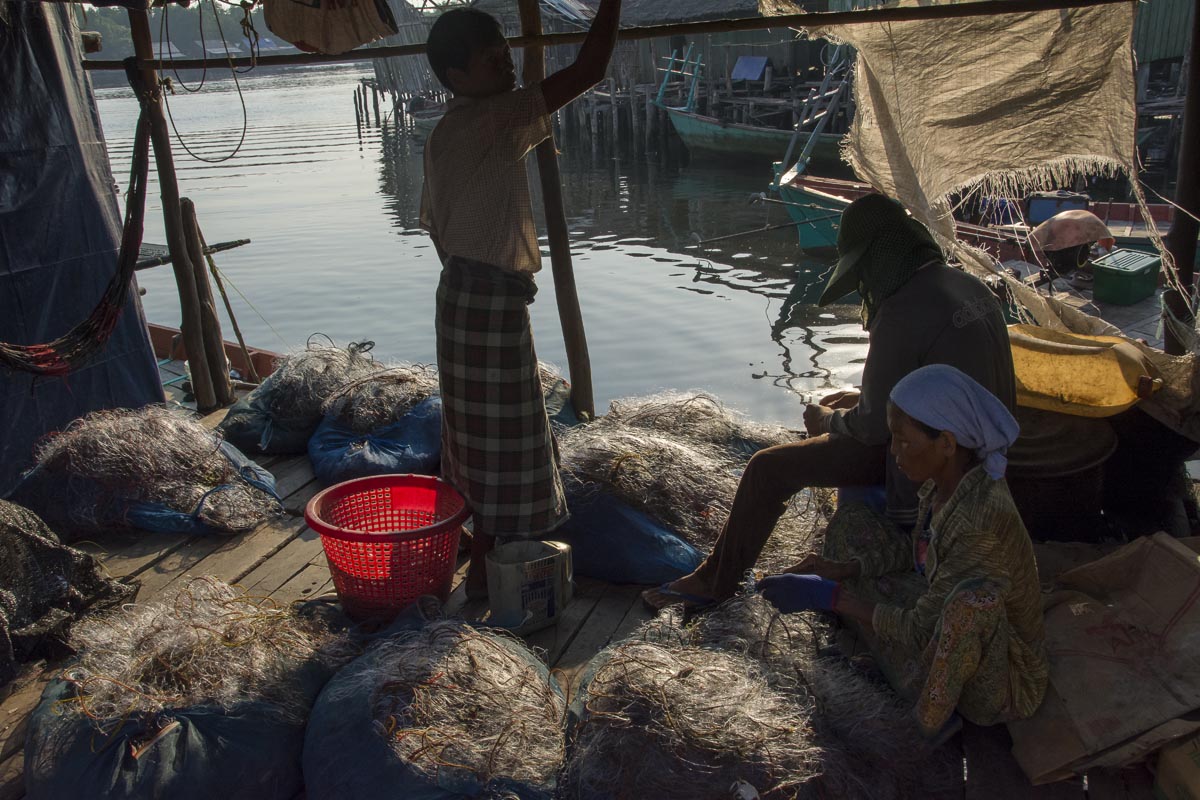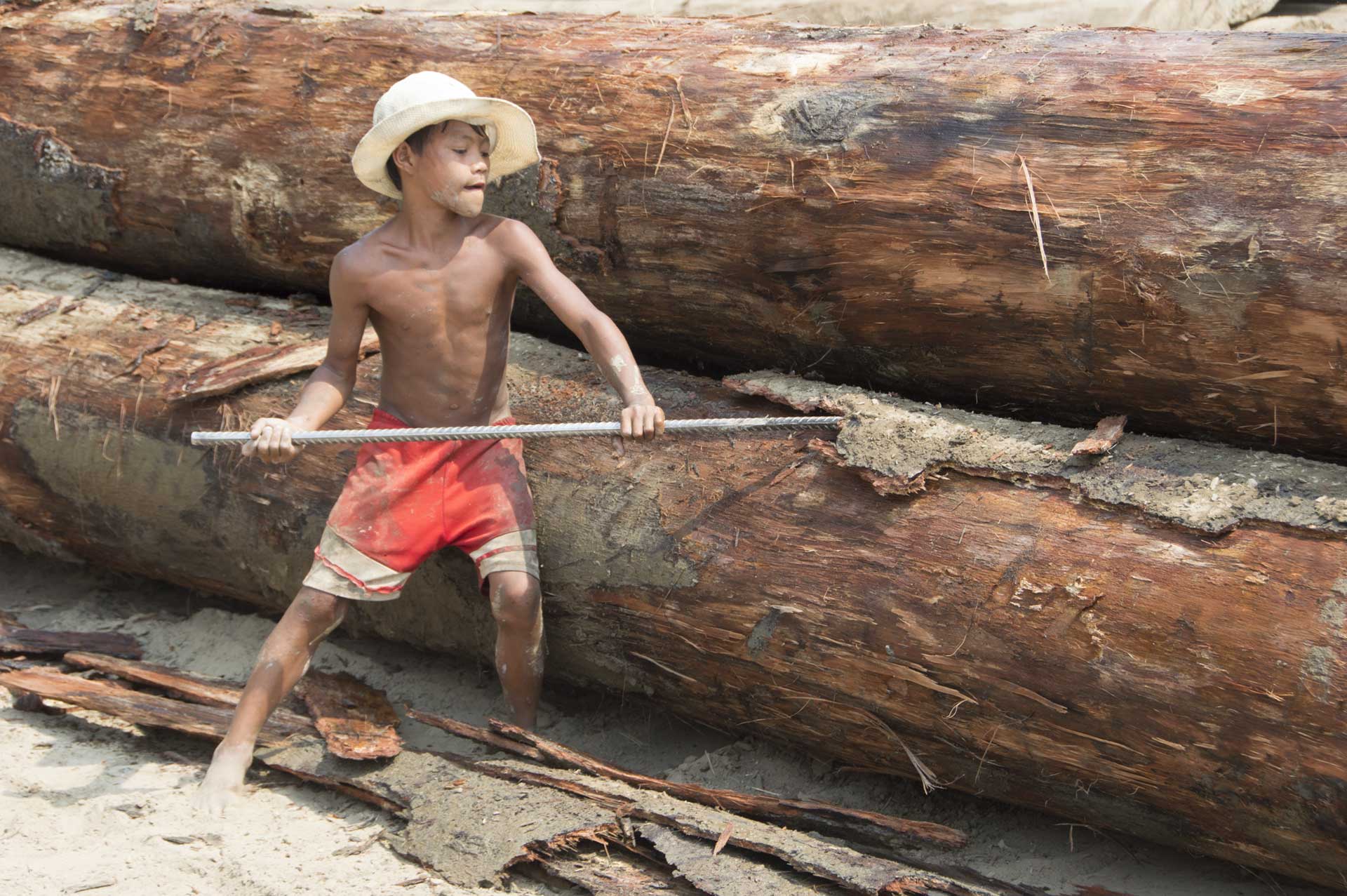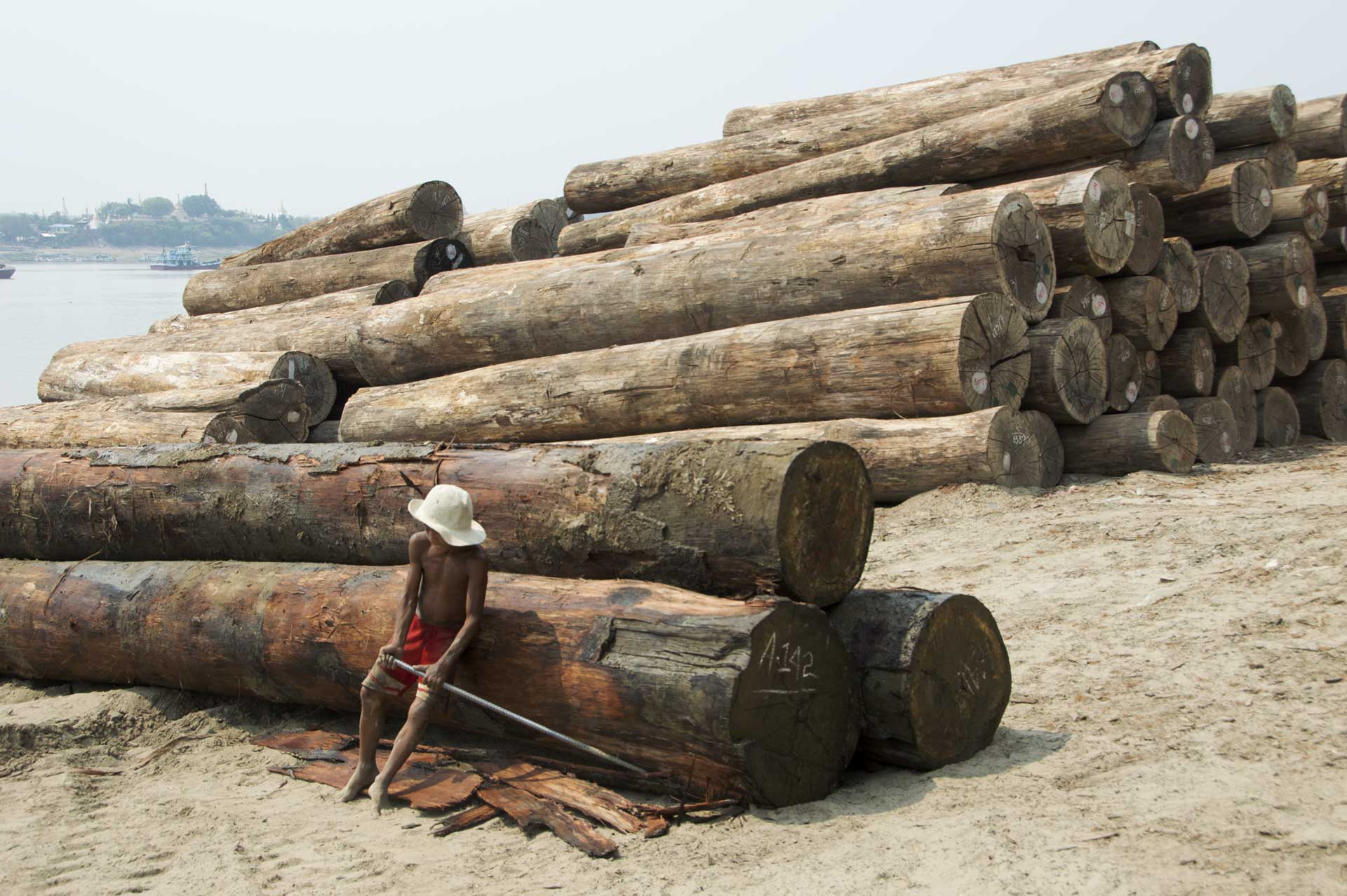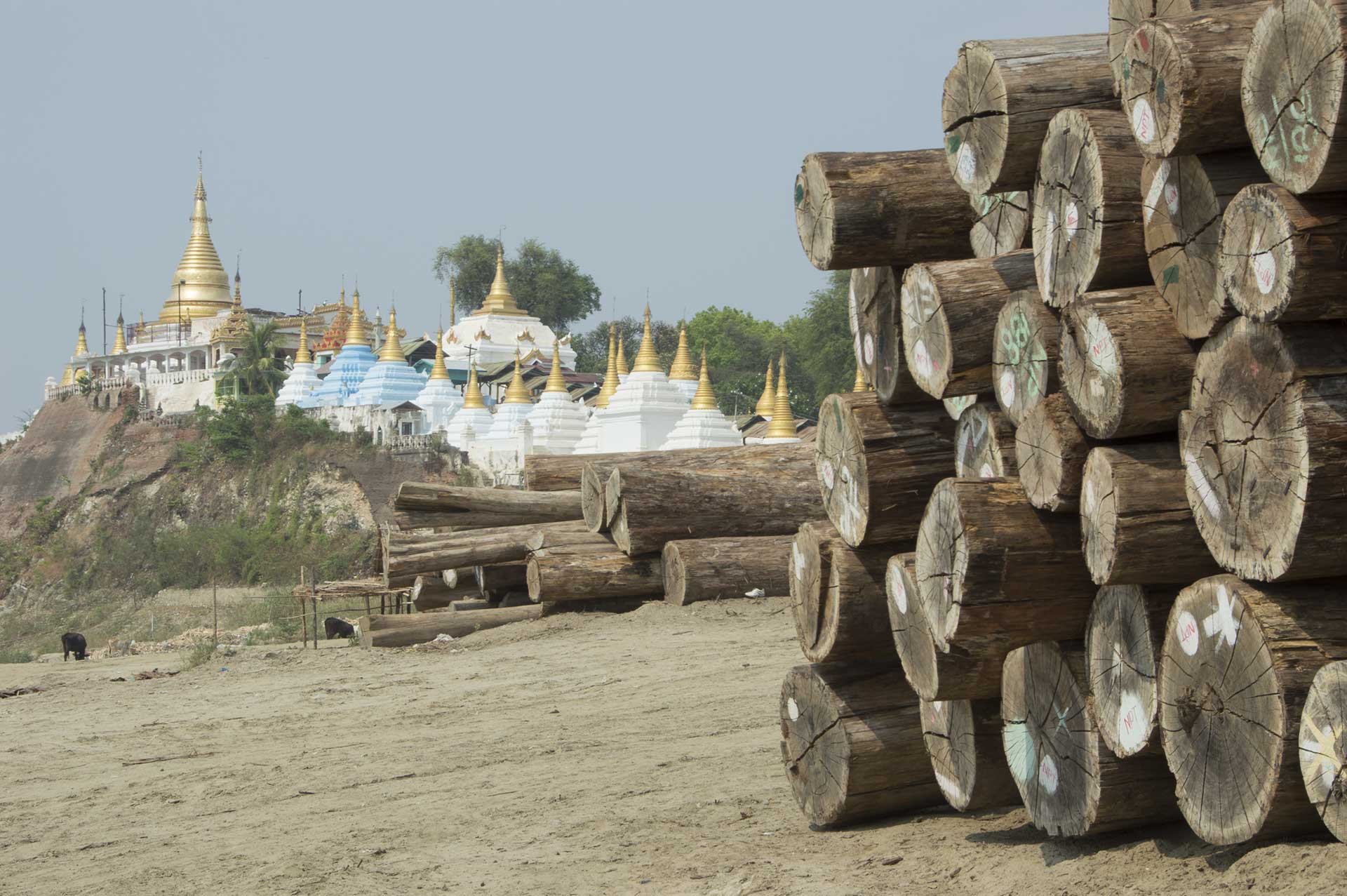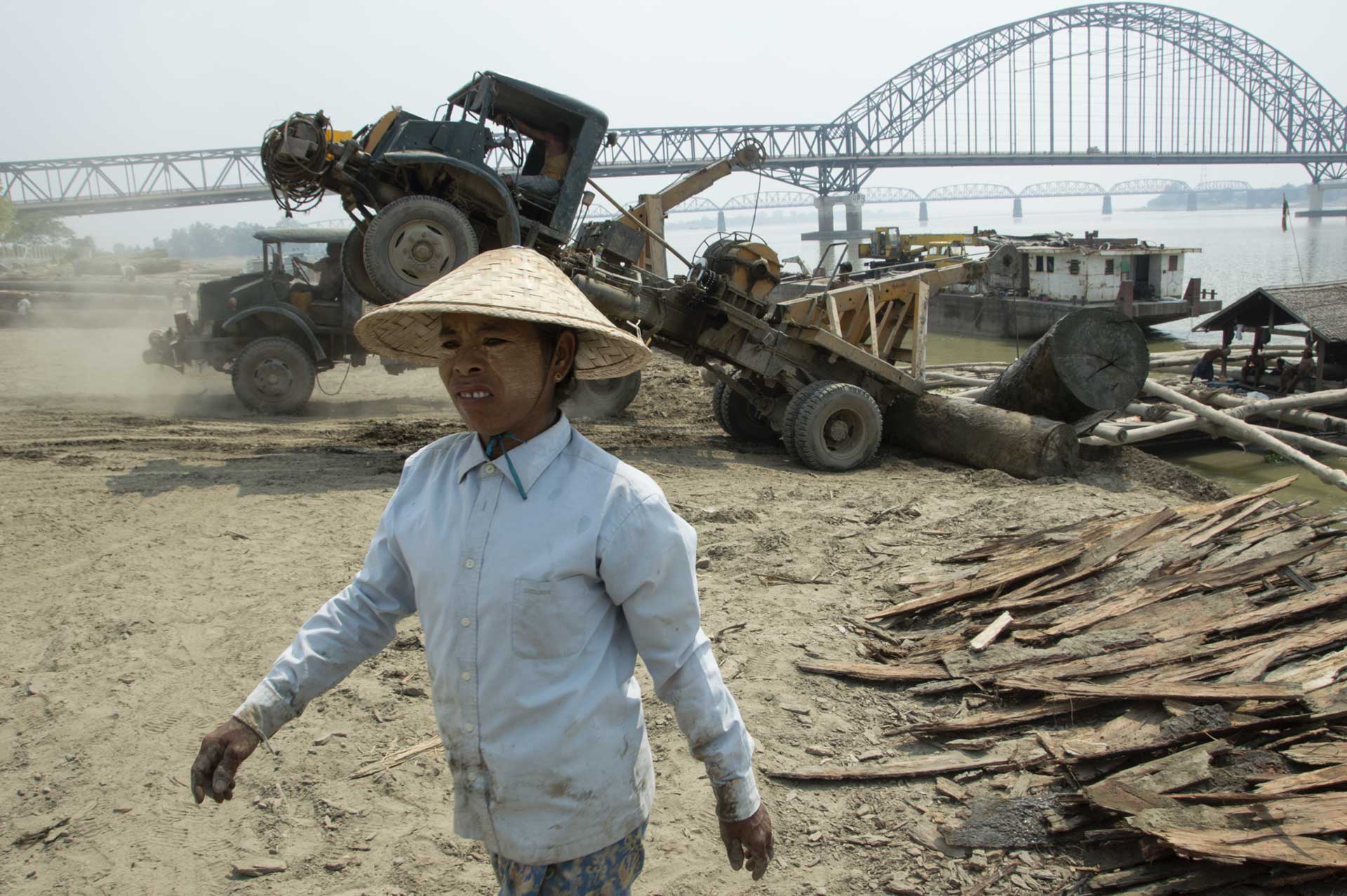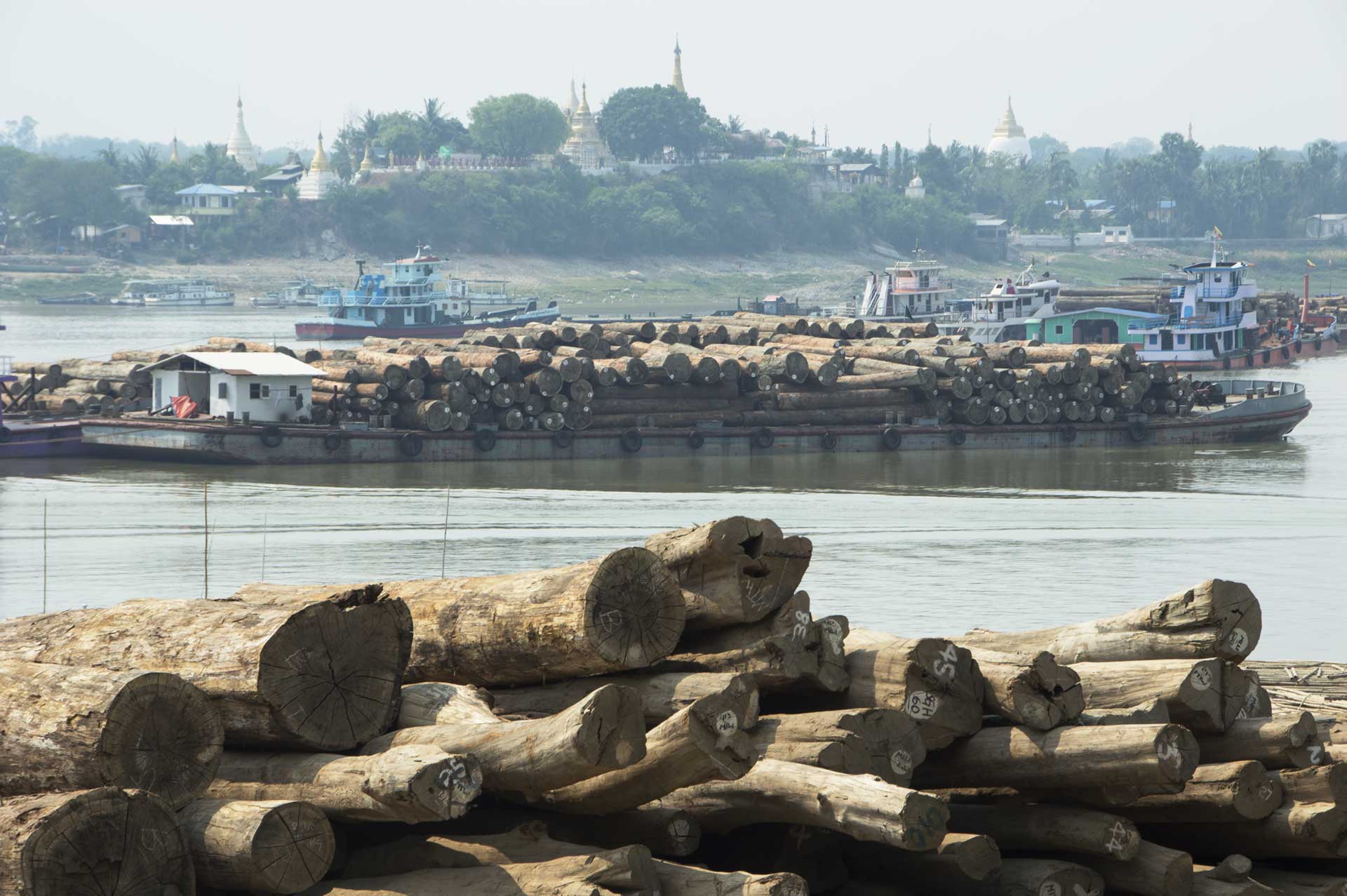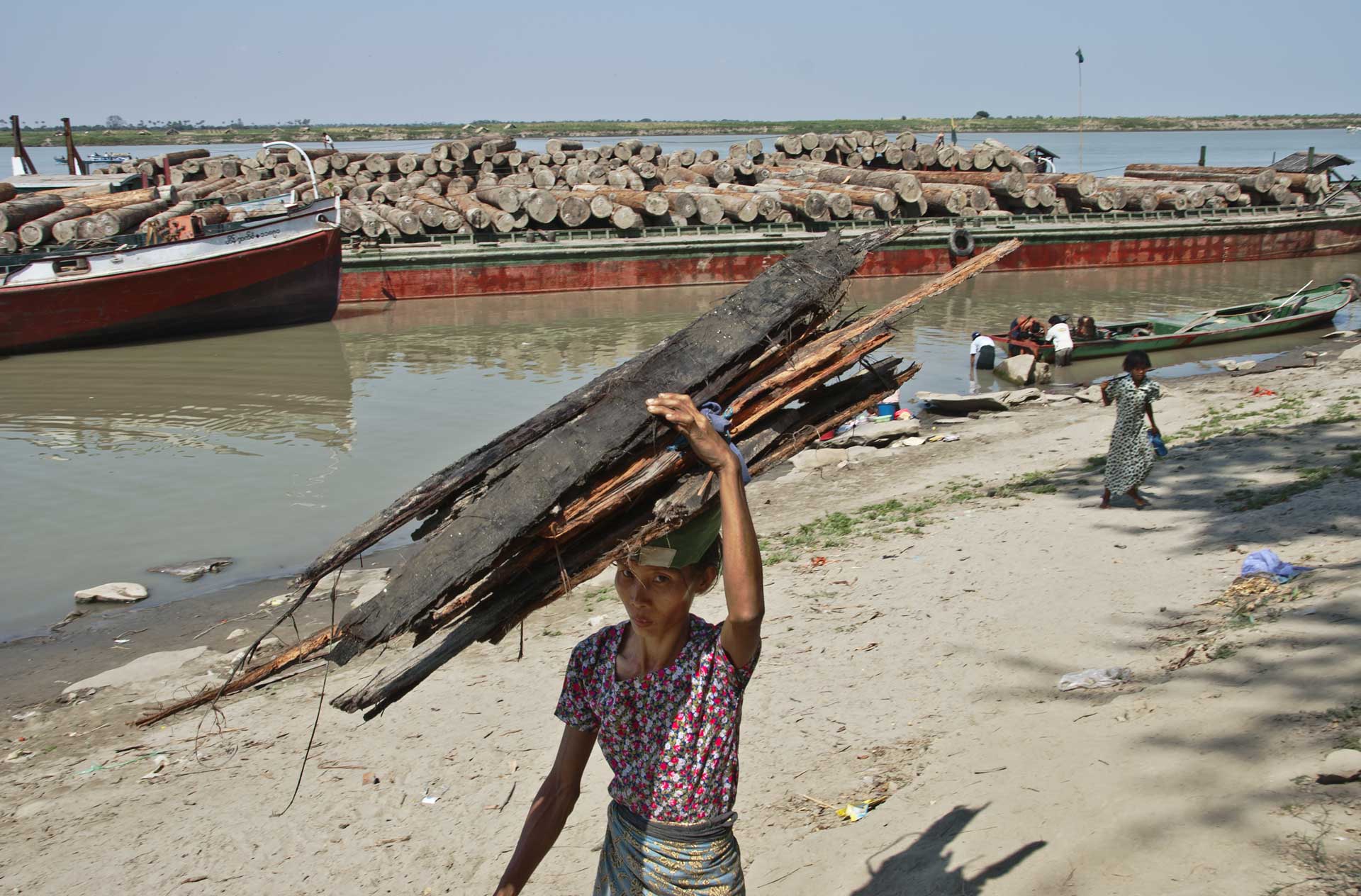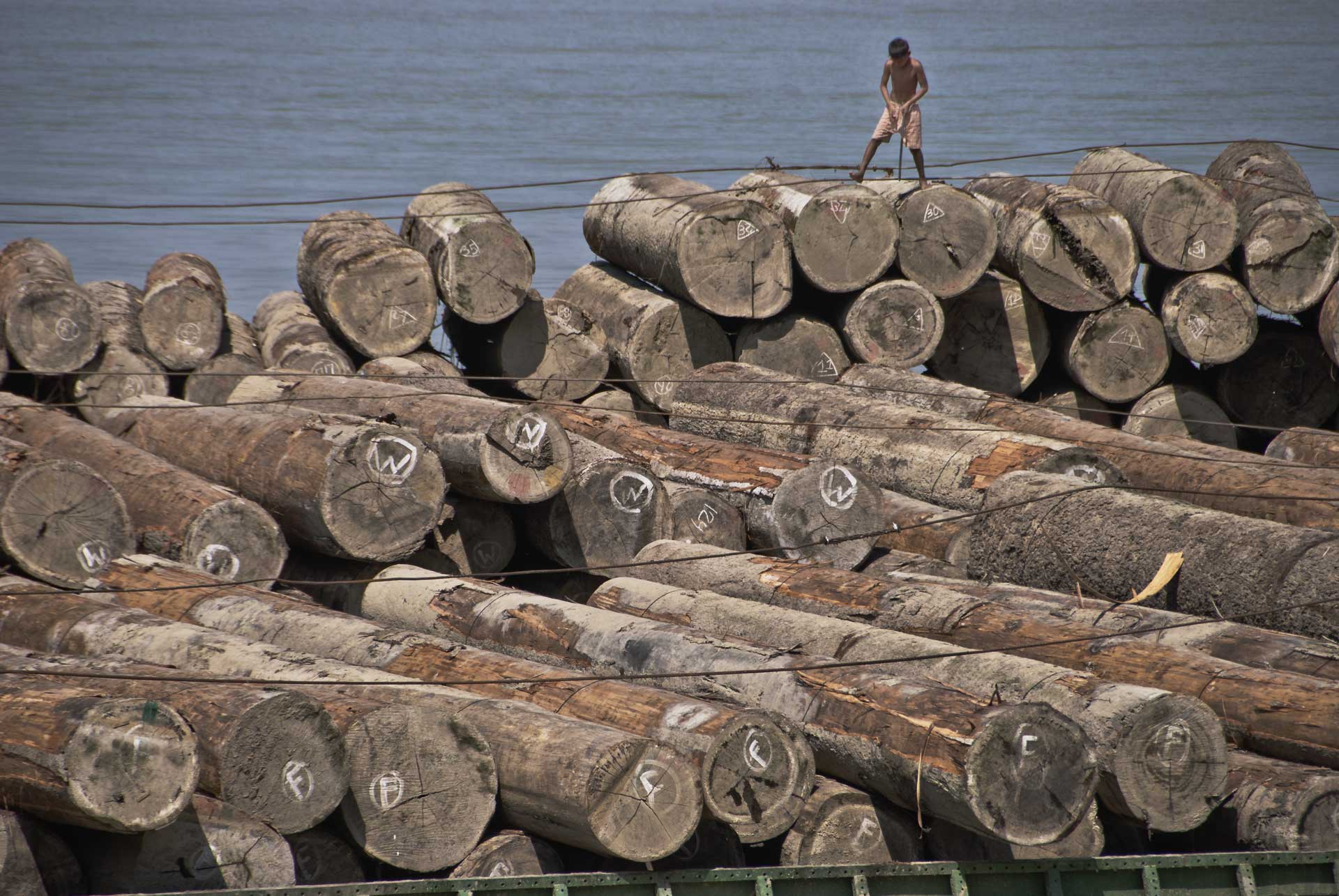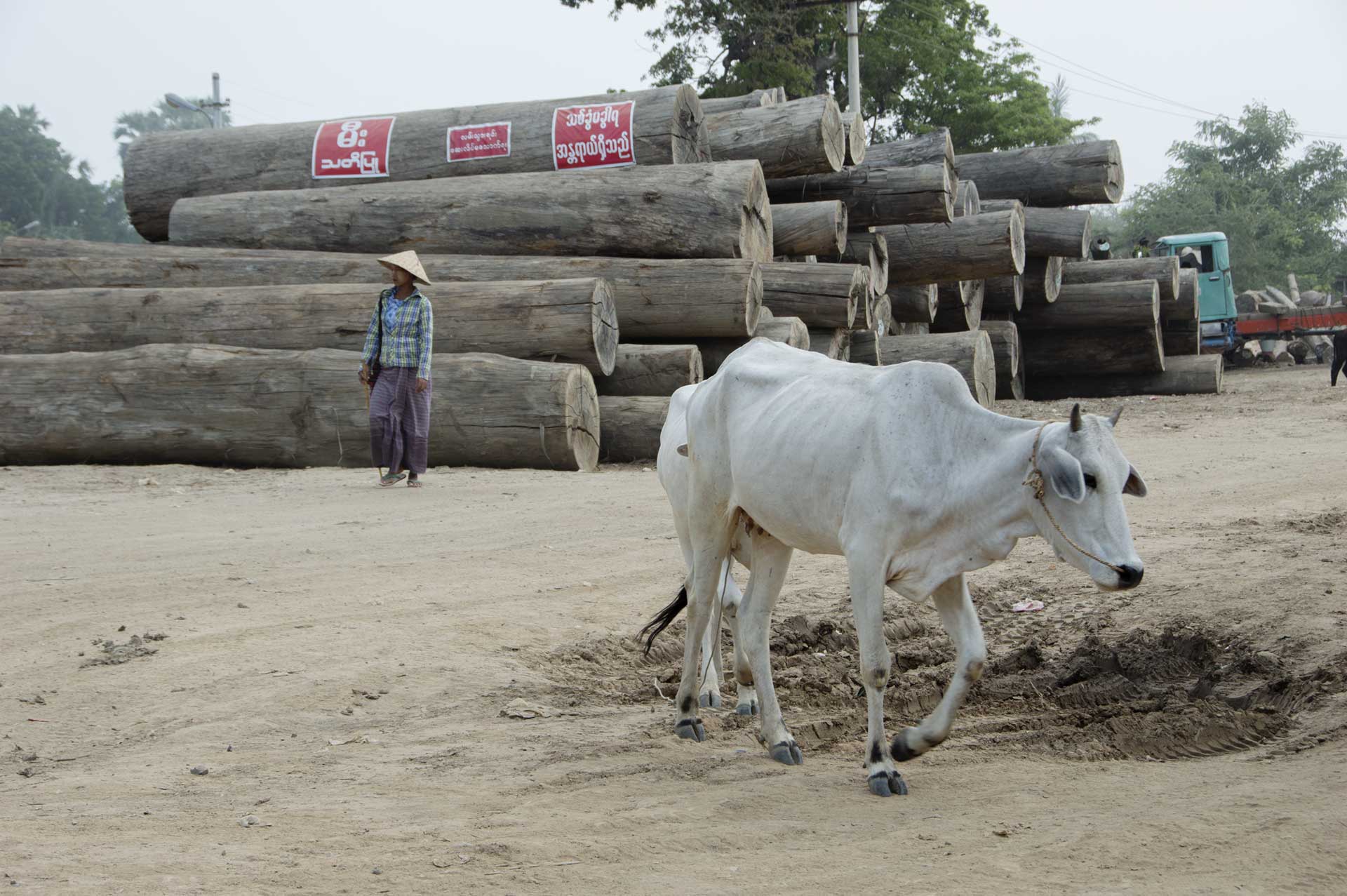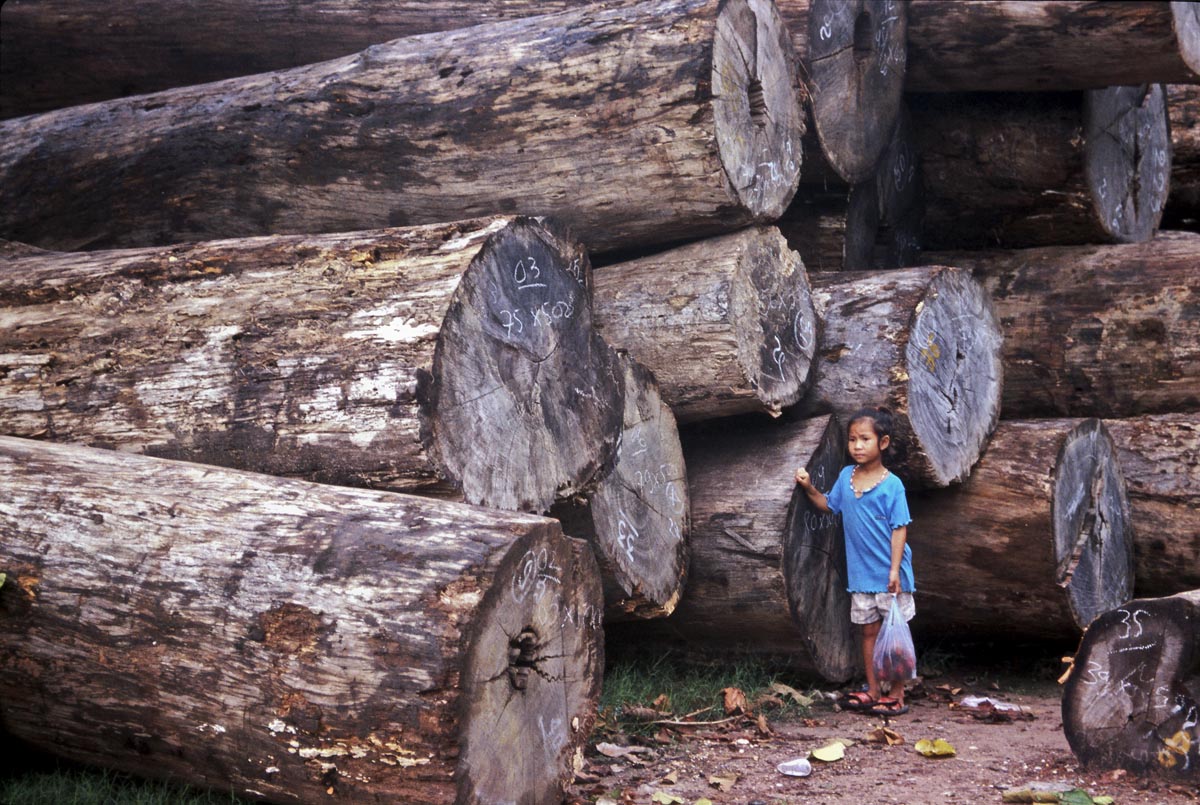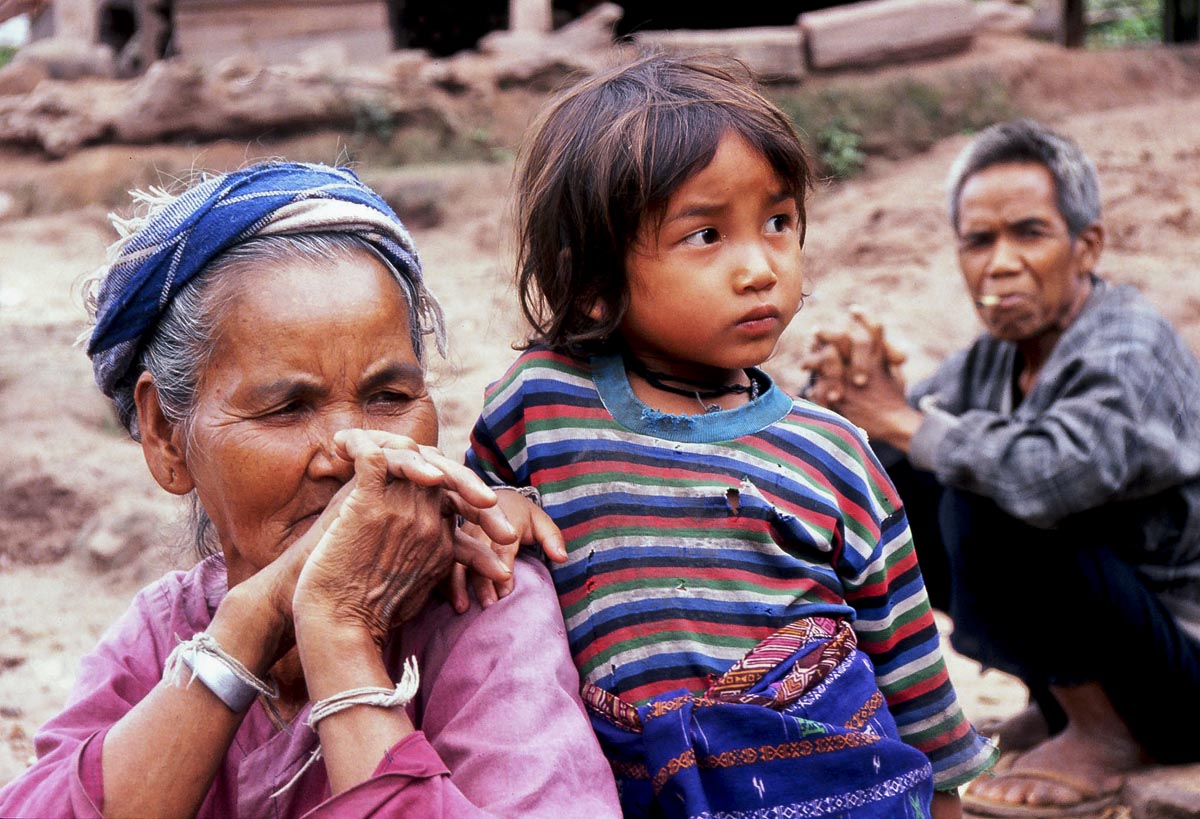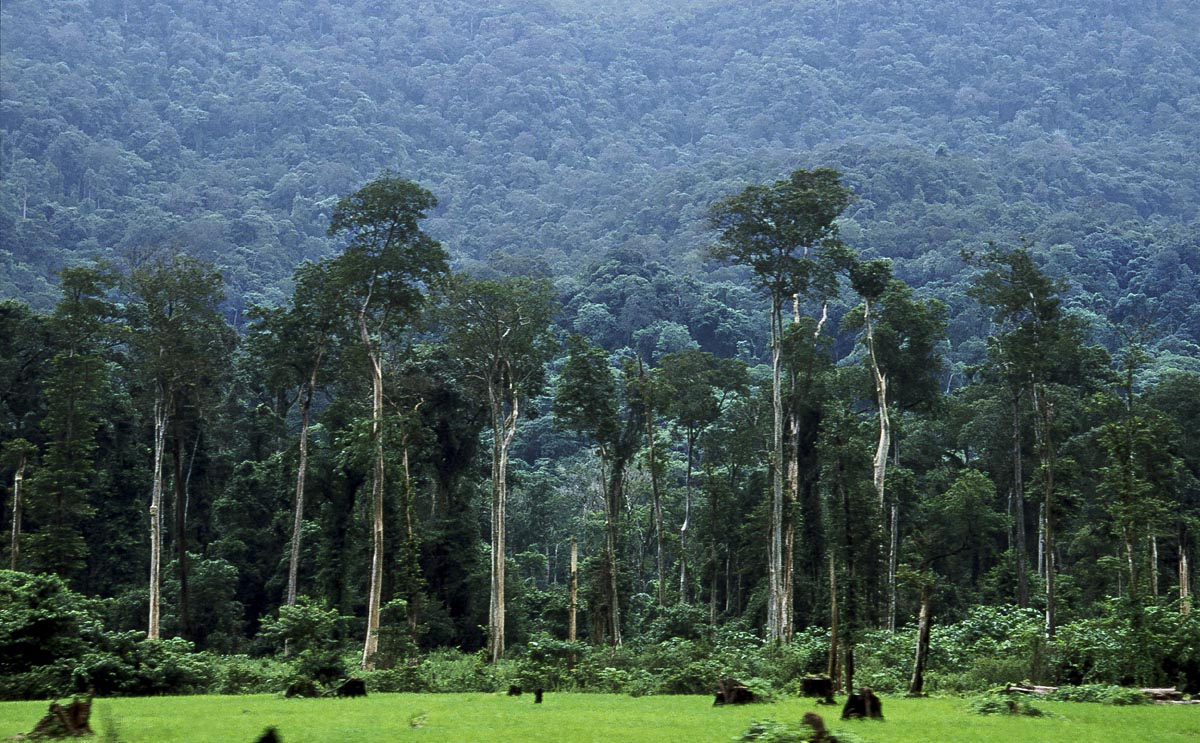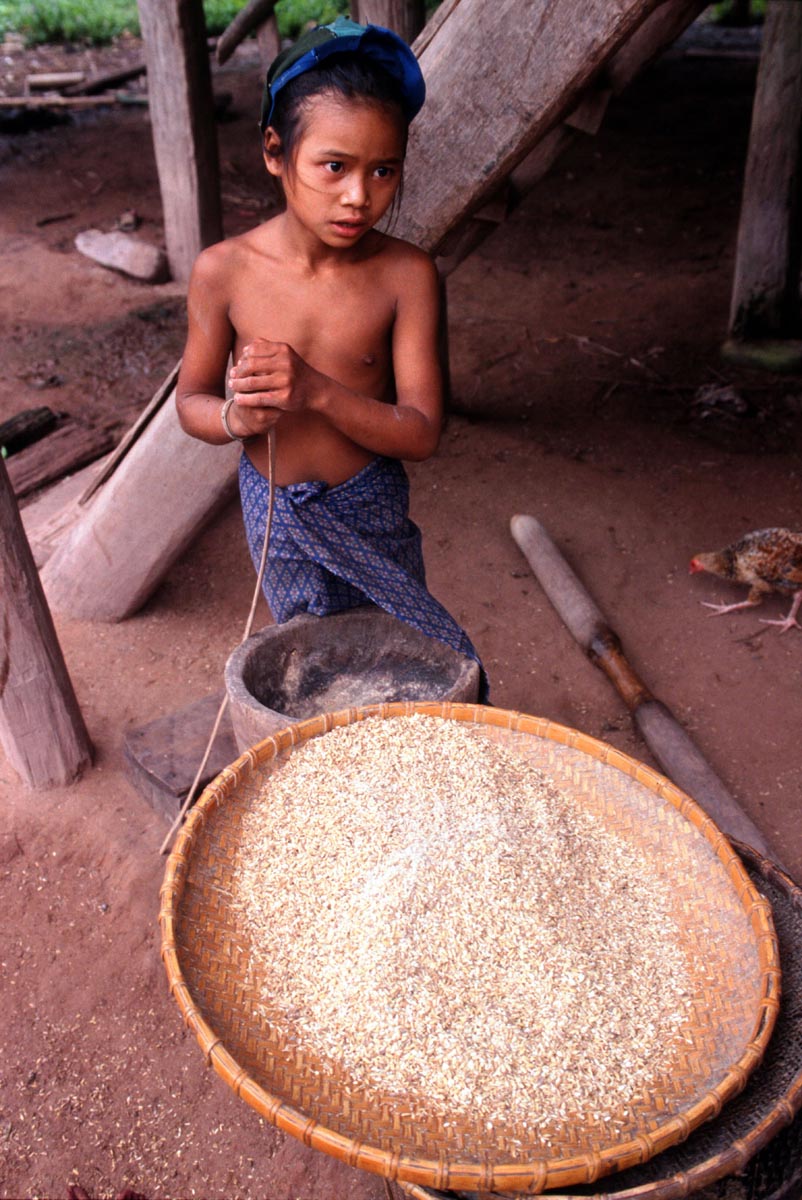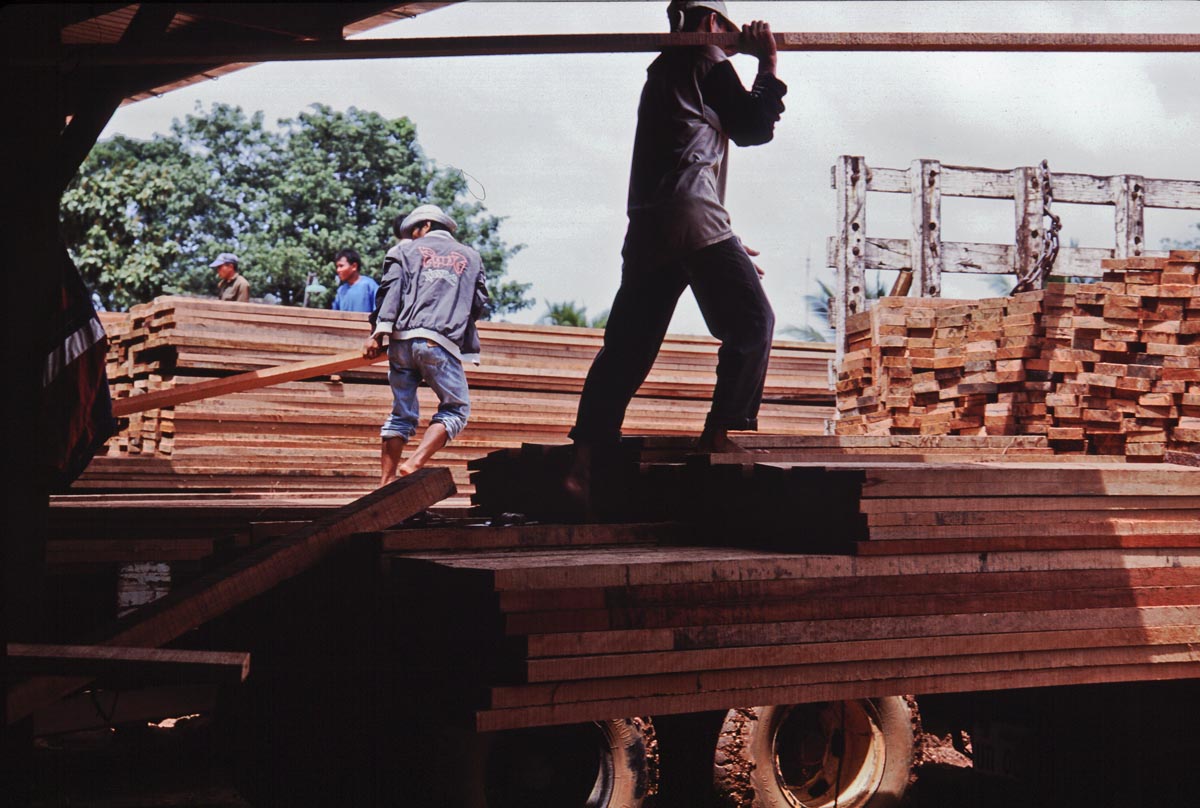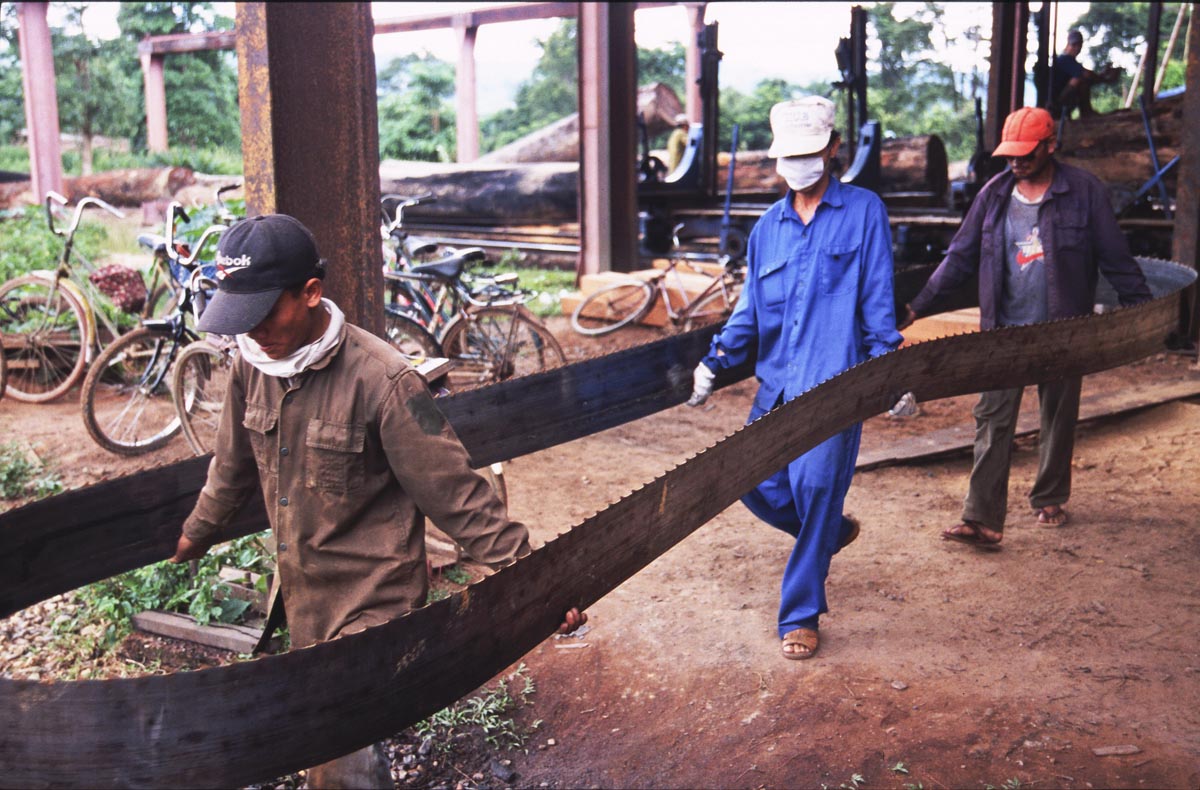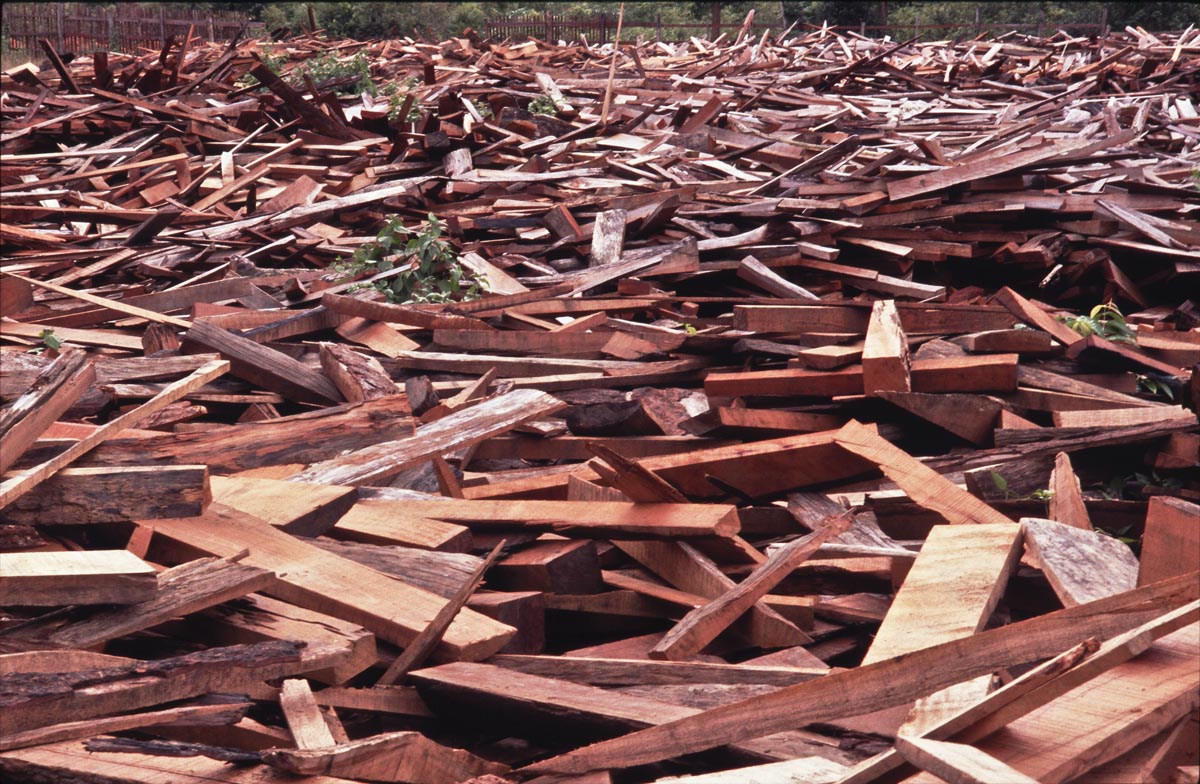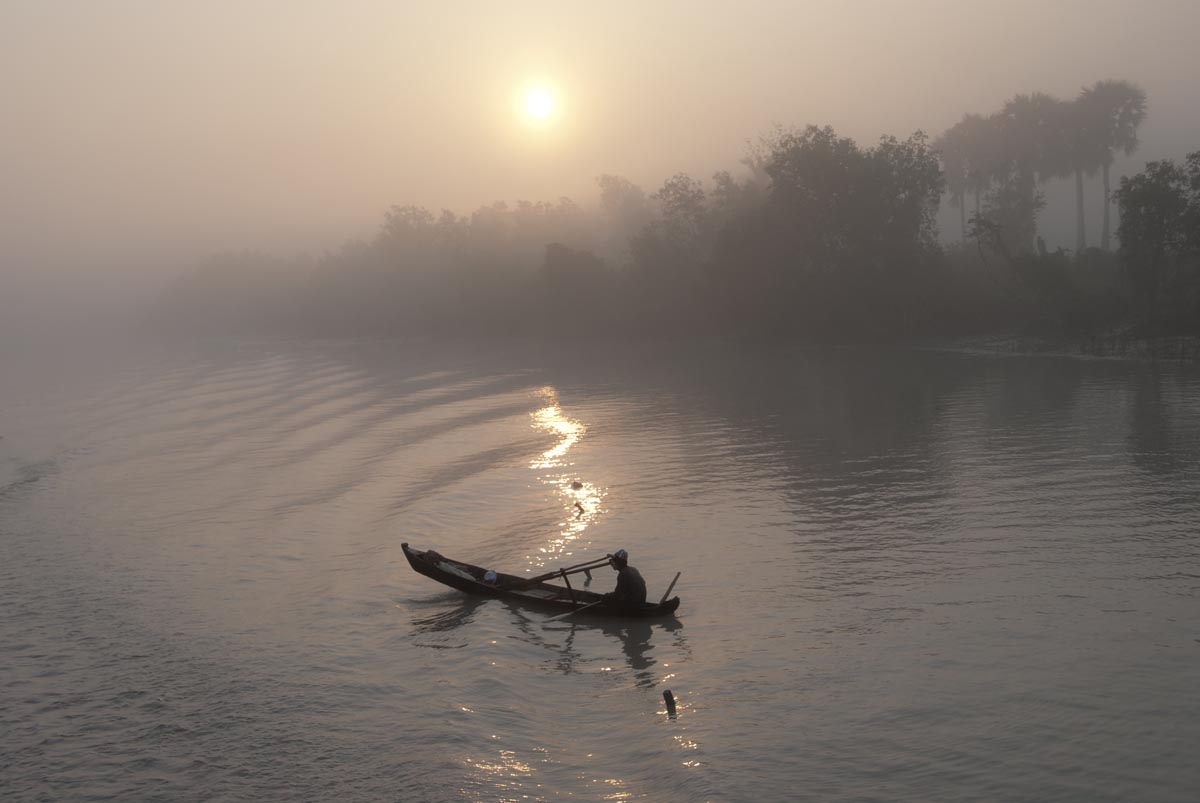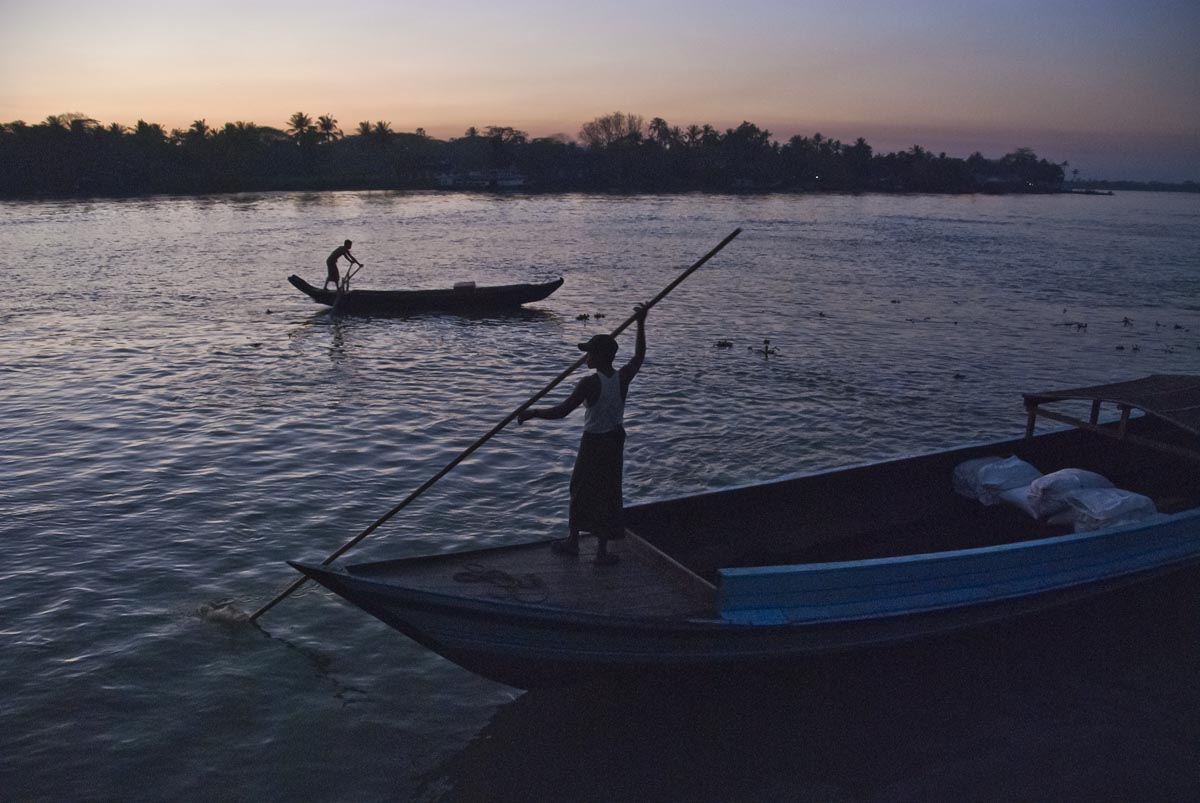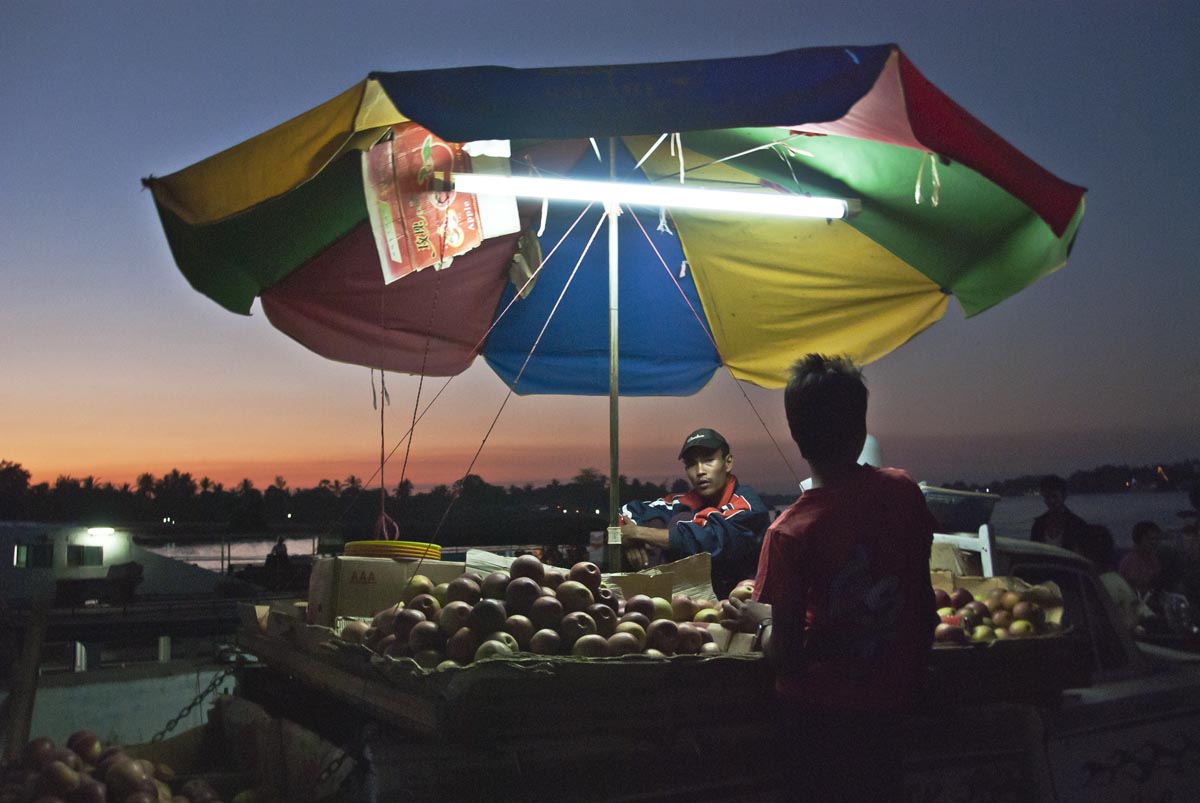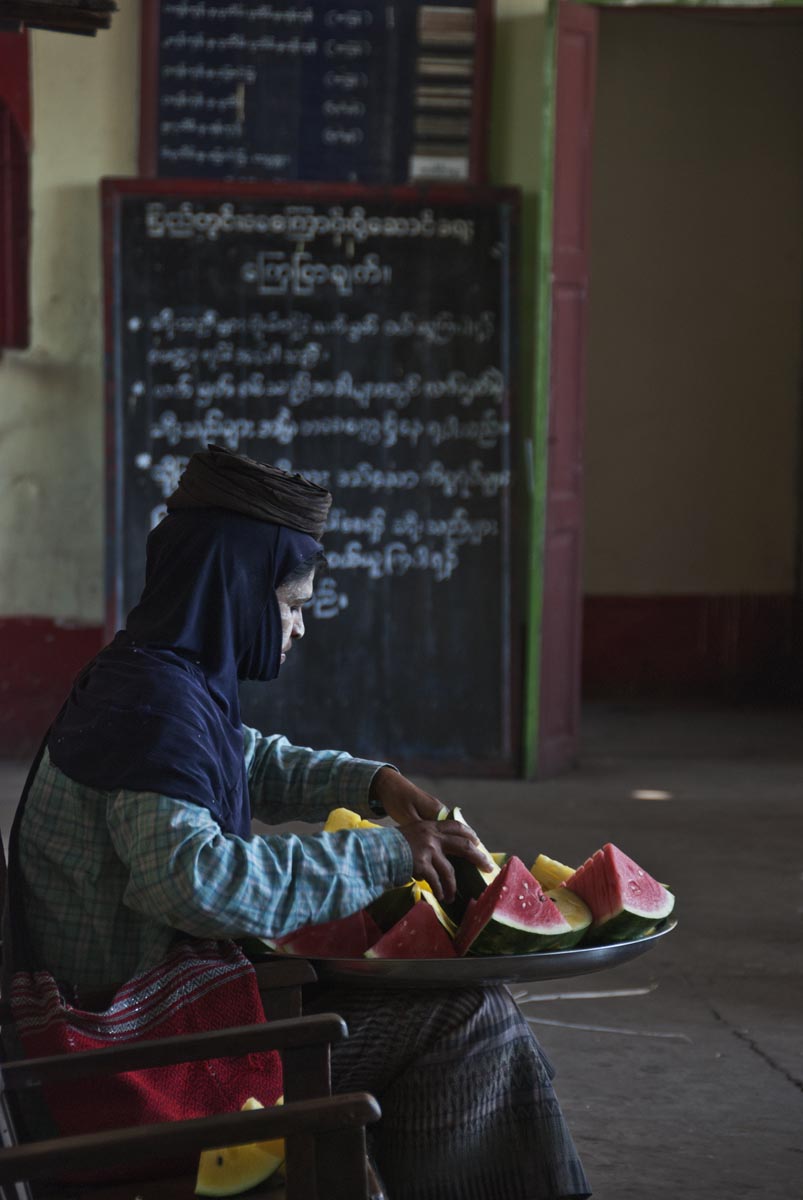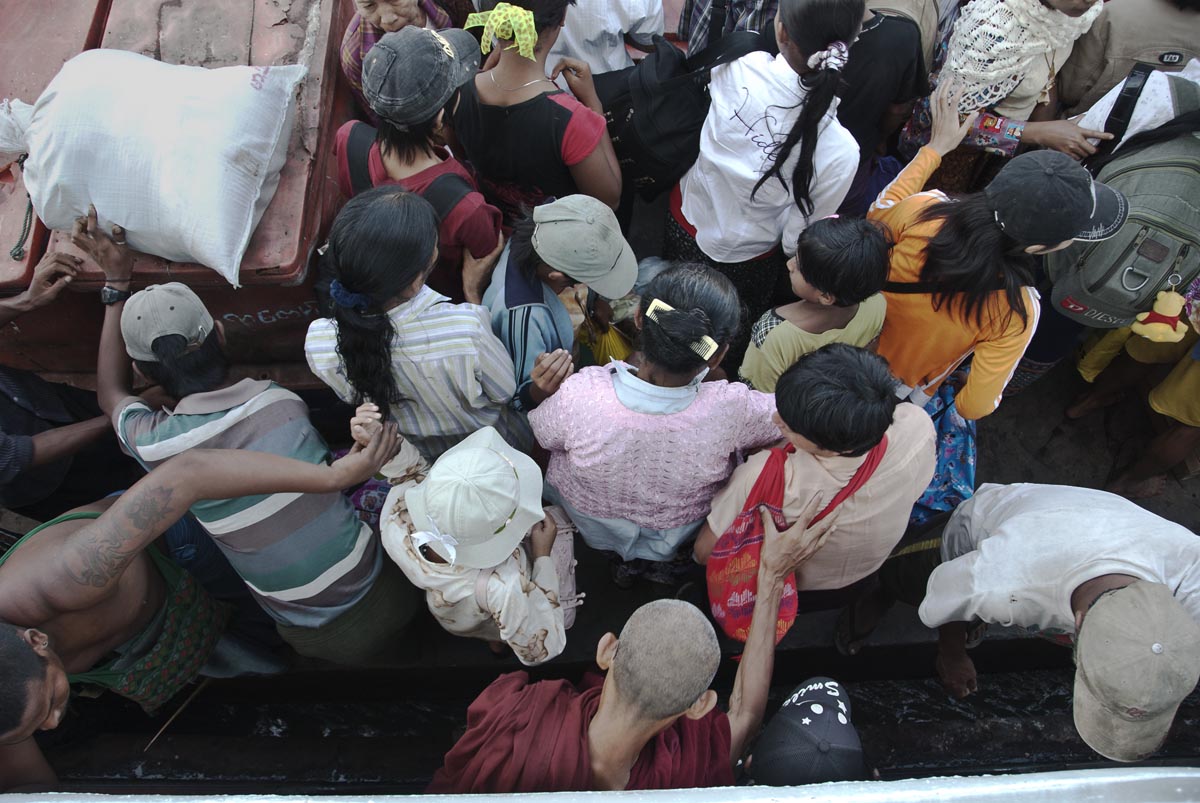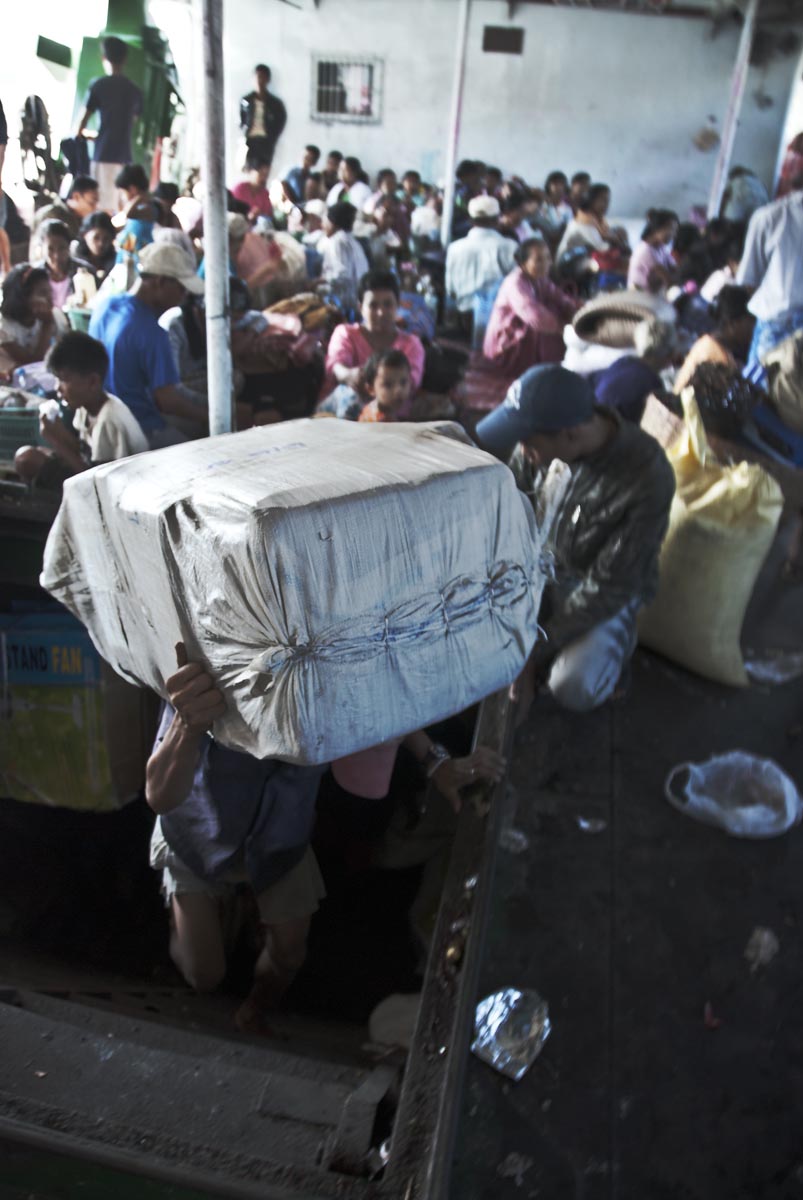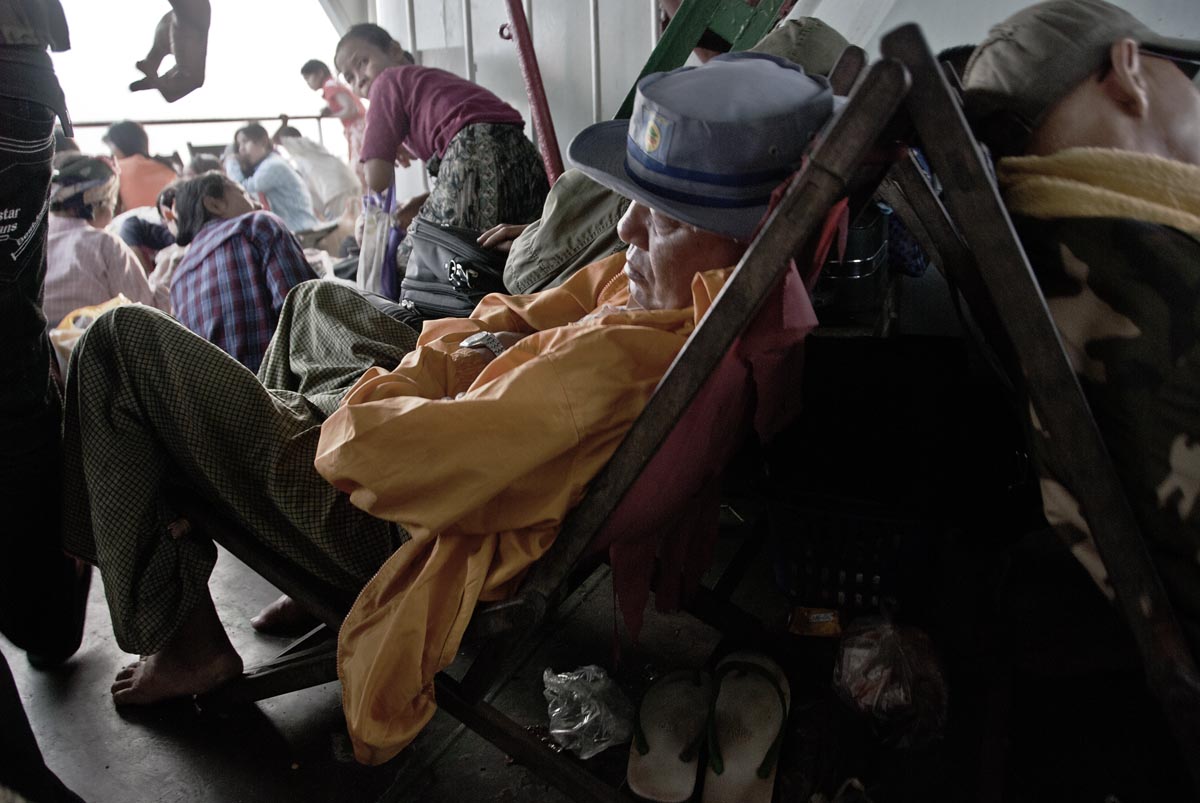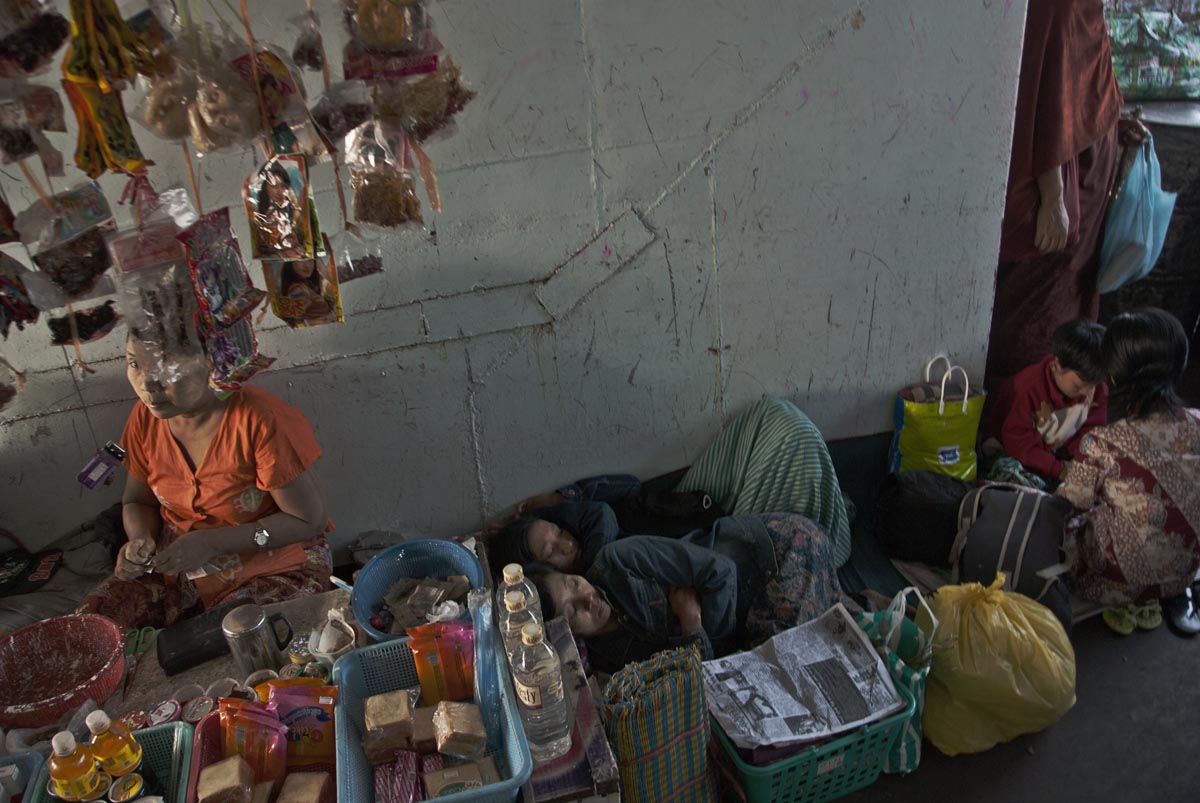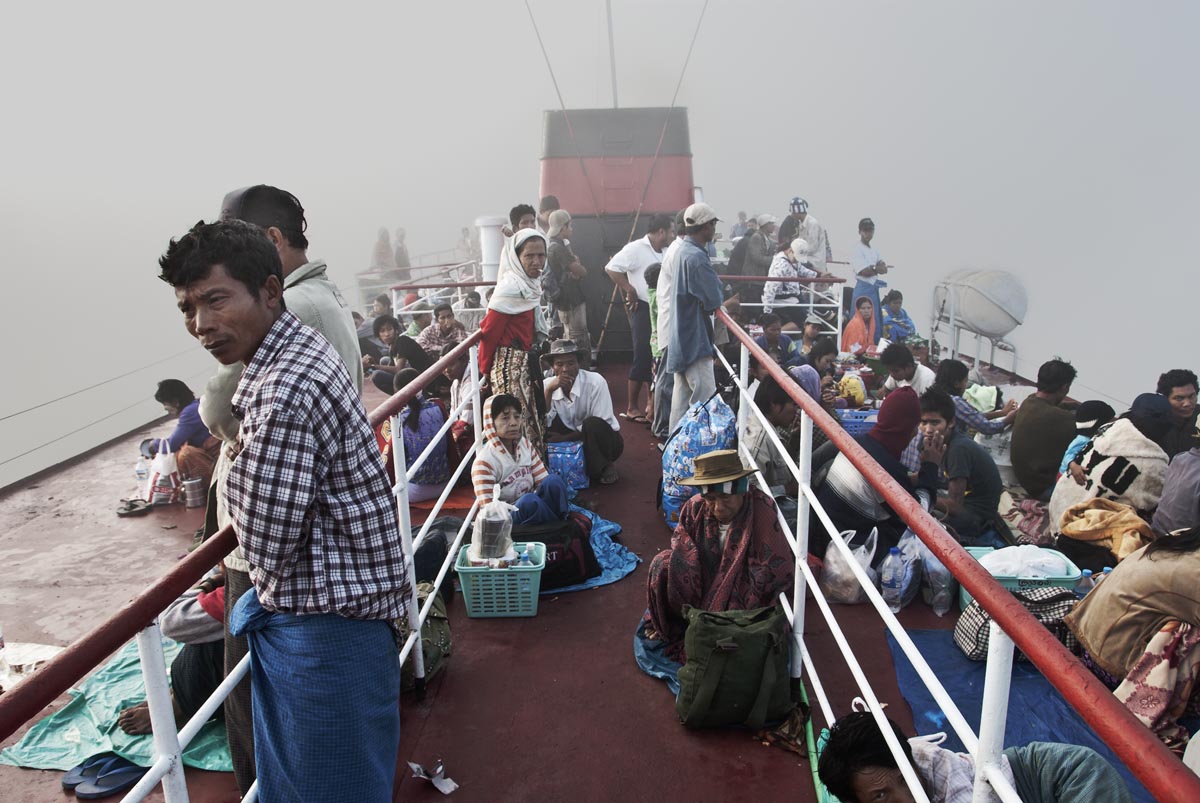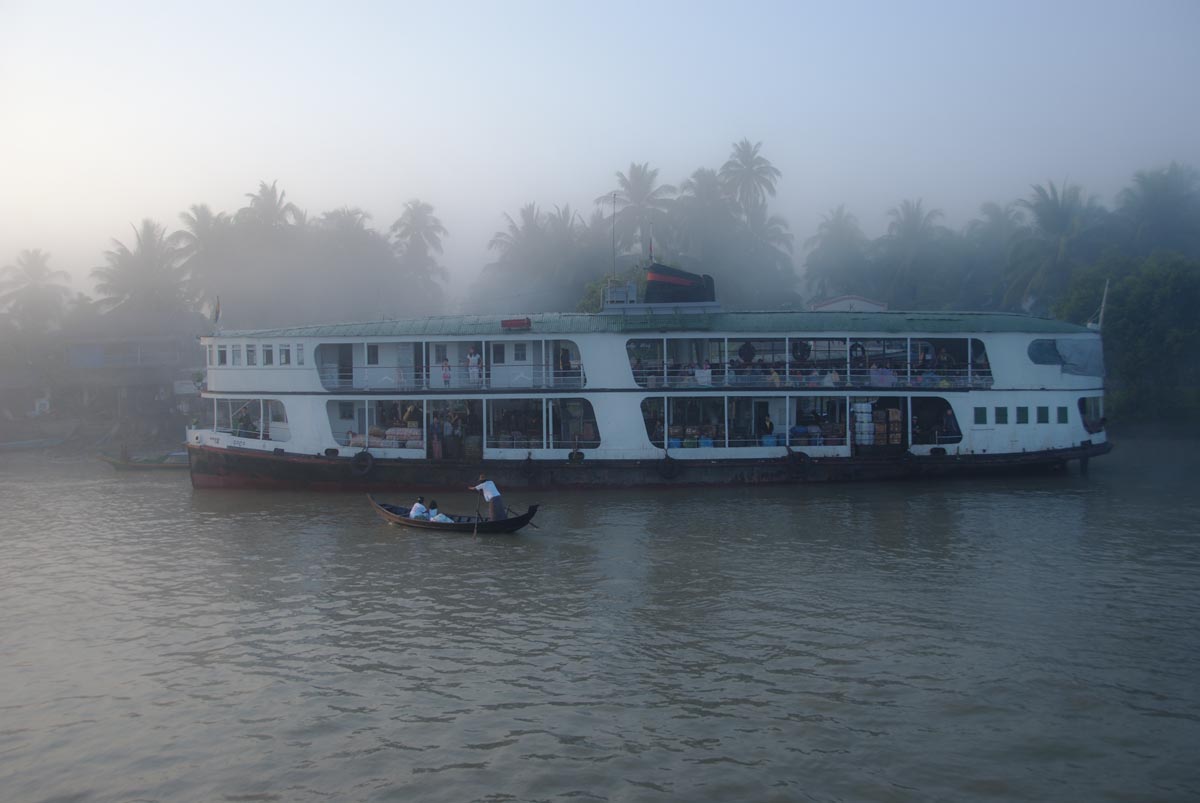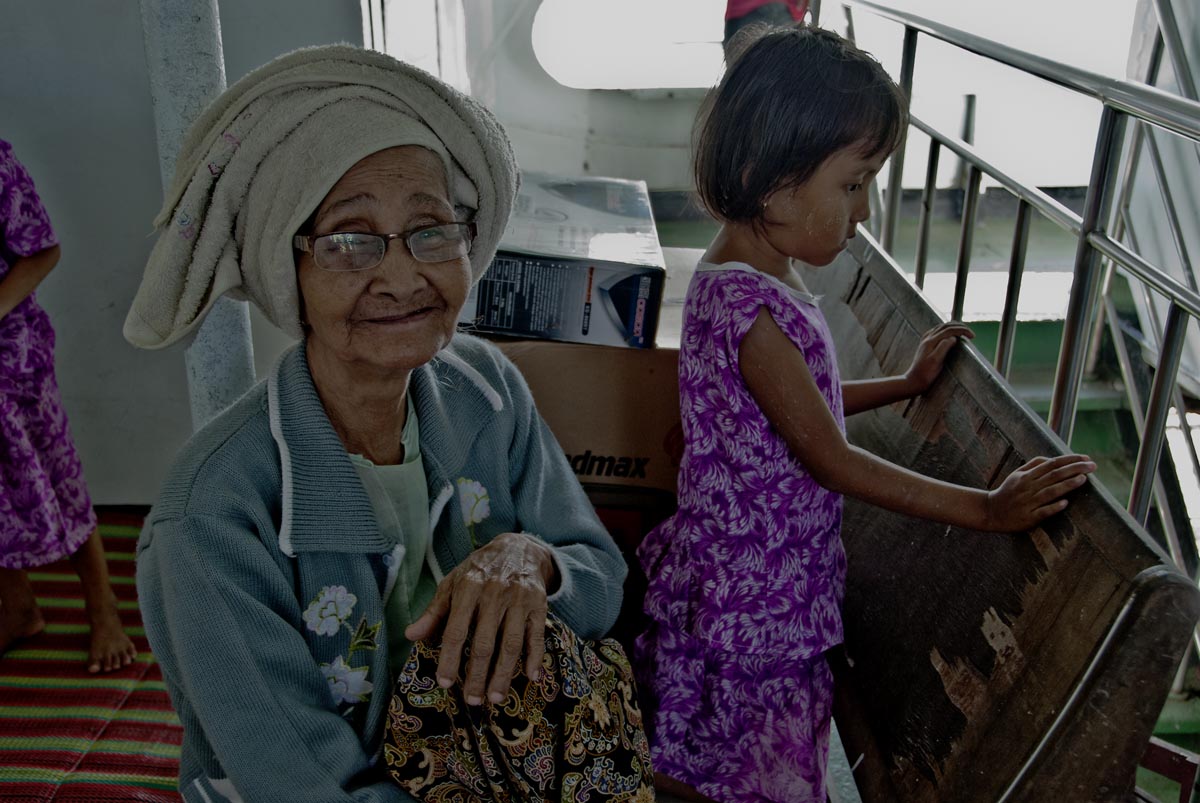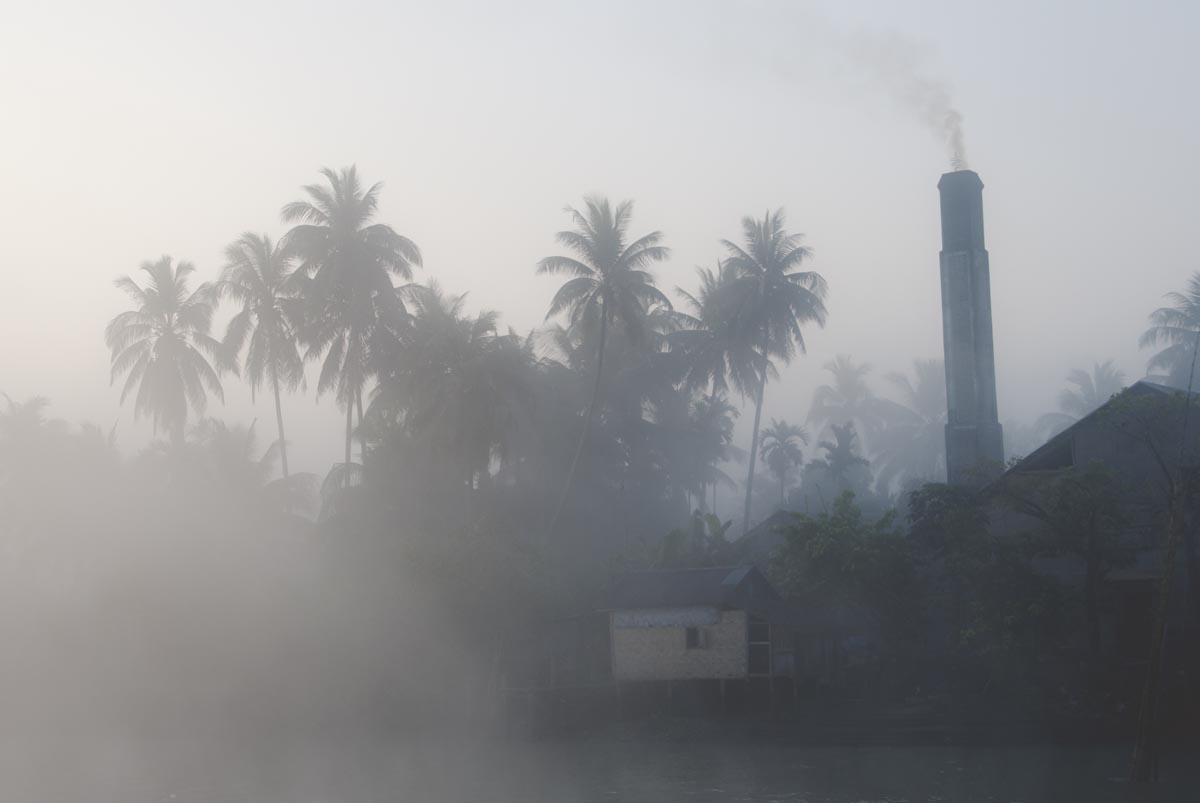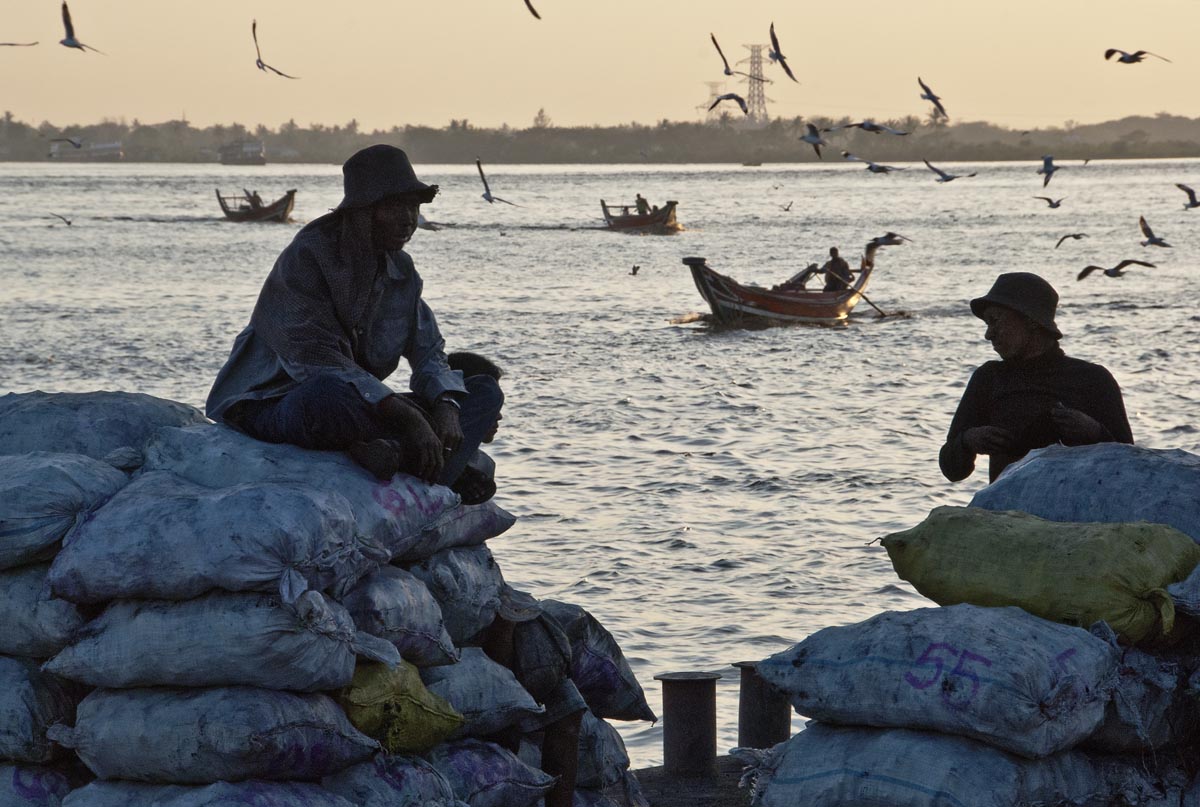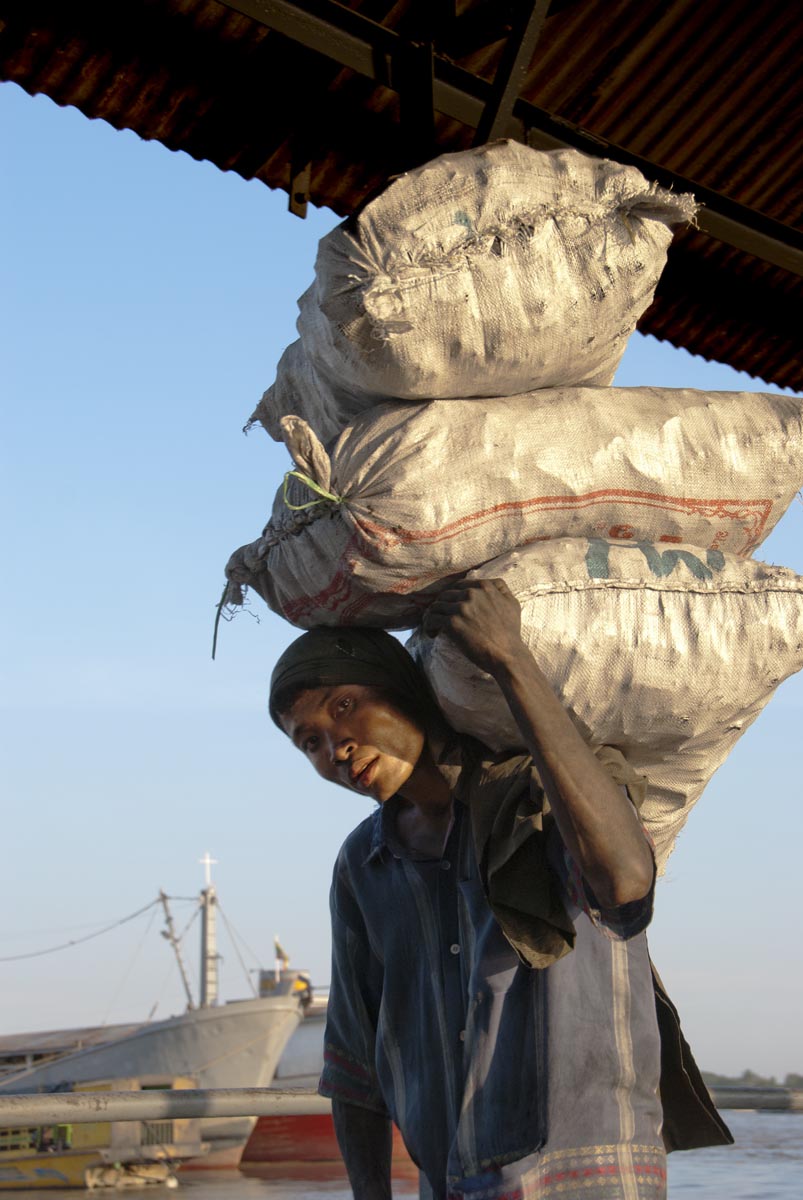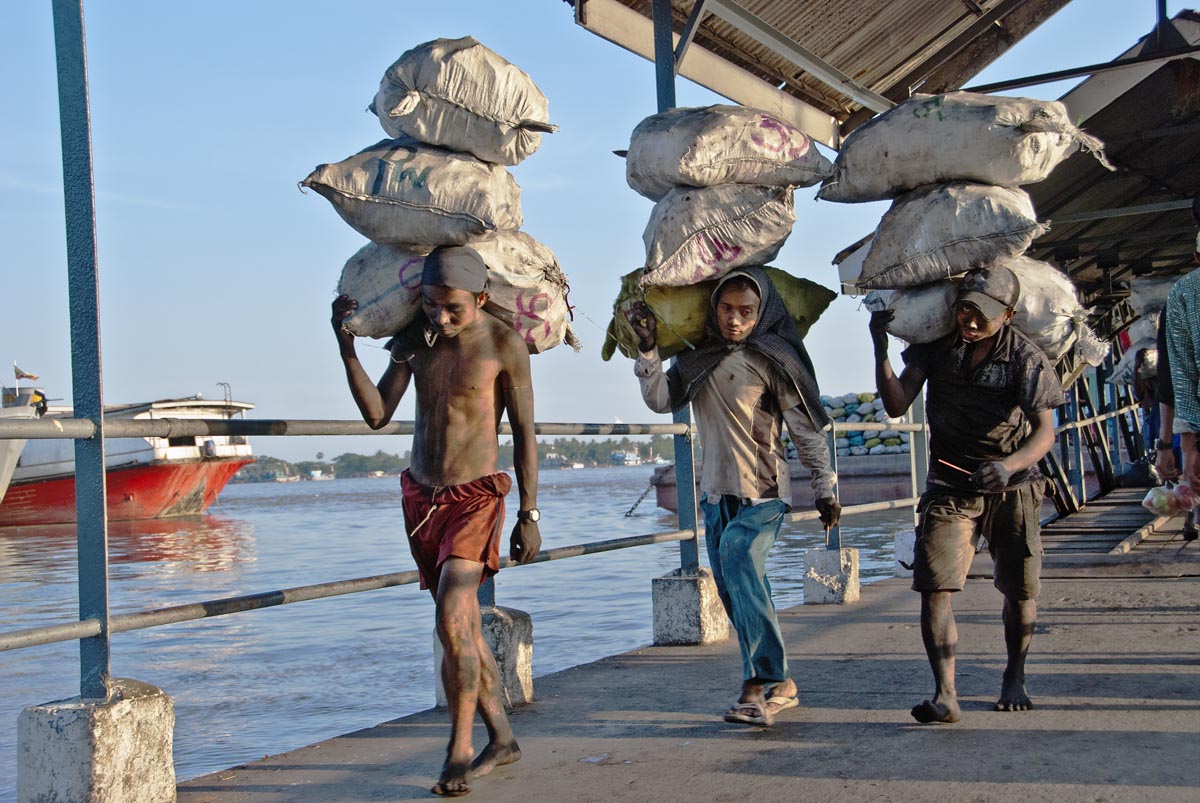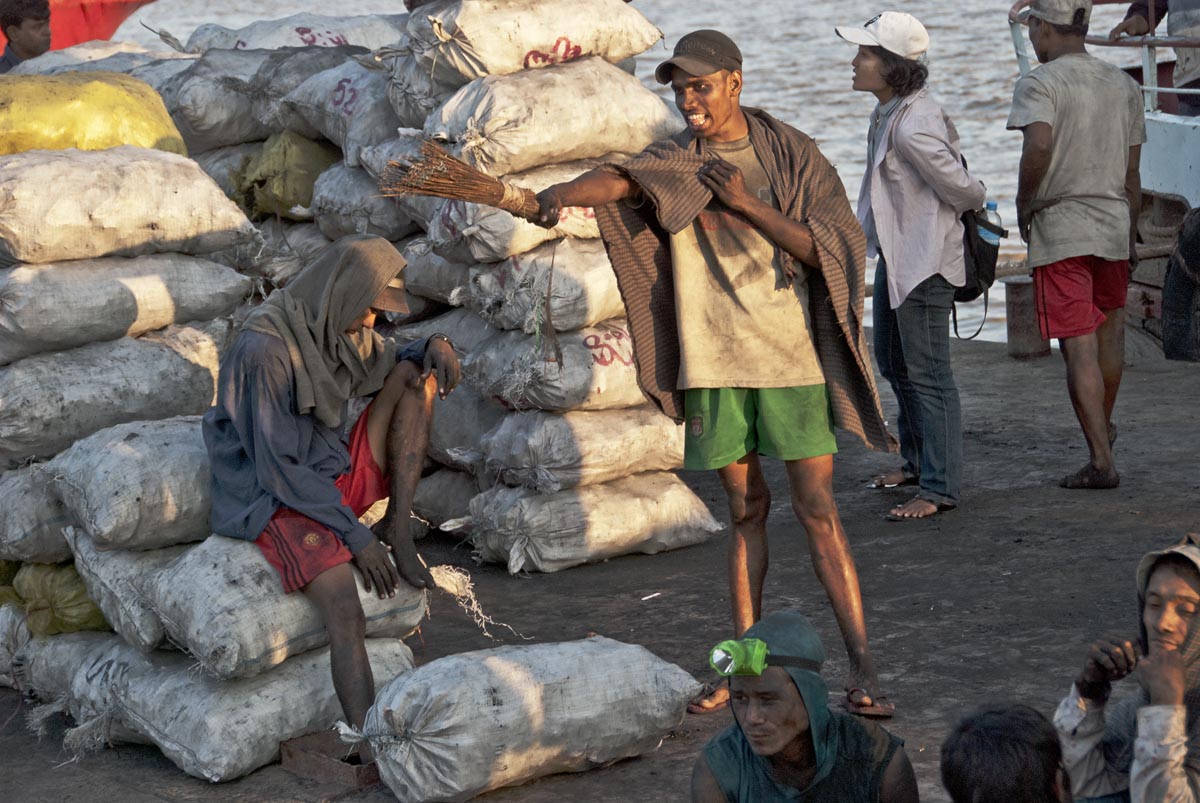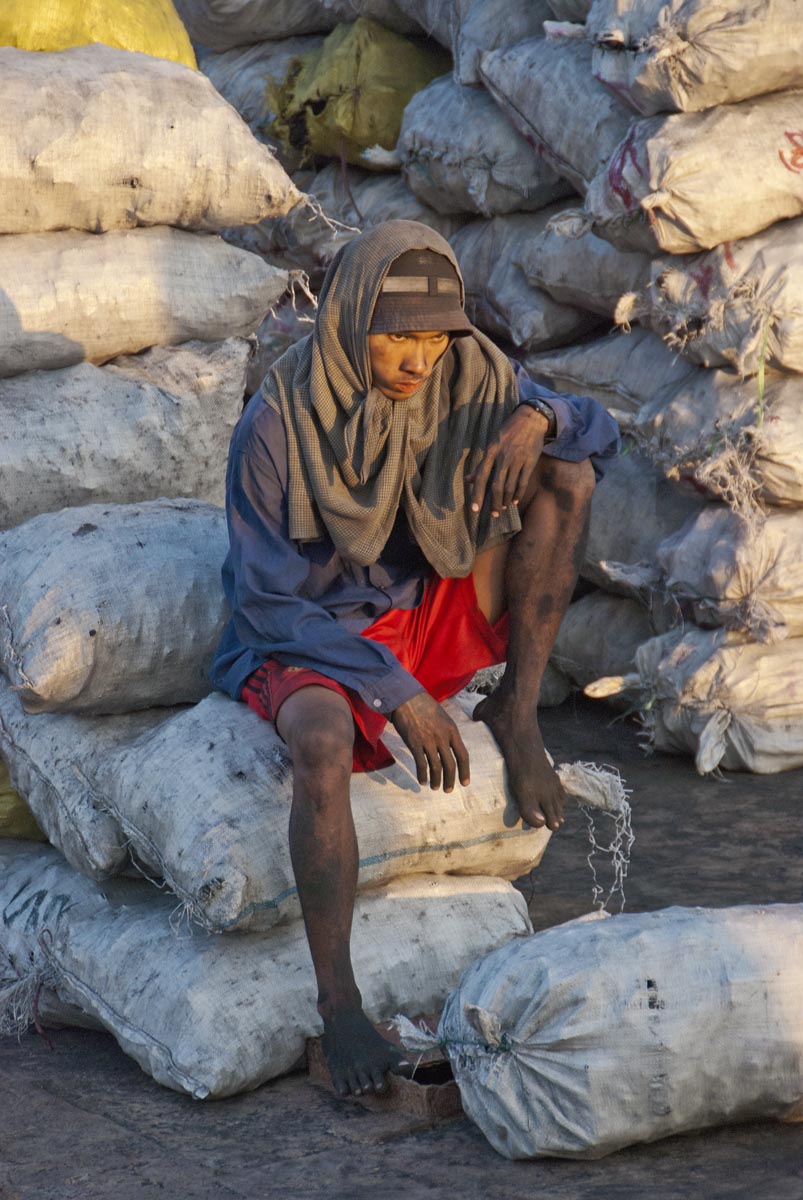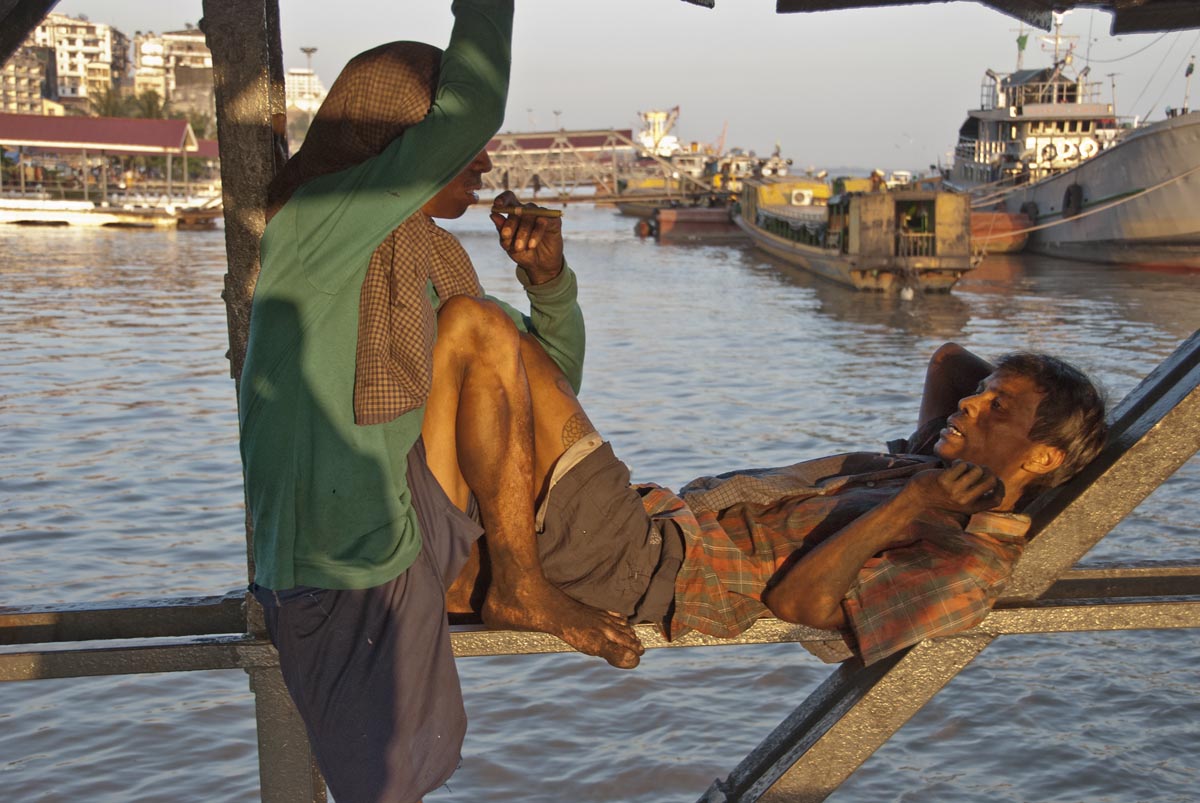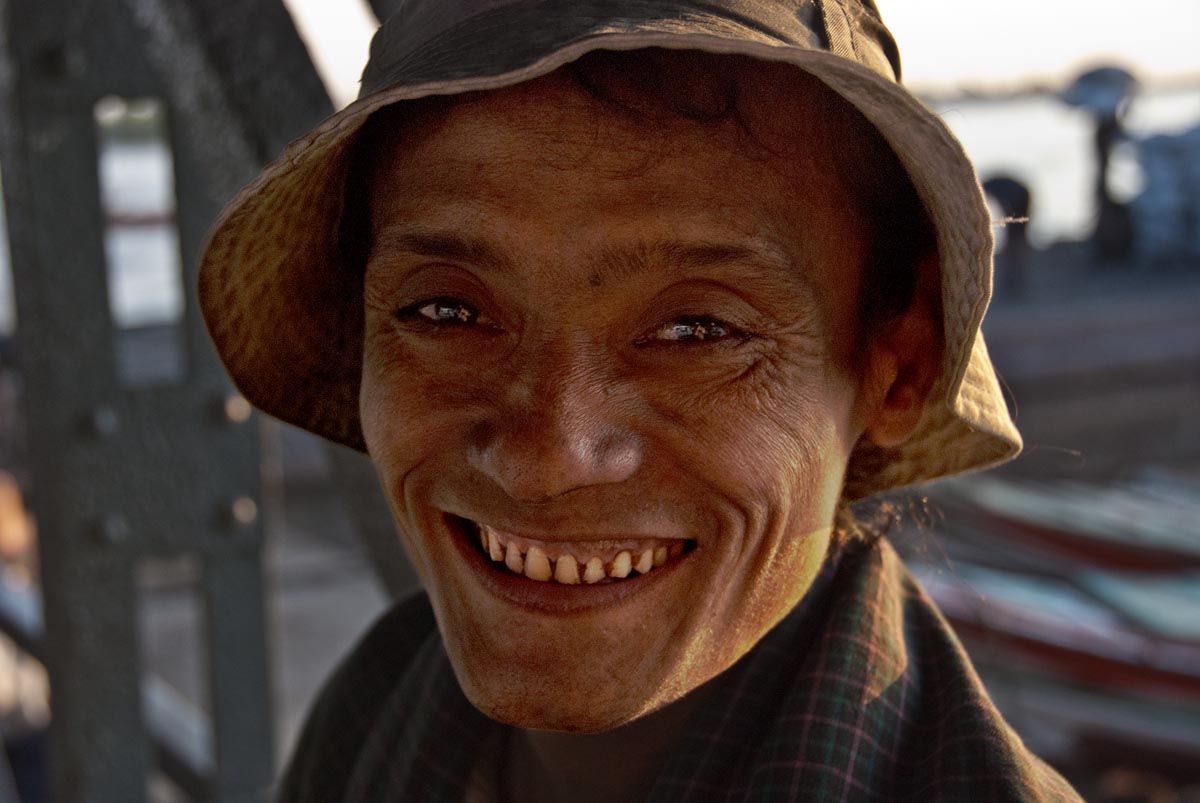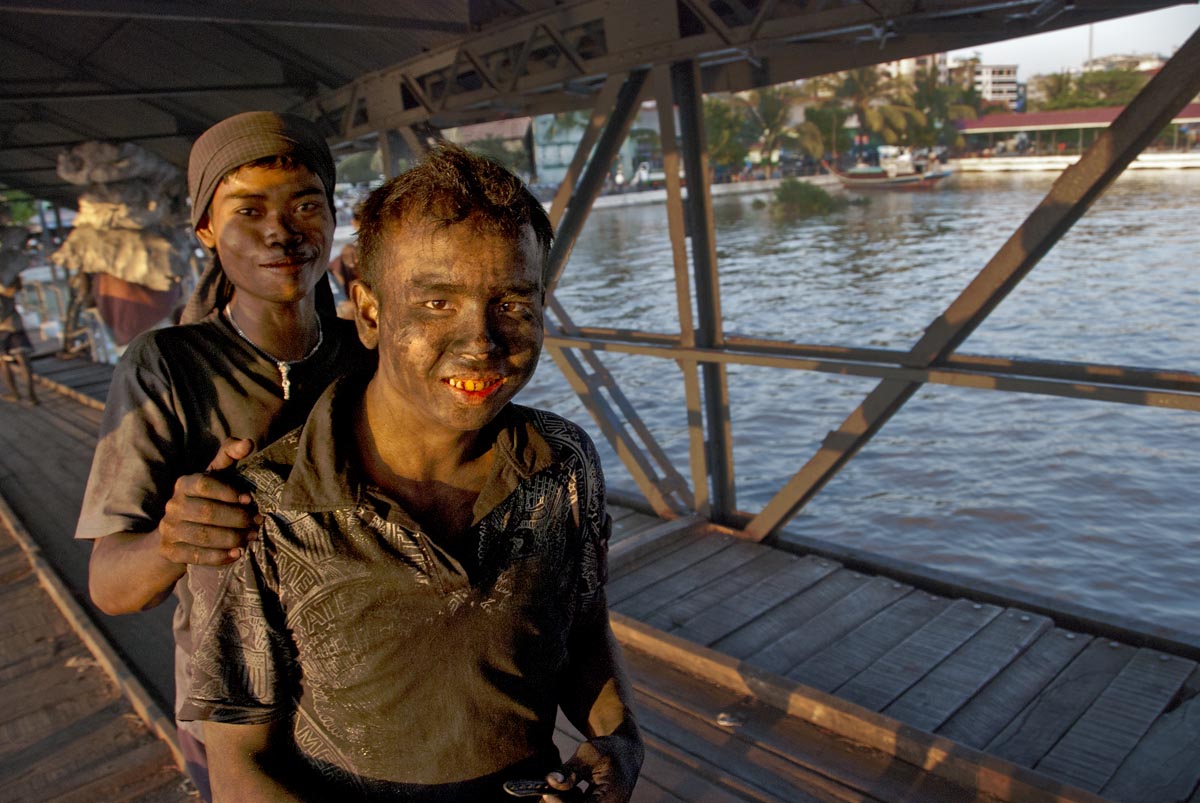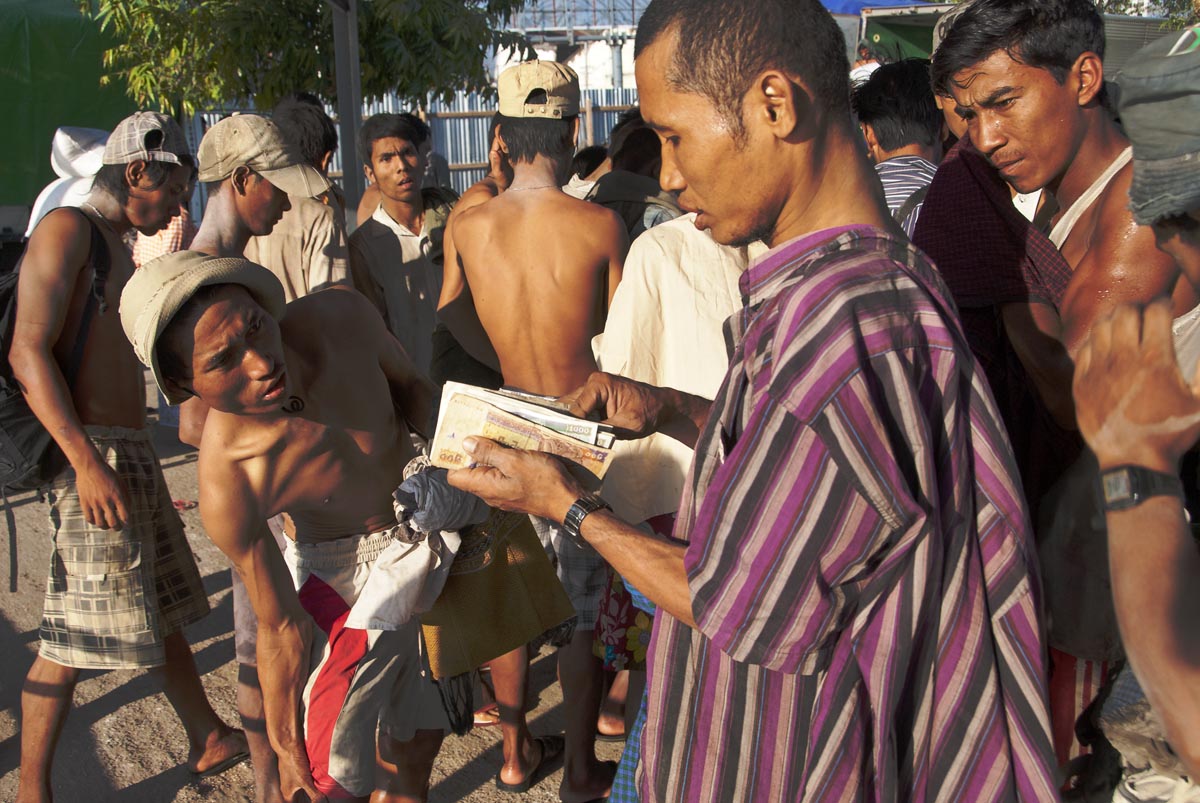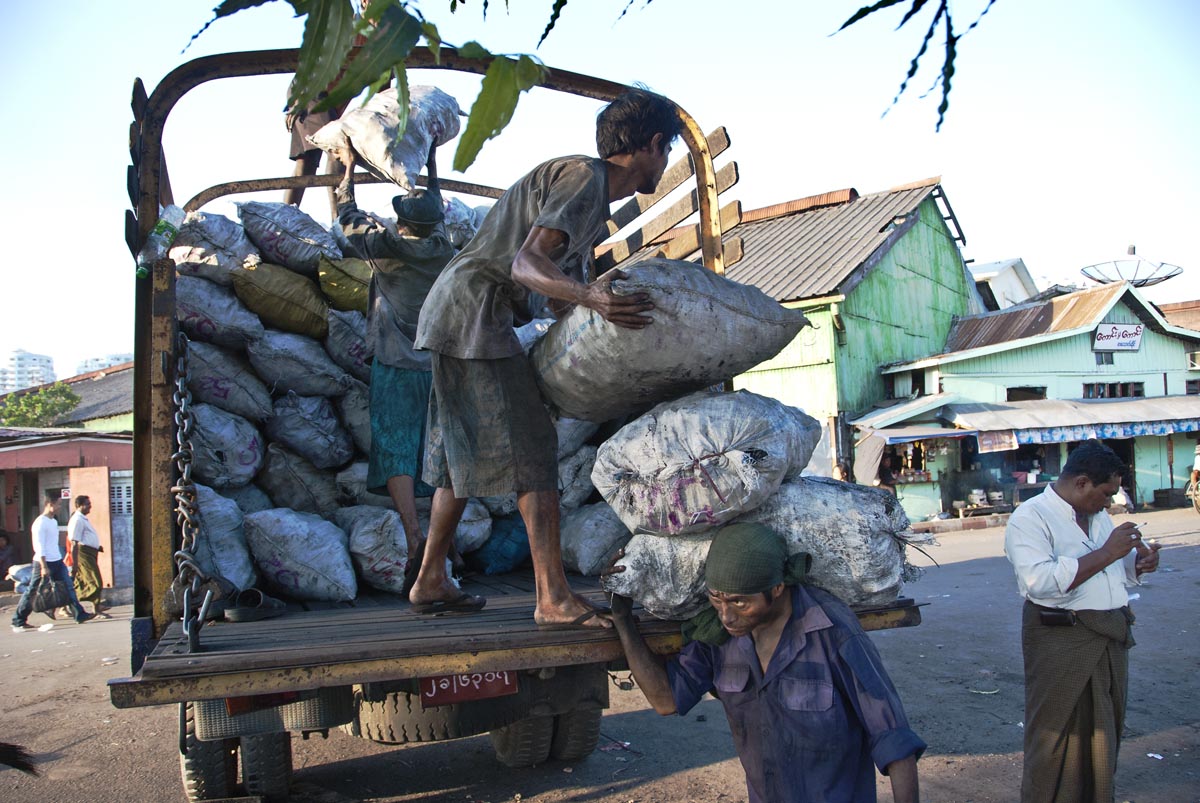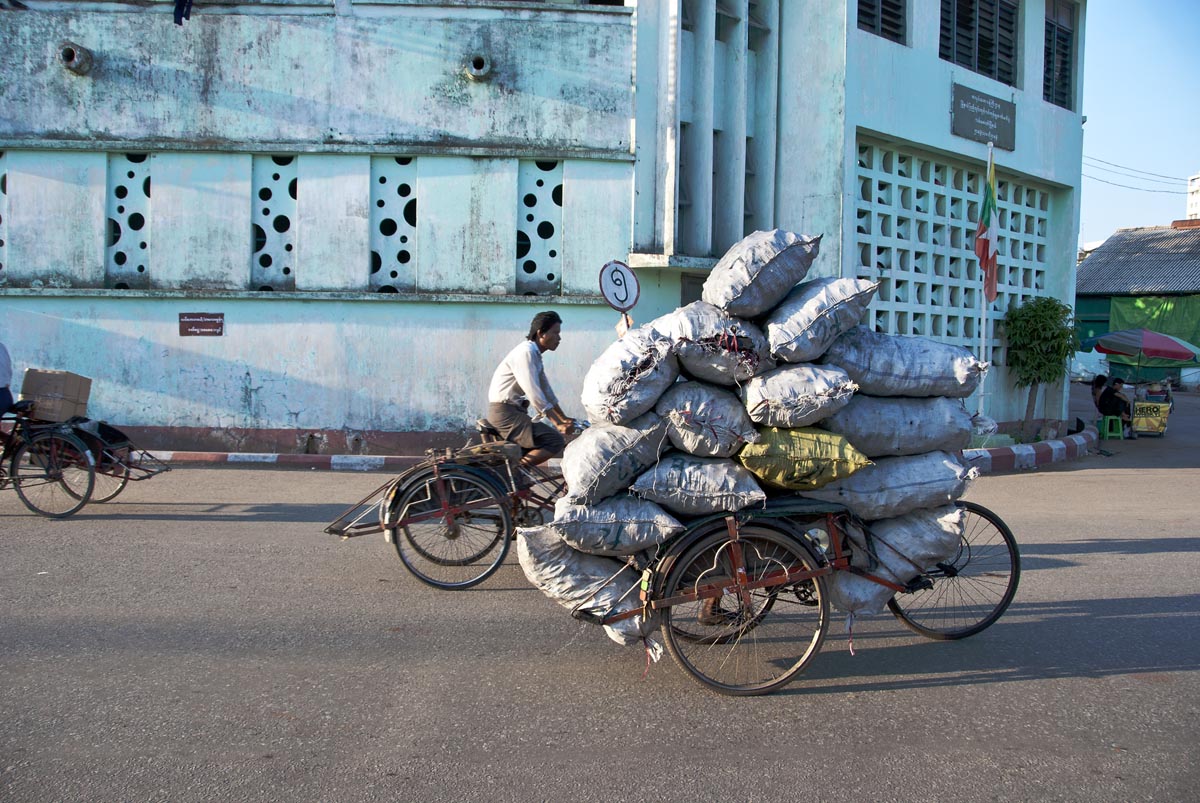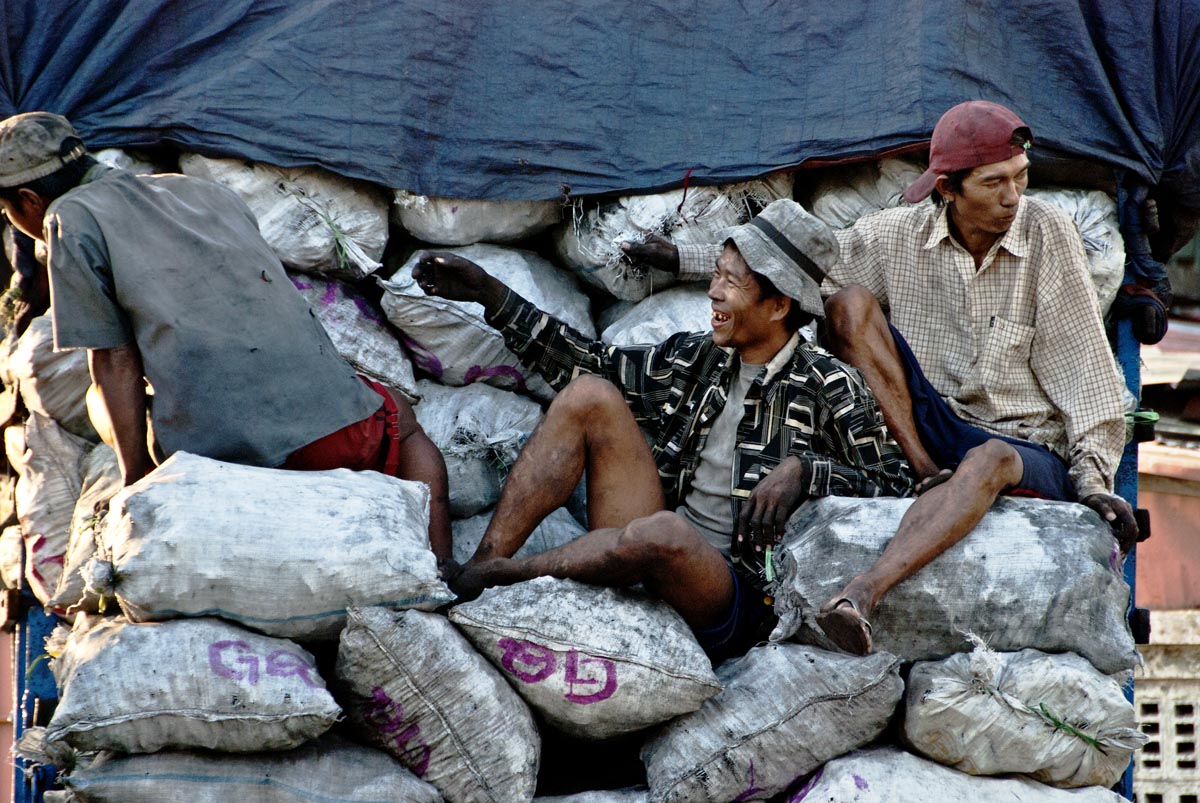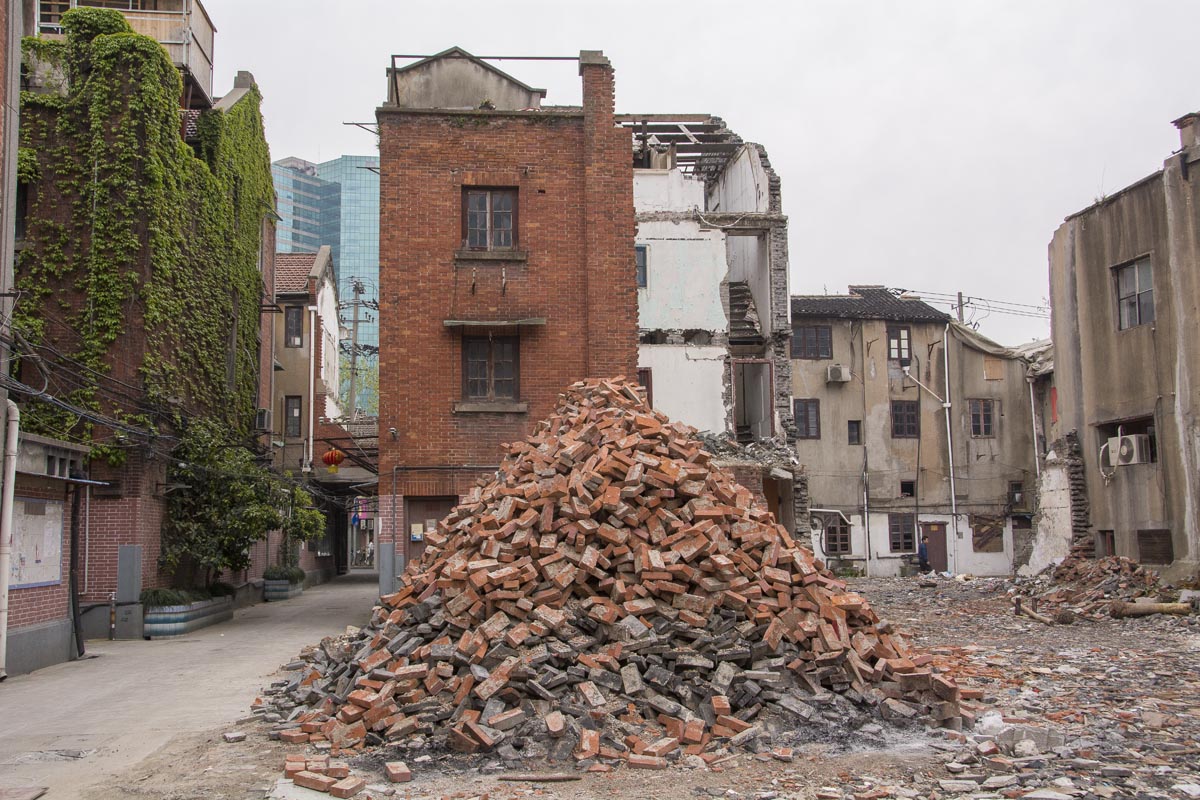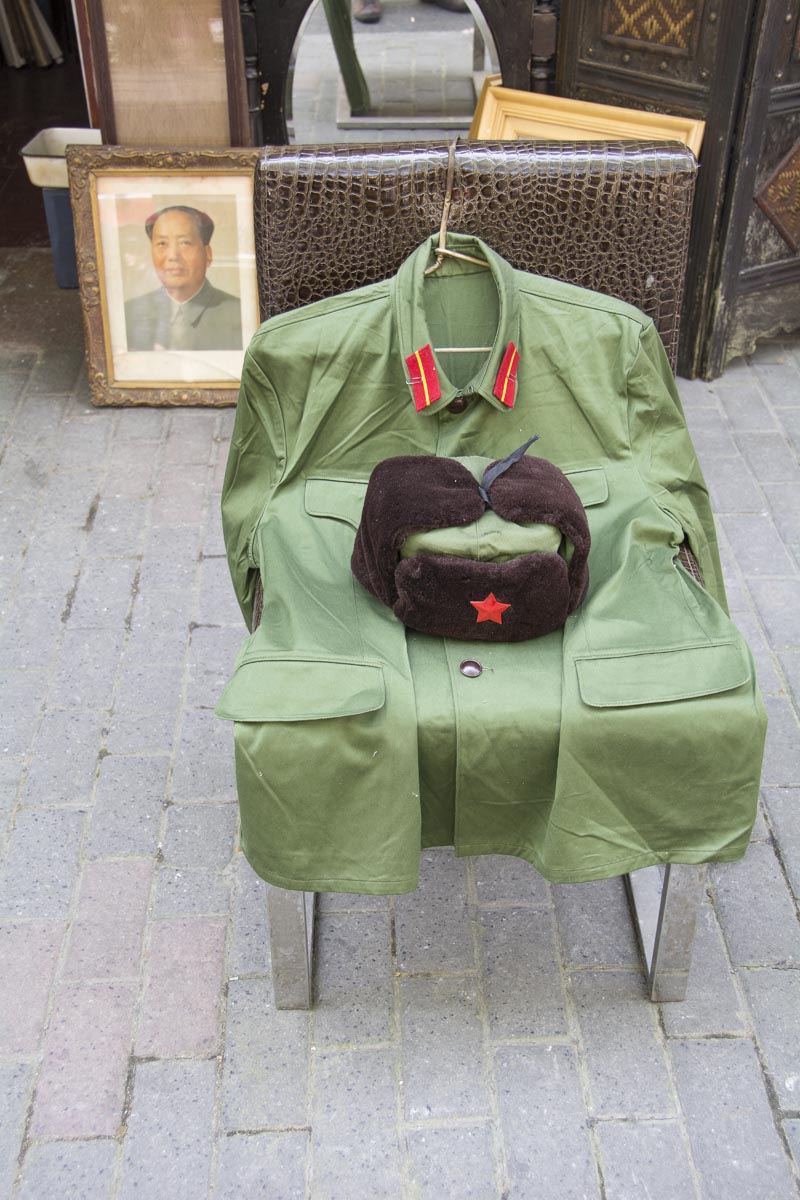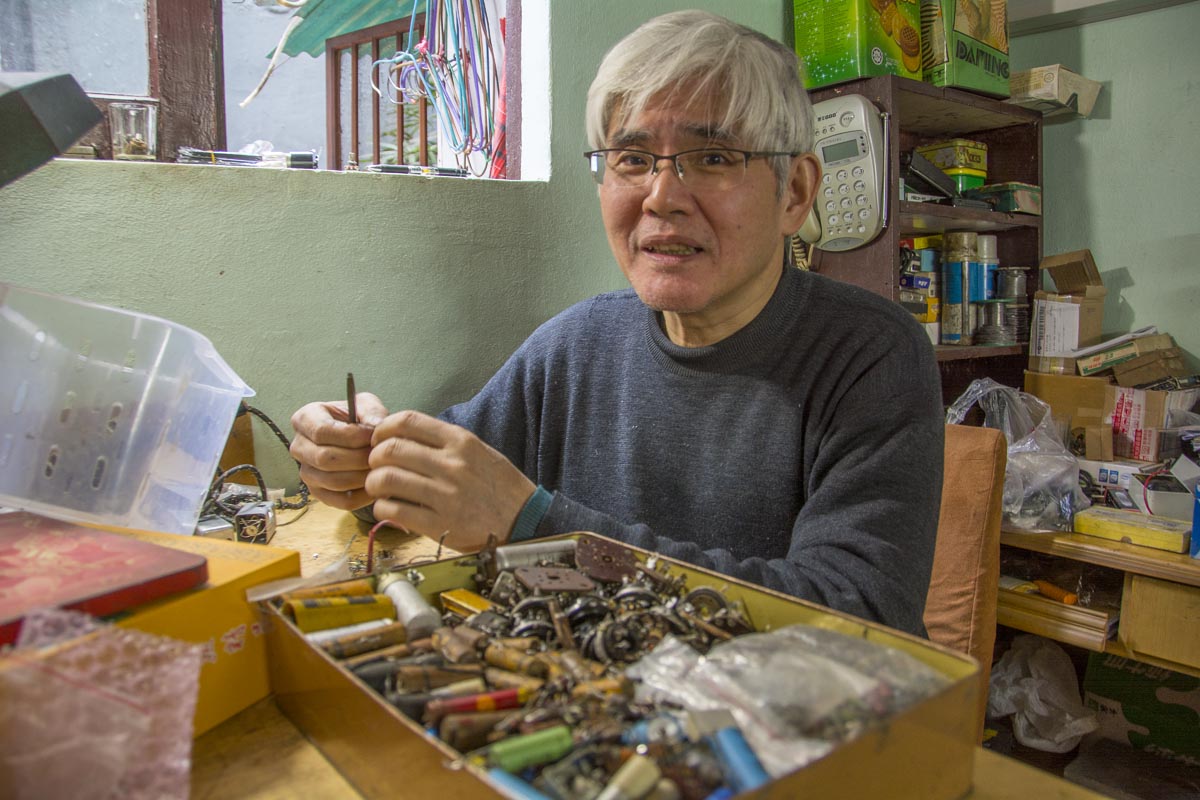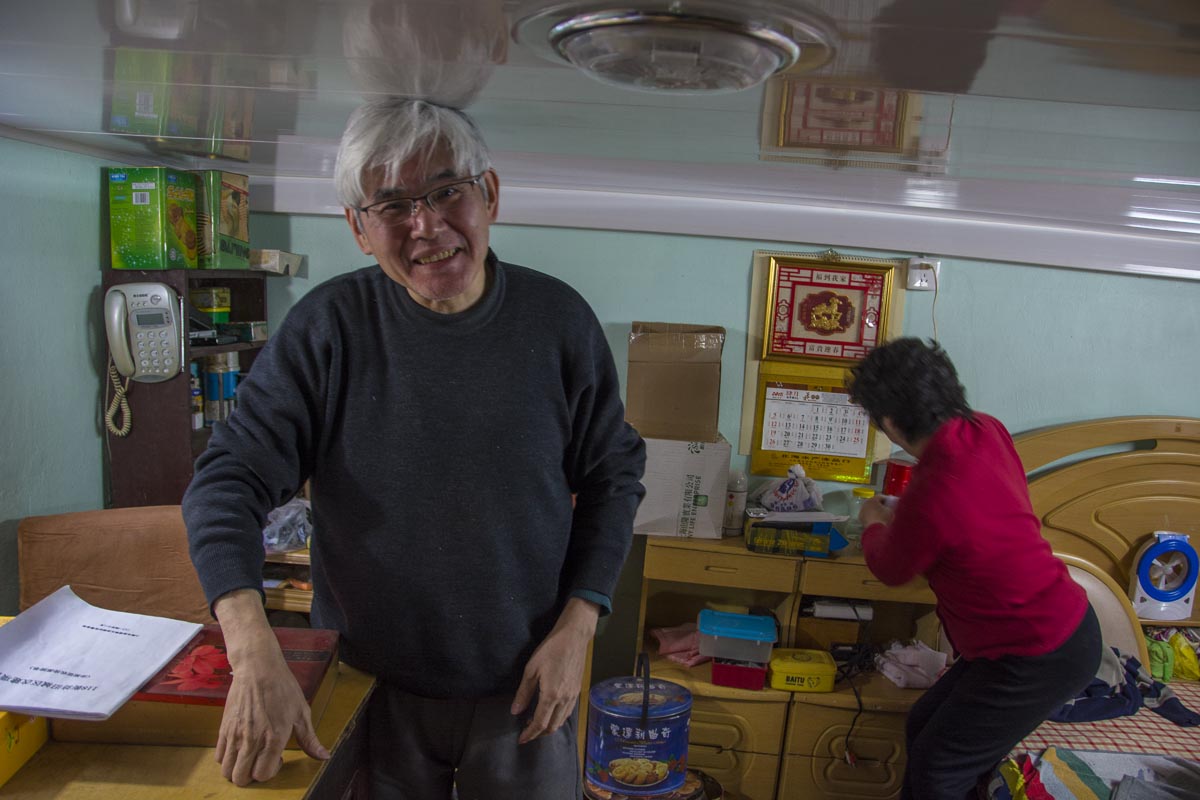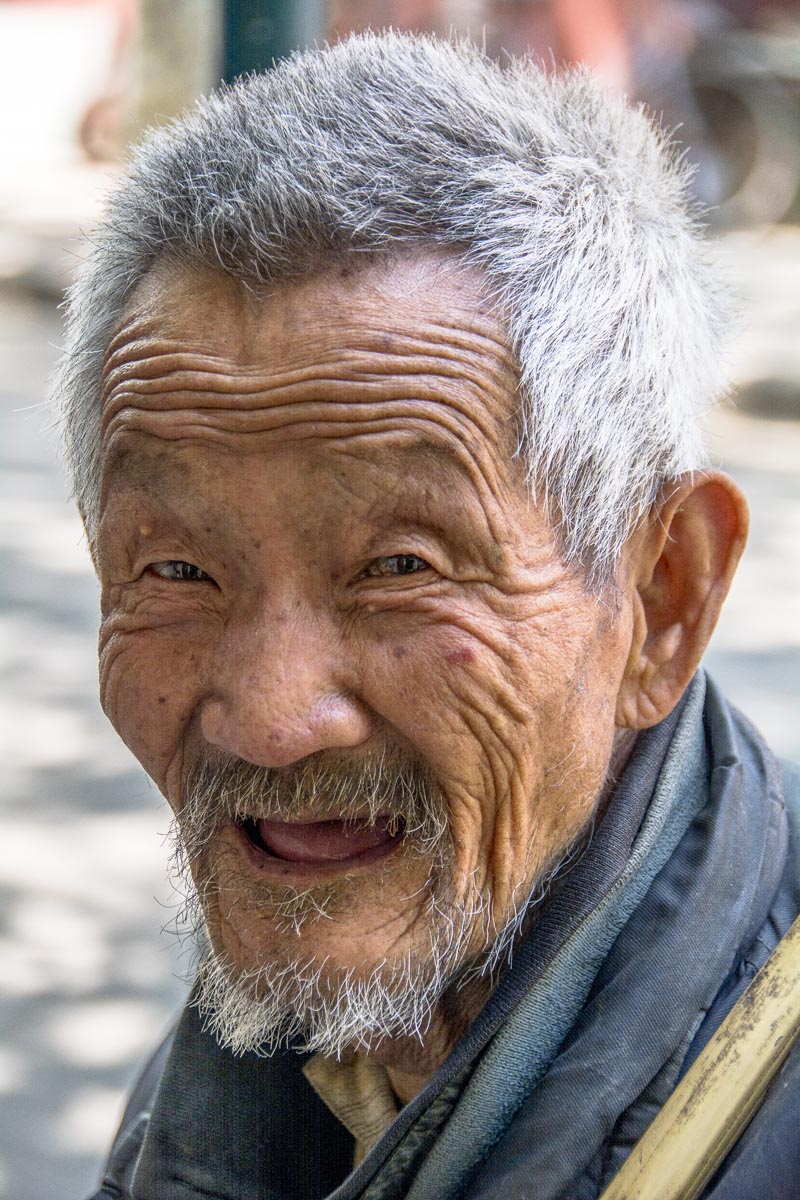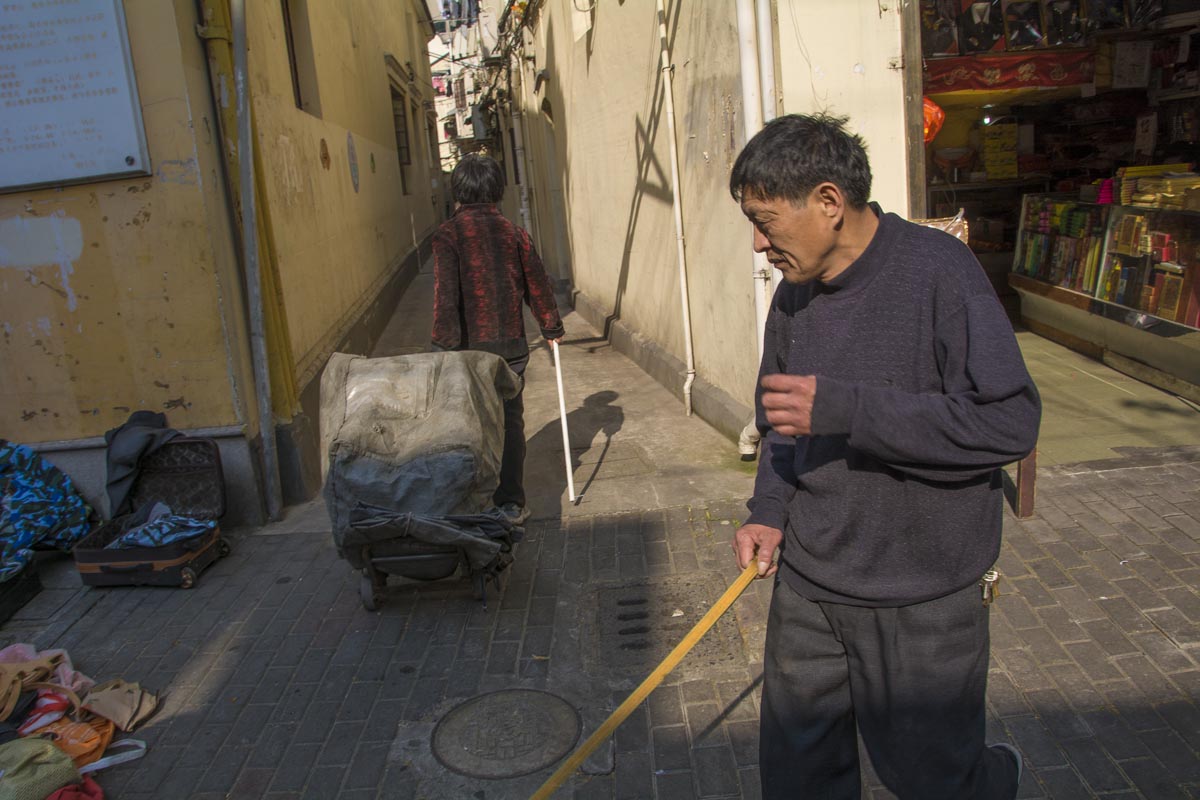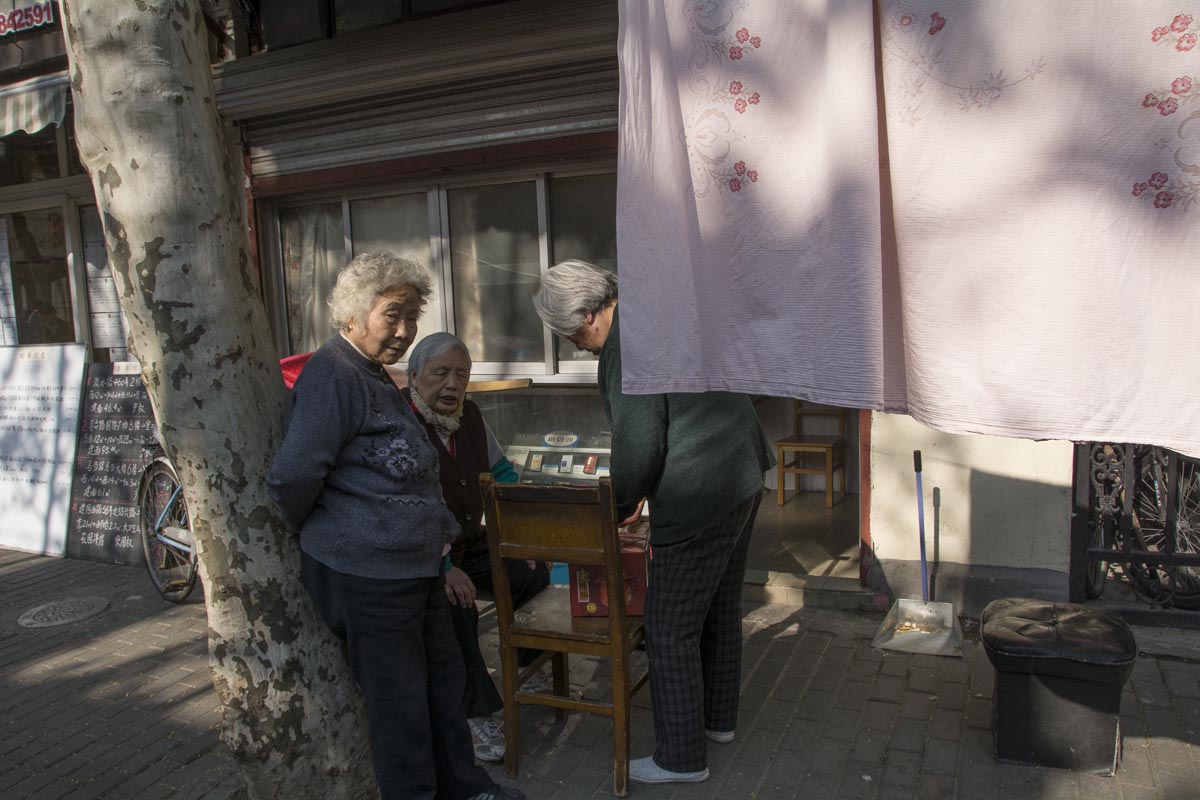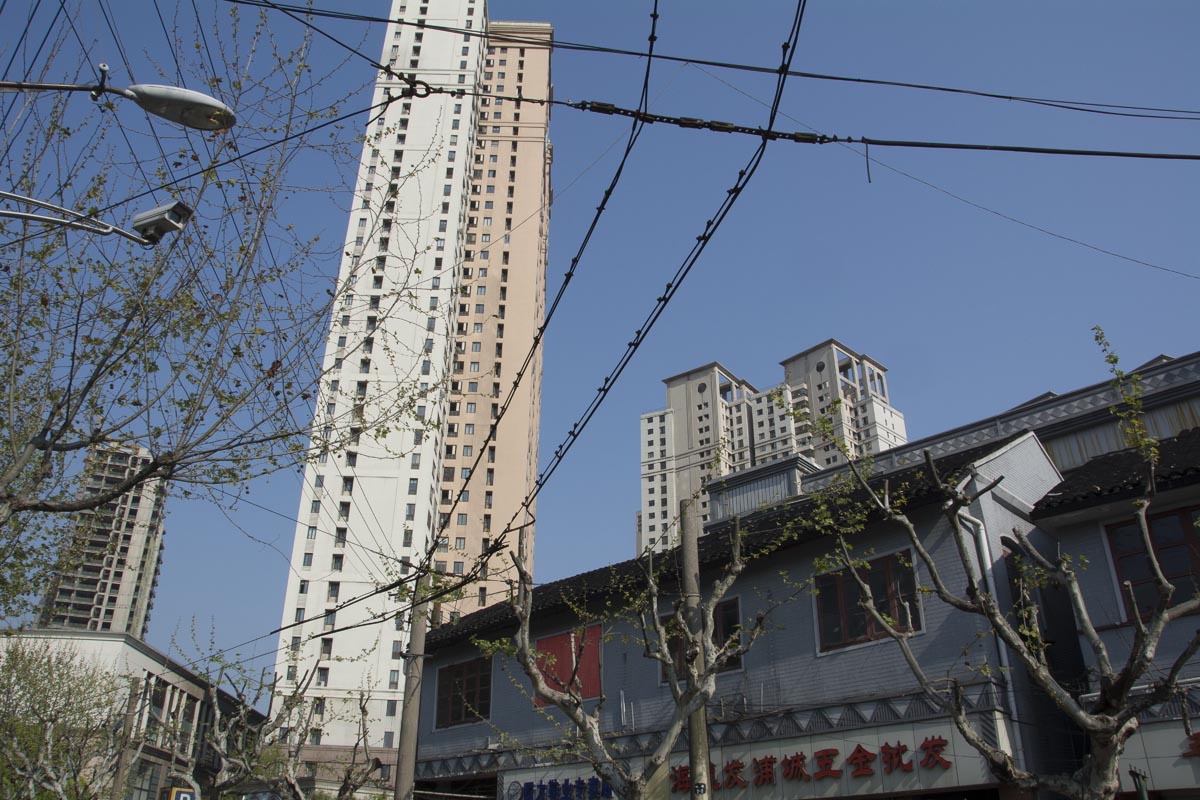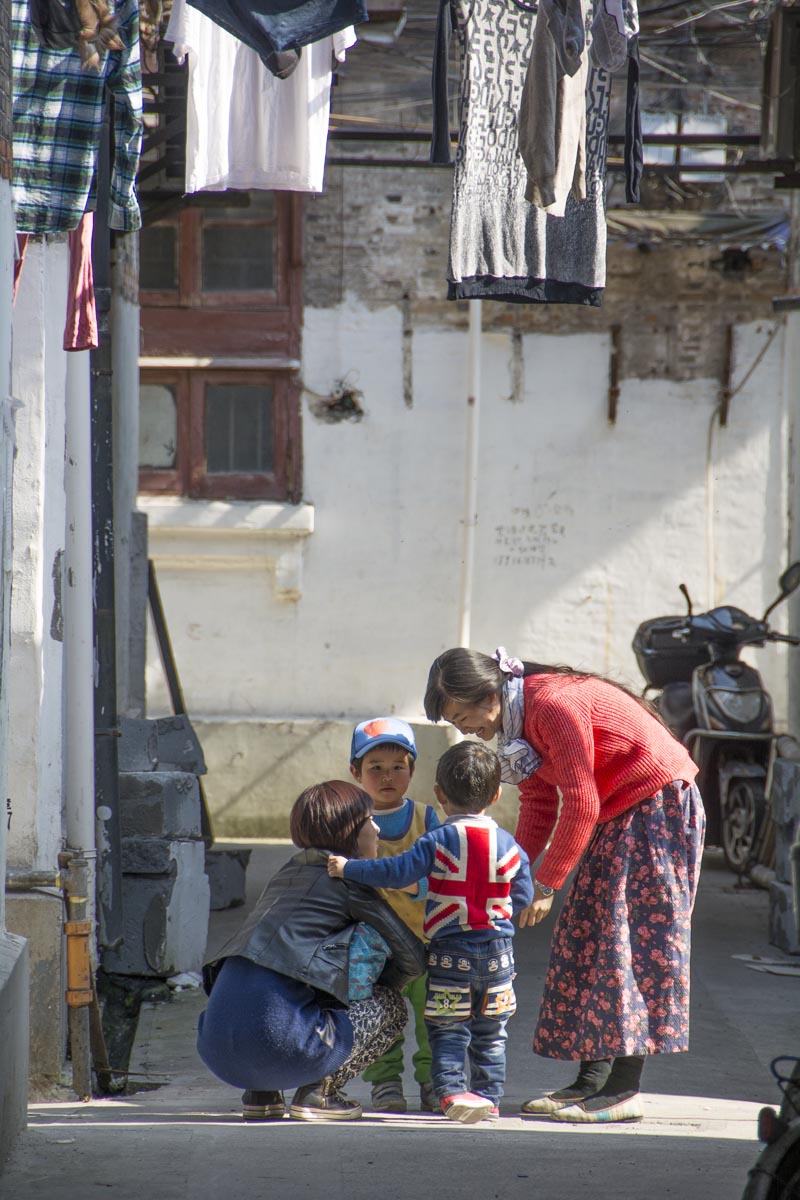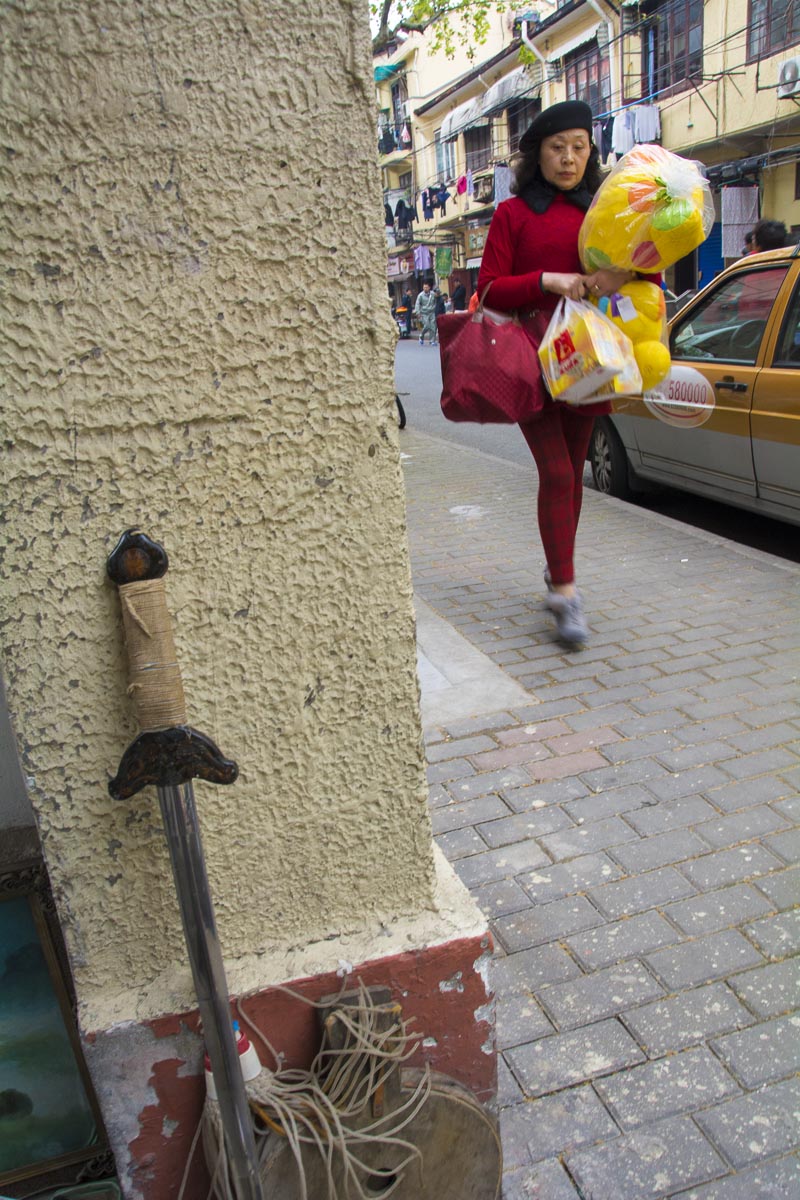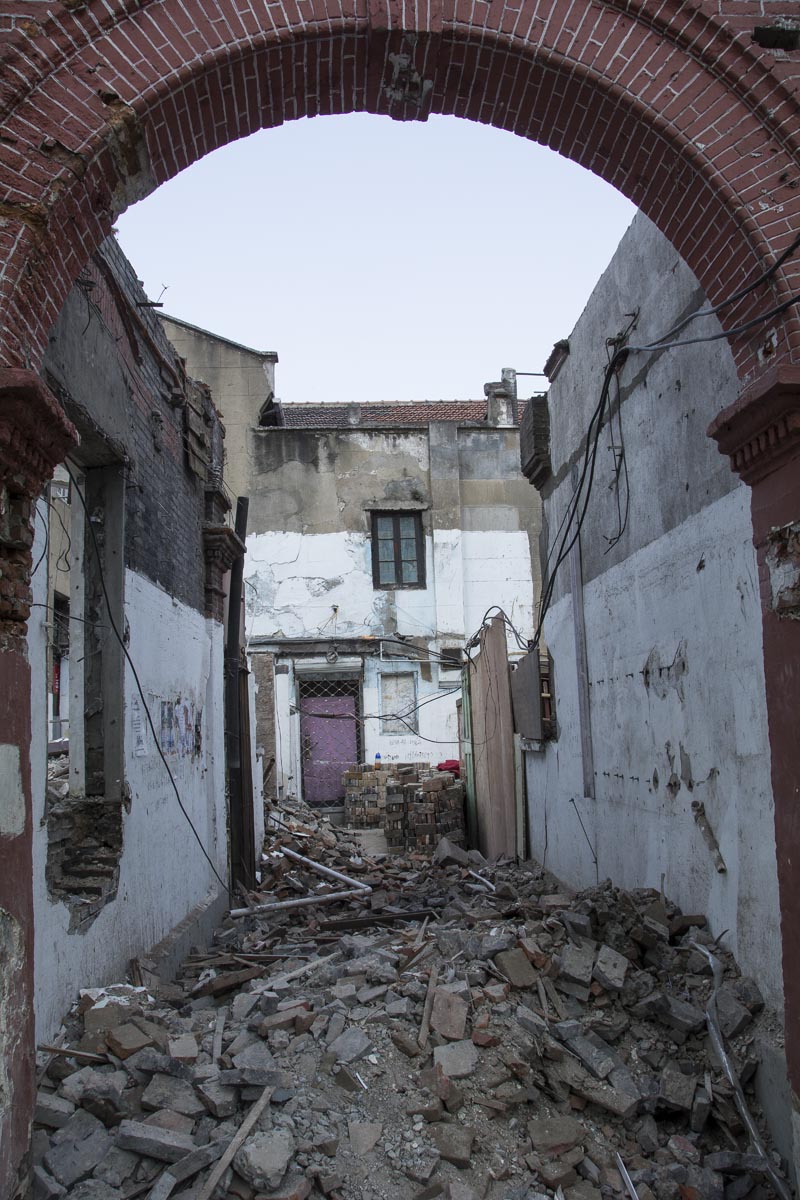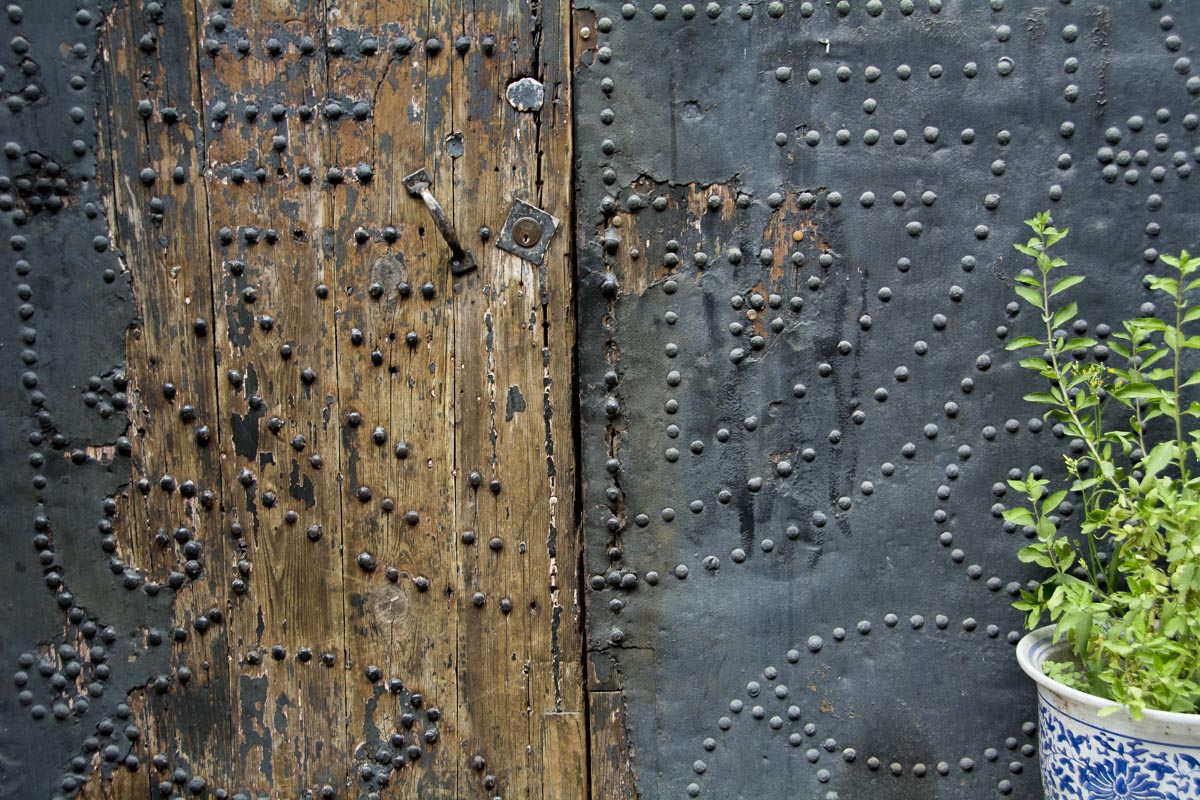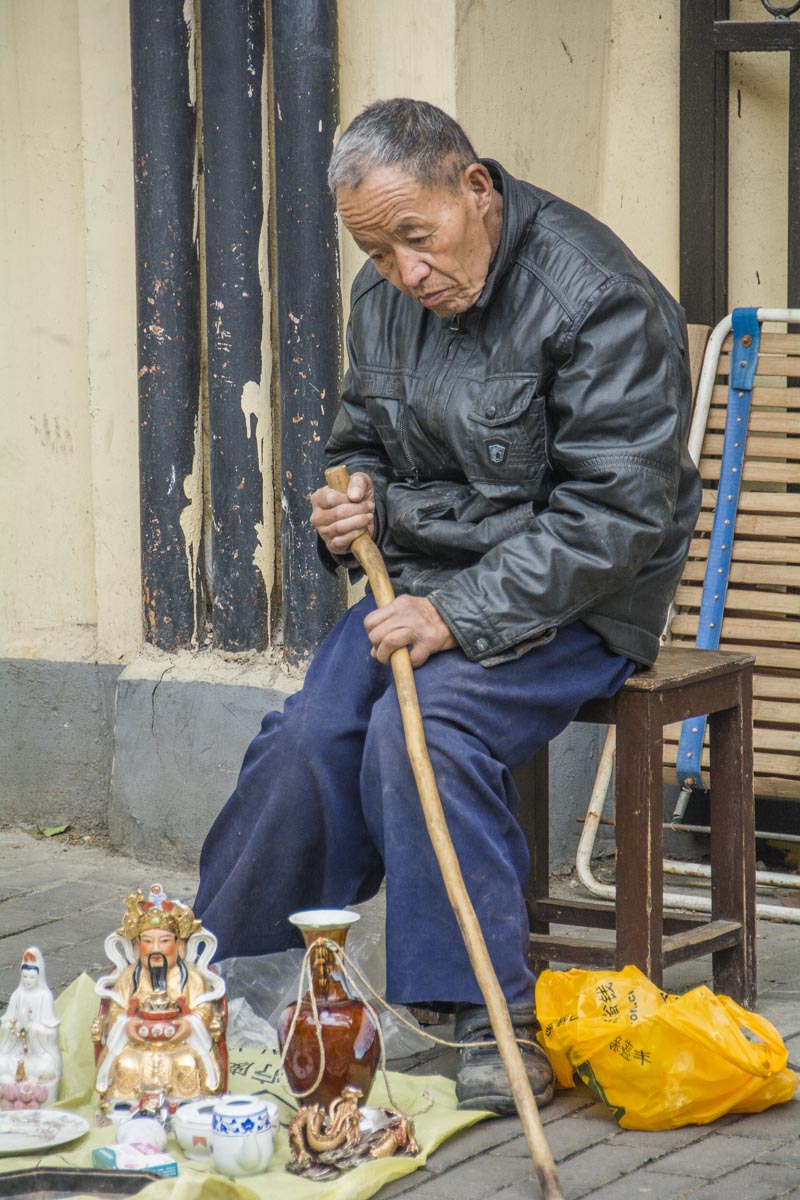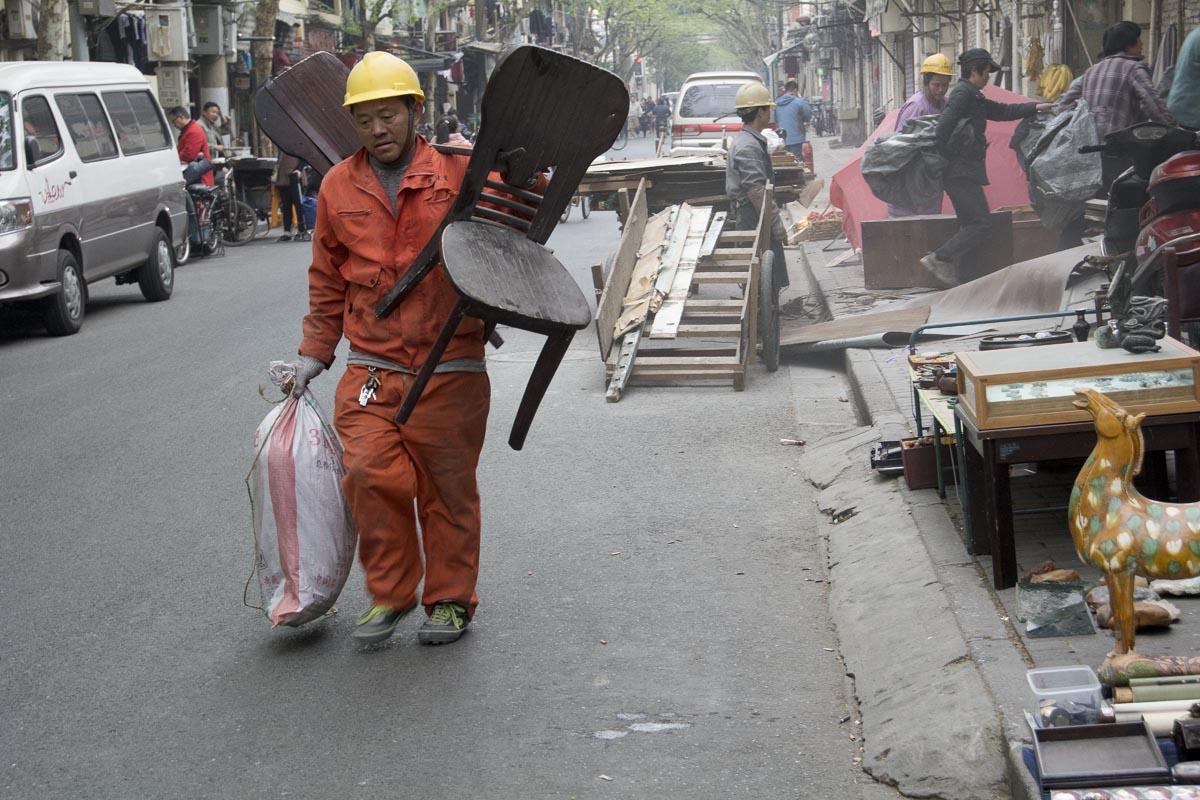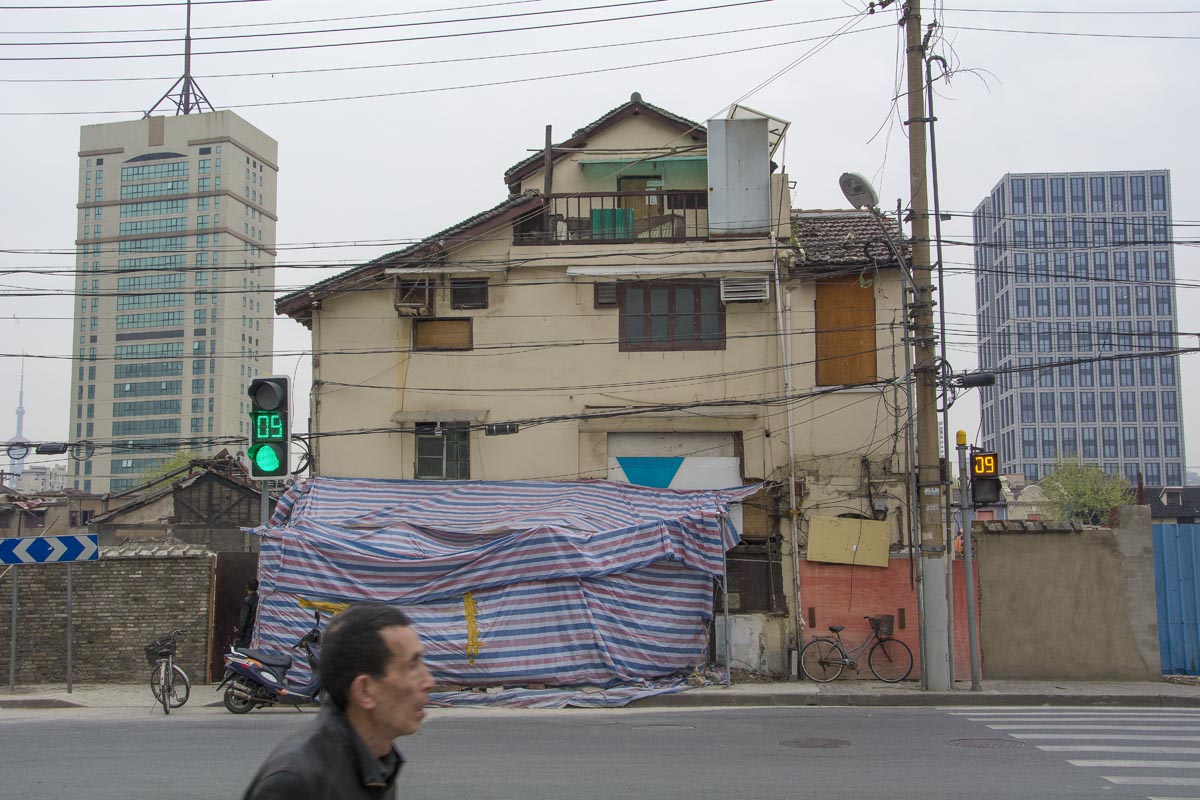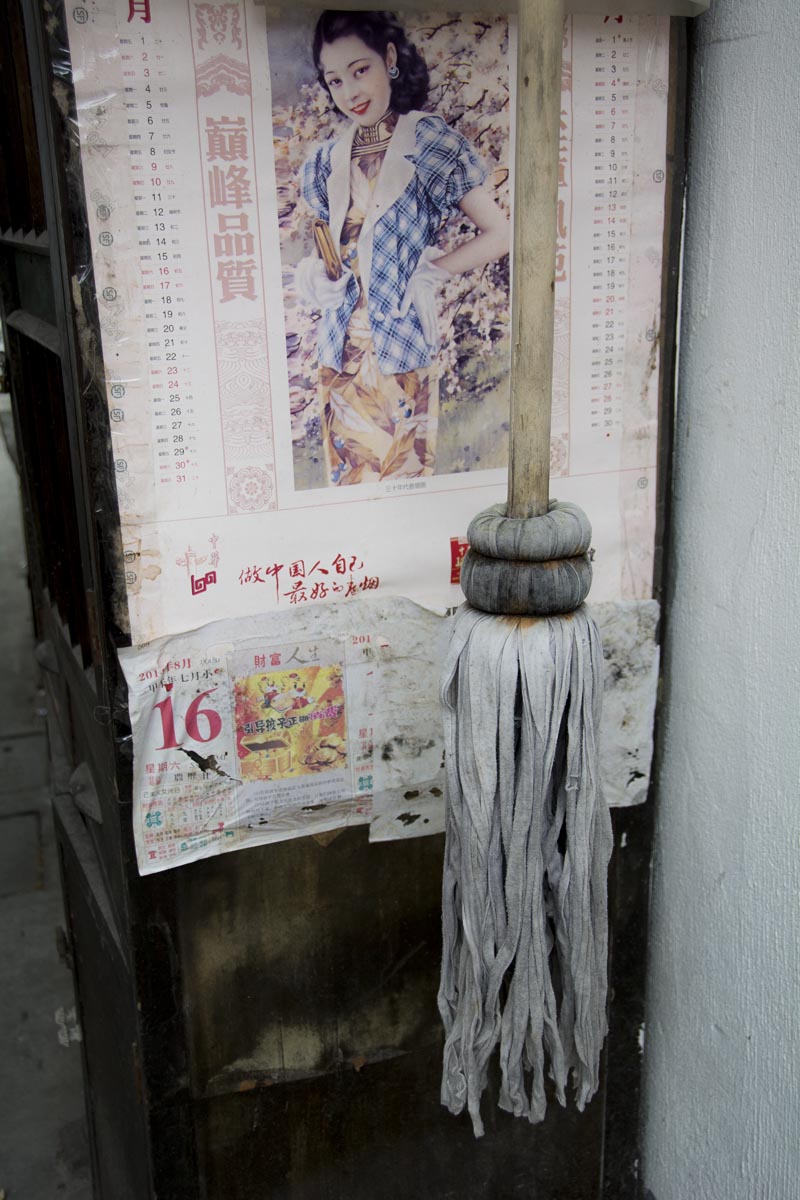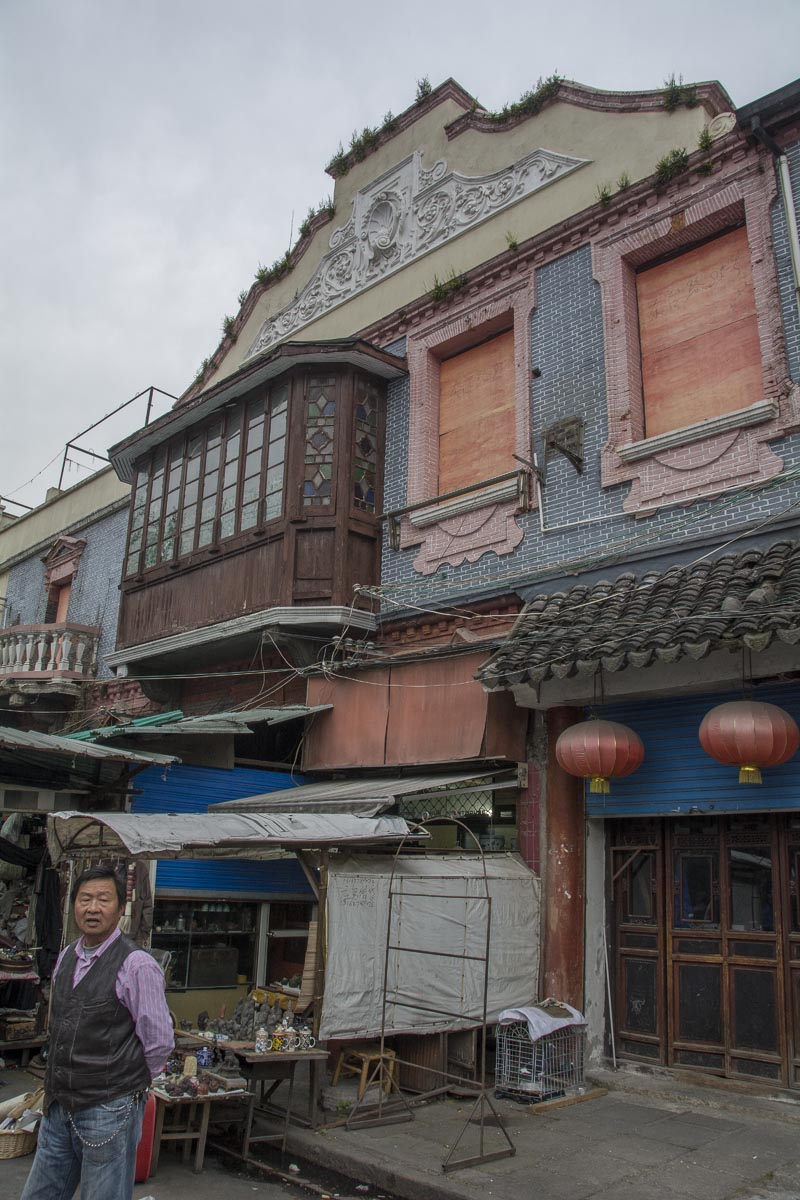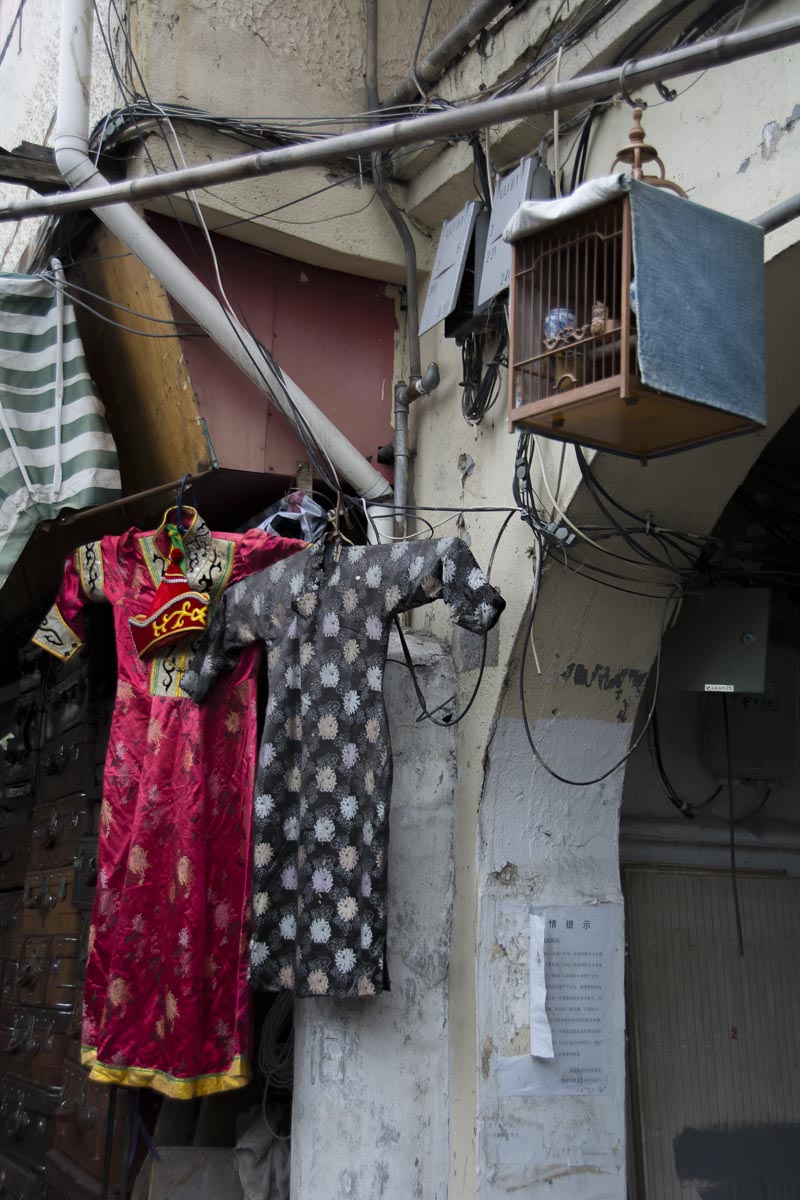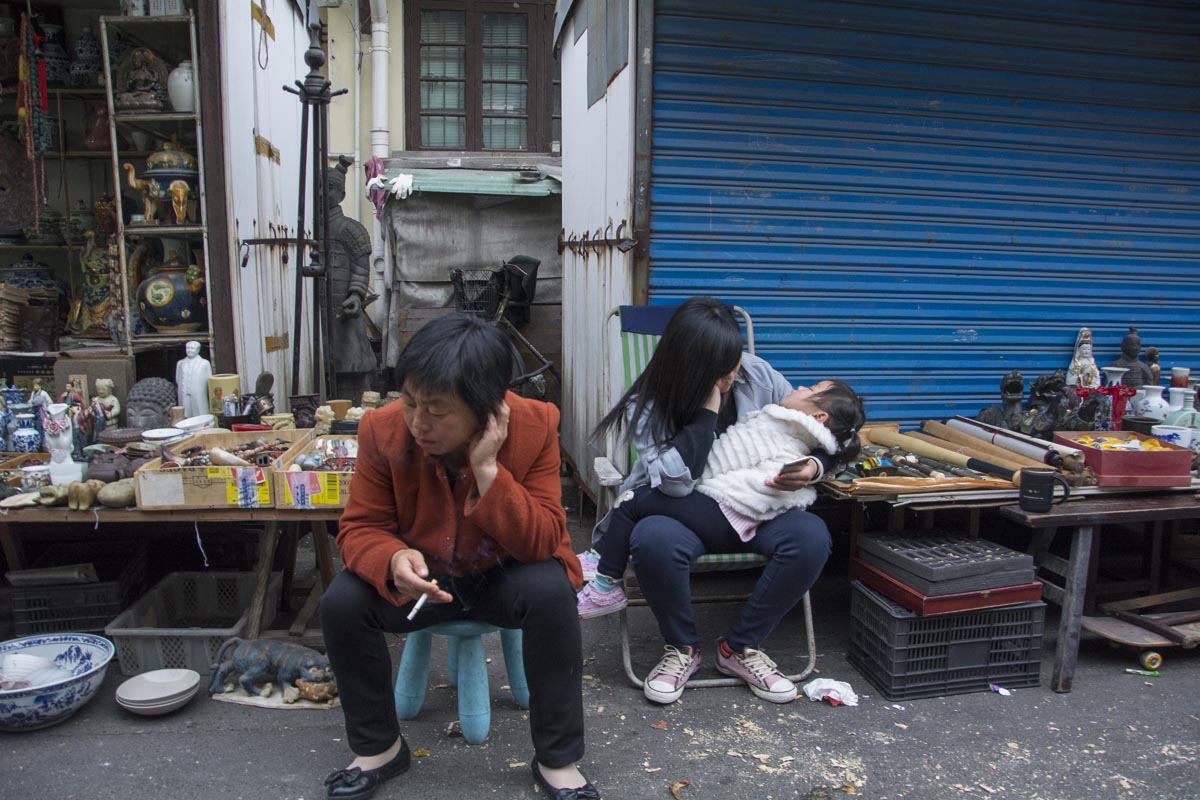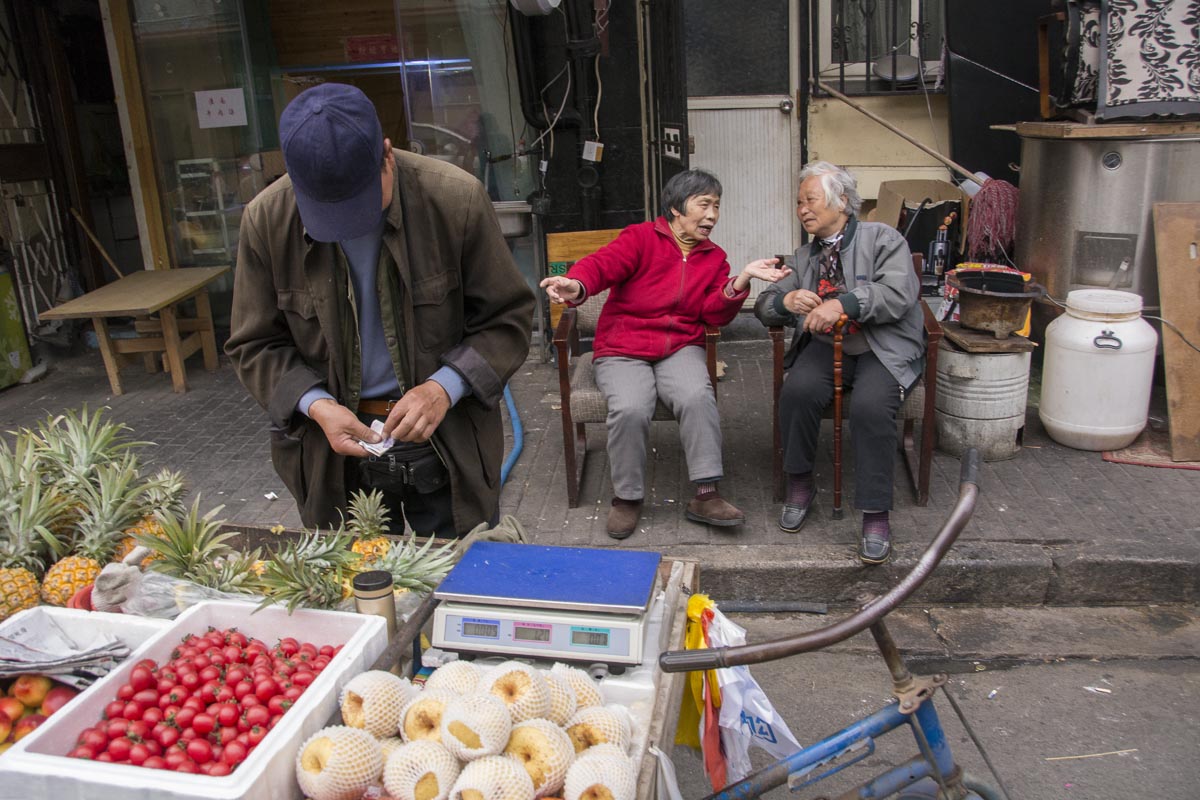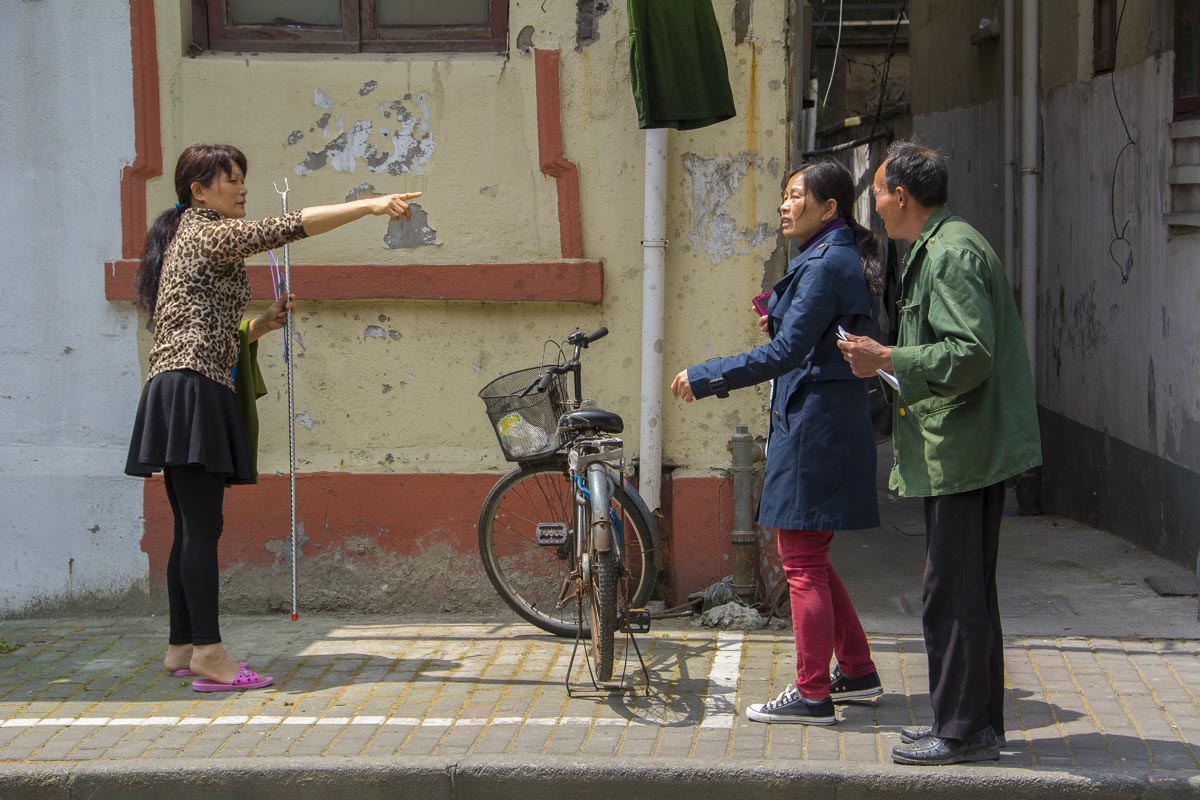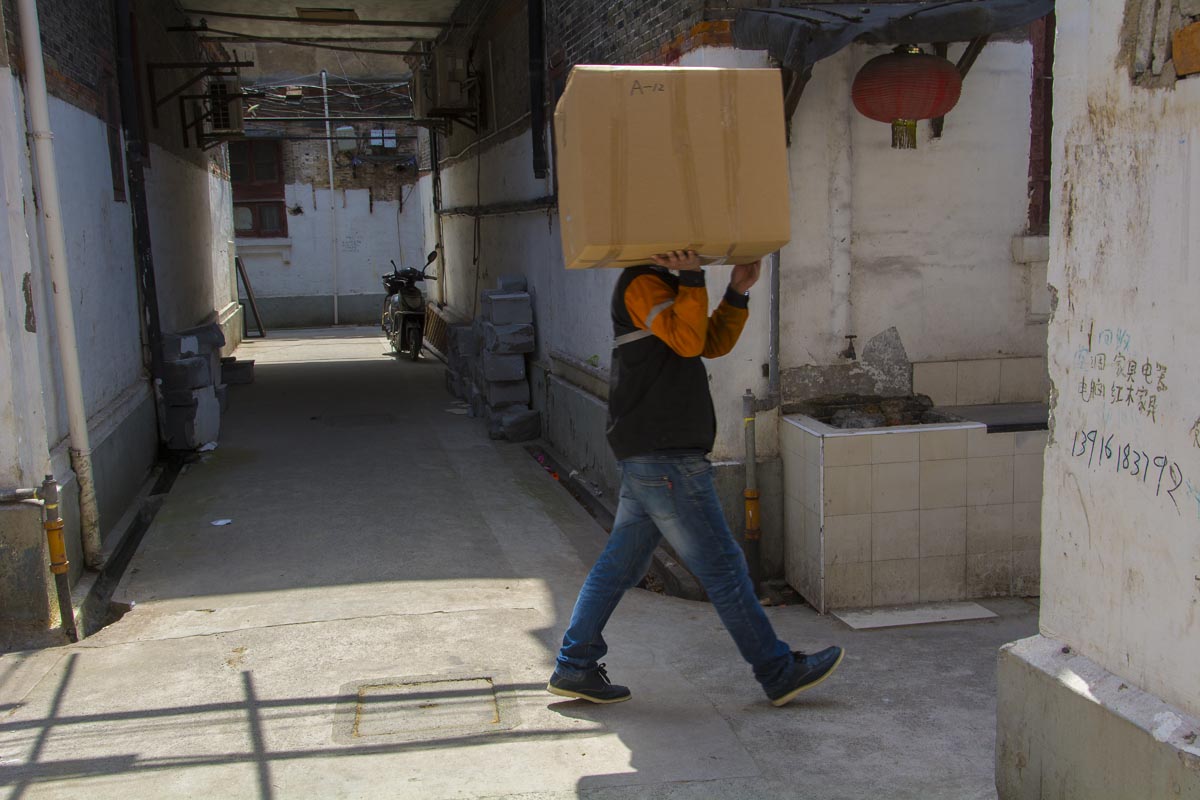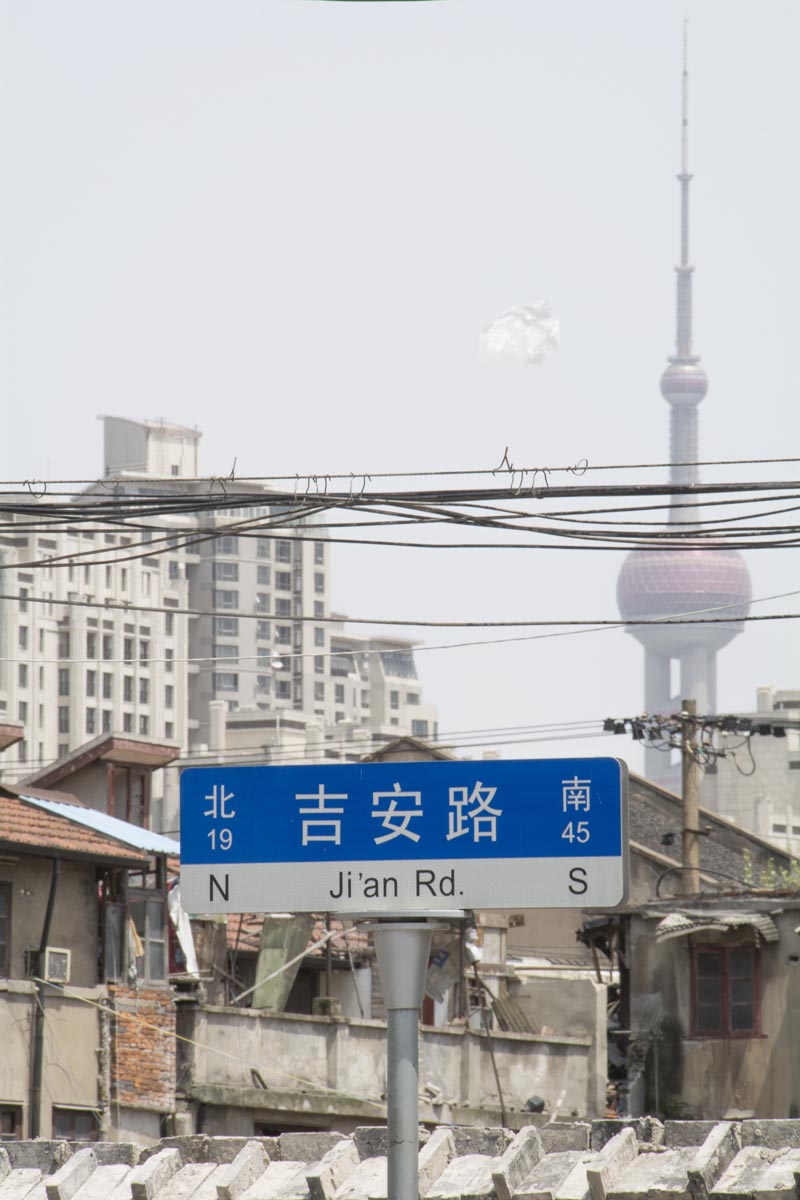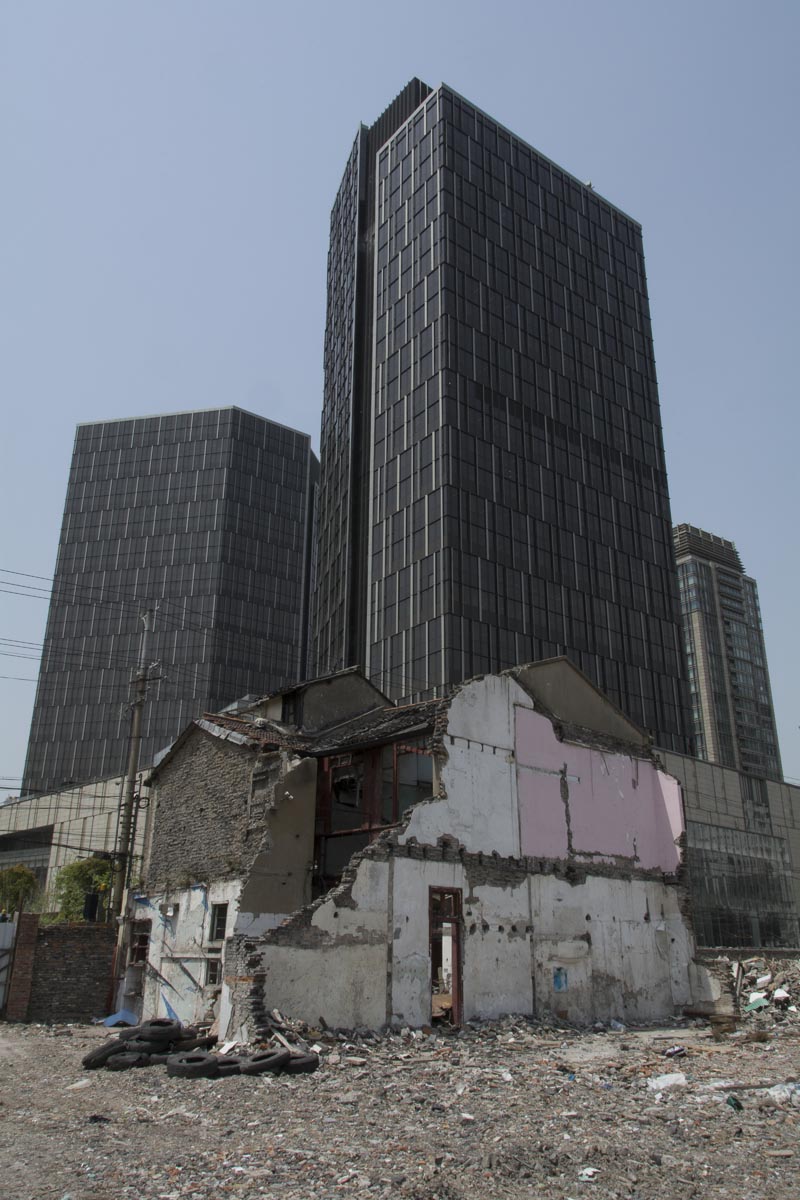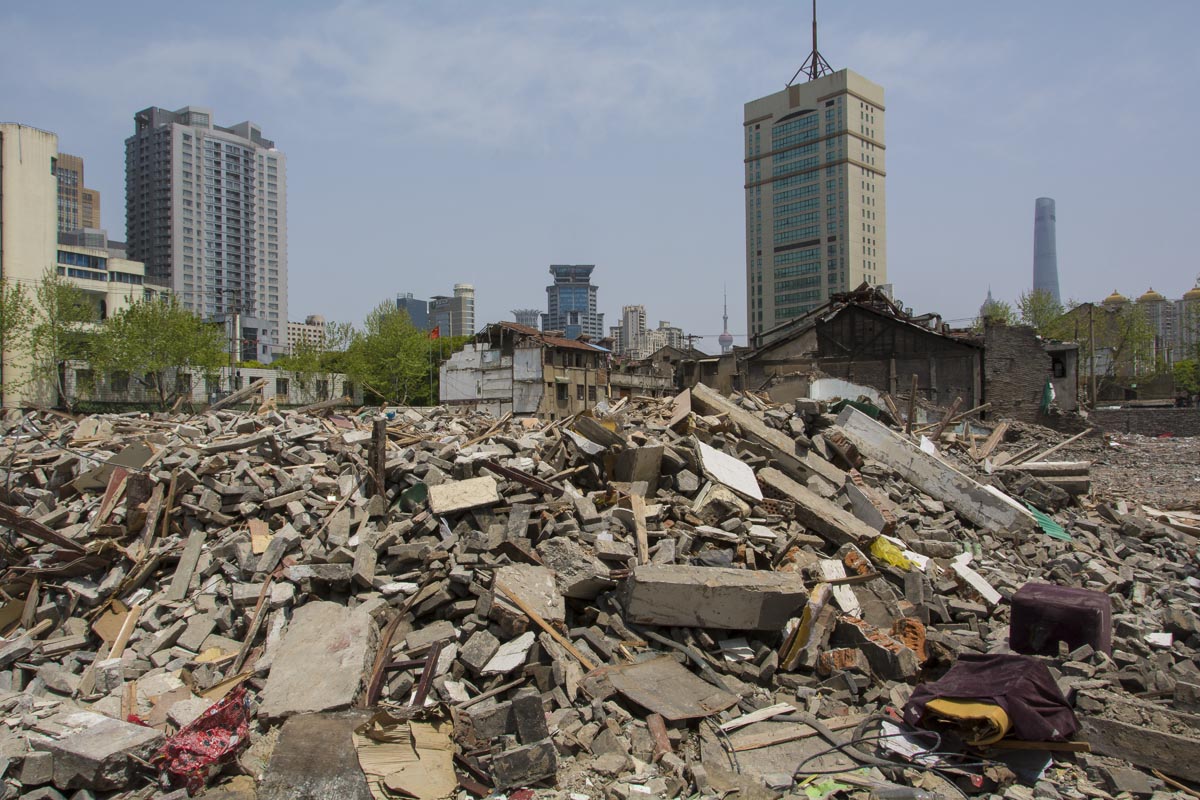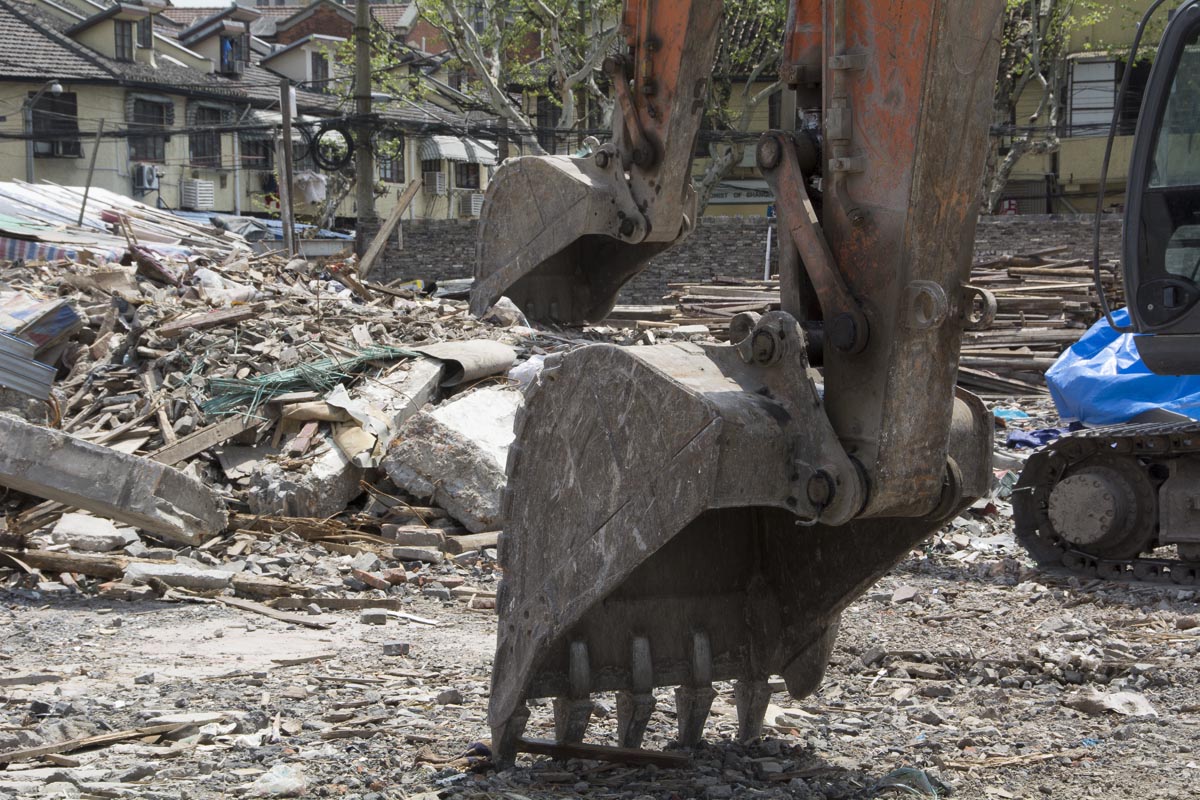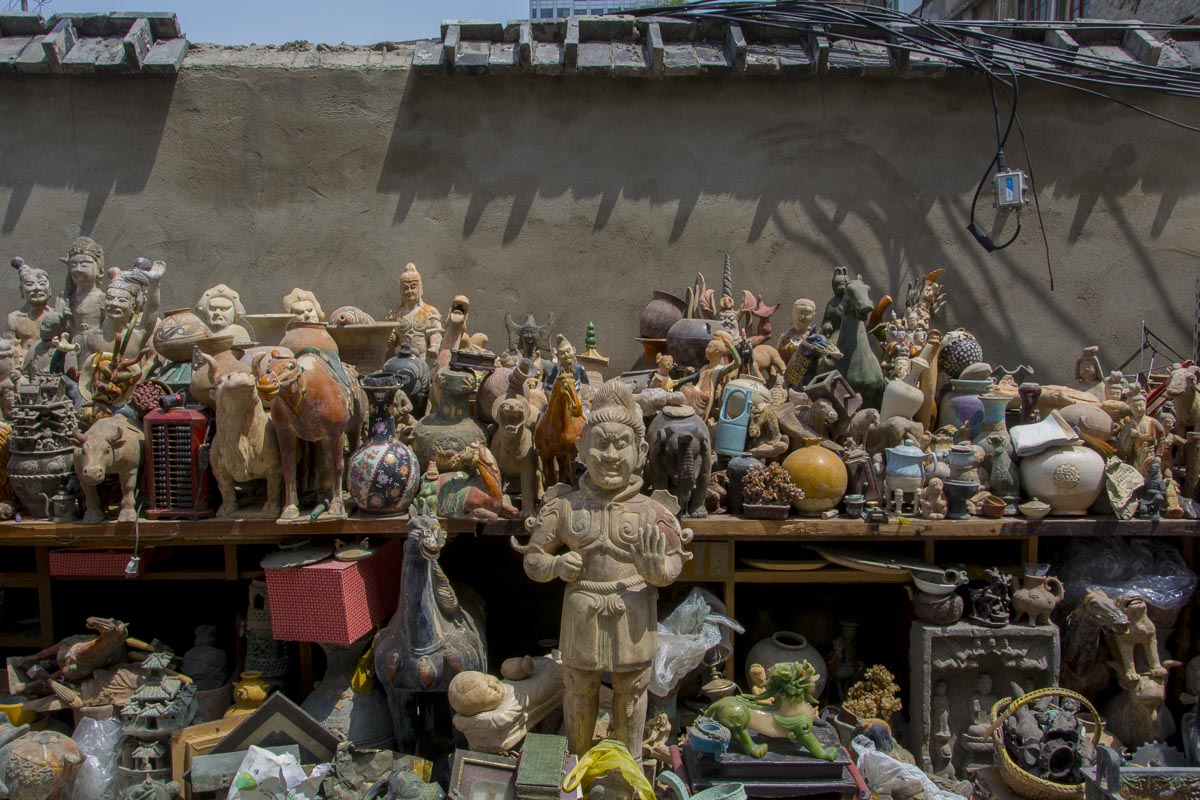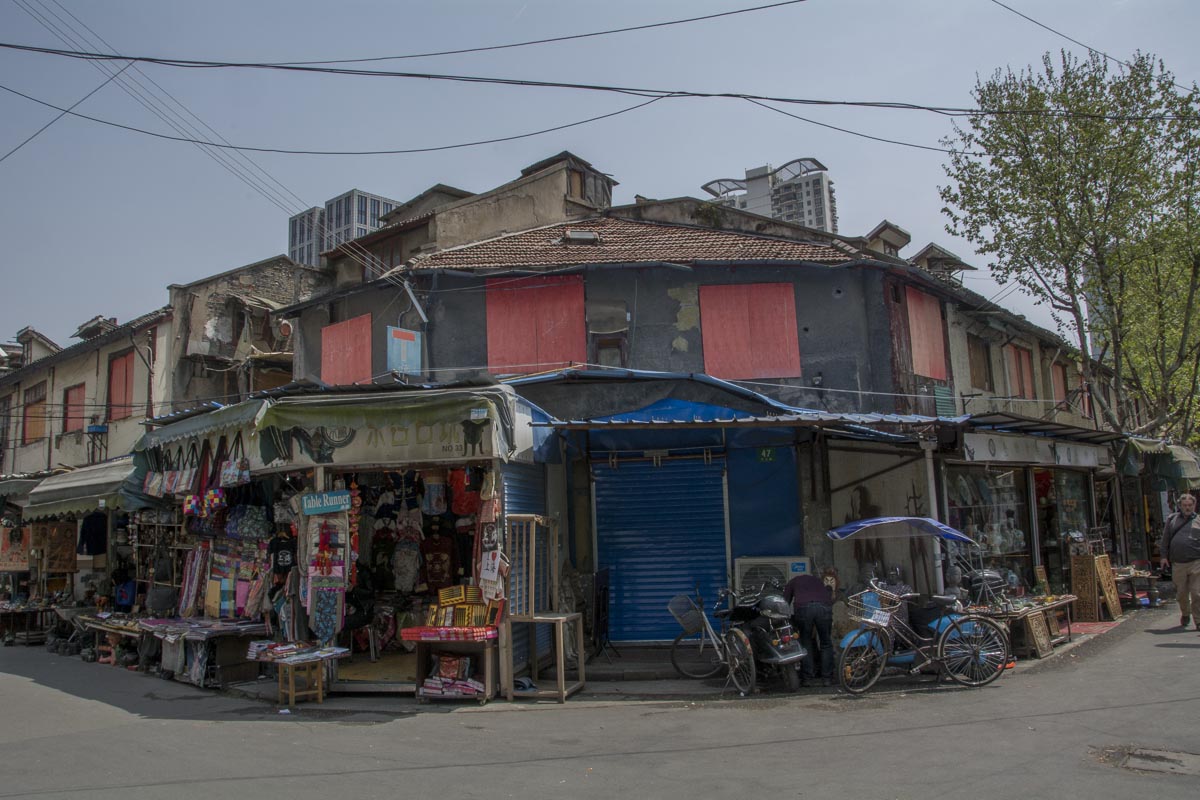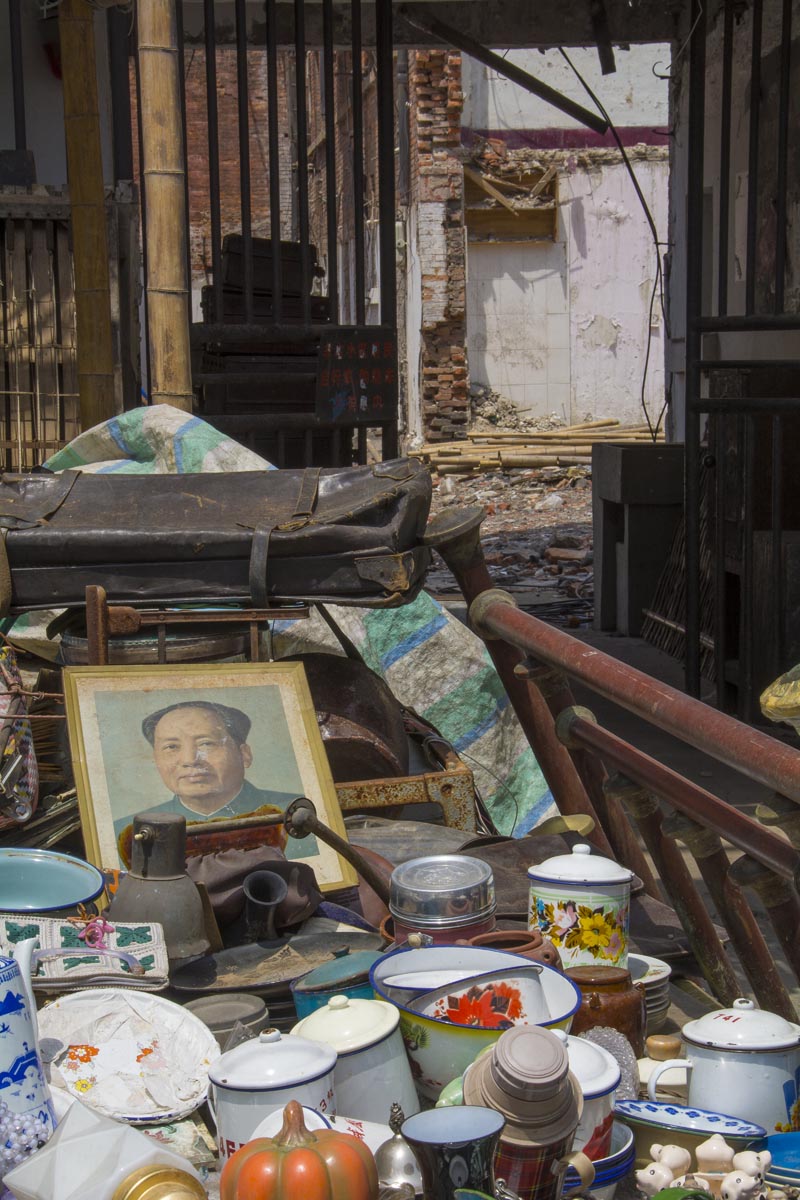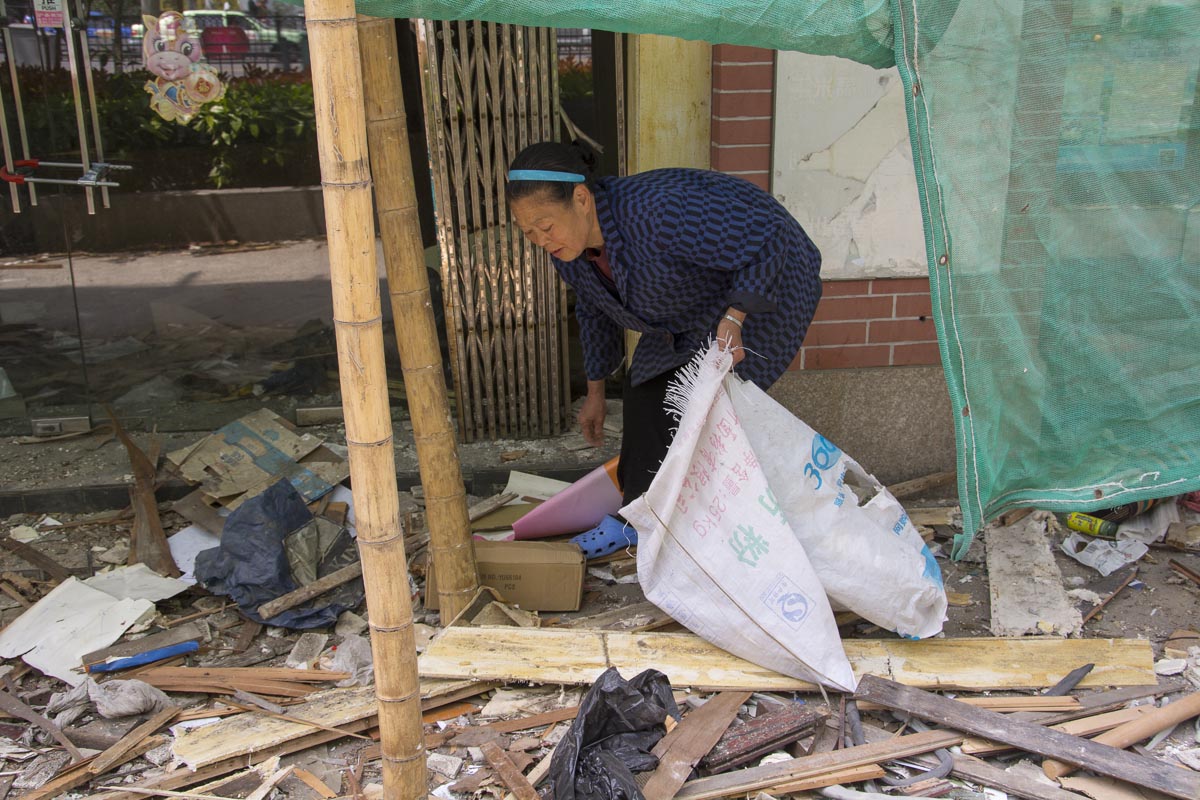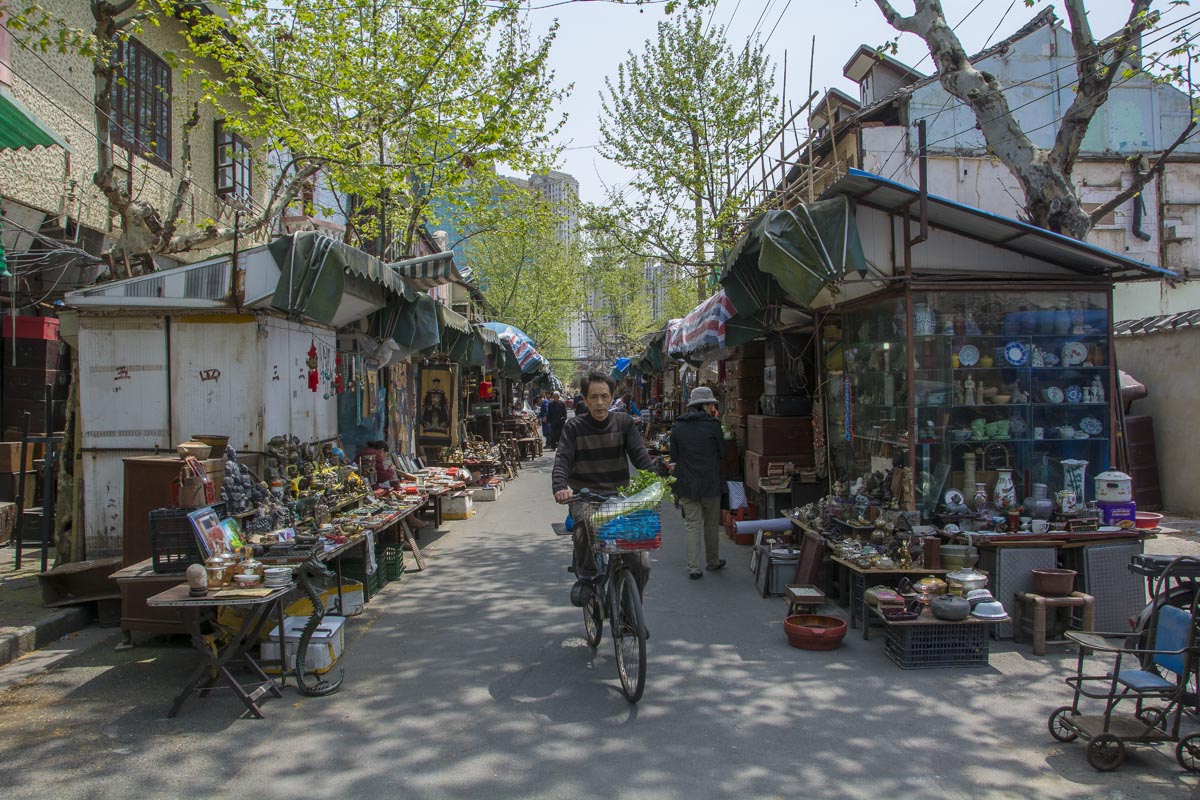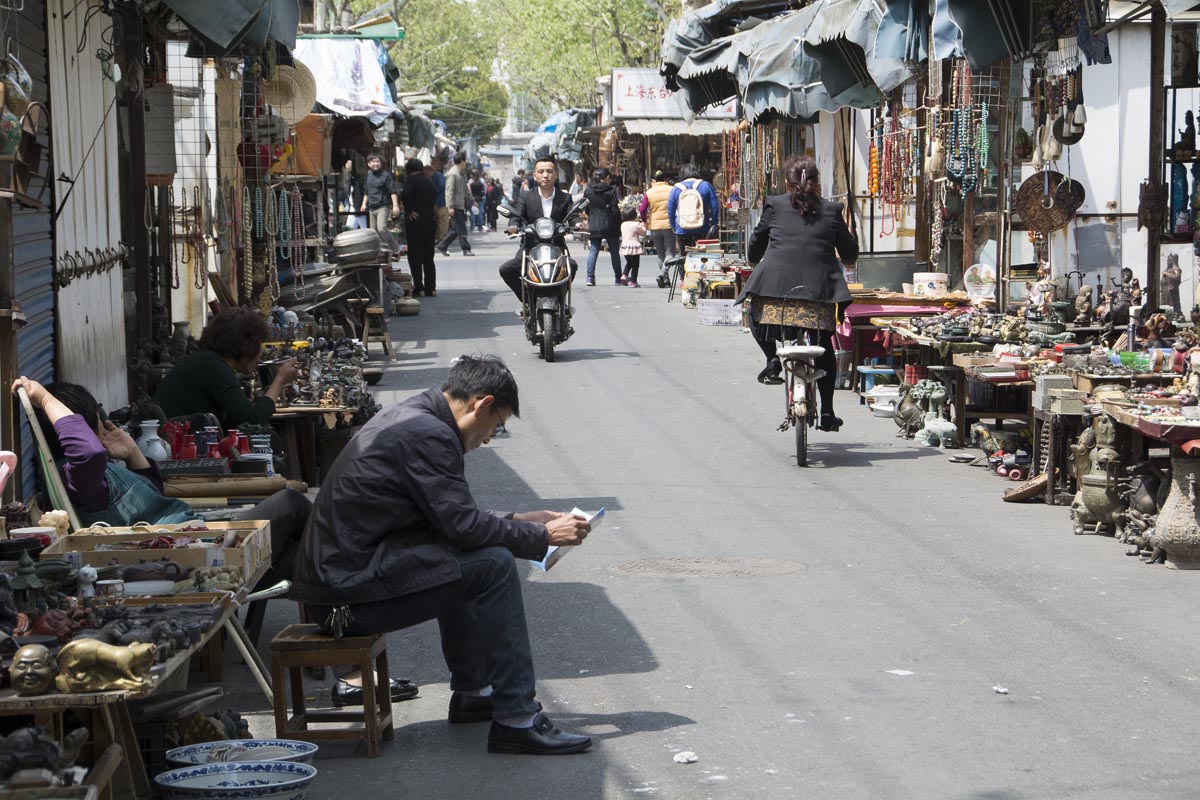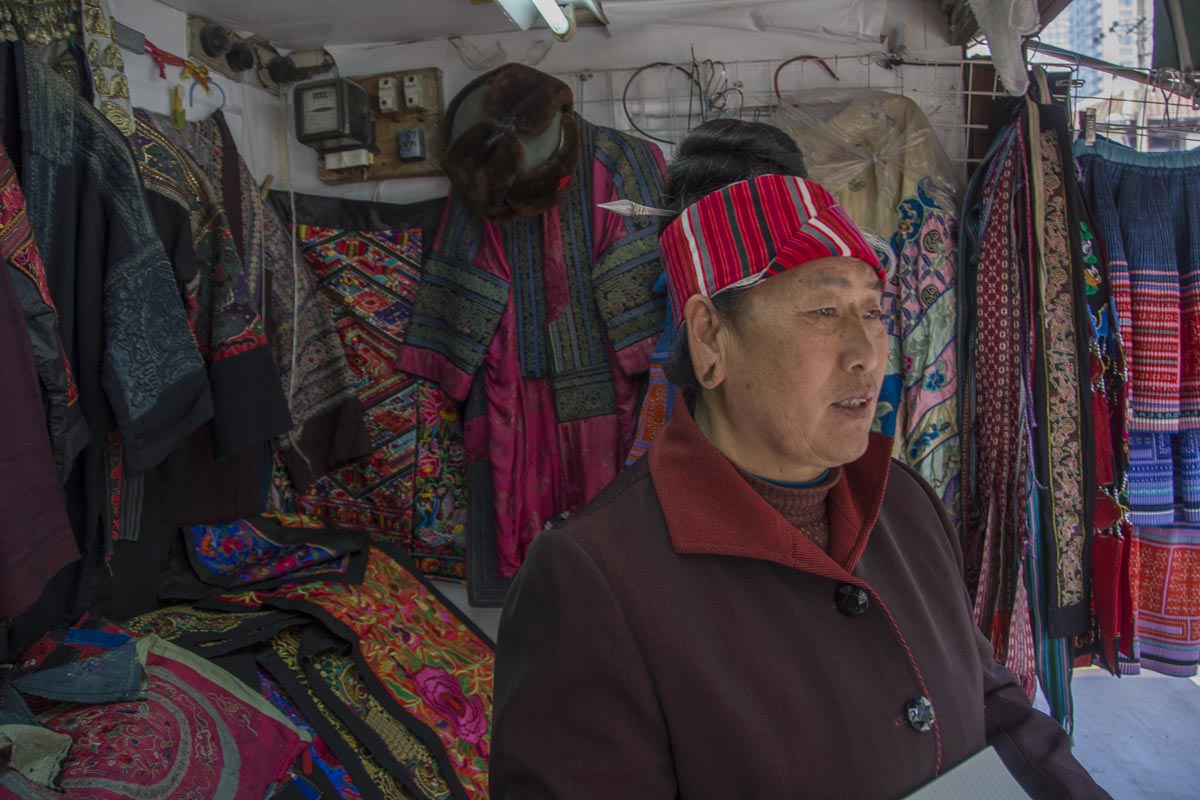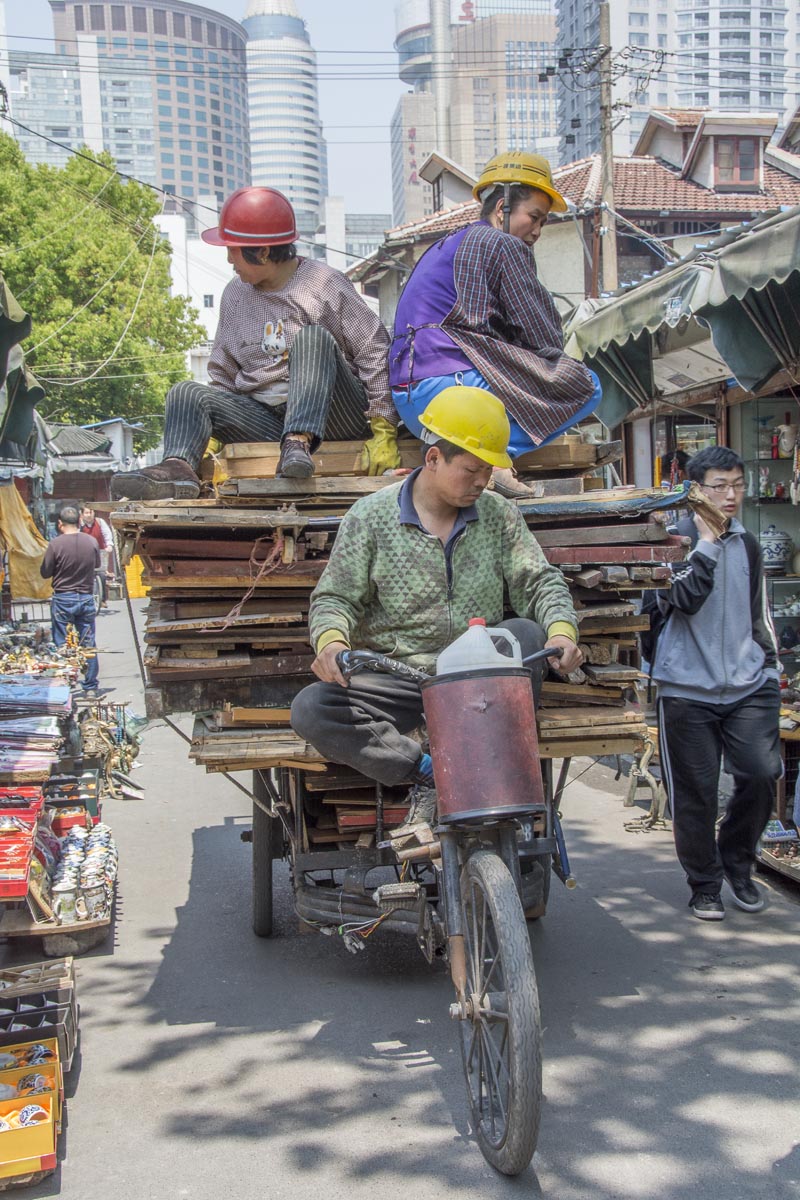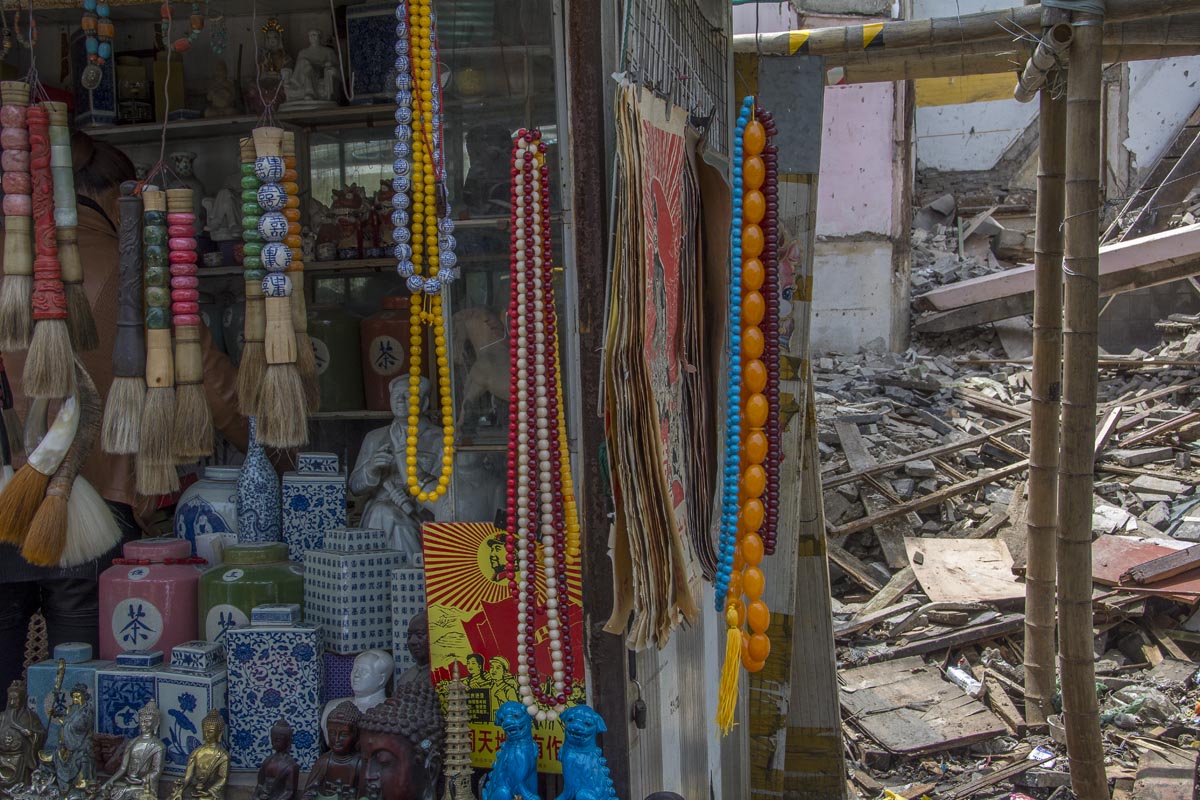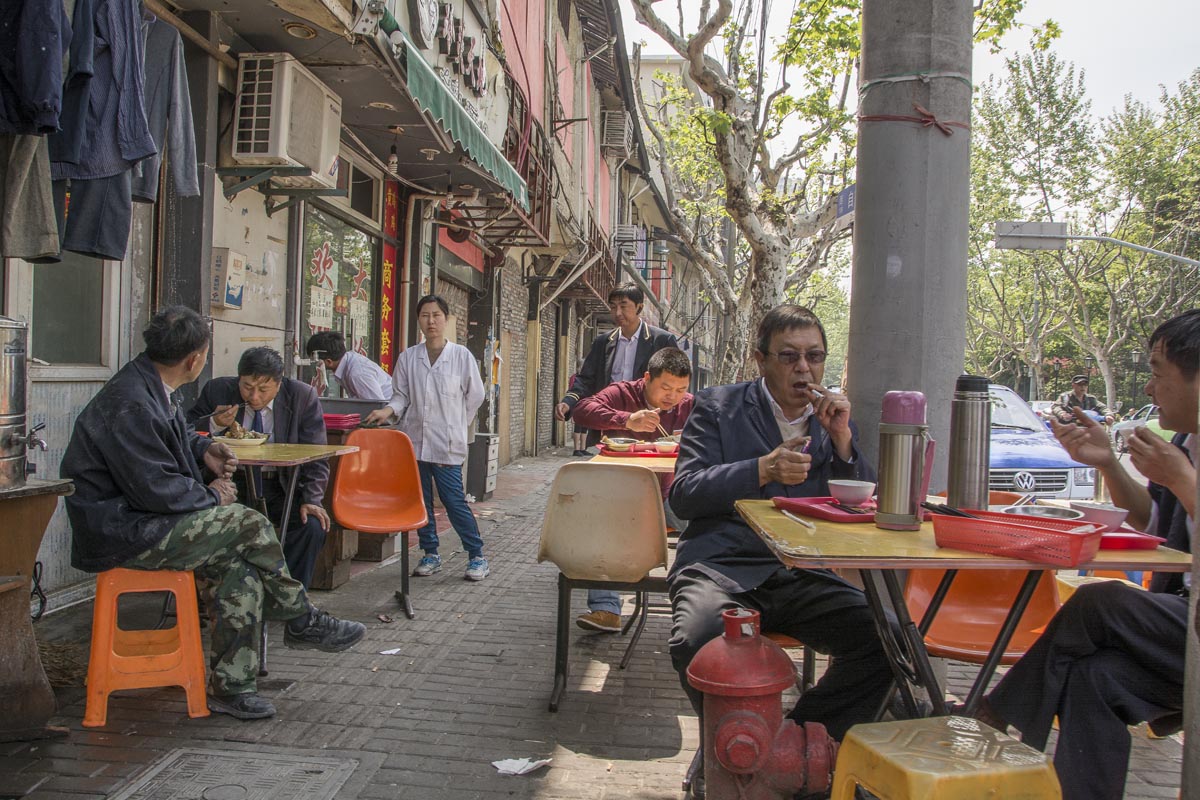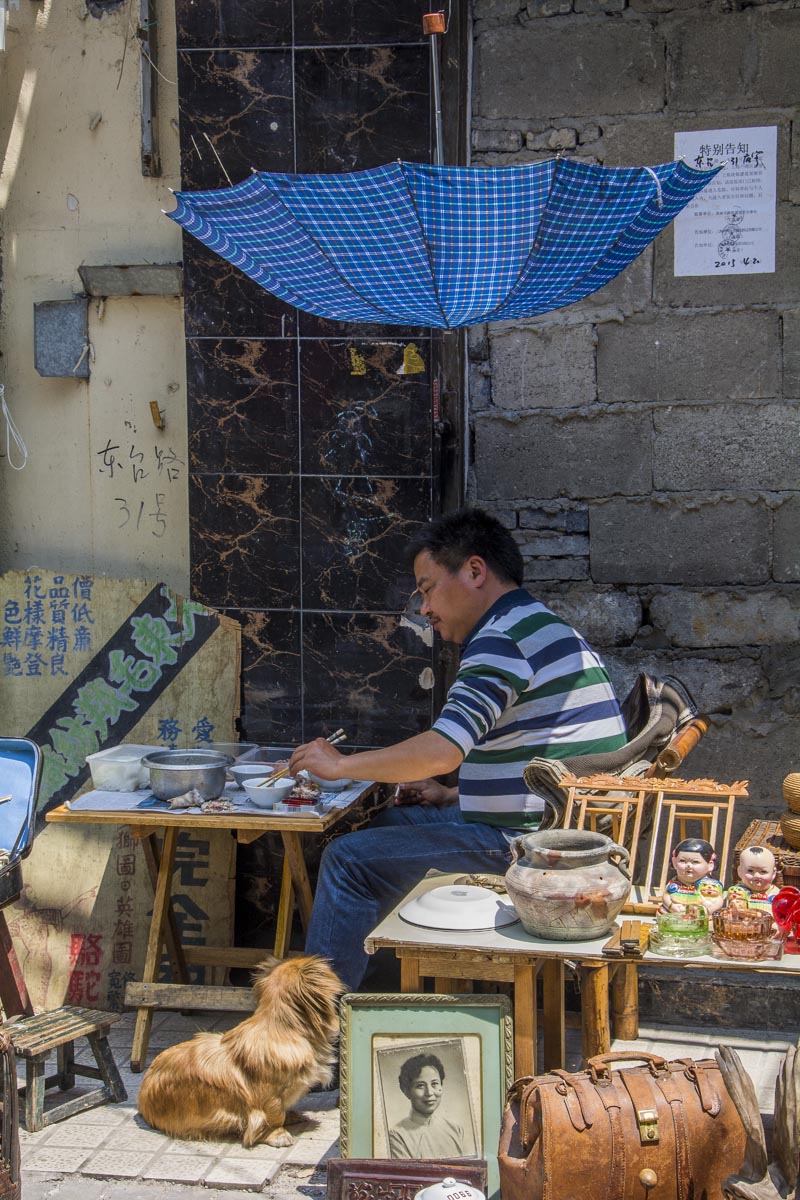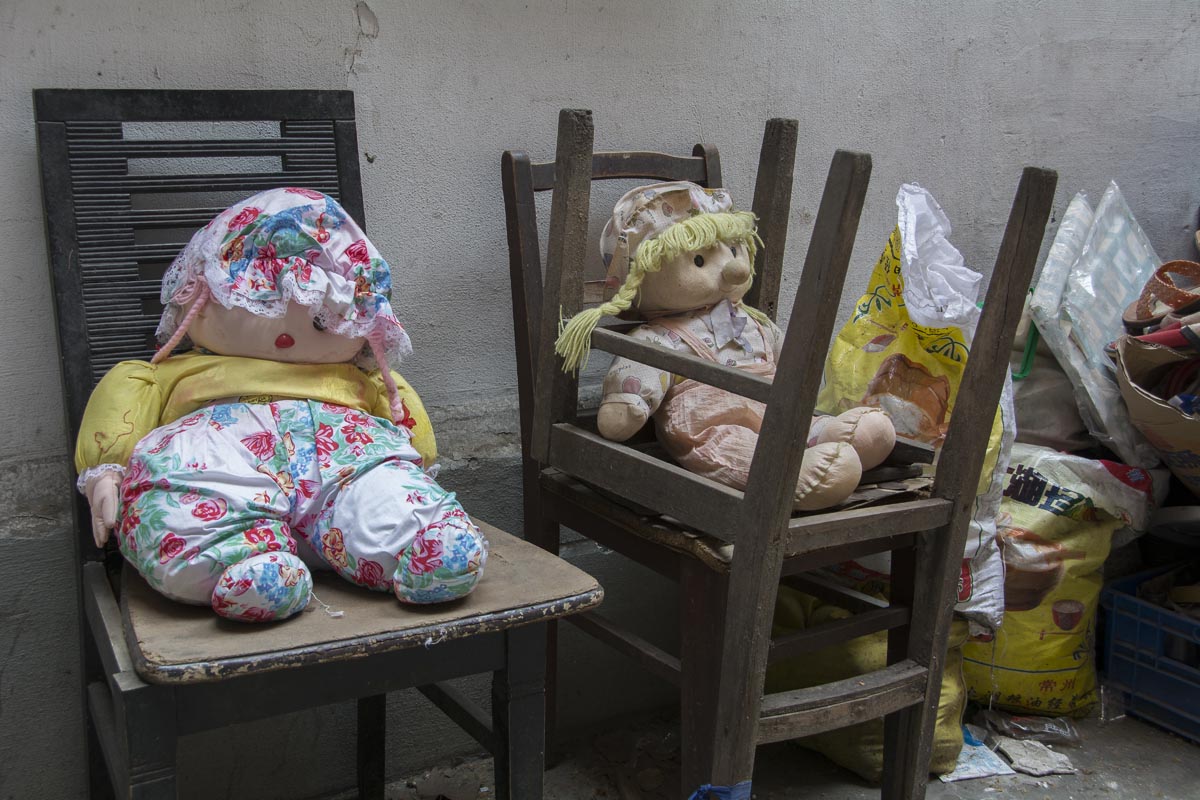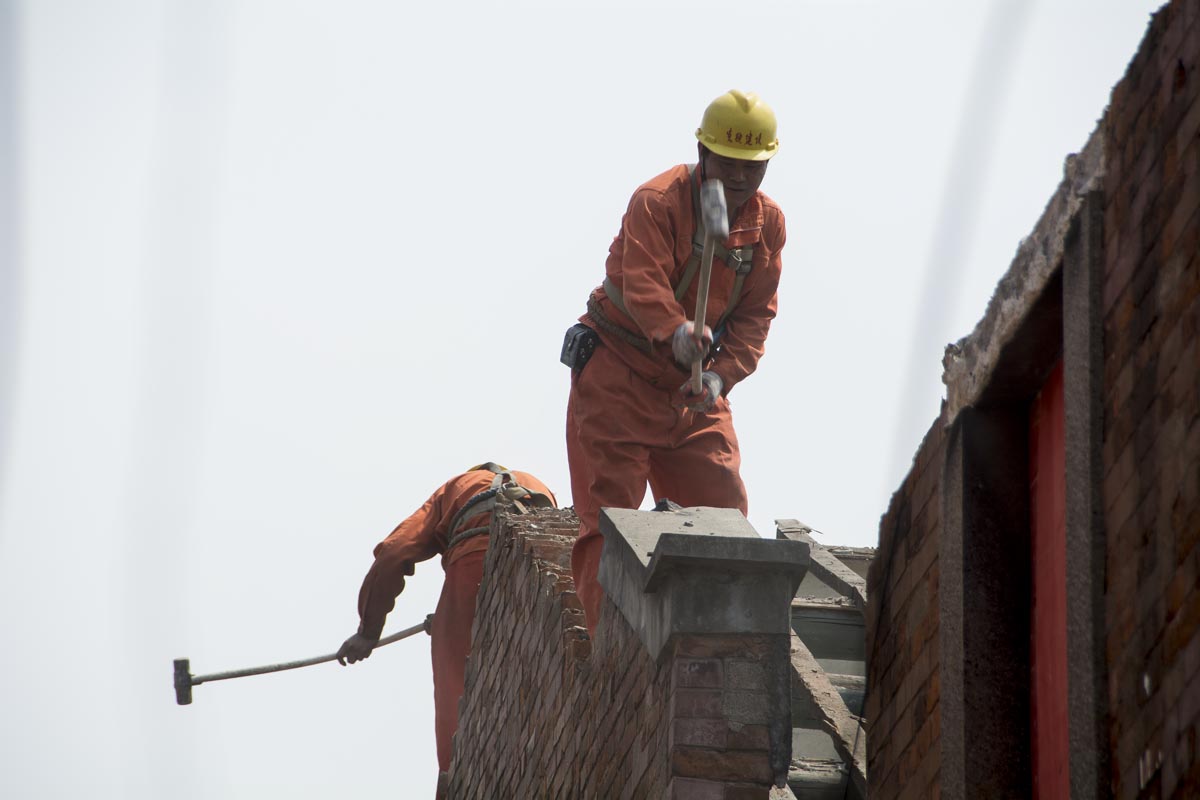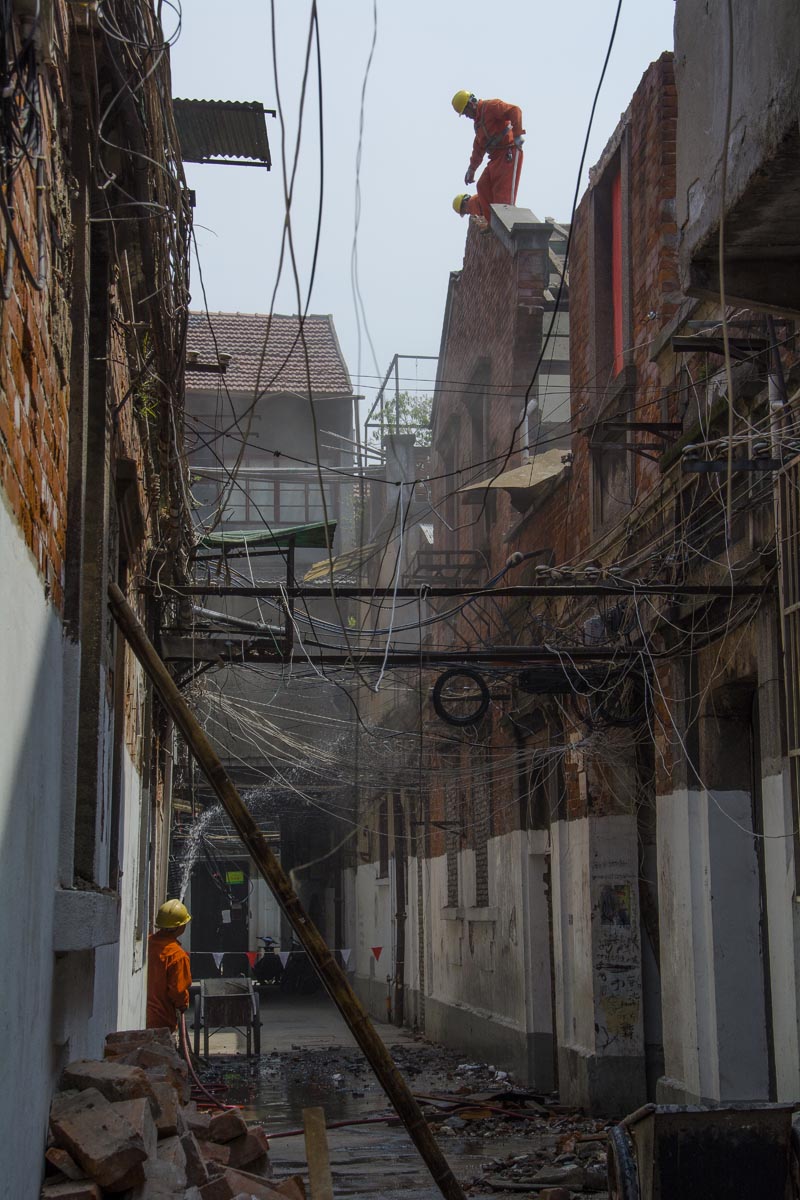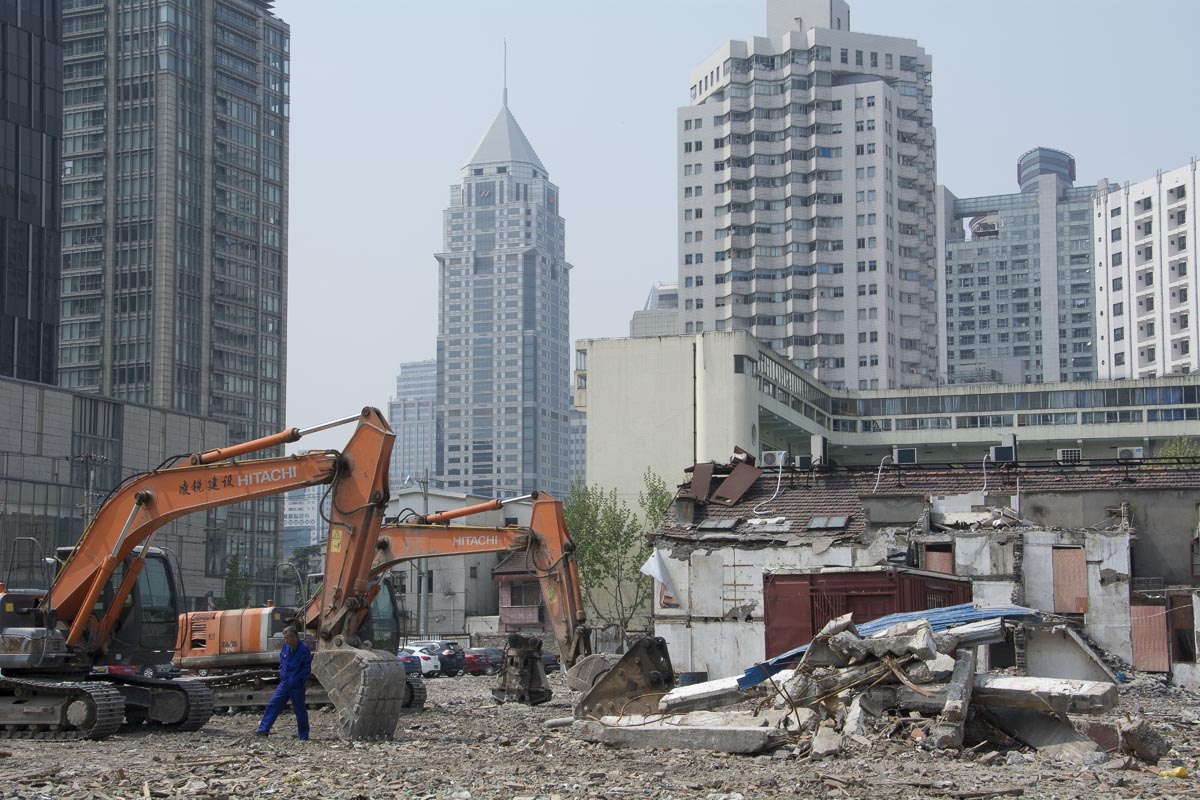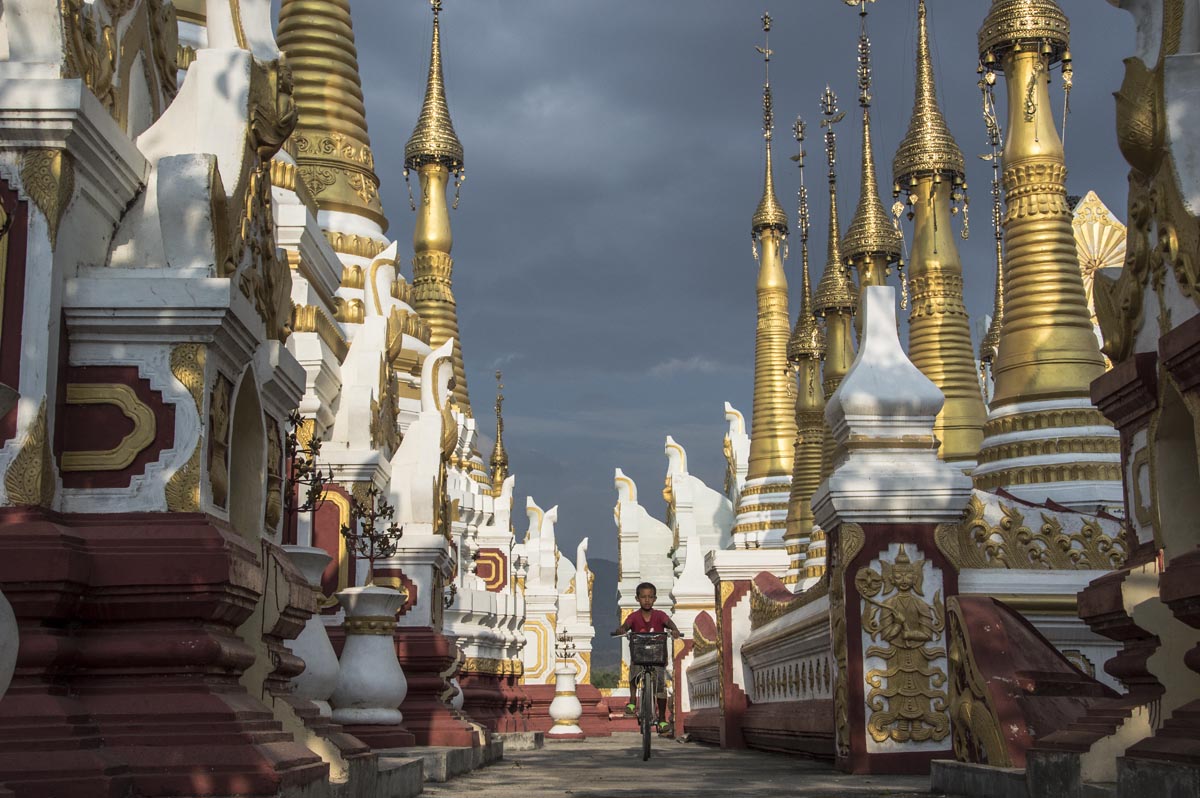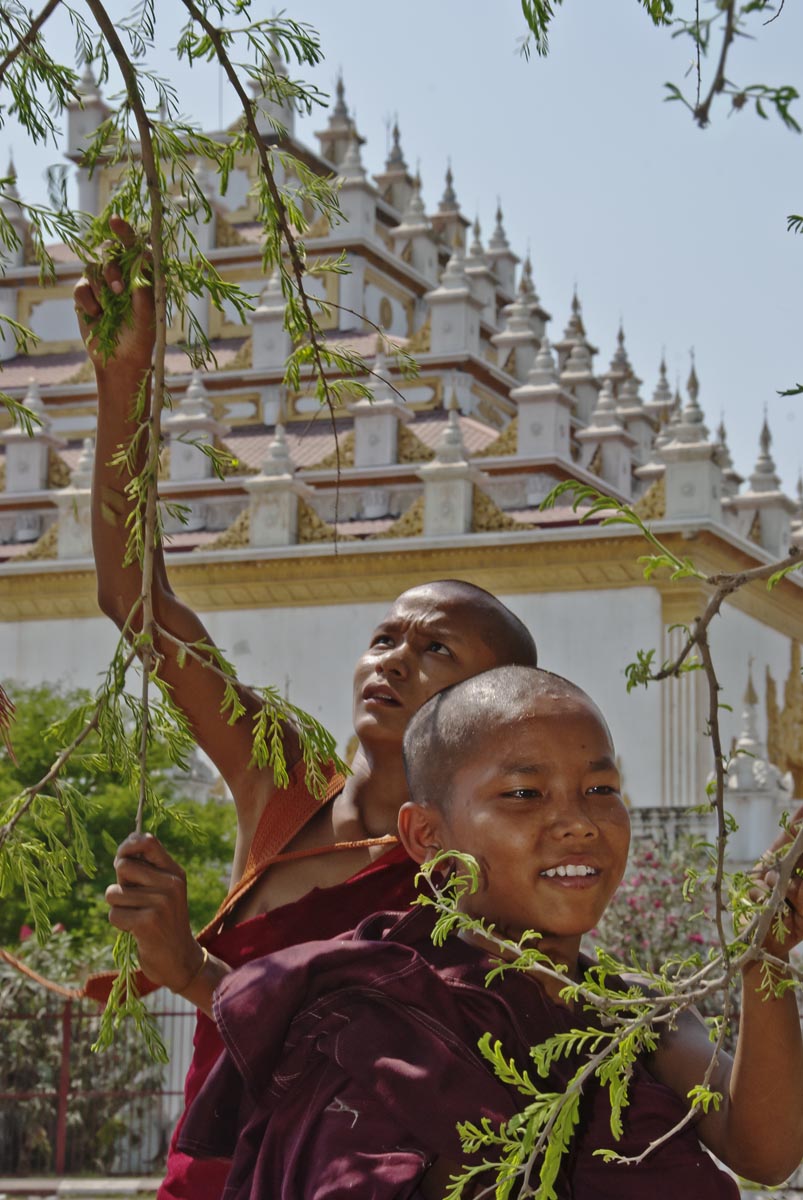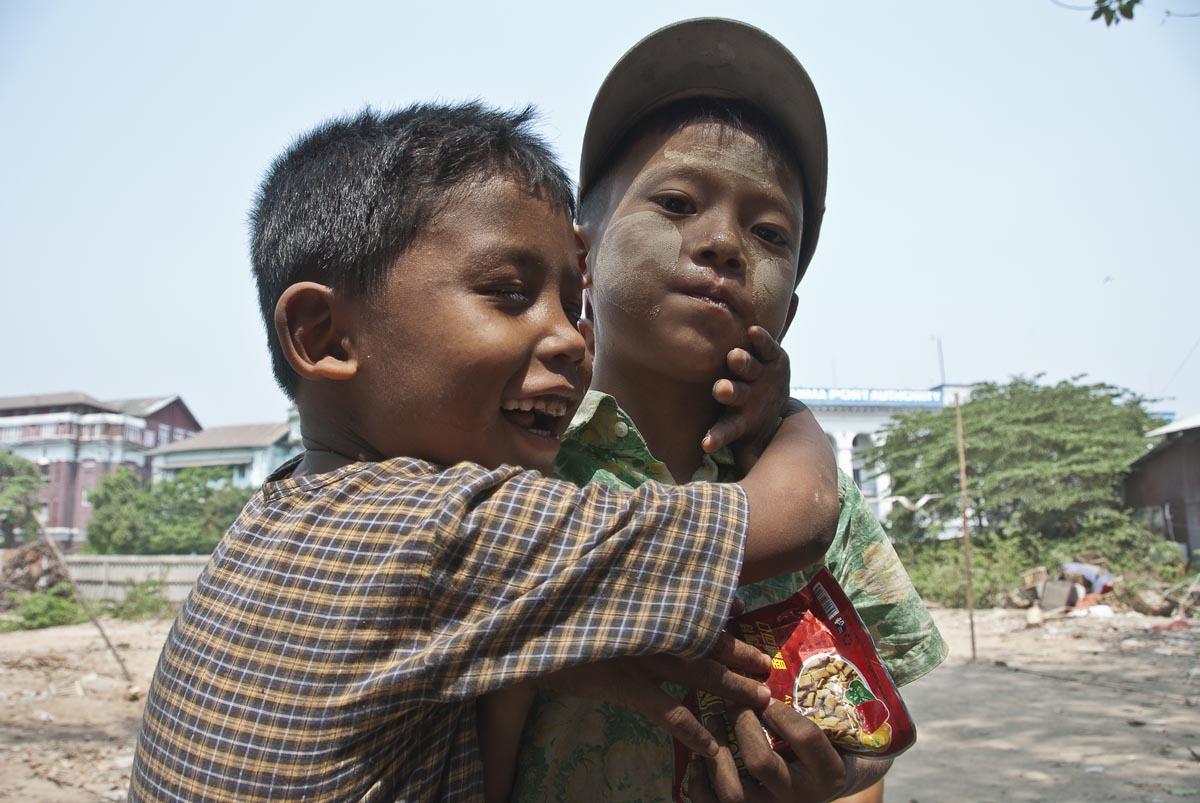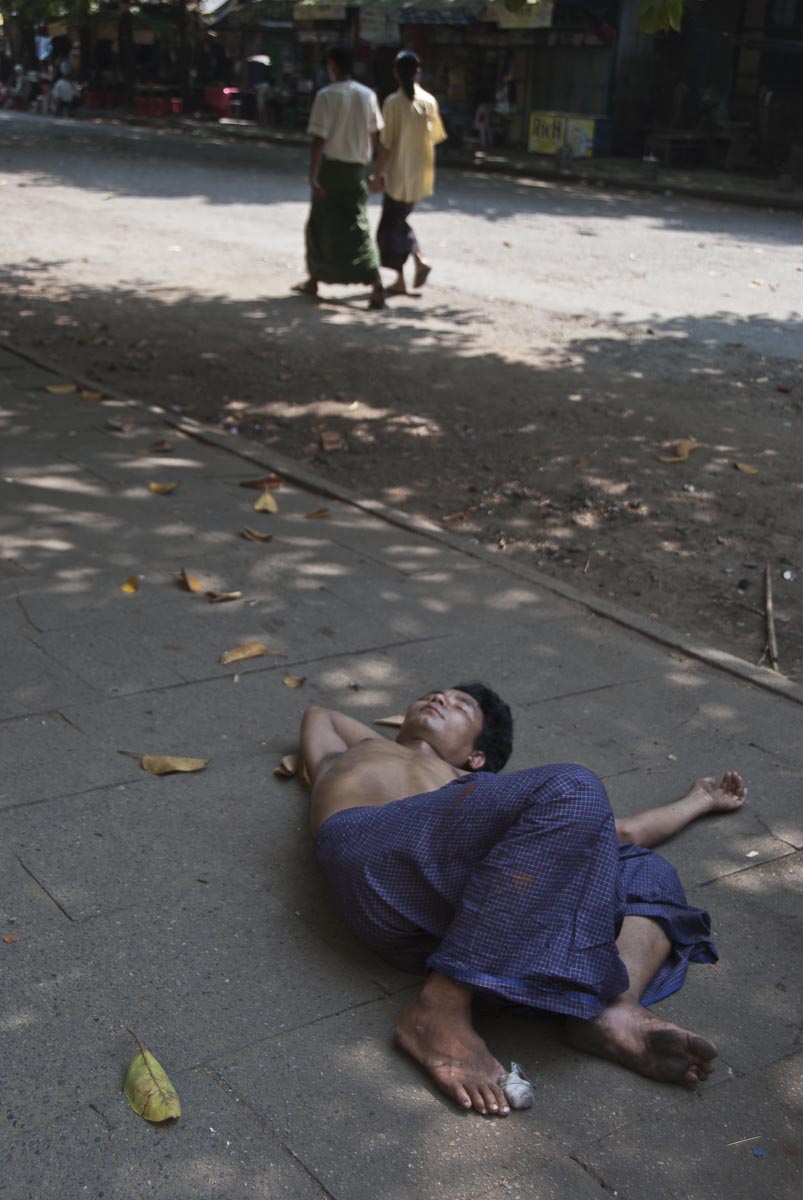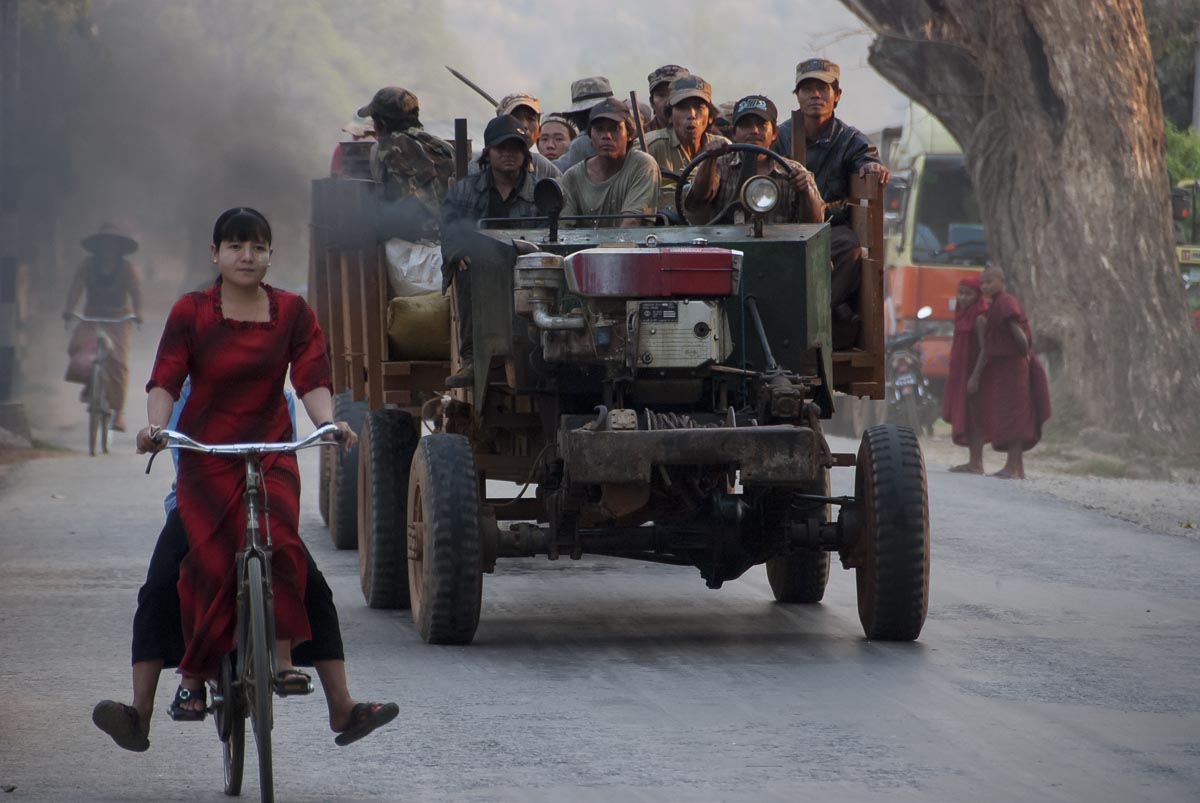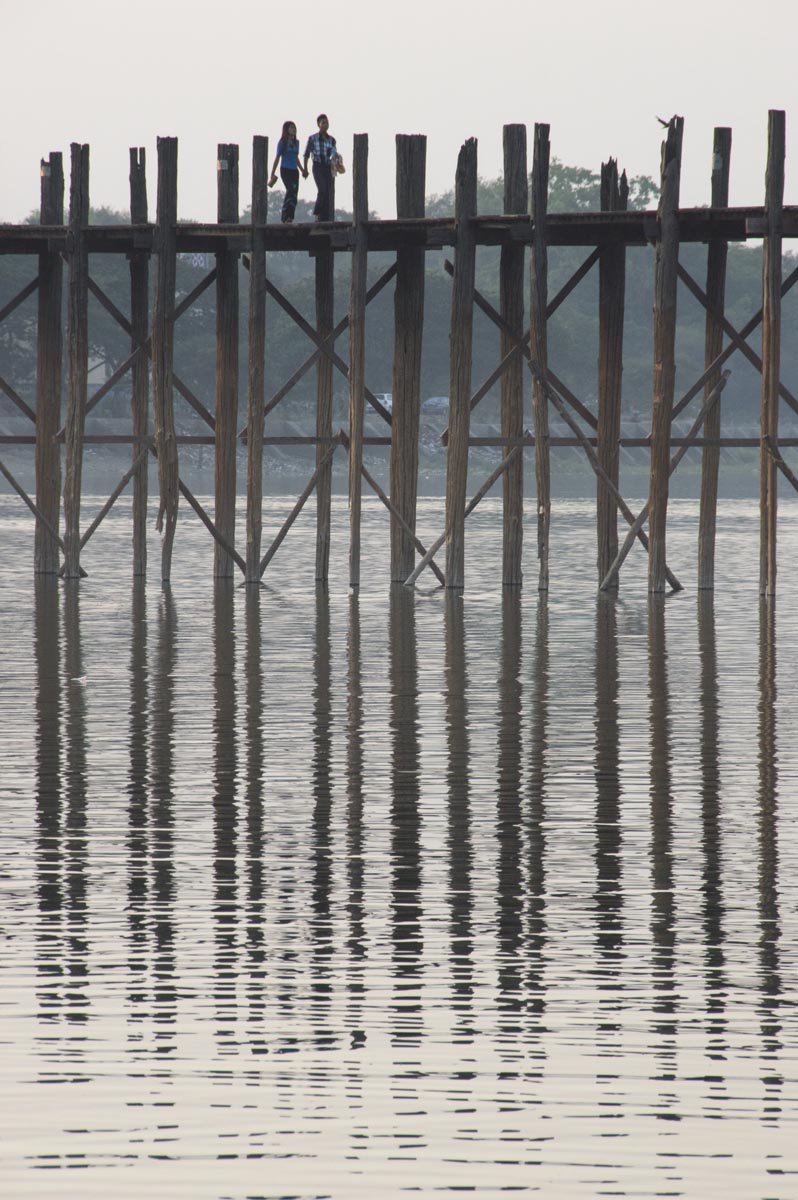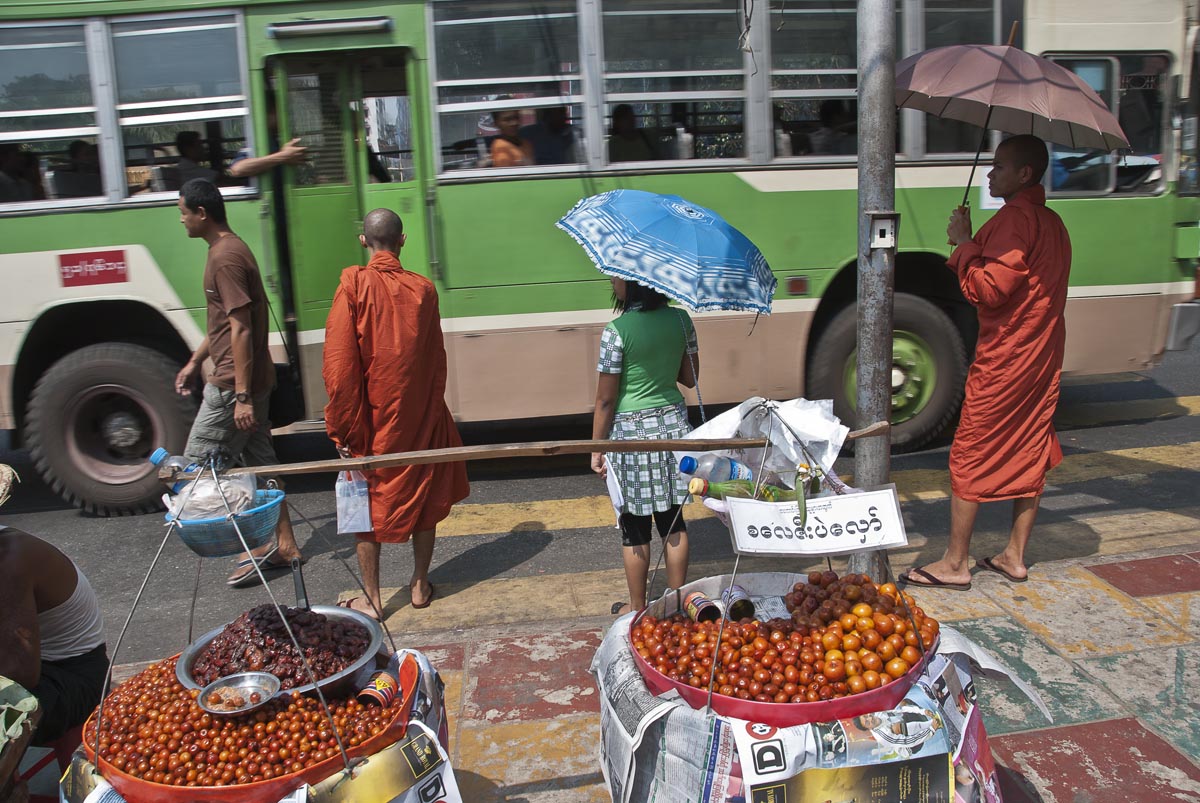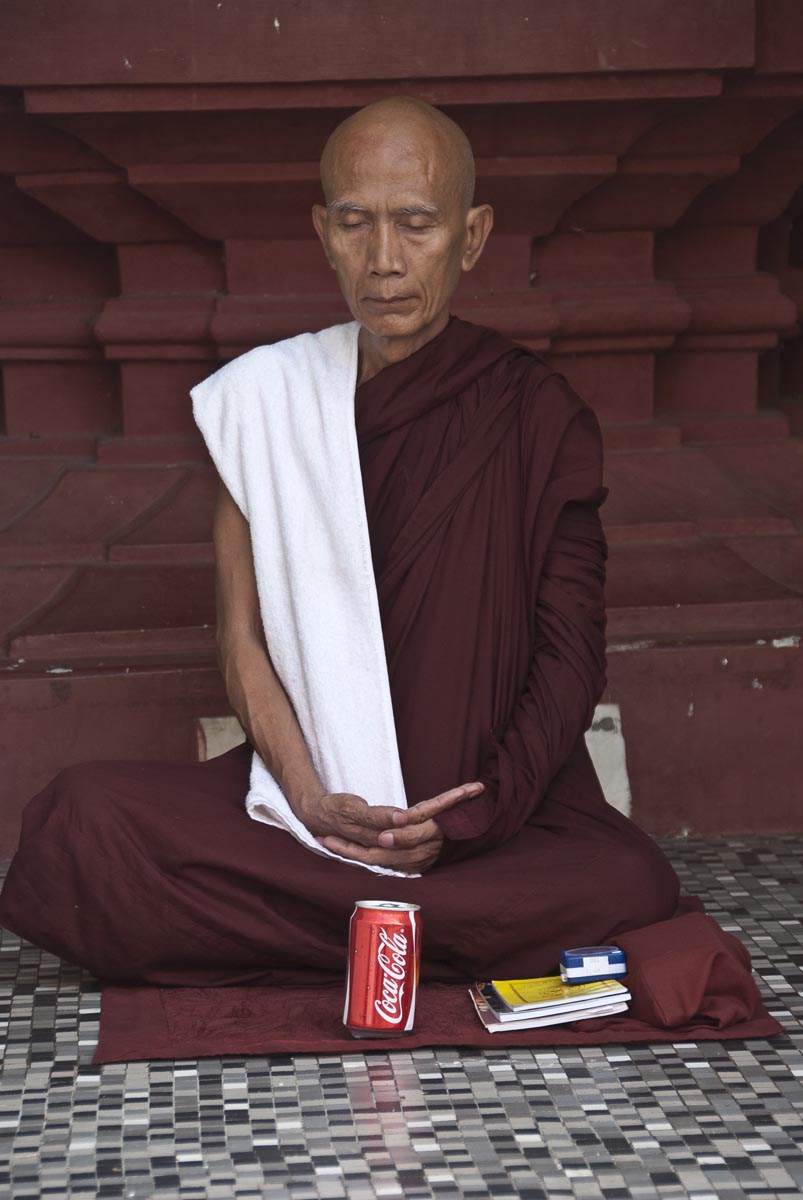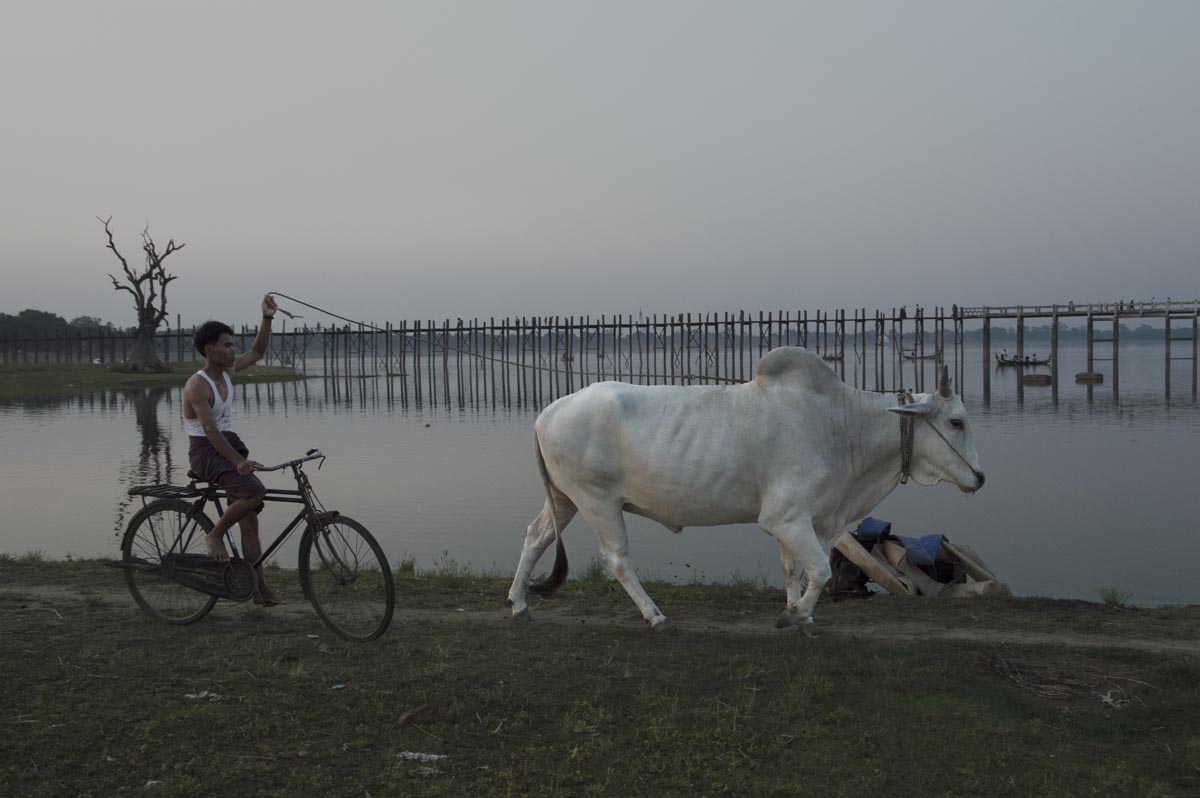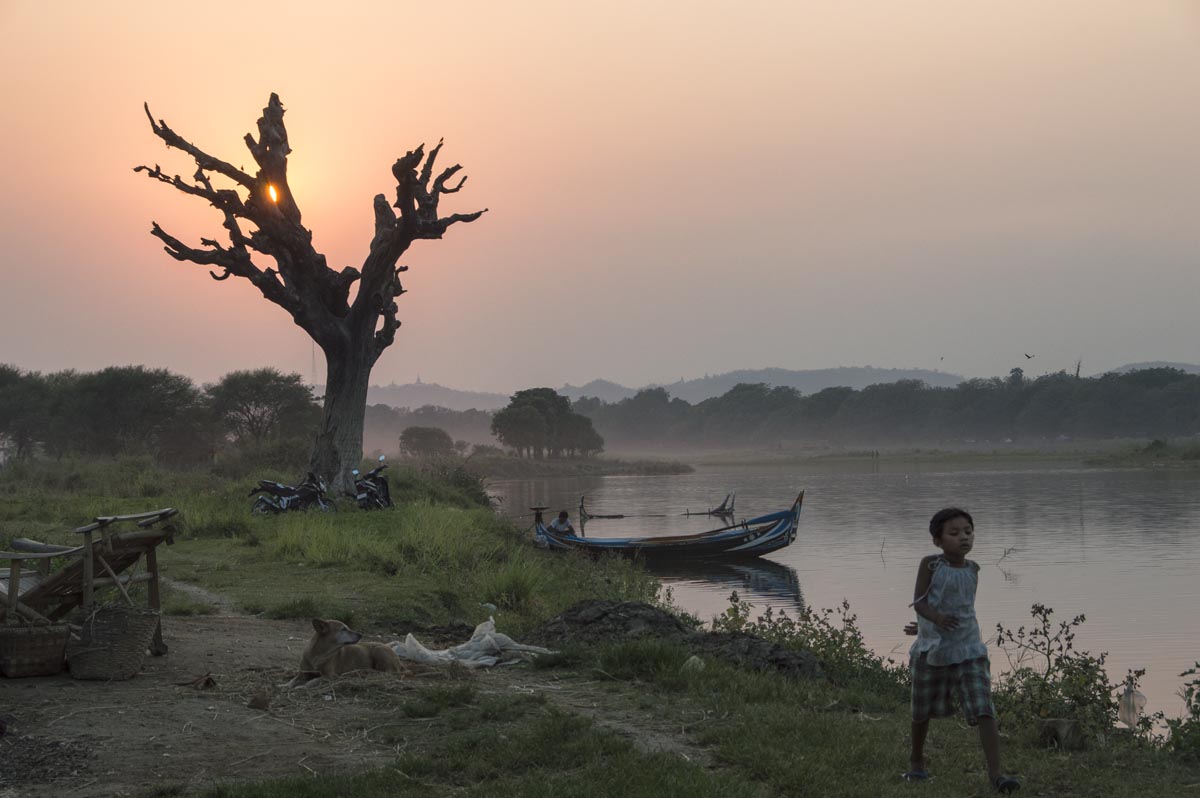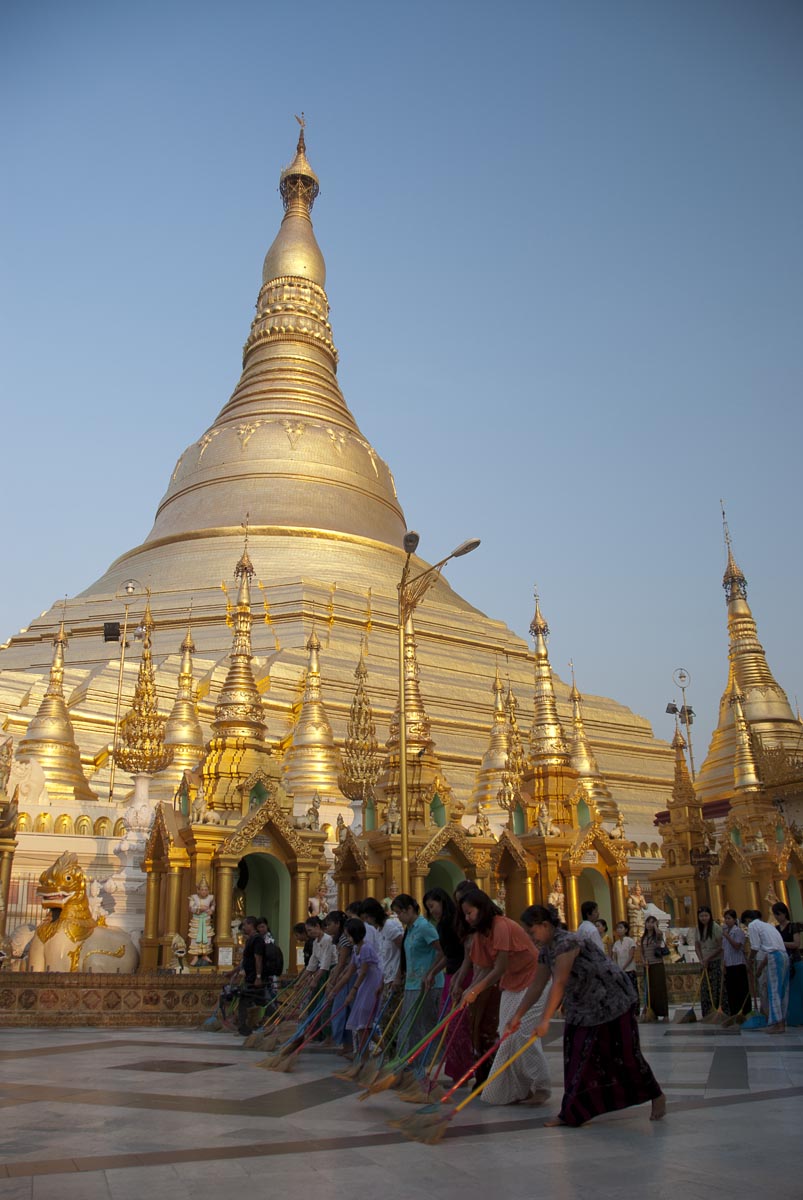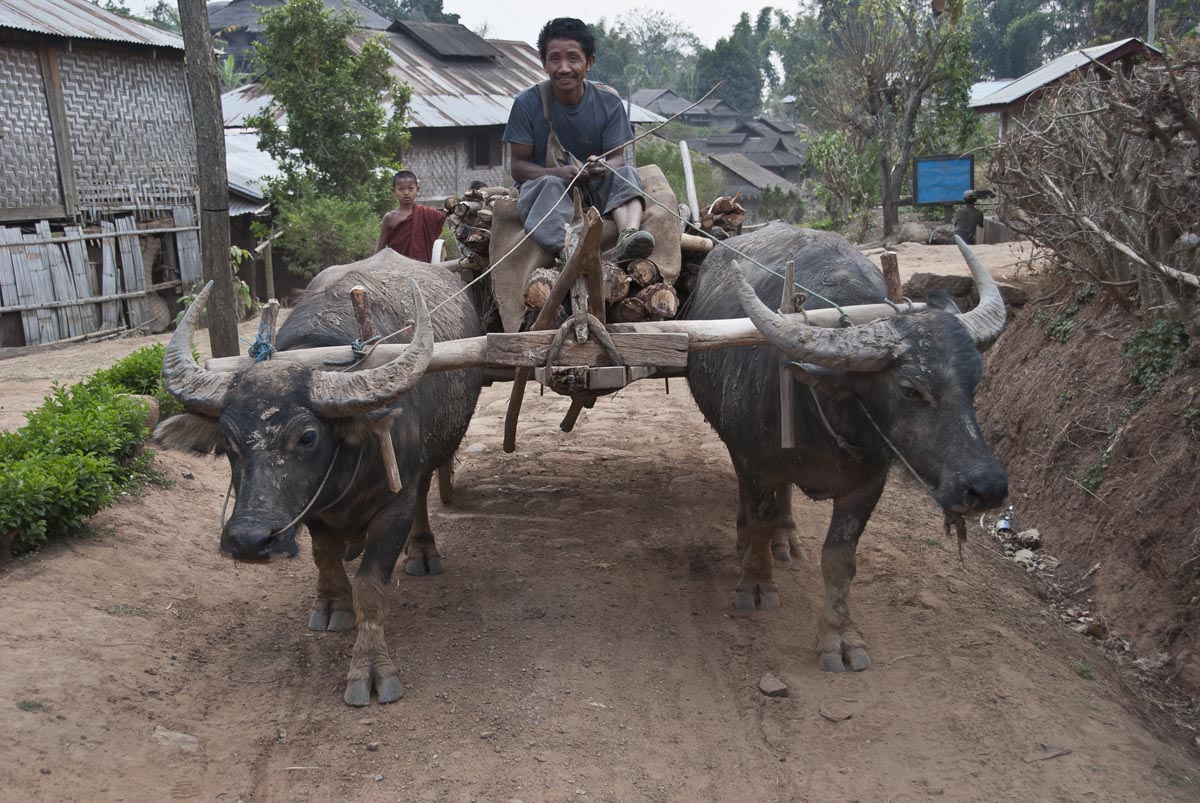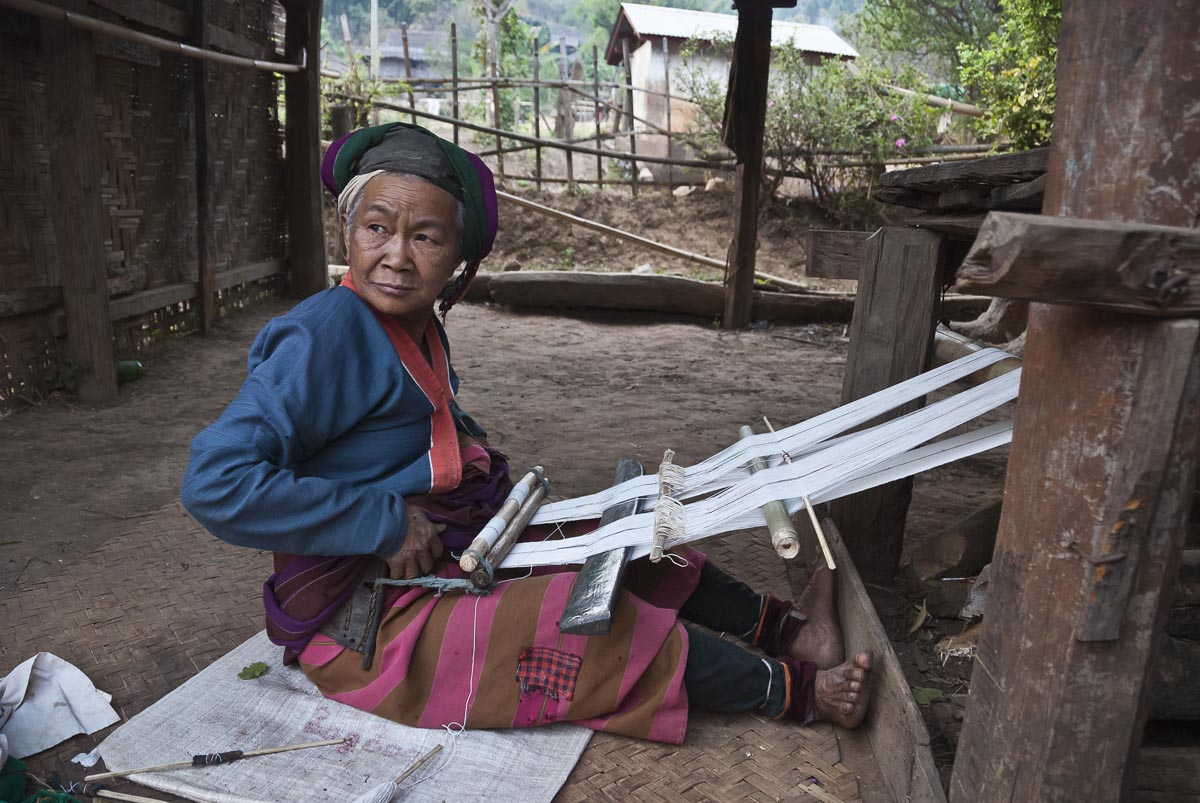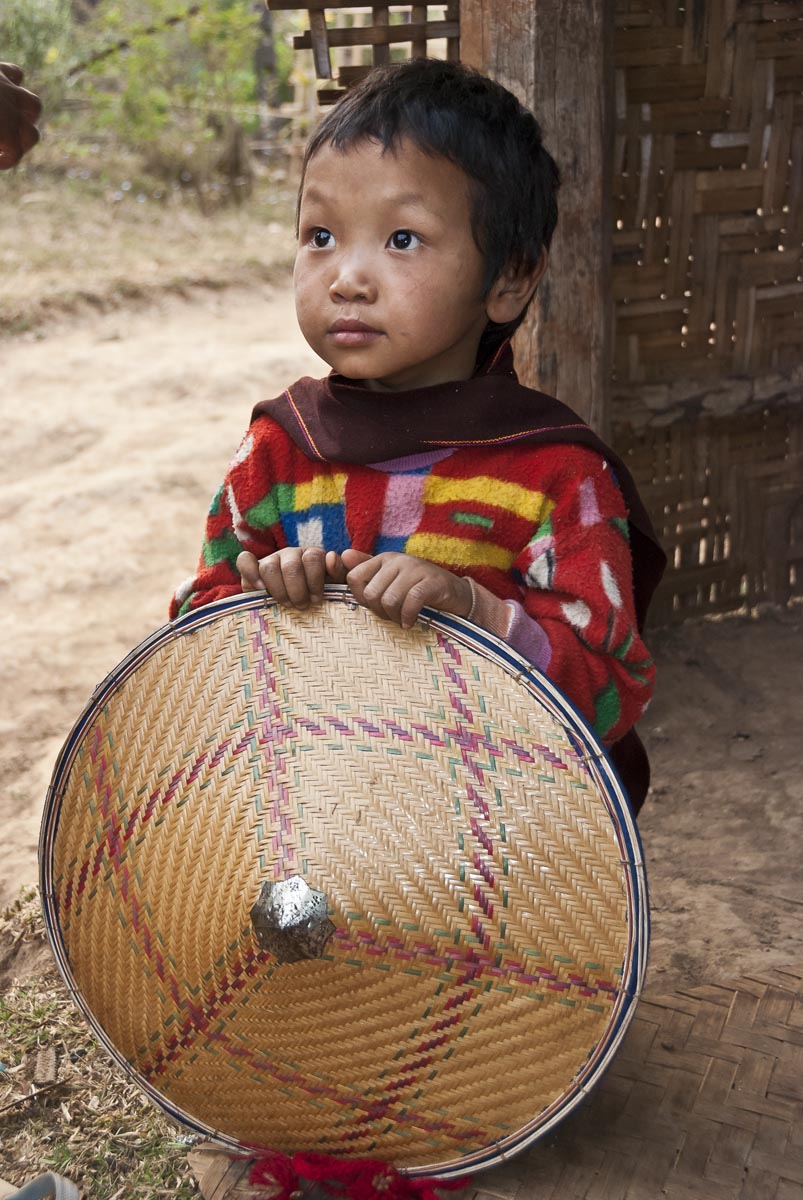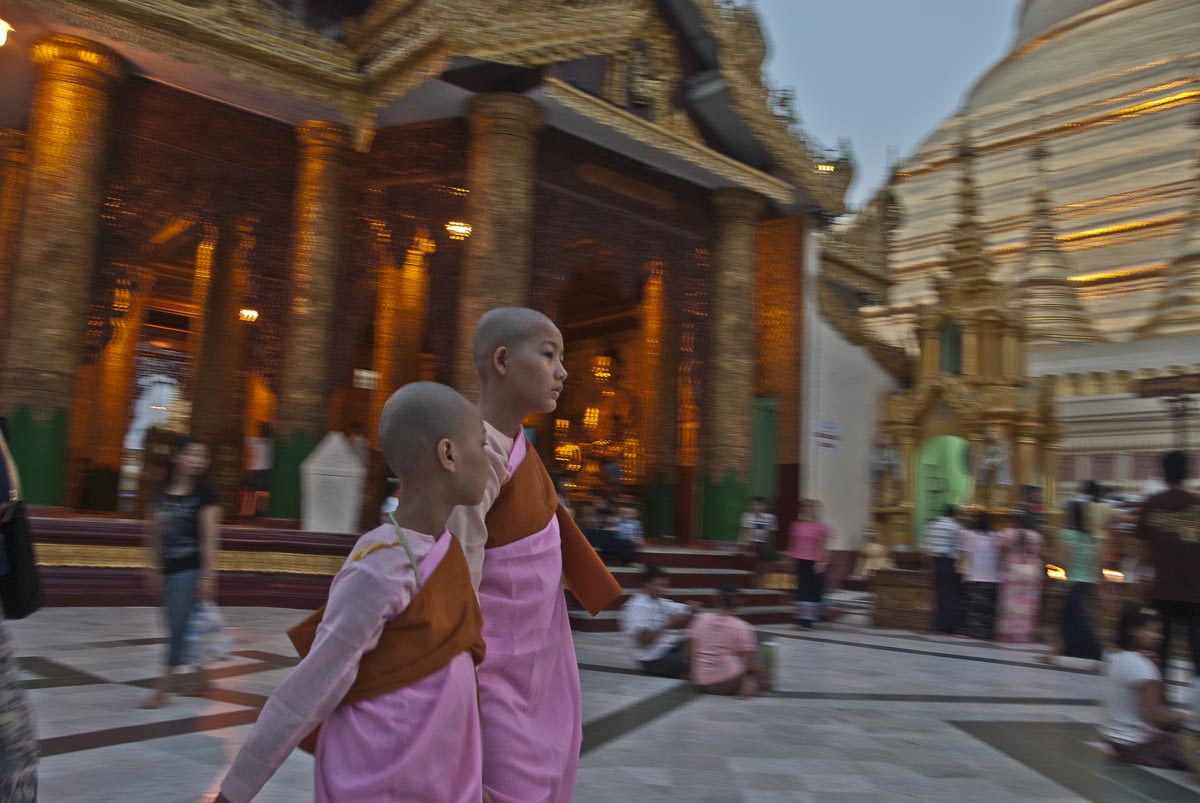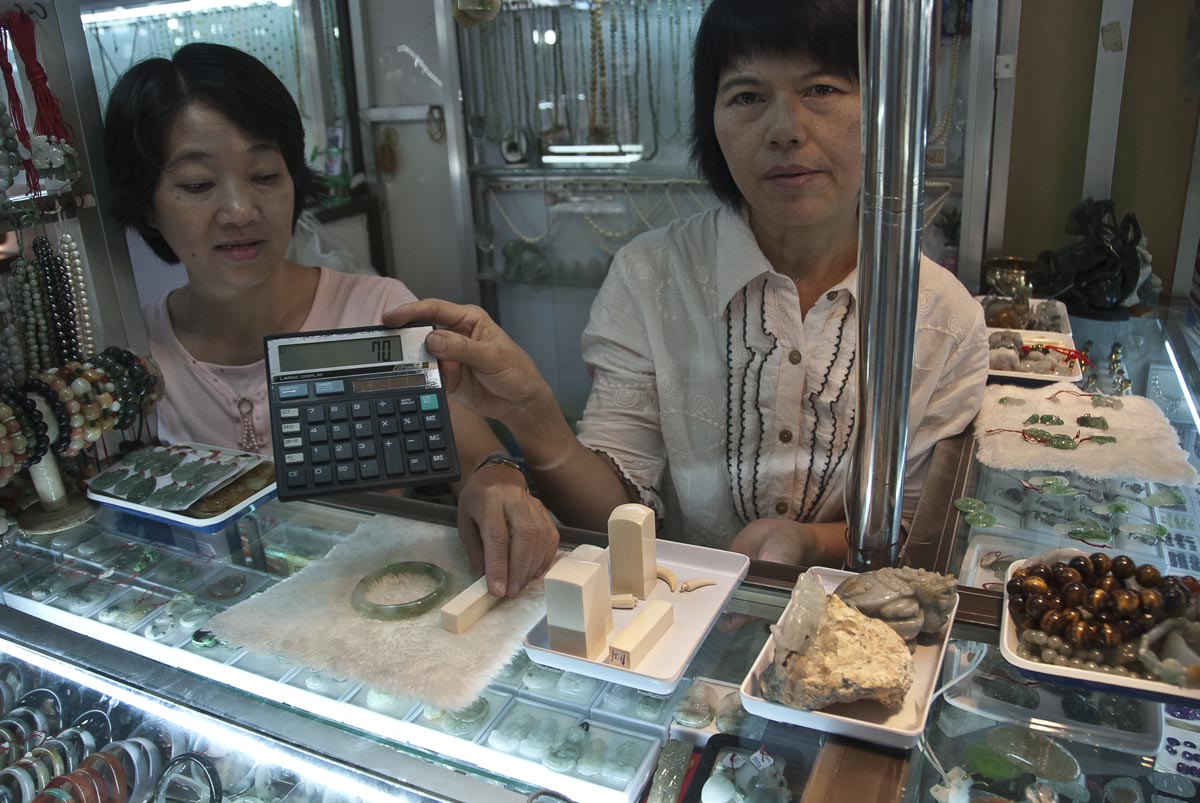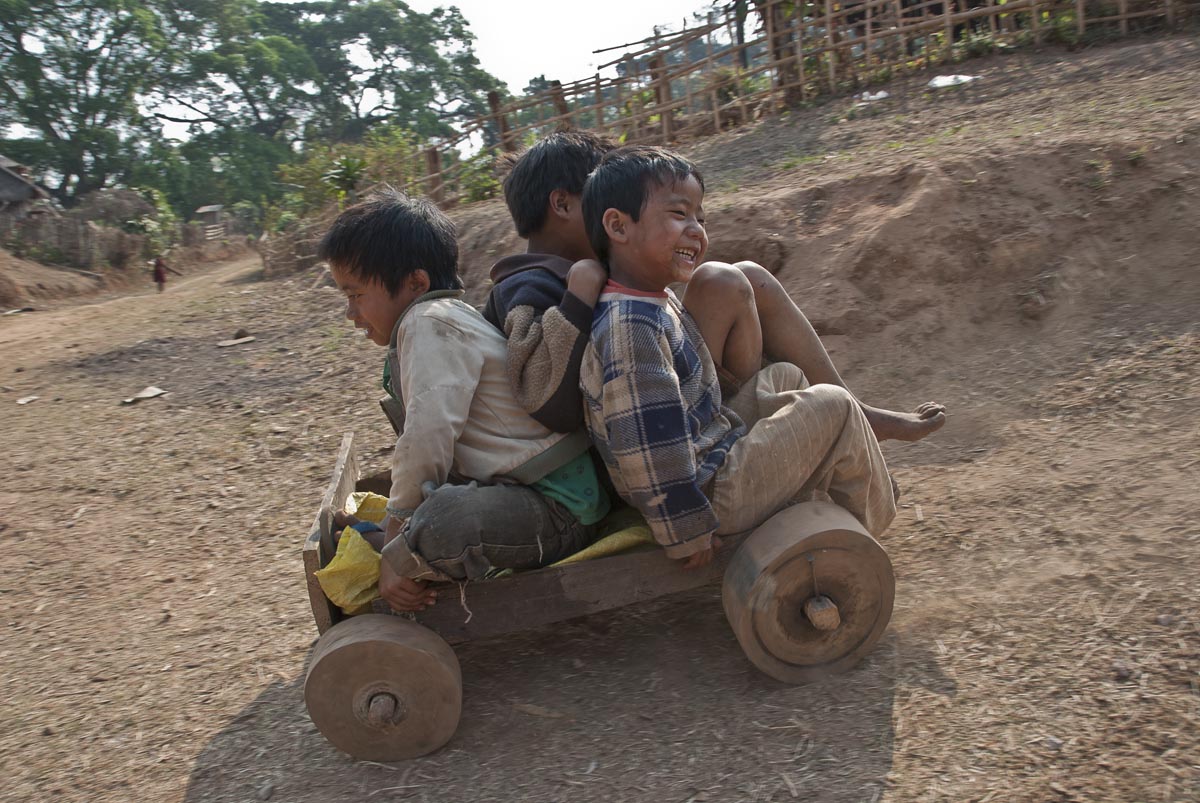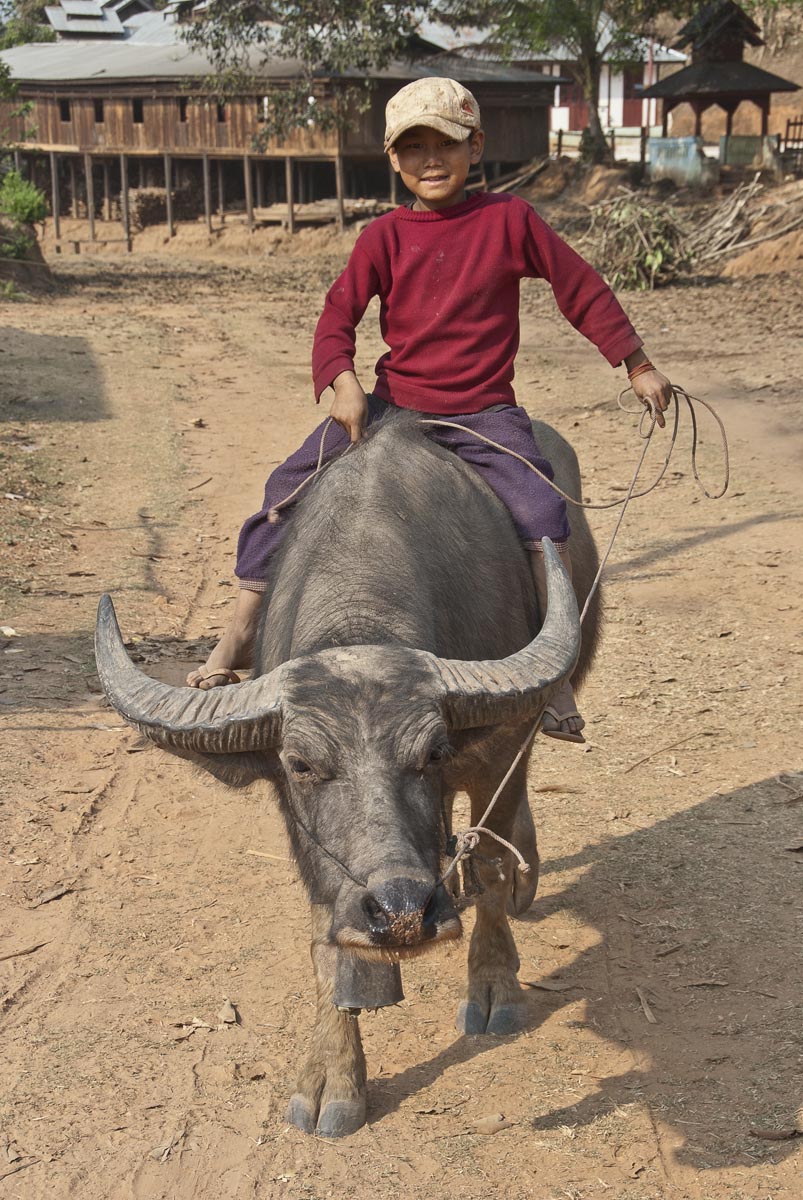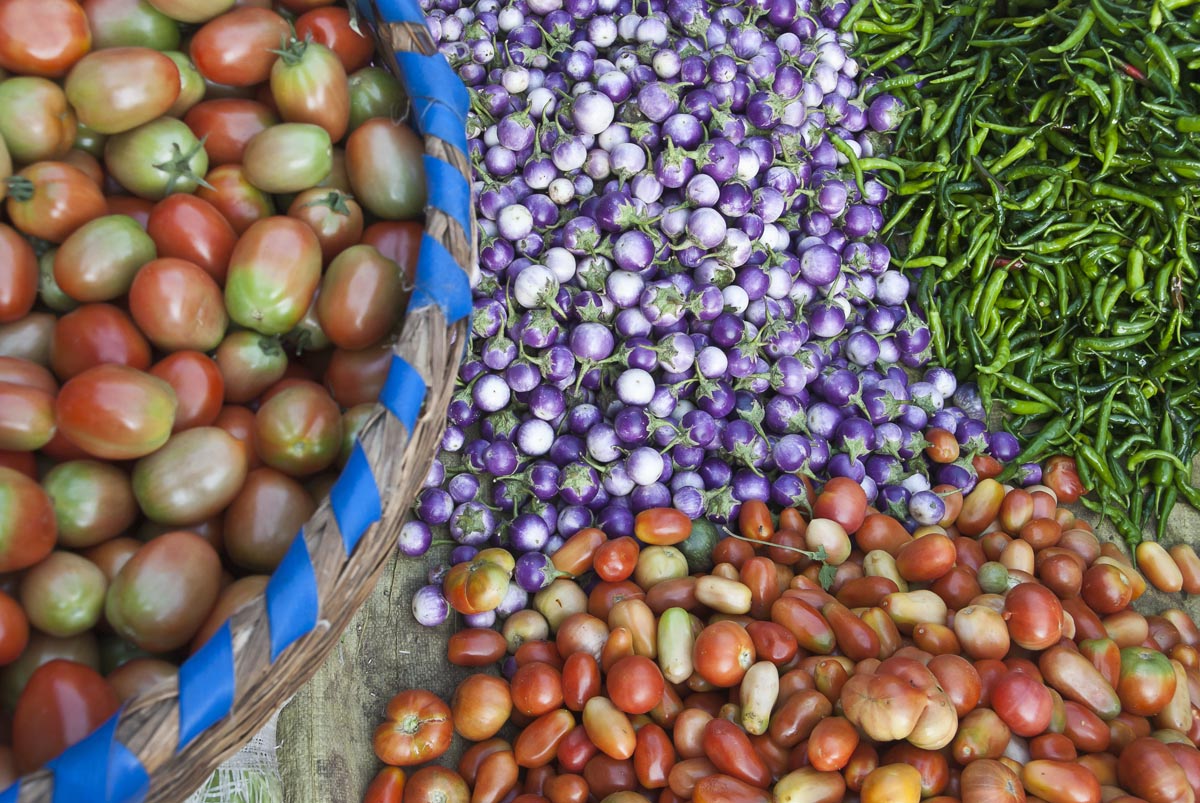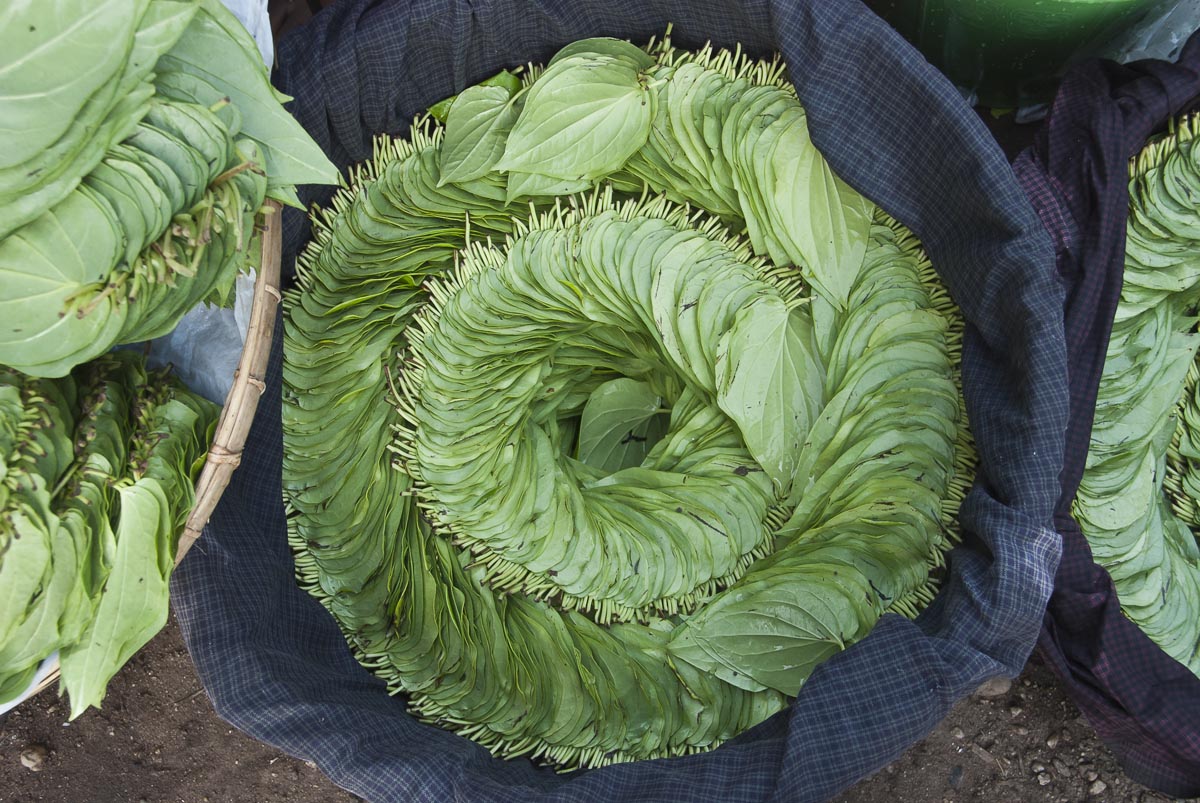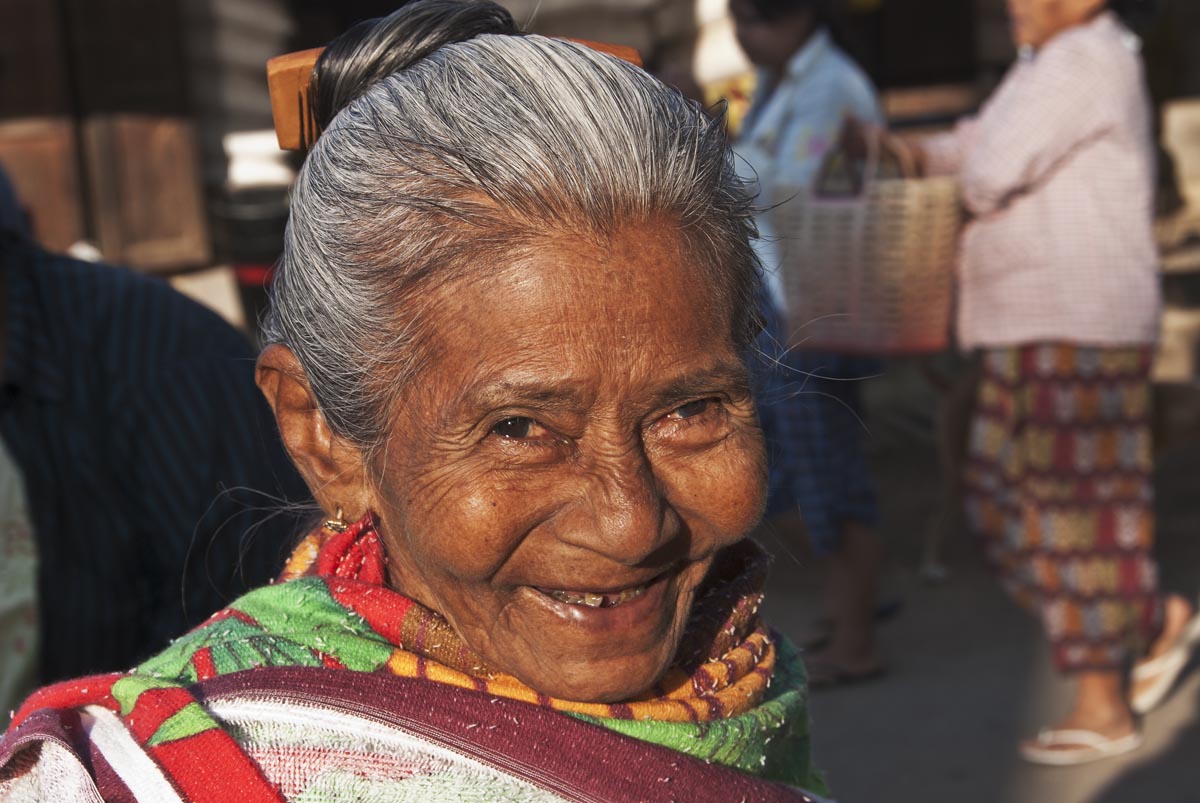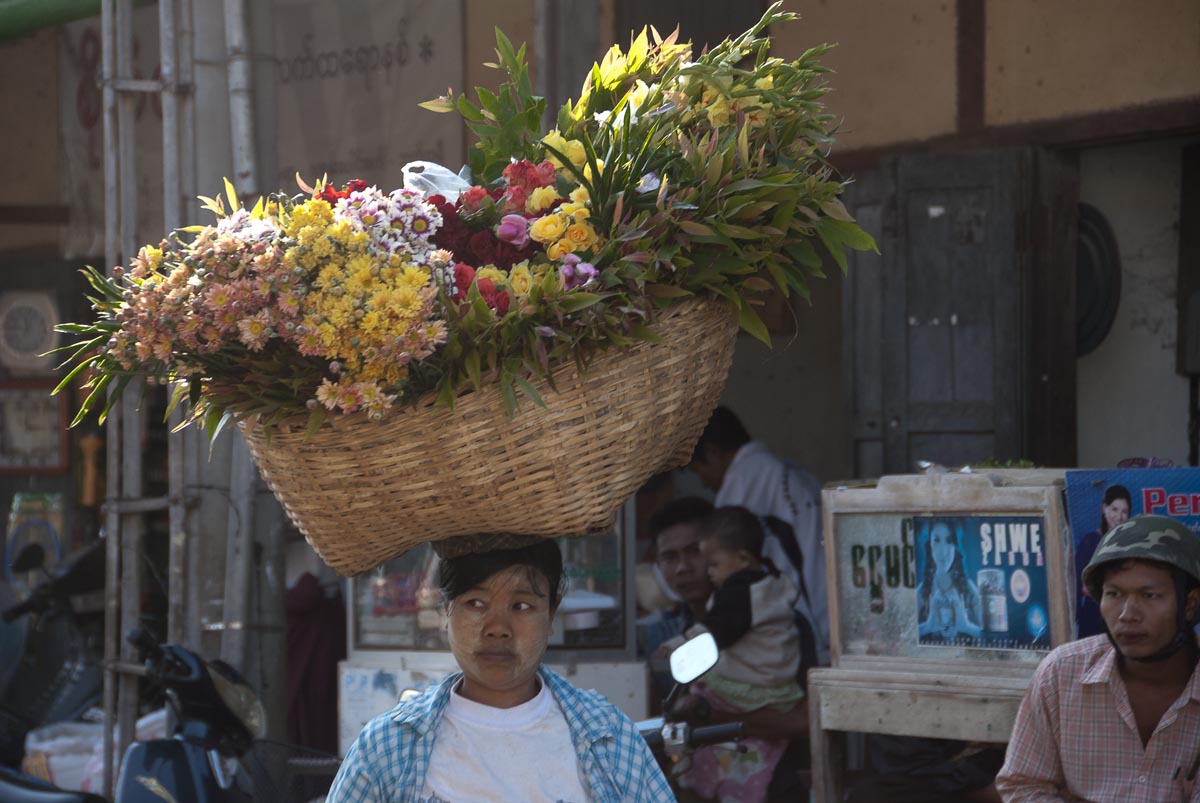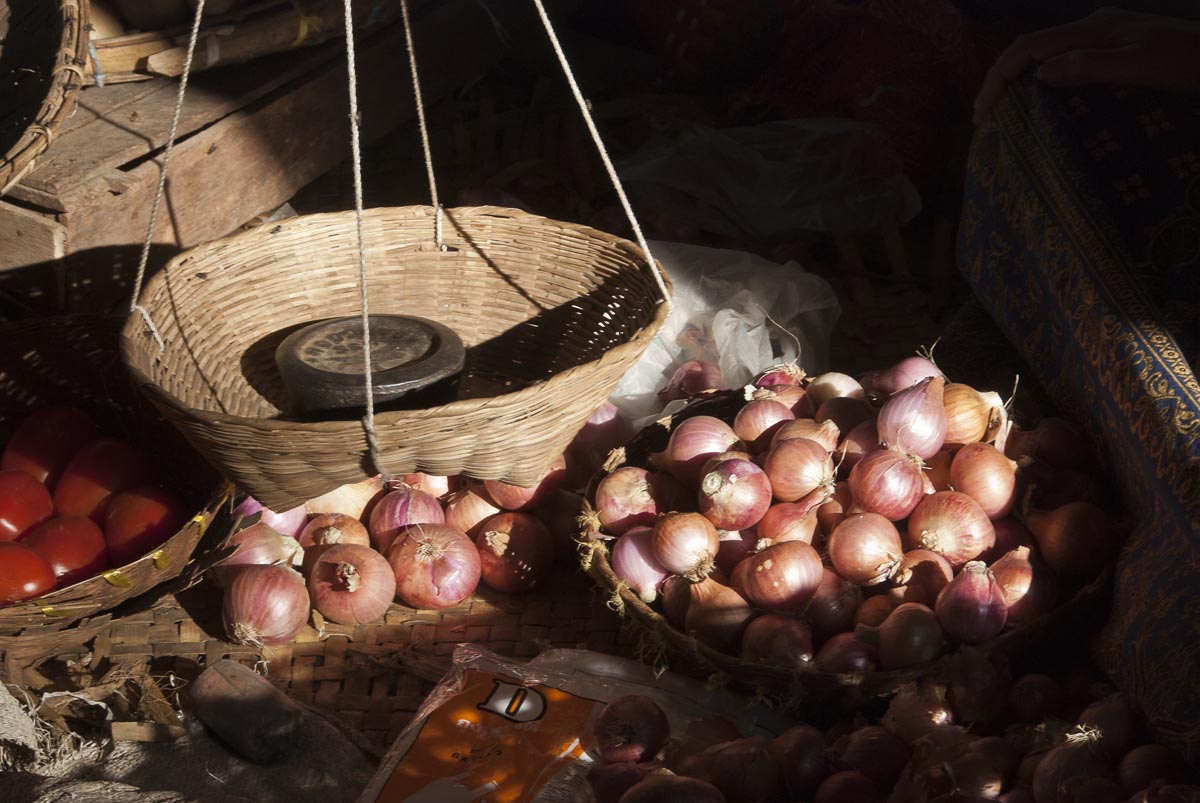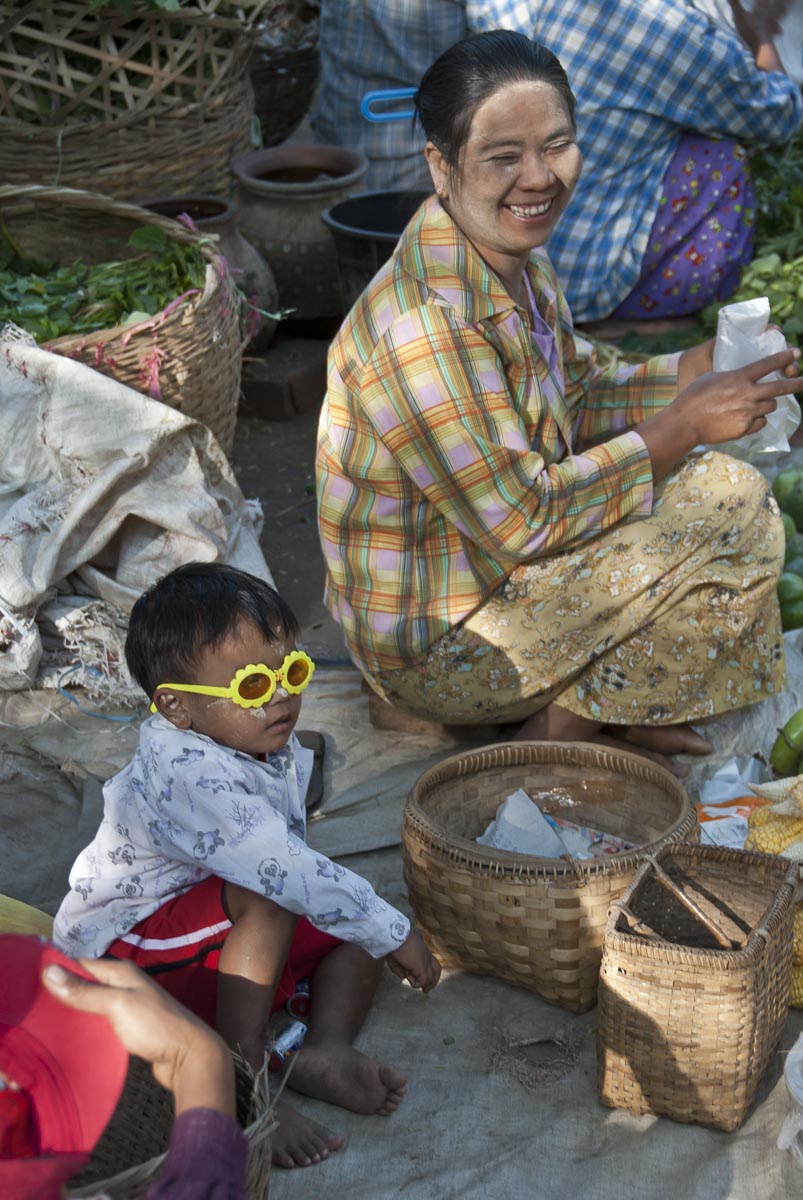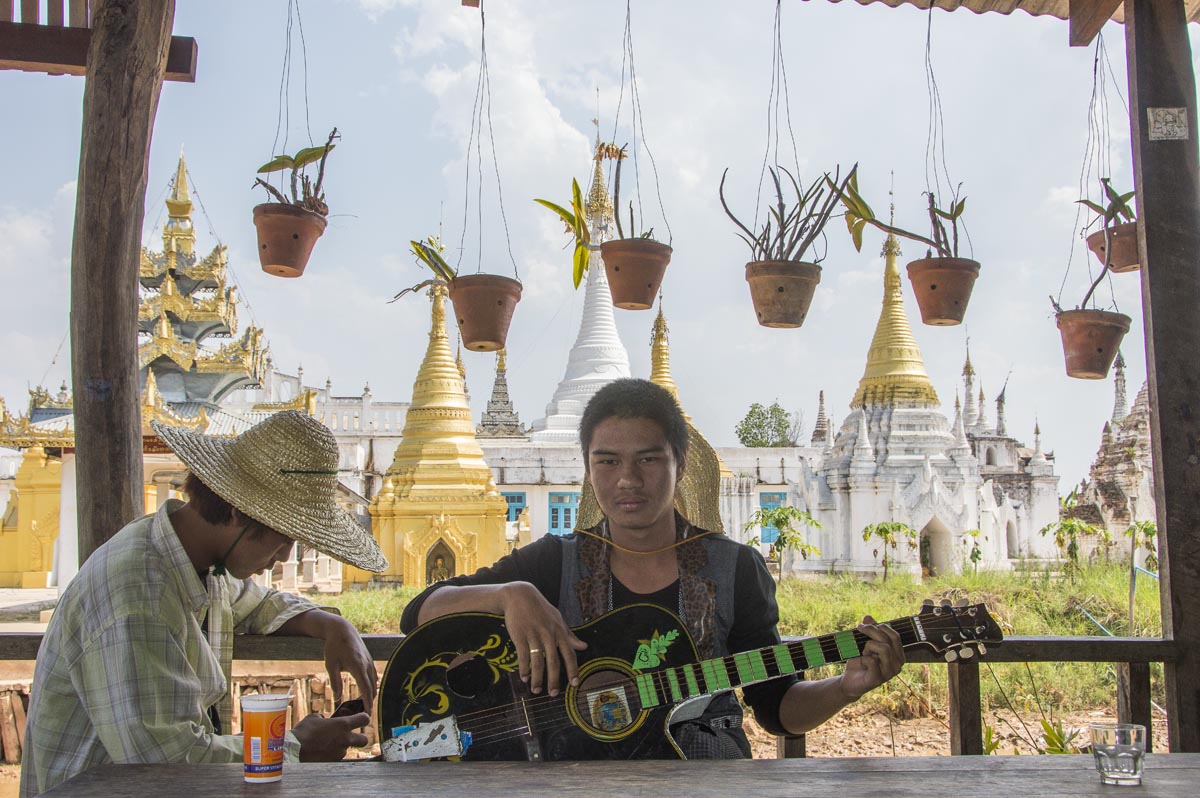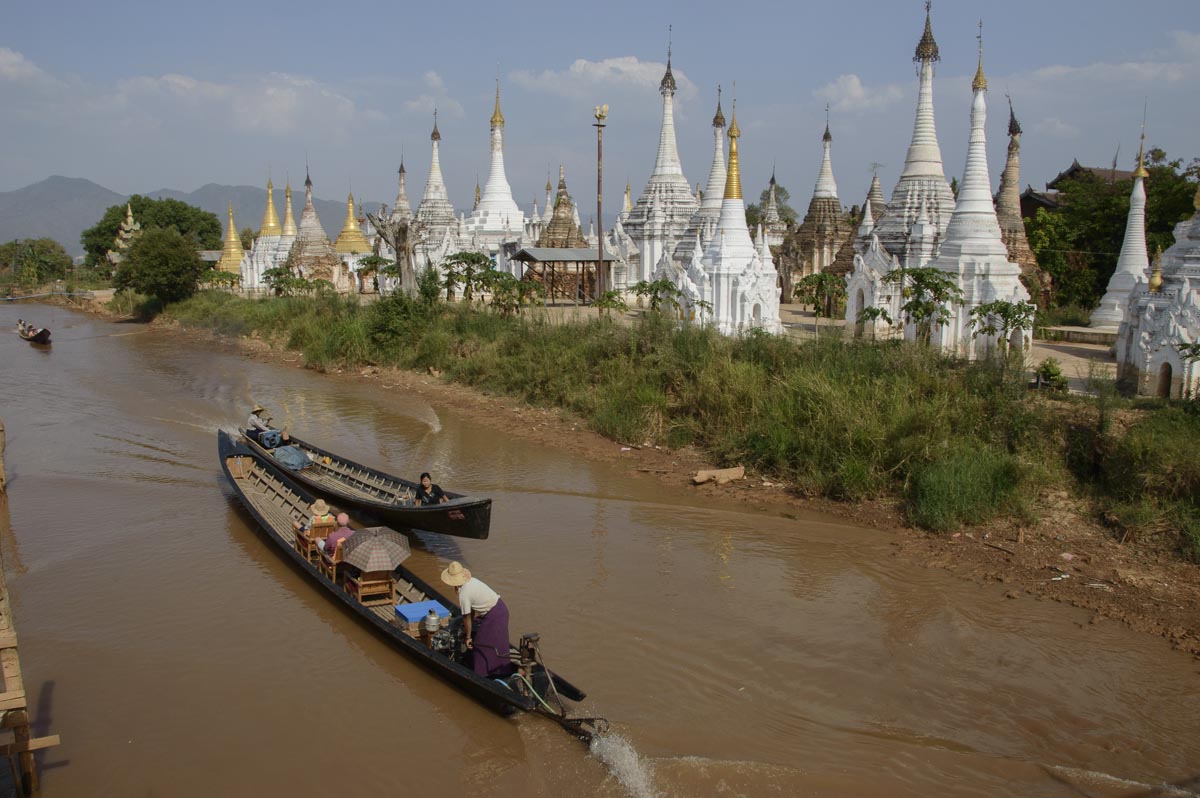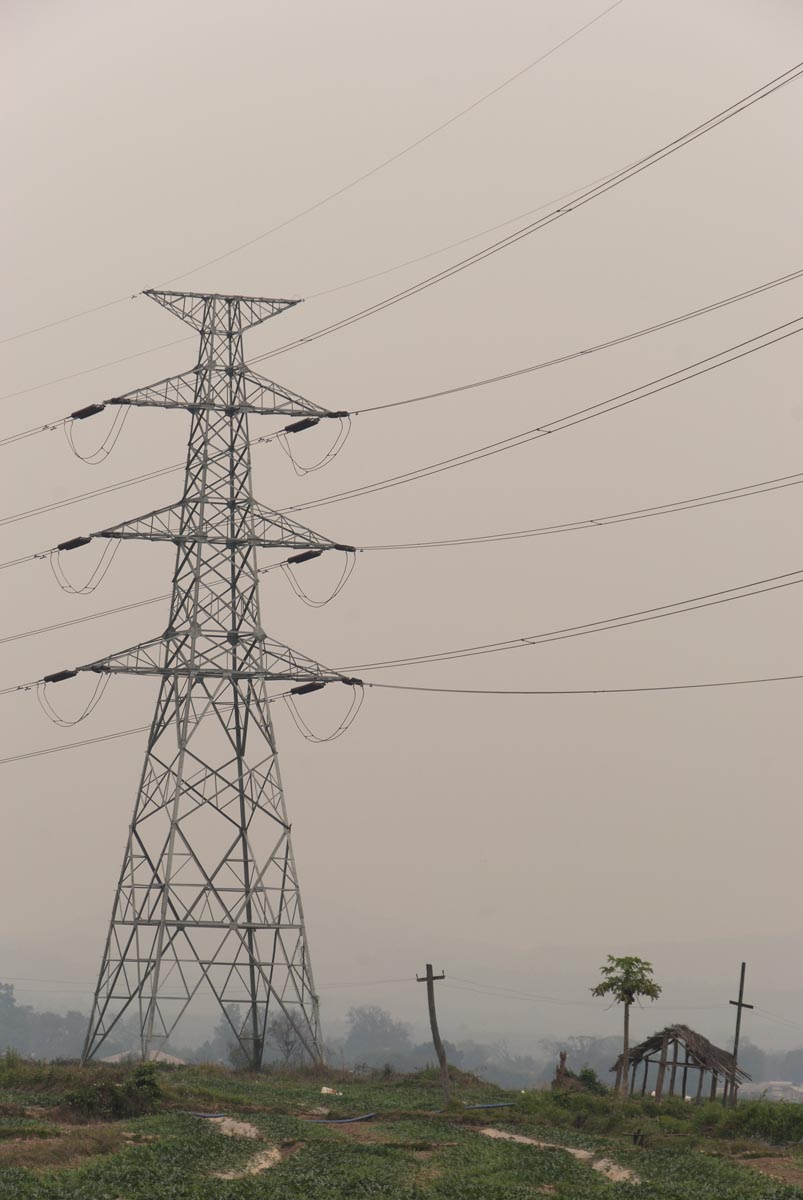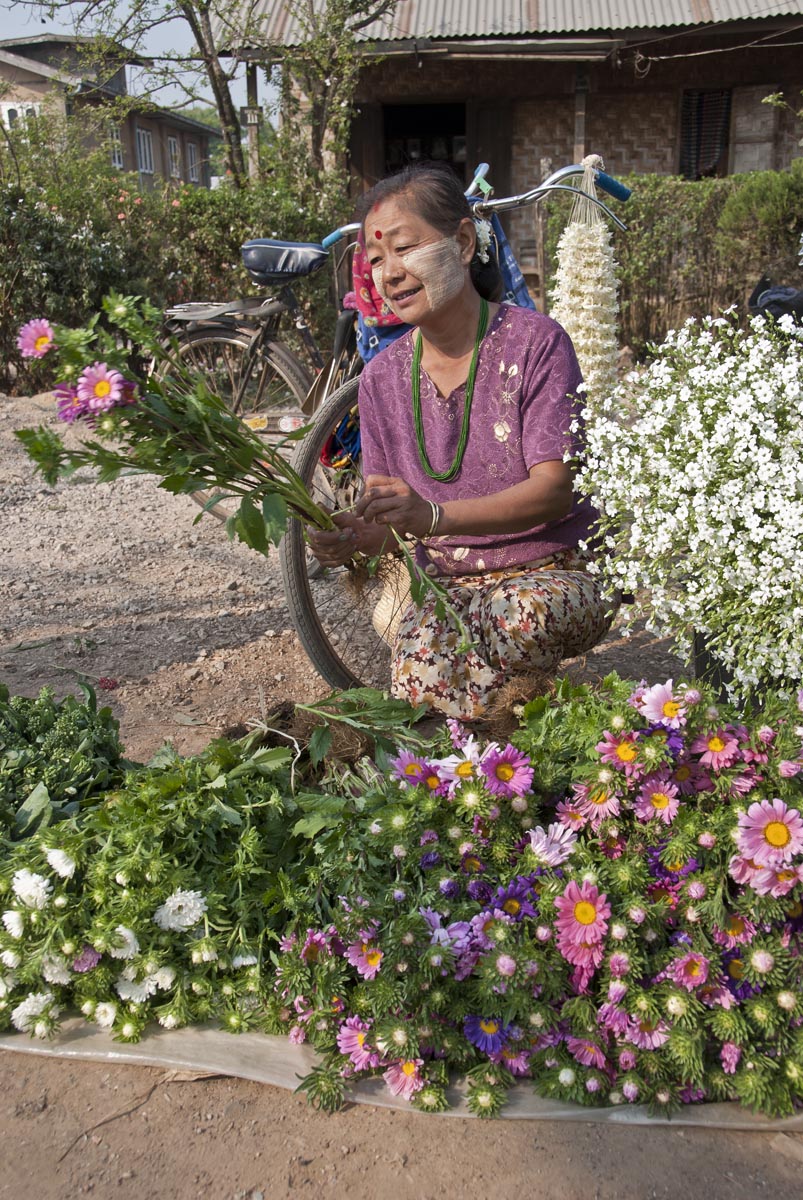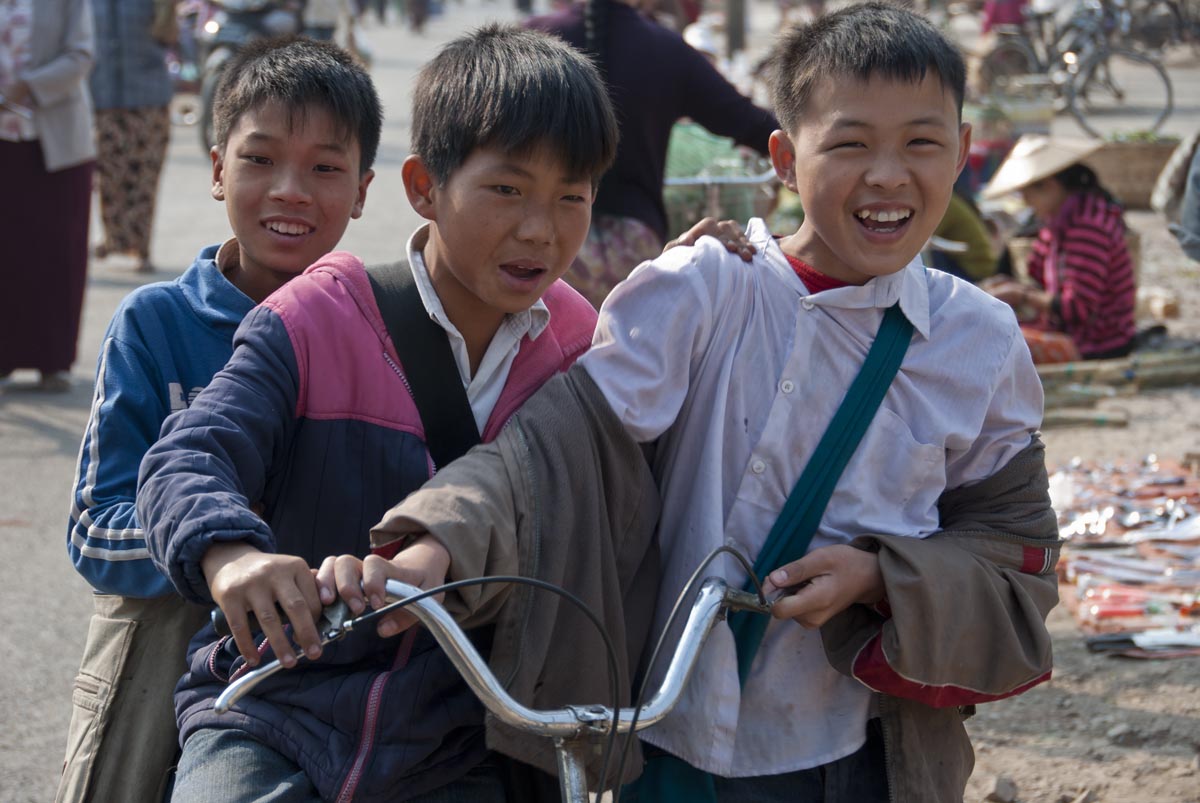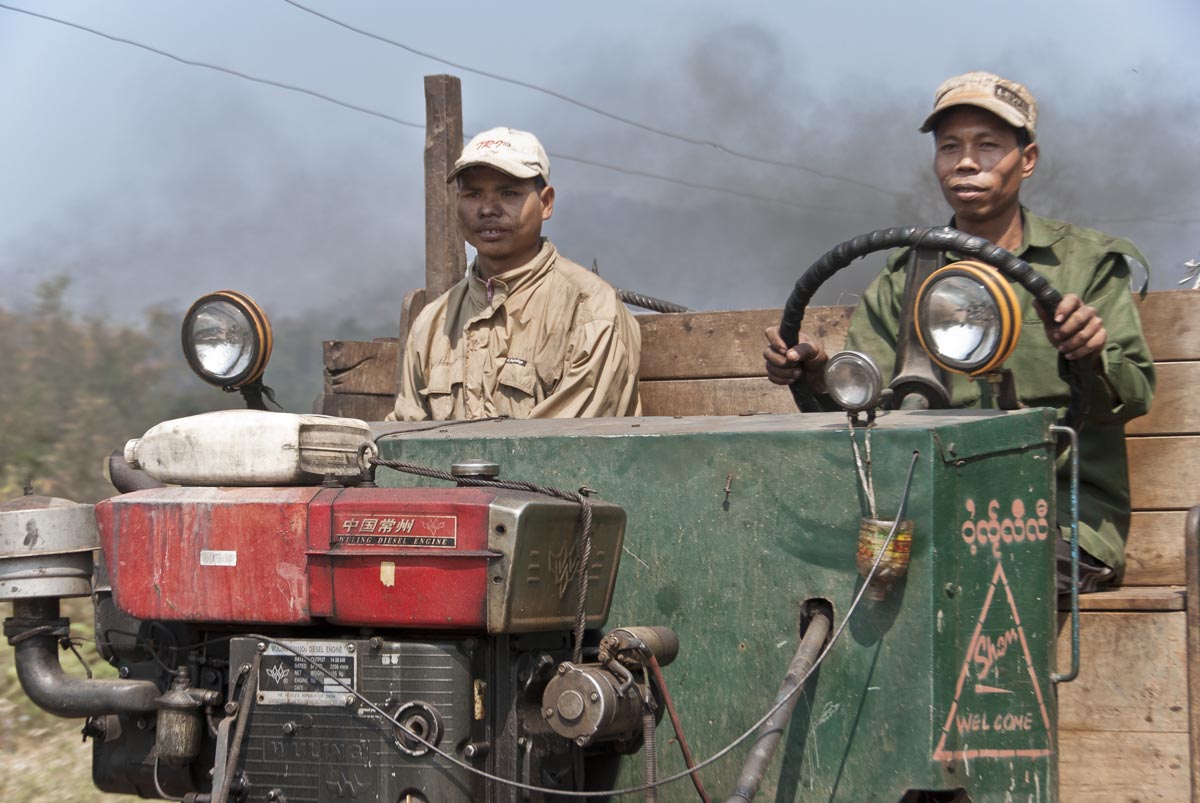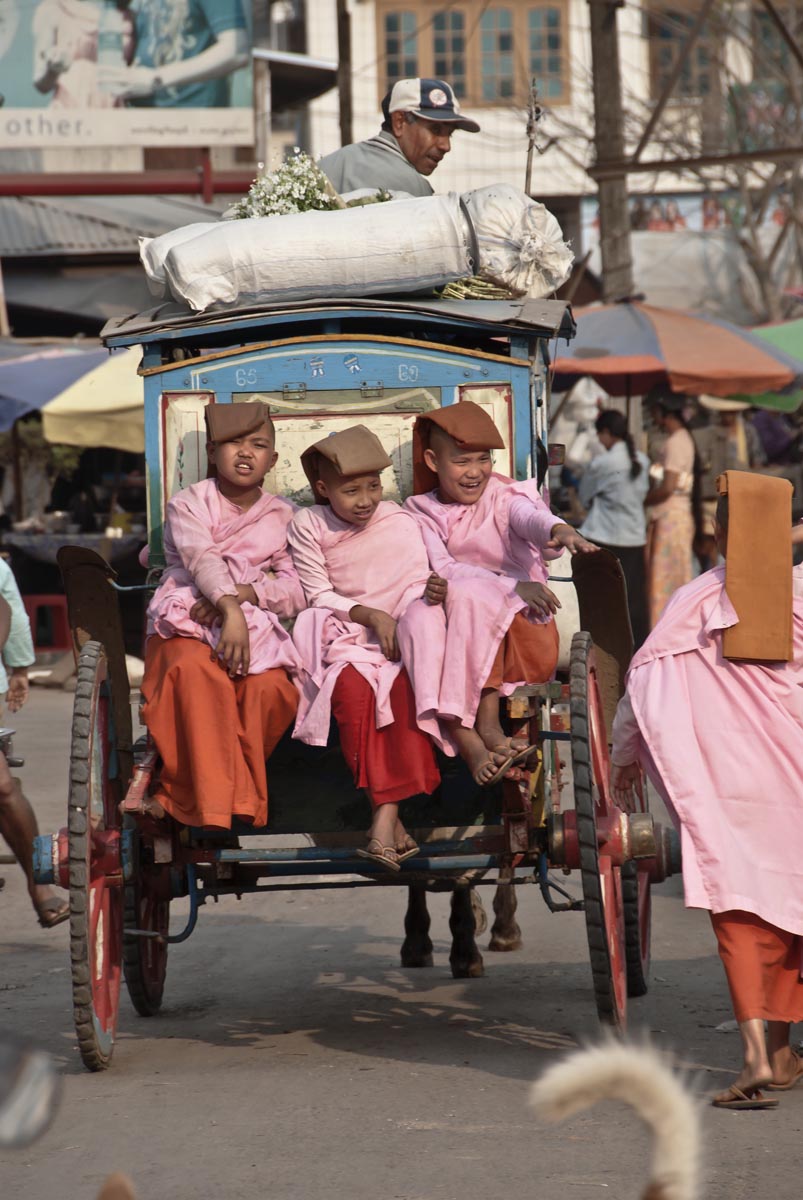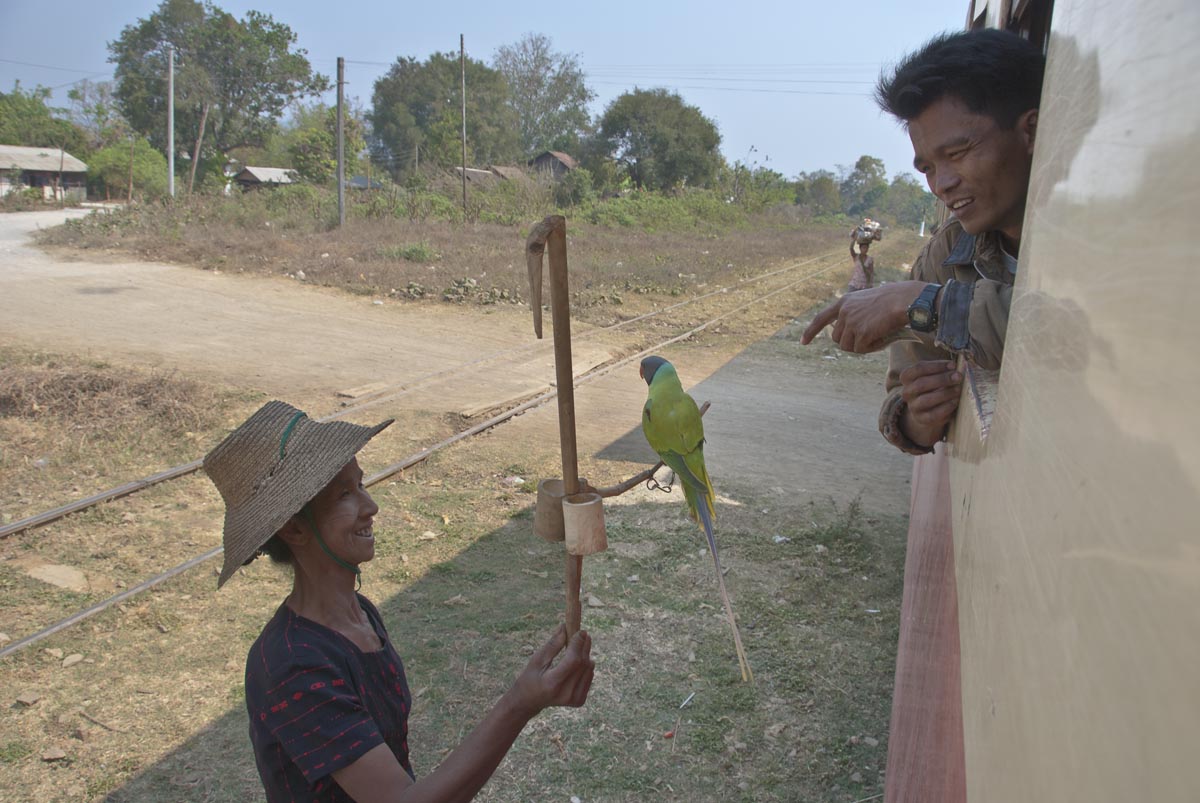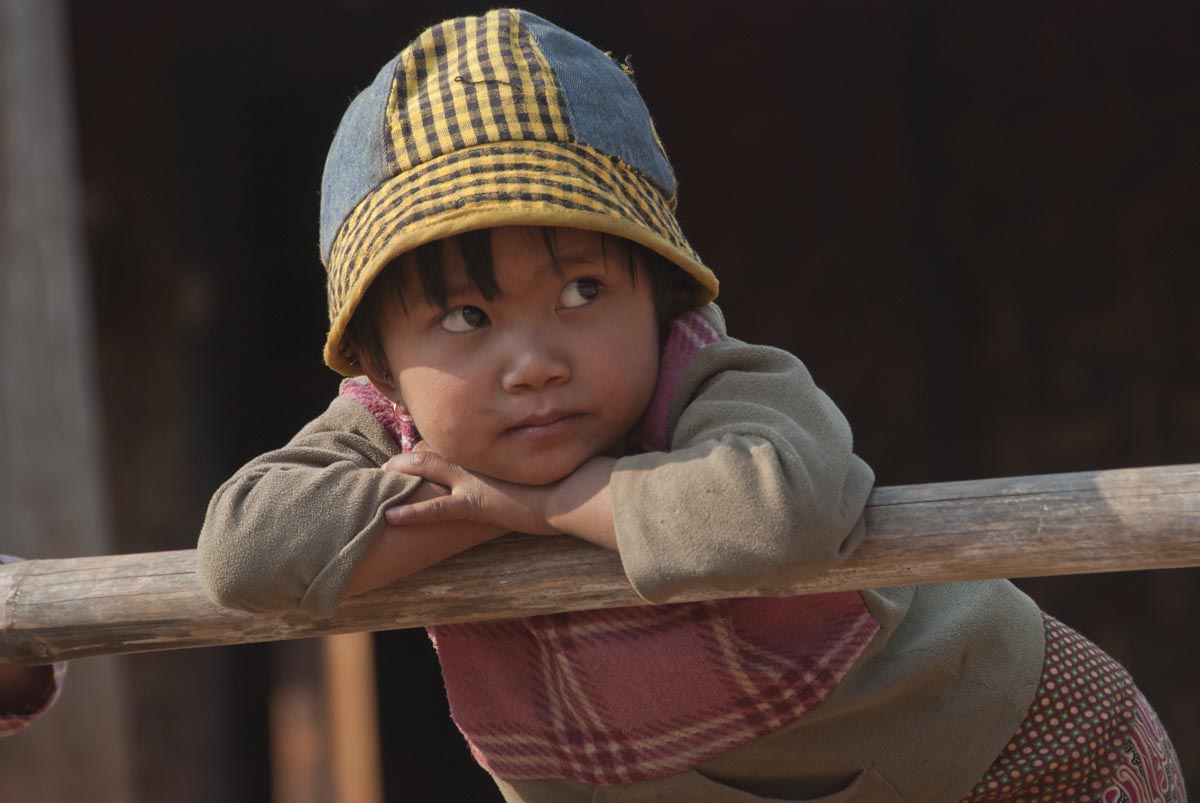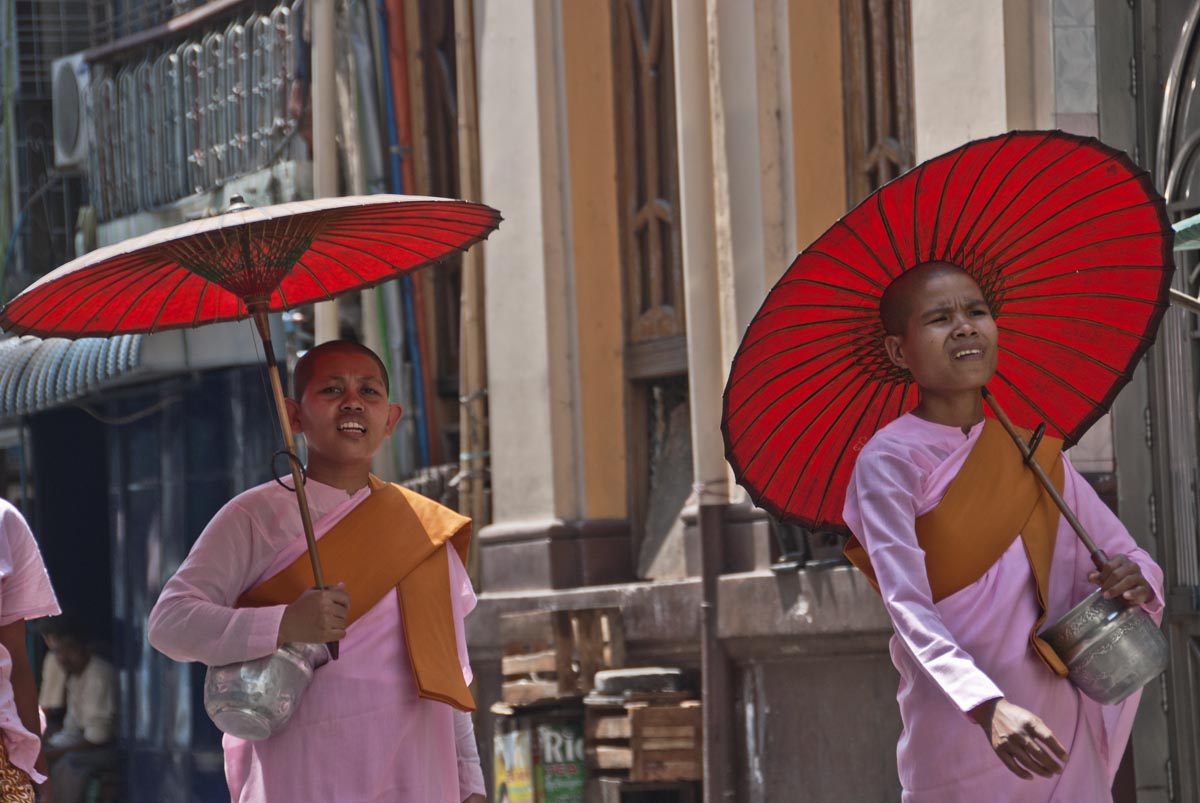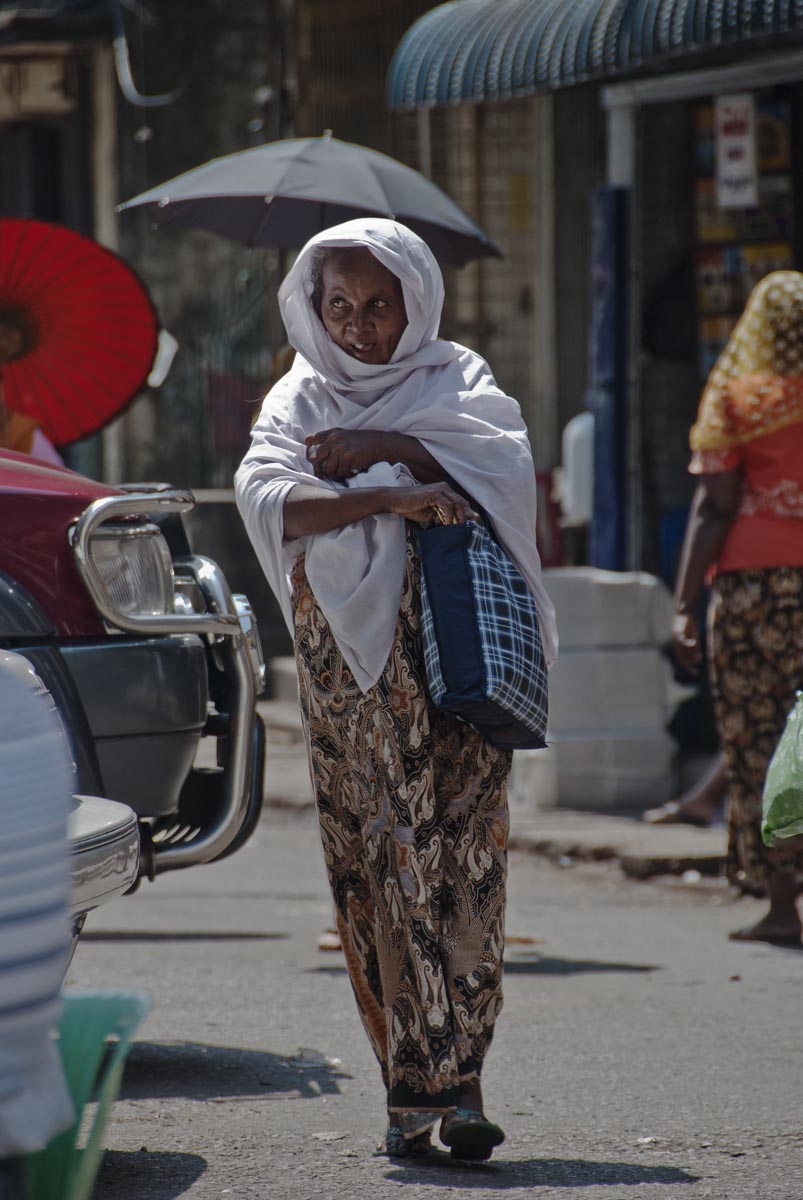Category: Photo stories
delta022
delta021
delta020
delta019
delta018
delta017
Areng river – life of the rainforest
Since the 1980s Cambodia has lost 84% of its primary forests, and the remote Cardamom mountains are the country’s last great natural treasure, writes Rod Harbinson. Just the place for grandiose dam projects? ‘No way!” say indigenous people and young eco-activists.
We don’t need any compensation because we are staying here on the lands of our ancestors. Our children will never forgive us if we move.
“Many forests are destroyed in Cambodia – Areng is the last of our great forest areas”, says Sothea Khmer a women’s activist from Phnom Penh, explaining why she is here at the road blockade protest camp:
“We want to stop the Chinese company here. We don’t want them to bring their machinery here to cut the trees, build a dam or dig mines in the Areng valley. The commitment from youth and monks joining us is that they have to stop the company. So they will dedicate their lives here.”
Her words highlight the dramatic decline of Cambodia’s forests which just ten years ago covered large swathes of the country. With some of the highest logging rates in the world it is estimated that since 1990, Cambodia lost 84% of its primary forests [UN FAO].
Now the struggle to save the untold natural riches of these ancient forests has closed in on this patch in the Cardamom mountains, still home to Asian elephants, clouded leopards and the most important breeding site of only 250 wild Siamese crocodiles found globally. Home in all to 31 endangered species.
Published in The Ecologist.
Palawan tribes unite against palm oil
Residents of Palawan Island in the Philippines have united to take on the companies that they say have grabbed their land. Seventeen indigenous communities on this island province are campaigning for justice from the companies that have grown palm oil on their farms.
Palawan is a large island-province of the Philippines that lies midway between the rest of the archipelago and Borneo. The great beauty and biological value of the island was validated in 1990 when the United Nations Educational, Scientific and Cultural Organization (UNESCO) conferred the status of “Man and Biosphere Reserve” on this tropical paradise. In recent years, however, there has been an onslaught from mining and agribusiness keen to exploit its natural resources.
Mining Zambia’s copperbelt
Cambodia – a country built on sand?
Sand-dredging is big business, especially in Asia, where demand has sky-rocketed thanks to the booming construction industry. Rod Harbinson reports from Cambodia on an extractive industry that is mired in corruption and scandal, and meets some of those on the frontline of the fight against it.
Published by New Internationalist
Burma’s forests float down the river
A great forest falls in Laos
With a relatively small population Laos managed to maintain the integrity of its tropical rainforests for longer than most of its neighbours. In recent years however illegal logging has continued to accelerate and goes largely unckecked despite a government ban on roundwood logs in 1999. A shadowy corrupt government allocates few resources to forest protection. Nearly all the timber is exported going to China and Vietnam and volumes have jumped dramatically in the past three years.
Many of the local farmers and indigenous peoples in Laos have been affected by the widespread deforestation which has severely impacted their livelihoods as their community forests have vanished. Although many raw logs are exported, sawmills operate along the border areas too.
A journey through Burma’s Irrawaddy delta
The Irrawaddy River, now renamed the Ayerwaddy, flows through Burma’s center providing a major trade artery – the life-blood of the country’s economy.
The delta marks the end of a long journey for the Irrawaddy River, having finally arrived from the faraway Tibetan plateau. As it enters these lowlands the river spills over into myriad rivers and streams that feed intense rice cultivation as they wend their way to the sea.
The vast Irrawaddy delta was for years isolated from the outside by political oppression and antiquated infrastructure. Navigating the river remains one of the few ways to trade and stay in touch. So demand is high for tickets to board the many rusting boats that ply its waters from the capital to the provinces.
Joining an antiquated ferry crammed with passengers and goods I journey with the local people and get to know some of the dock-workers making a meager living carrying cargo.
Nearly a hundred miles across, farming and fishing opportunities in the delta have attracted a diverse population, making the area one of the most densely populated in the country.
The mangroves that once proliferated have increasingly given way to farming. The timber used for construction and cooking charcoal is shipped out to the capital Yangon.
Farewell old Shanghai
A stone’s throw from Laoximen in the trendy Shanghai neighbourhood of Xintiandi, a humble shikumen building has been preserved as a museum commemorating the first national assembly of the Chinese Communist Party in July 1921. A humble wooden table surrounded by stools in the cramped room where the meeting took place is these days a closely guarded national treasure highlighting the humble origins of the Chinese Communist Party, less than a century ago.
Years later, in May 1949, the Communists entered the city and the opposing Nationalists under Chiang Kai Shek fled to Taiwan. Dynamic, sometimes tumultuous change is nothing new to Shanghai. In 1533, during the Ming dynasty, a wall was built around the growing city to protect residents from attack by Japanese pirates. The eight-metre high structure, demolished back in 1912 had ten gates into the city. The West gate (in Chinese called ‘Laoximen’) is now a central district, the city having since expanded far beyond its former limits.
In the early 1920s, competing colonial powers built showcase banking buildings and hotels on the riverside ‘Bund’ promenade. Meanwhile Laoximen followed central Shanghai in building ornate blocks of tenements. Sweeping away the old wooden houses these new buildings for the booming middle classes were a fusion of traditional Chinese styles and architectural features introduced by the colonists, distinctive narrow streets and courtyards which became known as the ‘shikumen’ style, literally translated as ‘Stone Gate’.
Shikumen would become Shanghai’s dominant style of residential architecture. Porcelain kitchen sinks were typically located in the narrow alleys outside the houses. Ornate stone features such as door lintels, roof gables, and carved wooden doors and windows increasingly adorned the brick buildings. Later, as styles evolved, buildings displayed art-deco features. Despite the increasing assault of modern development on its historical buildings, Shanghai still claims more art deco architecture than virtually any other city in the world. However, holding on to the styles and themes of the past is a battle that some traditionalists are finding it increasingly hard to fight.
UNDER THE ARCHES
A group of three locals sit under the arched entrance to the condemned Jian Road shikumen discussing their bleak housing problems. ‘It’s more than a hundred years since our ancestors came’, says Mr Zhou. ‘I moved here half a century ago,’ says Mrs Zhang.
Now in the narrow alleys there is an eerie silence and most homes are boarded up, their doorways covered in paper seals to prevent re-entry. The elderly Mr Zhou confirms that, ‘most of the people have already moved.’ He explains how people were encouraged by the developers to leave: ‘People were asked to move by January and those who fail to do so will not receive a compensation bonus.’ ‘Yeah we will stay here,’ says the group in unison. ‘They could not give the compensation we want so we won’t move,’ they declare defiantly.
The group is angry that the size of their properties by floor area is not being fully considered in their claims. ‘Let me give you an example,’ says Mrs Zhang. ‘Some apartments have two kitchens, but they won’t count this area, nor the balcony or bathroom. Only the living-room and bedrooms are counted.’ With information scarce, the neighbours are in the dark about their rights and compensation procedures. ‘I don’t know who they are,’ says Mrs Zhang when asked who she is negotiating with. ‘There is no government department to talk to about it. It’s the developers who talk to us, who say they are working through the government.’ She says that the developers asked them for trust, but she remains suspicious saying, ‘They don’t have a license and we don’t have a contract with them.’ She suspects that the government just wants to get rid of her at minimum cost: ‘We went to the municipal government office and they turned a blind eye to it. They only care how to sell the lot.’
The group claims the developer offered them less than half of the square metre value for equivalent properties in the area. On top of this, they have to pay 20 per cent to the government for leasehold management: ‘We moved here before the communist liberation,’ says Zhang, ‘then the houses became government property, and thus we became tenants.’
CARE HOMES
Mr Ye was born in Shanghai and moved to his alley house in the Jian Road shikumen in 1972. He works from home as an electrical repairman. Sitting in his small living room he explains his housing worries as he sorts through a box of old electrical components. ‘We have to move soon. Actually it’s overdue. We need to negotiate,’ he explains. ‘I have a very serious disease, haemophilia, and can only go to the hospital here for medical care. The Royal family in Britain also had that disease. People who have it are like a glass which is very fragile.’ He explains that he has to visit the nearby hospital every day for treatment. Commenting on the eviction process Mr Ye says, ‘They were quite brutal before. They would force you out by cutting the supply of water and electricity. It’s better now, at least they won’t cut you off and demolish forcefully when you’re overdue.’
When asked whether the government will provide alternative housing Ye says, ‘Yes they do but it’s quite far away. Still in Shanghai but in remote areas. We have to negotiate – we need special treatment because of my disease. It’s really expensive to buy a new house around here, the compensation is not enough. We [he and his wife] are both disabled, we can’t walk like normal people. She can walk but not a long way. It’s very convenient to live here but not the new place. I can only get medical care in the centre.
Other hospitals don’t have the medicine for my disease. I told the authorities about our difficulties but they said according to the policy, people will only get houses in suburban districts. People did get houses in the centre in the old days but not now.’ Ye flicks through a thick catalogue of new build high-rise properties available in the outlying suburbs just being constructed. It’s as thick as a telephone directory. All of them are far from the centre. Time is pressing and Ye and his wife feel stressed about the urgency. He’s worried that the lack of attention he is receiving could be life threatening: ‘They have to make sure it’s not worse than we are now. Otherwise it’s risking my life, because I can’t get medical care in time. It will take at least two hours to get to the hospital from there. I’ll already be dead after two hours.’
MARKET FORCES
Cutting through Laoximen is Dongtai street which has been an antiques and flea-market since the 1980s. Featured in many Shanghai guidebooks, it is a popular destination for tourists and locals who come to browse the 150 or so stalls hunting for bargains. The market is itself a product of the city’s immigrants. Many of the items for sale are cast-offs from settled migrants who no longer have need of them. At one stall a huge pile of old suitcases is testament to the stream of workers who continue to arrive. At another, a pile of Mao’s Little Red Book are unwanted reminders of the disastrous cultural revolution which most wish only to forget. Mao-era posters and magazines display fading images of communist realism – a bygone ideological dream, sitting among the crumbling façades of the shikumen buildings with their colonial story.
Many of the traders have moved no further than this market street since they originally arrived. Stallholders describe how the trinkets they had brought from their home-towns proved popular, and soon they were bringing more stock from visits home to the provinces. Among the personal ephemera can be found fixtures and fittings from glazed roof tiles to enamel door numbers, all scavenged from the rolling demolition of the old shikumen neighbourhoods across the city.
Now scavengers are busy in Laoximen itself. In a bitter irony, signs from the neighbouring streets can be found on the stalls, themselves slated to soon be swept away. As the still-ongoing demolition of Laoximen proceeded alley by alley, courtyard by courtyard, the bulldozers and demolition crews grew ever closer to the market itself, still open for business. Most recently, the houses that lined Dongtai street were smashed apart leaving only the street stalls remaining, surrounded by piles of rubble.
One stallholder explained, ‘We are moving very soon. We have meetings in a couple of days. At the end of the month we will know how much we are going to get compensated. I’m not sure where I am going. I am selling everything at a cheap rate.’ In one block, already long since flattened, people hold out in a last solitary building – their semidemolished home – refusing to relocate, holding out for better compensation. Stallholder Mr Guo says, ‘They asked me to close before the end of March, but I protested. I need compensation you know – it’s normal. It’s reasonable if you stop my life source. The government sells the land for billions of money. We need our life.’
An indigenous woman who has been selling ethnic textiles for 30 years says she has no idea where she will move her stall to and she asks for suggestions. Mr Guo says he looked into another market option but the rents were high in comparison. Most stallholders say they will not be moving on, but instead will be closing their stalls for the last time the day the market ends. As a result many have reduced prices to clear their stock. ‘Now it’s a clearance sale, I can’t take everything home, my home is full of antiques already,’ says Mr Guo, and he explains that now he plans to travel the world. It presents a big life change: ‘I was born here and have been here all my life.’ A neighbouring stallholder says, ‘I’ve been here about 20 years. The street has finished its historical mission.’ For many inhabitants of ‘old’ Shanghai, that same sentiment applies to the city as a whole.

